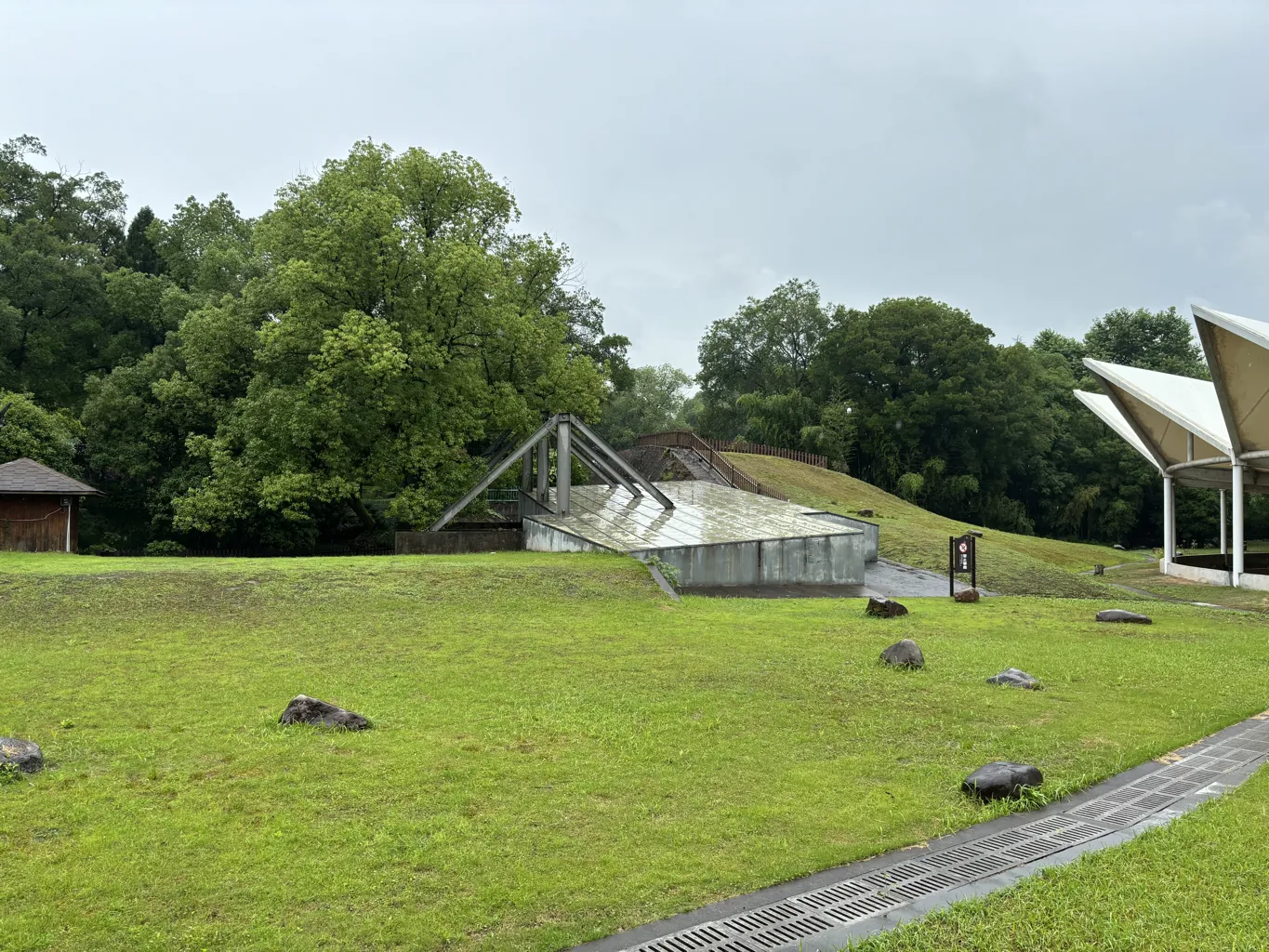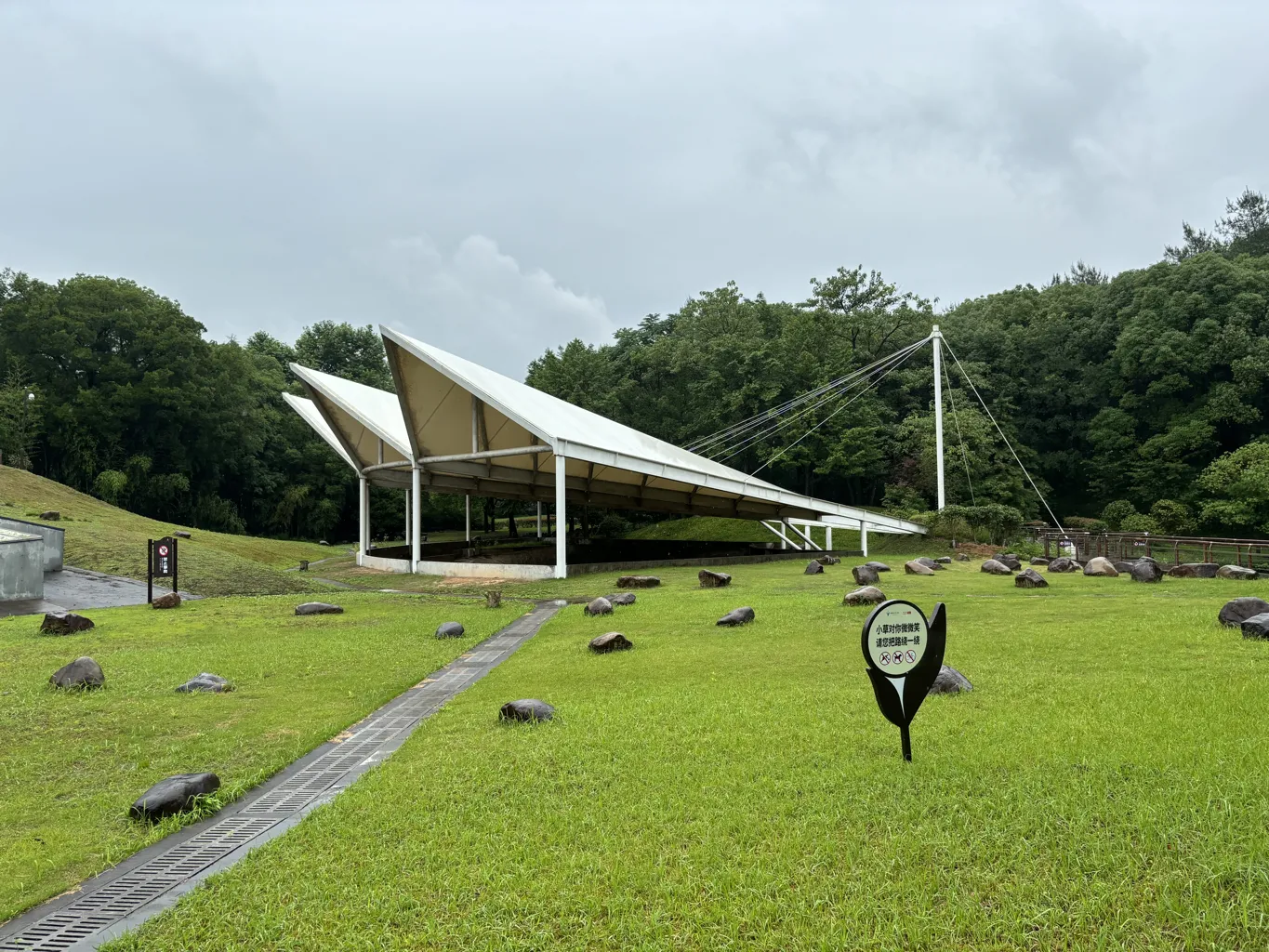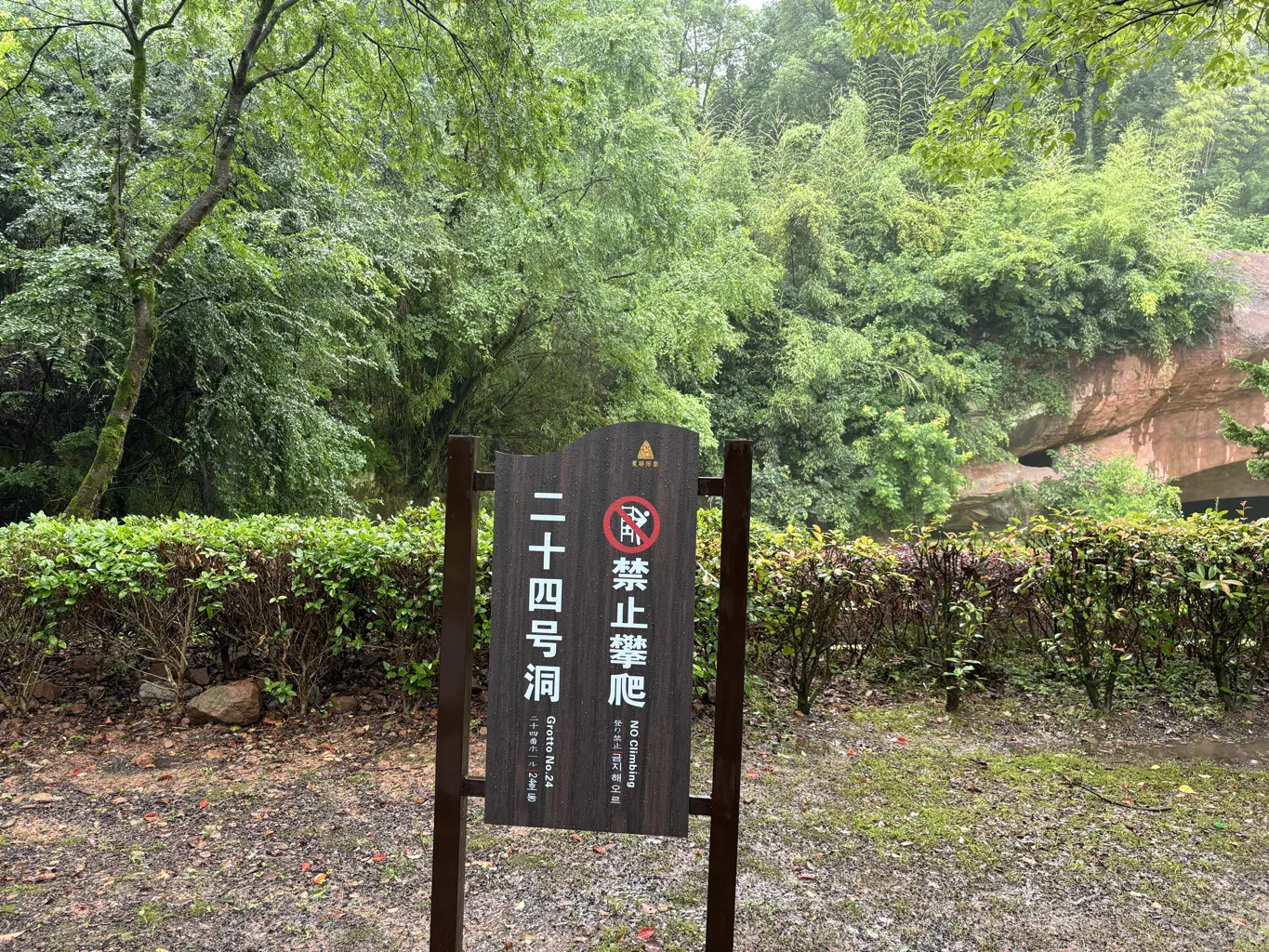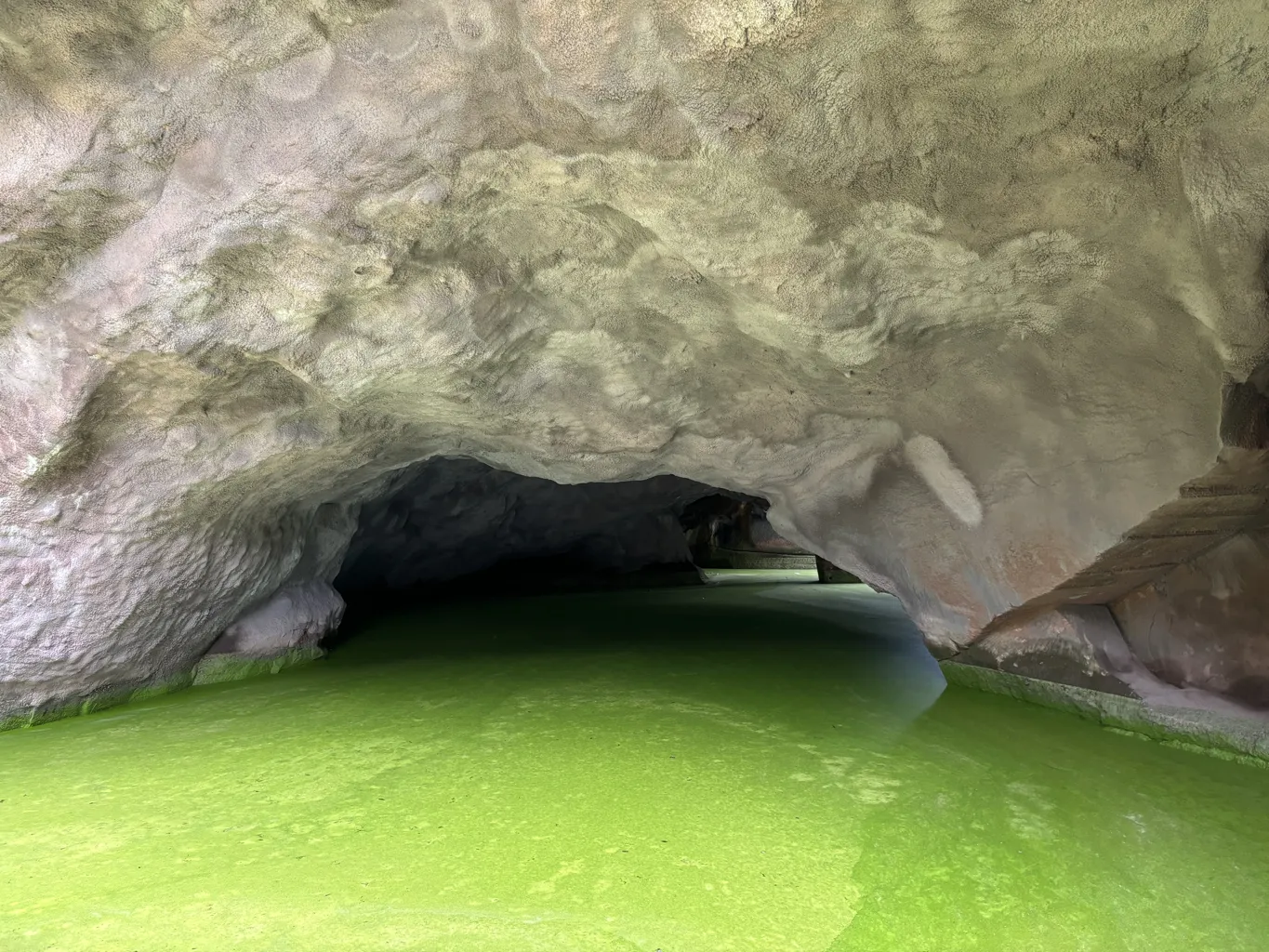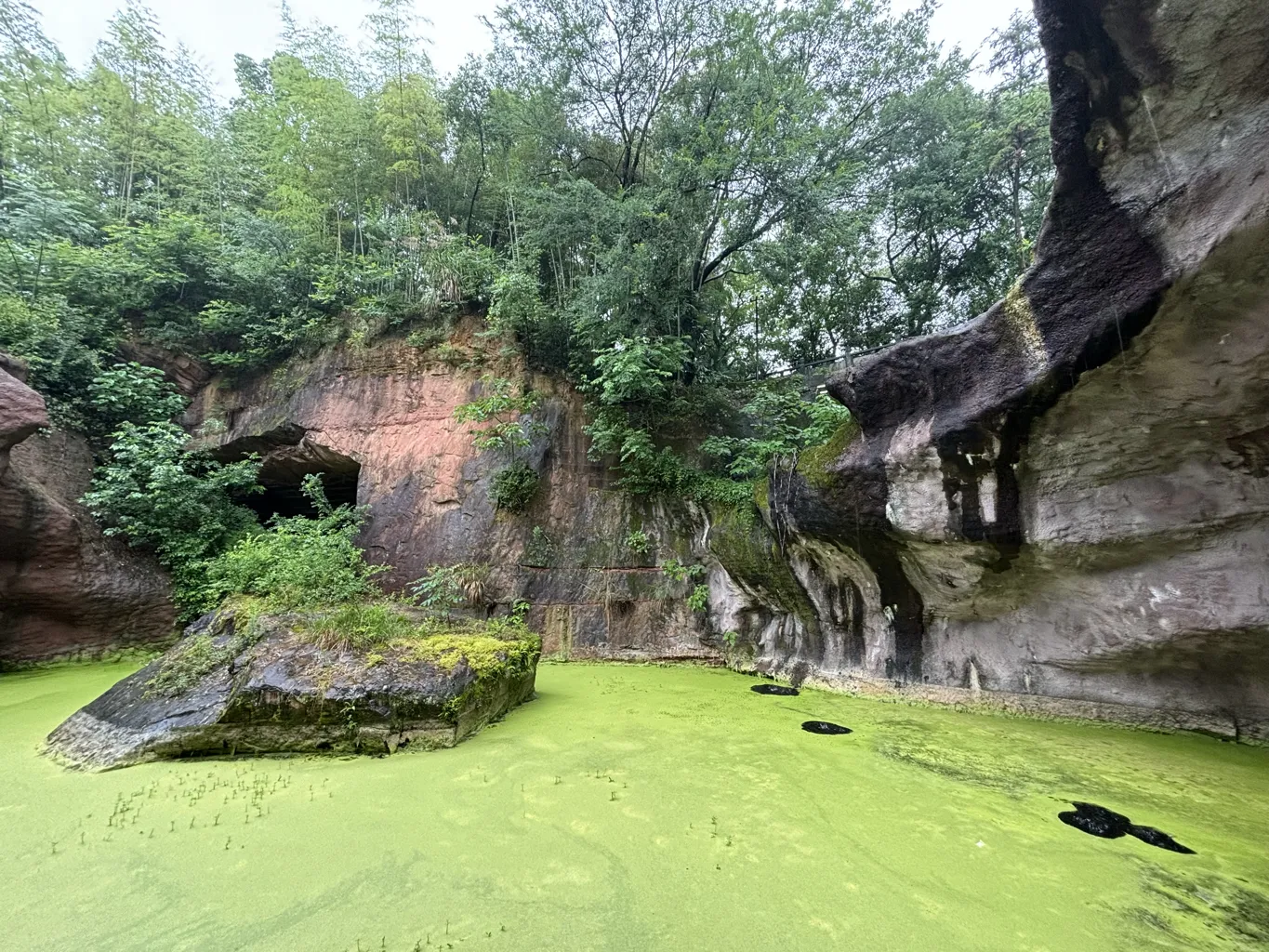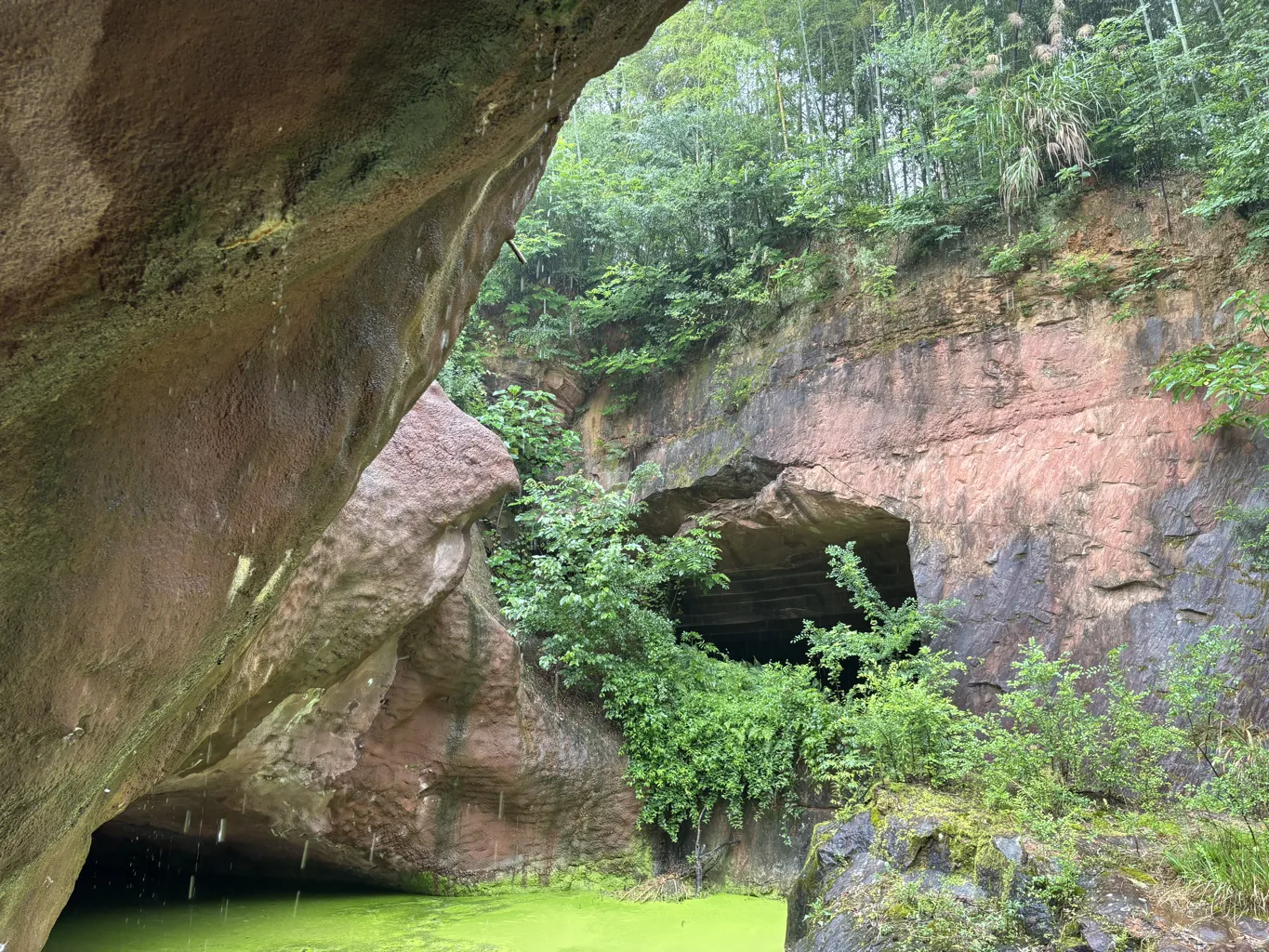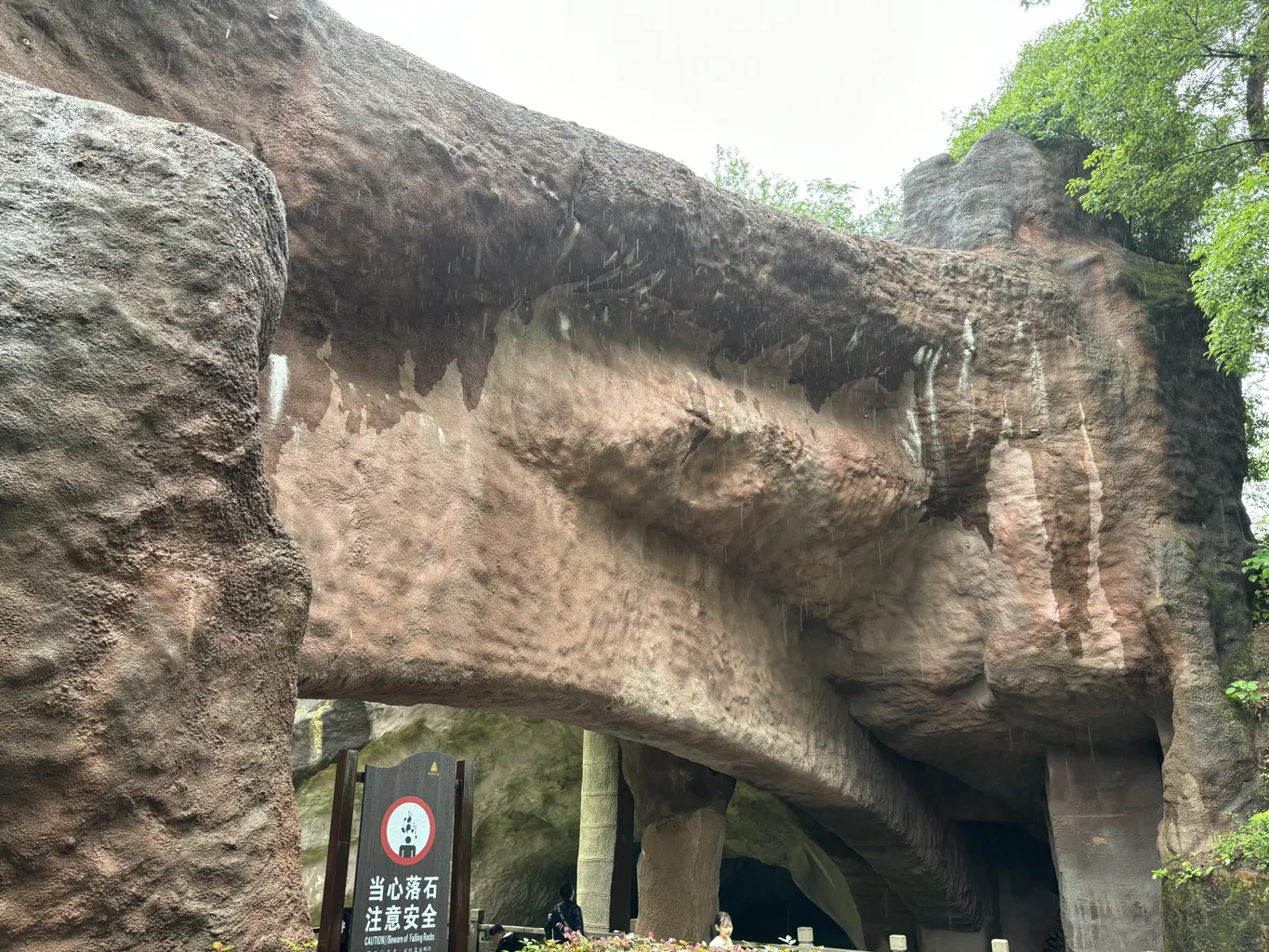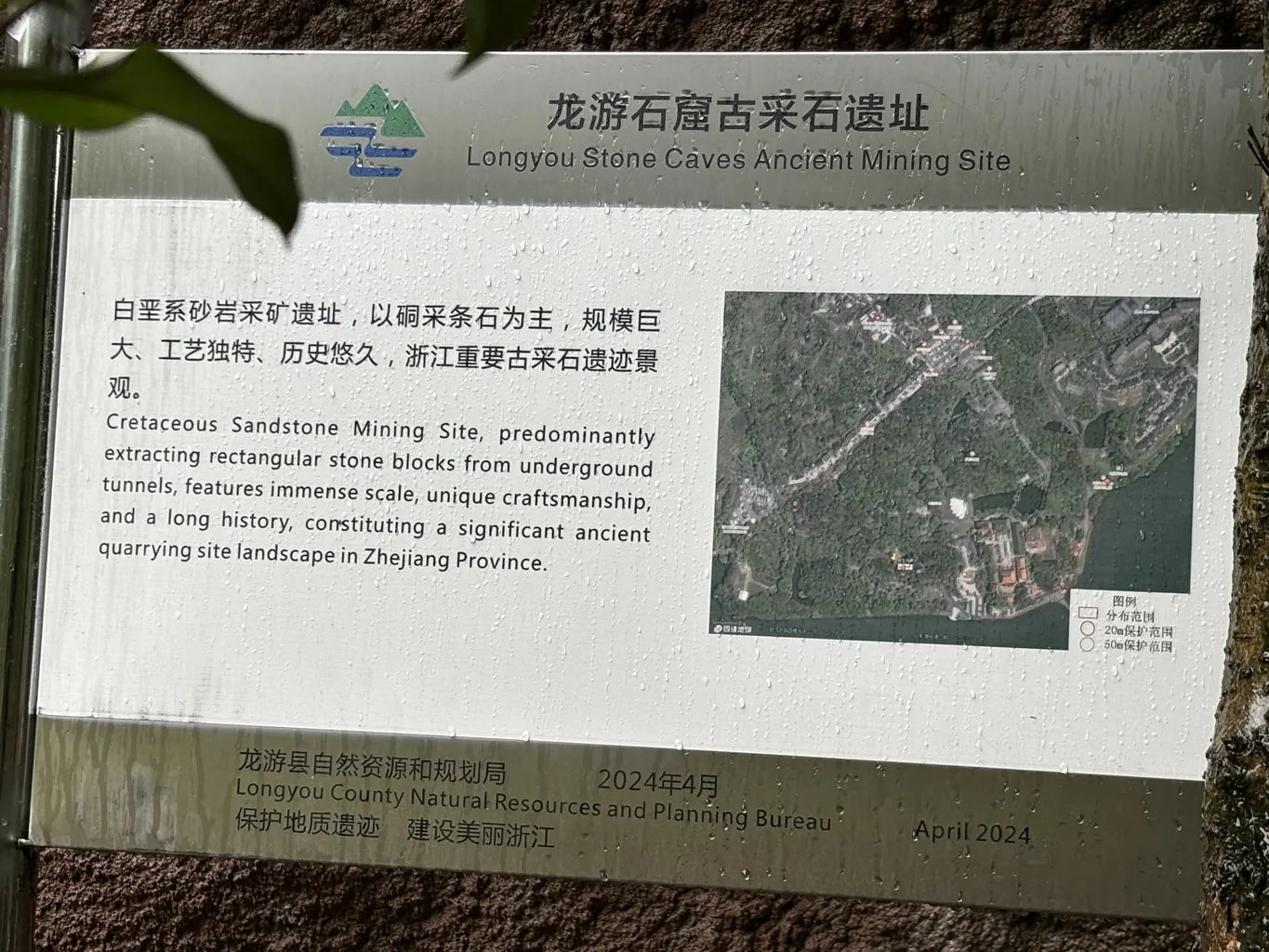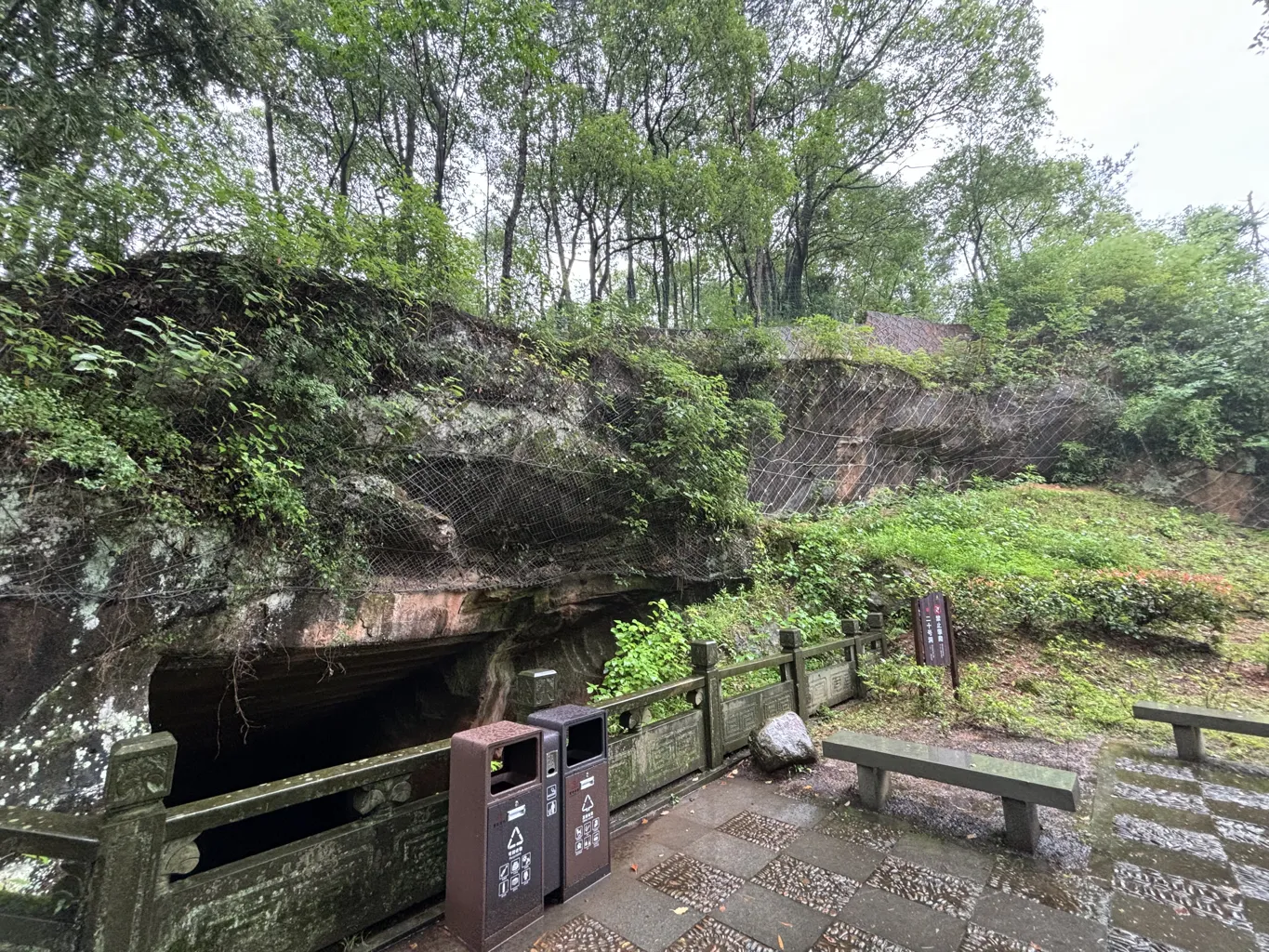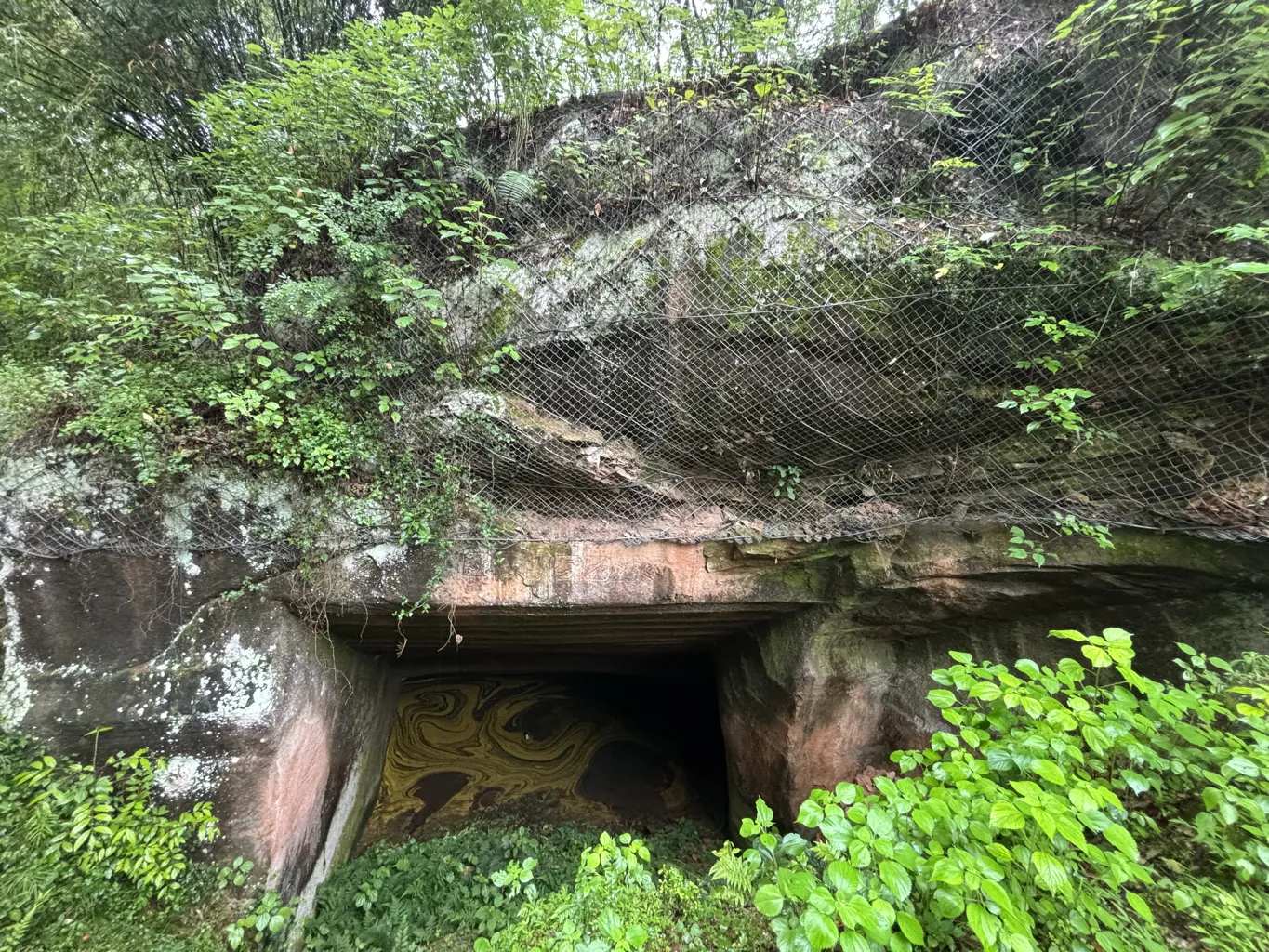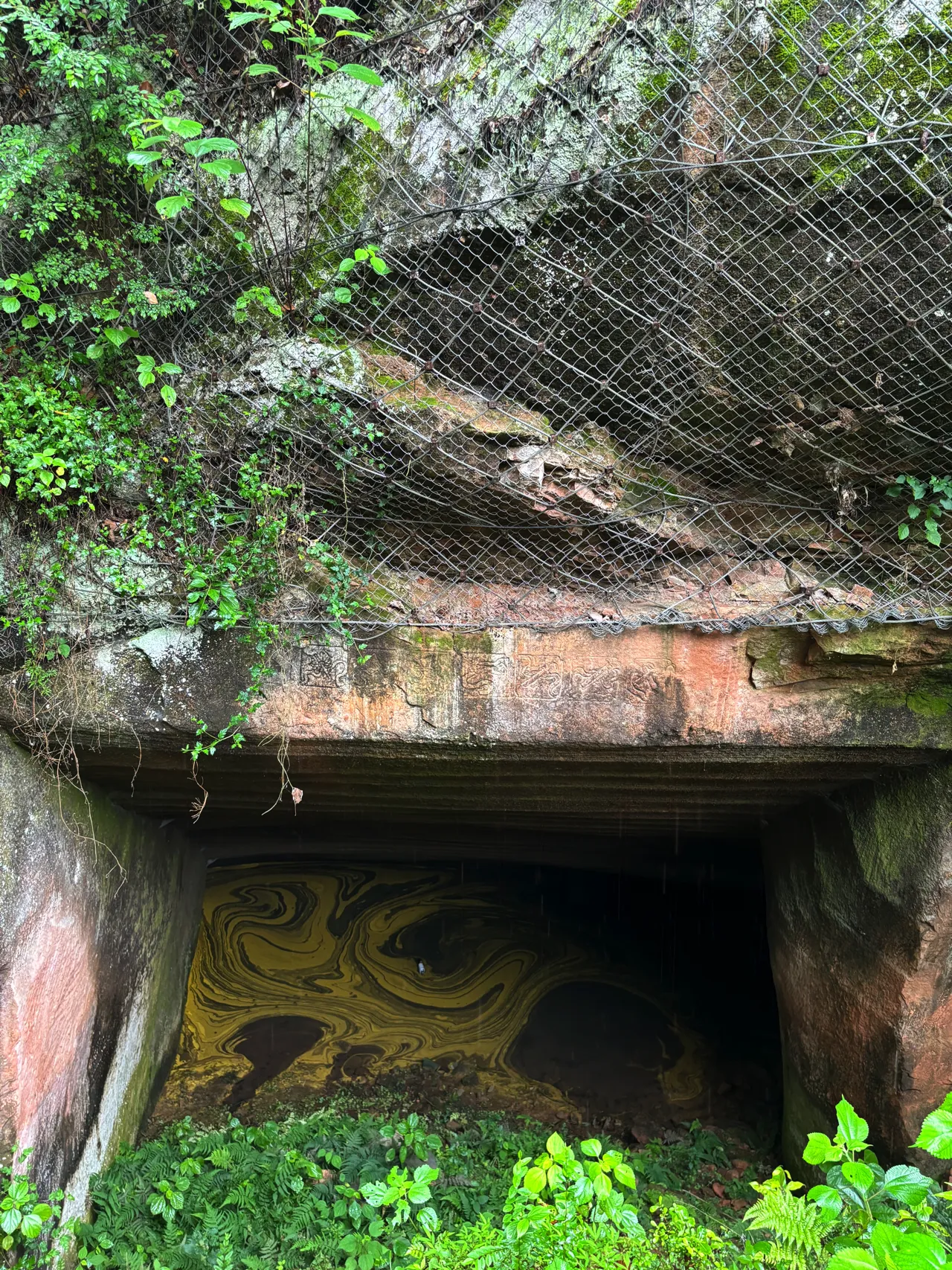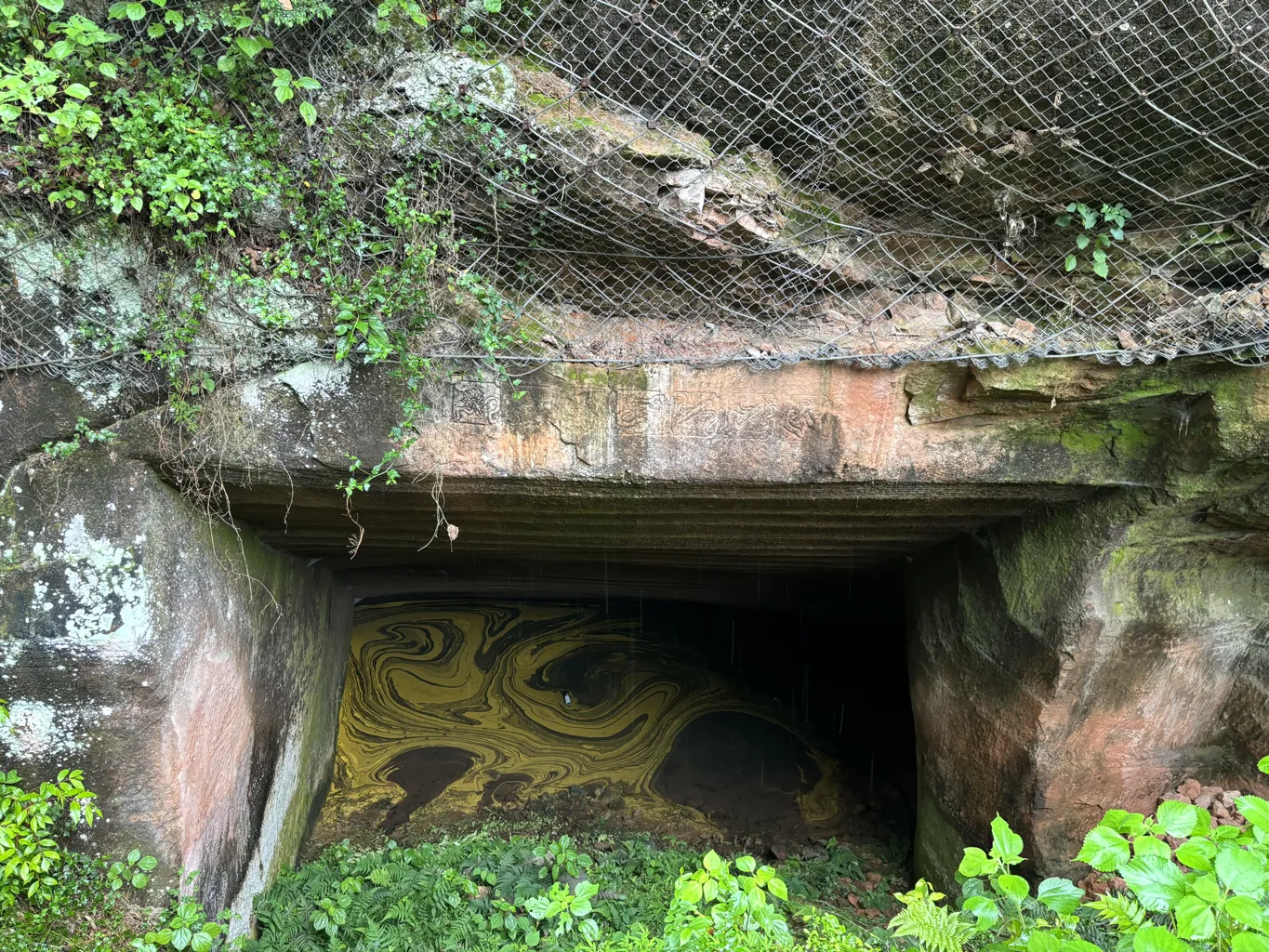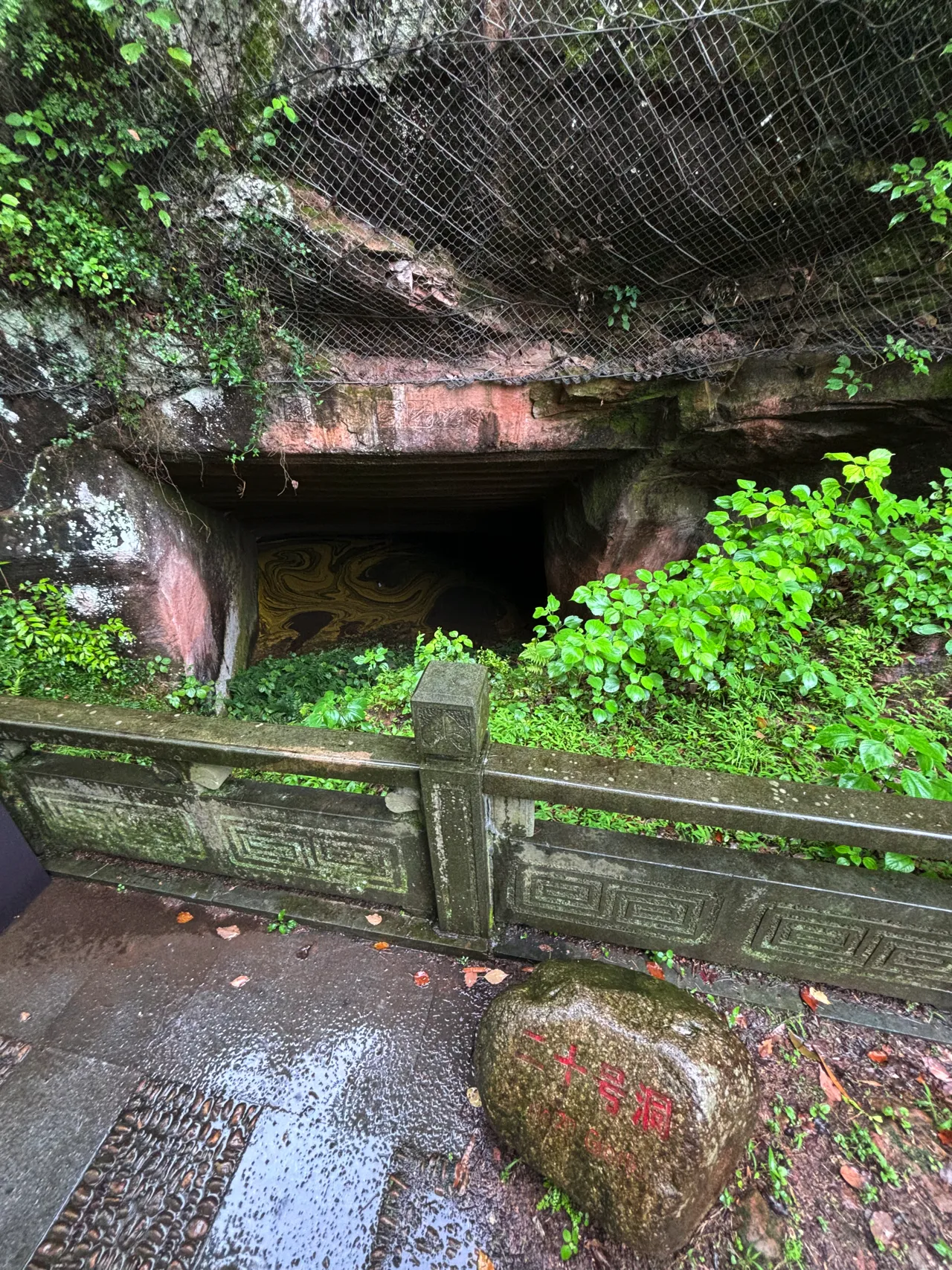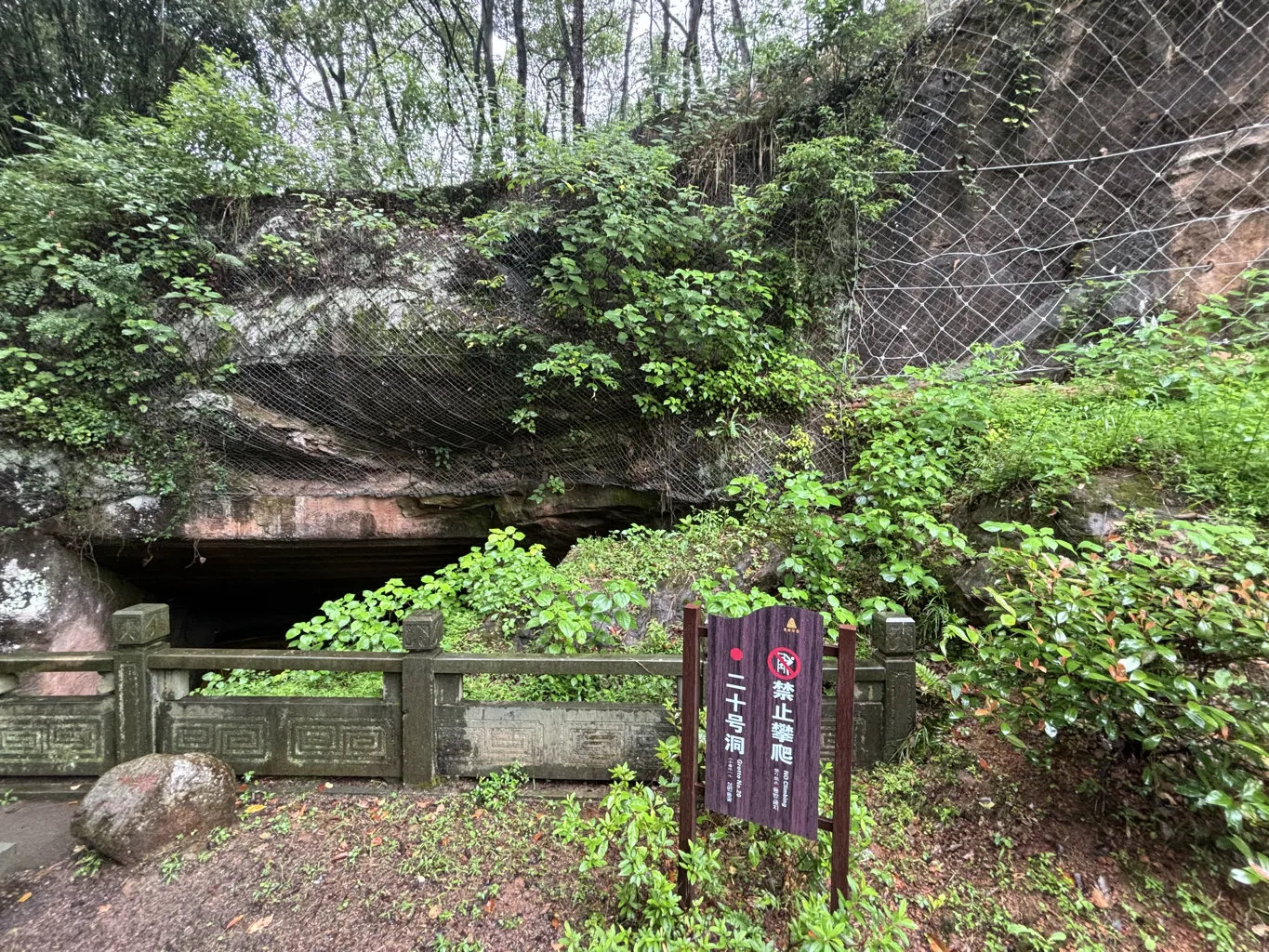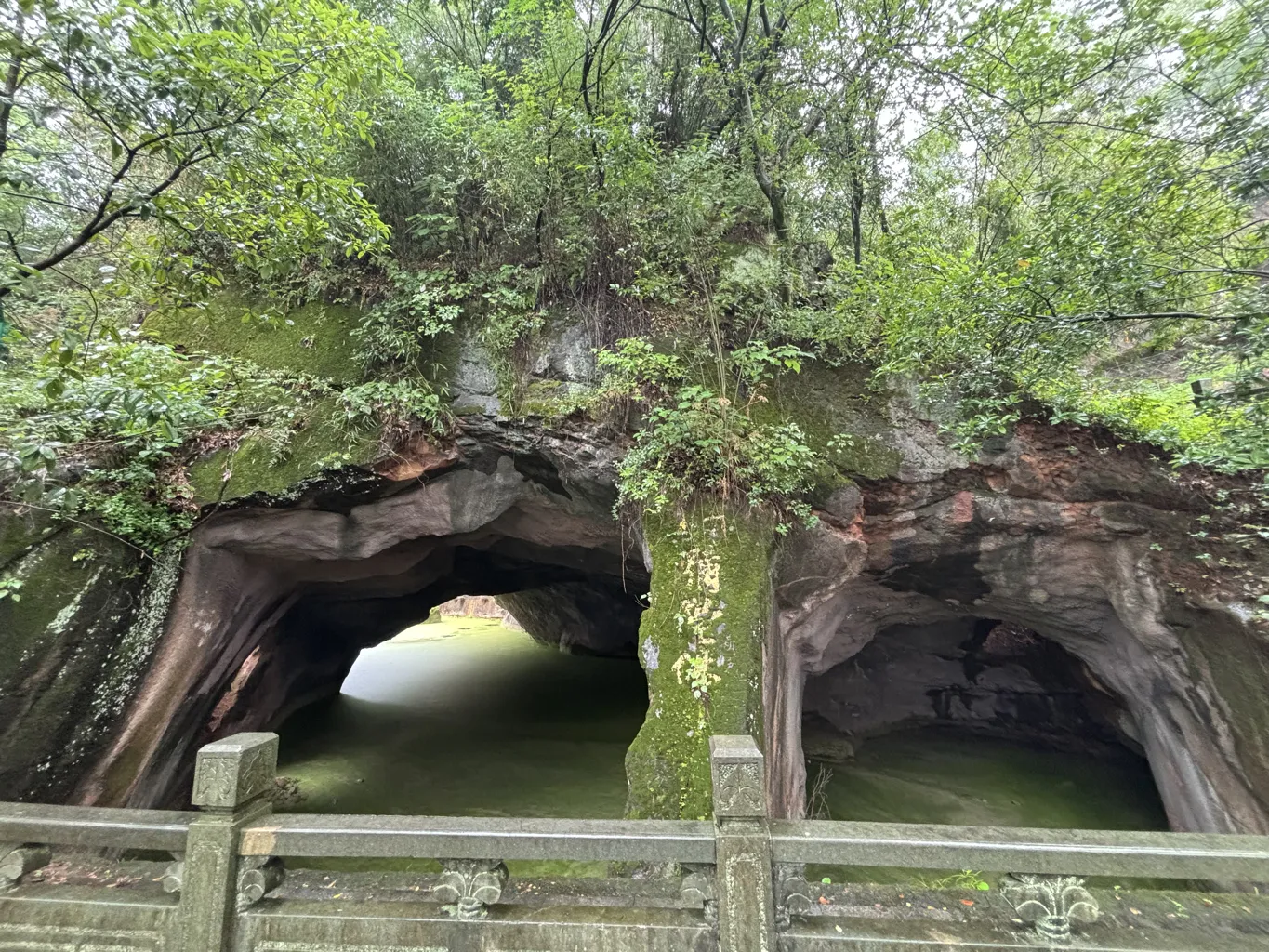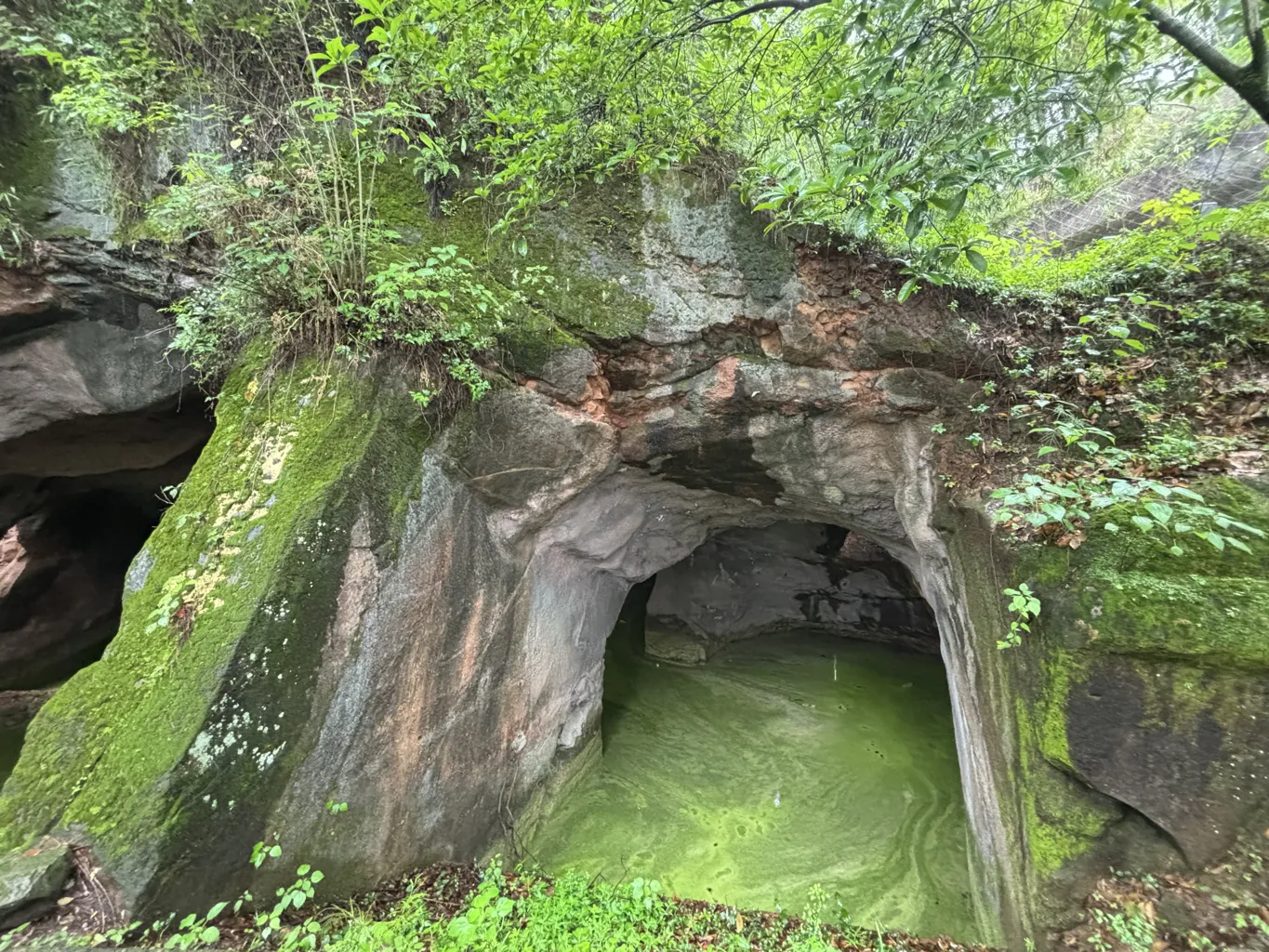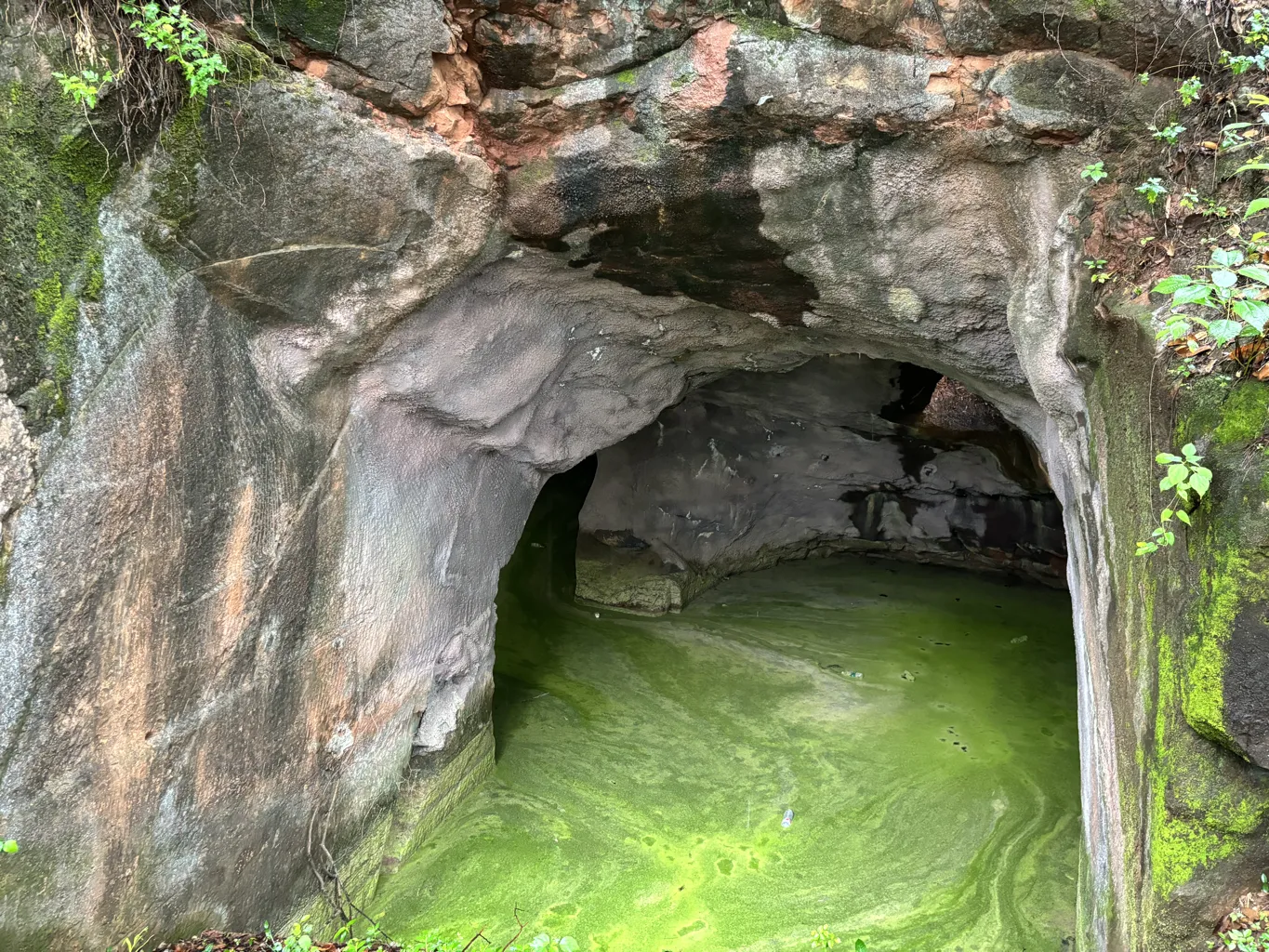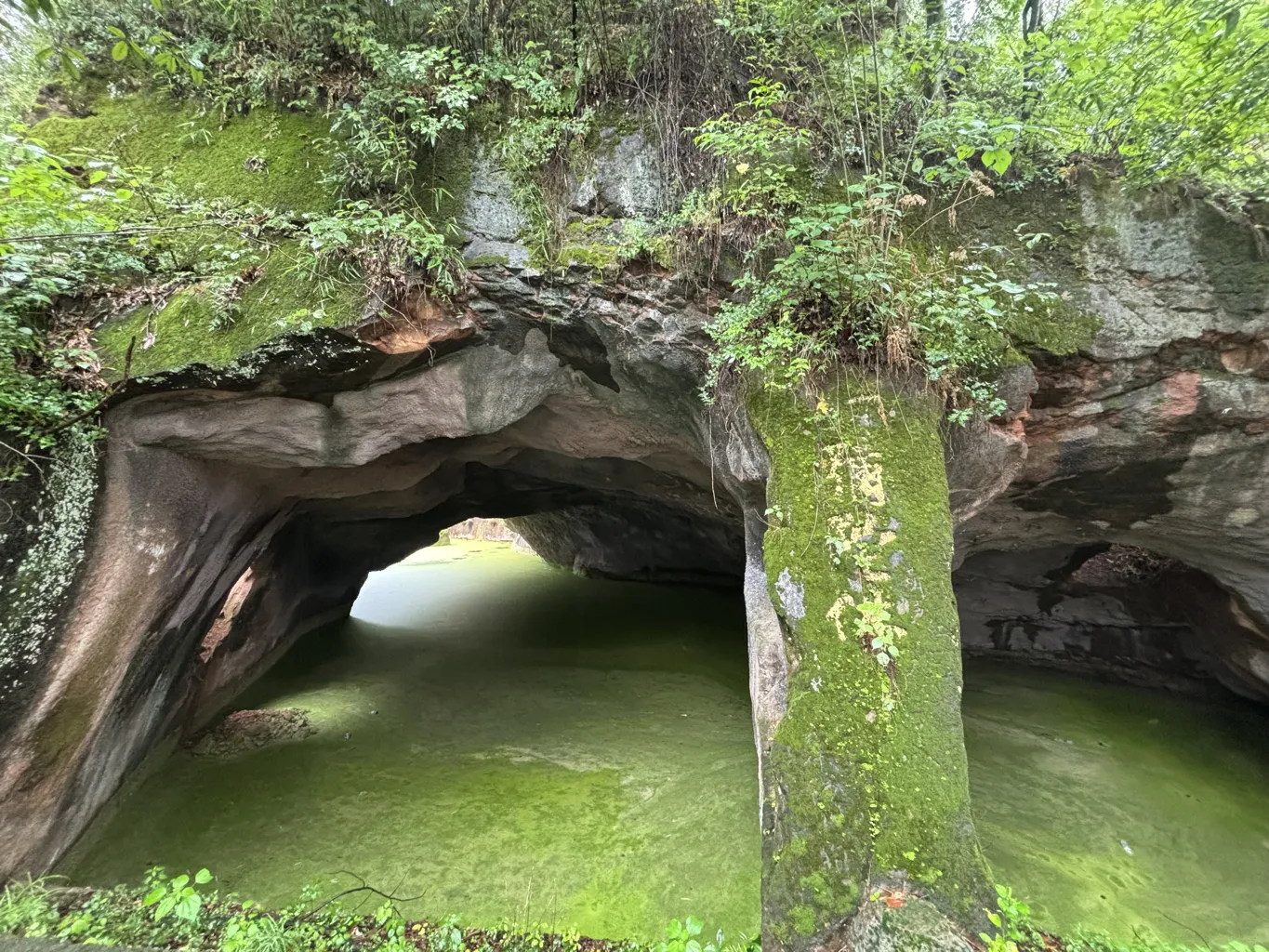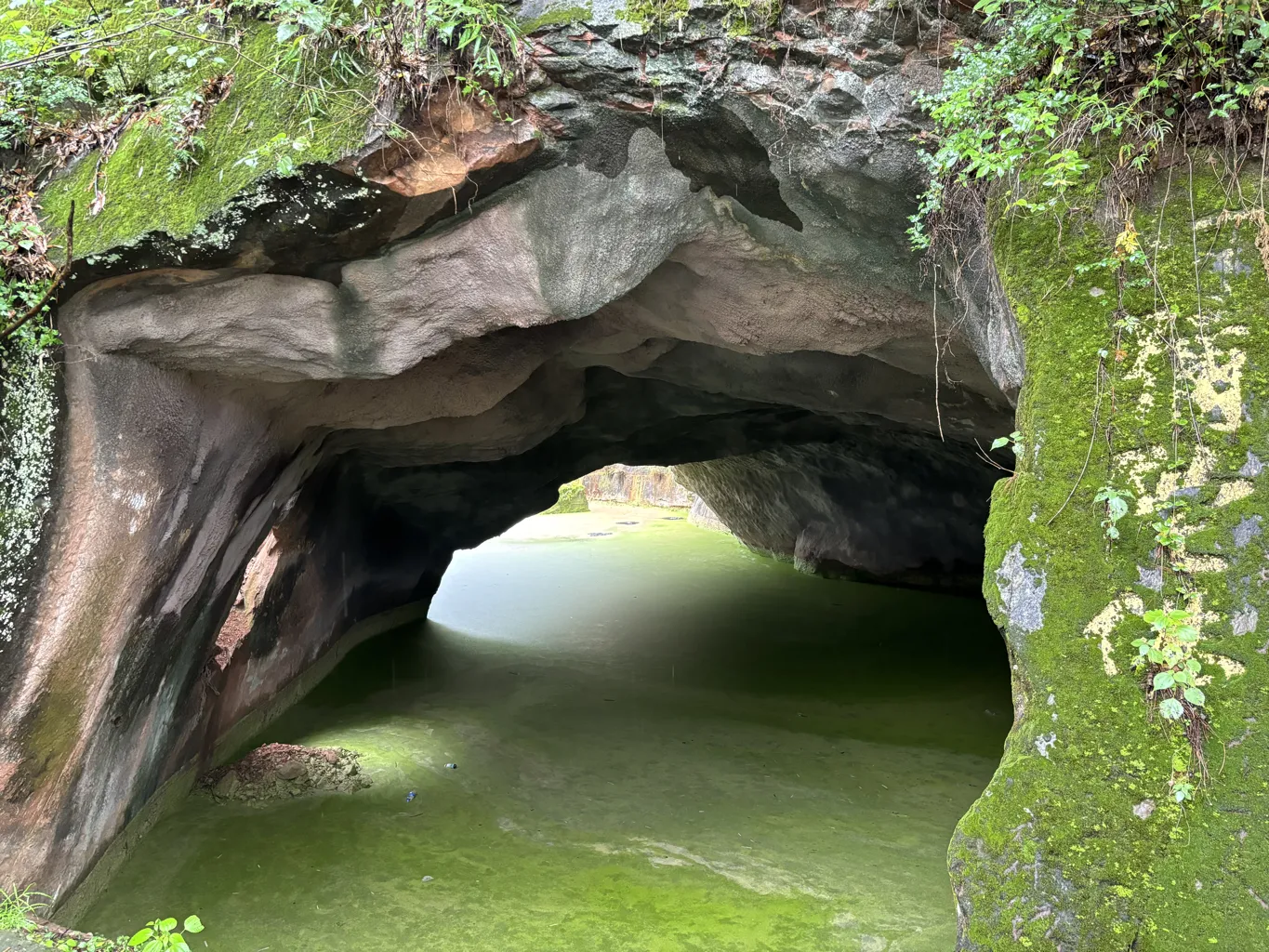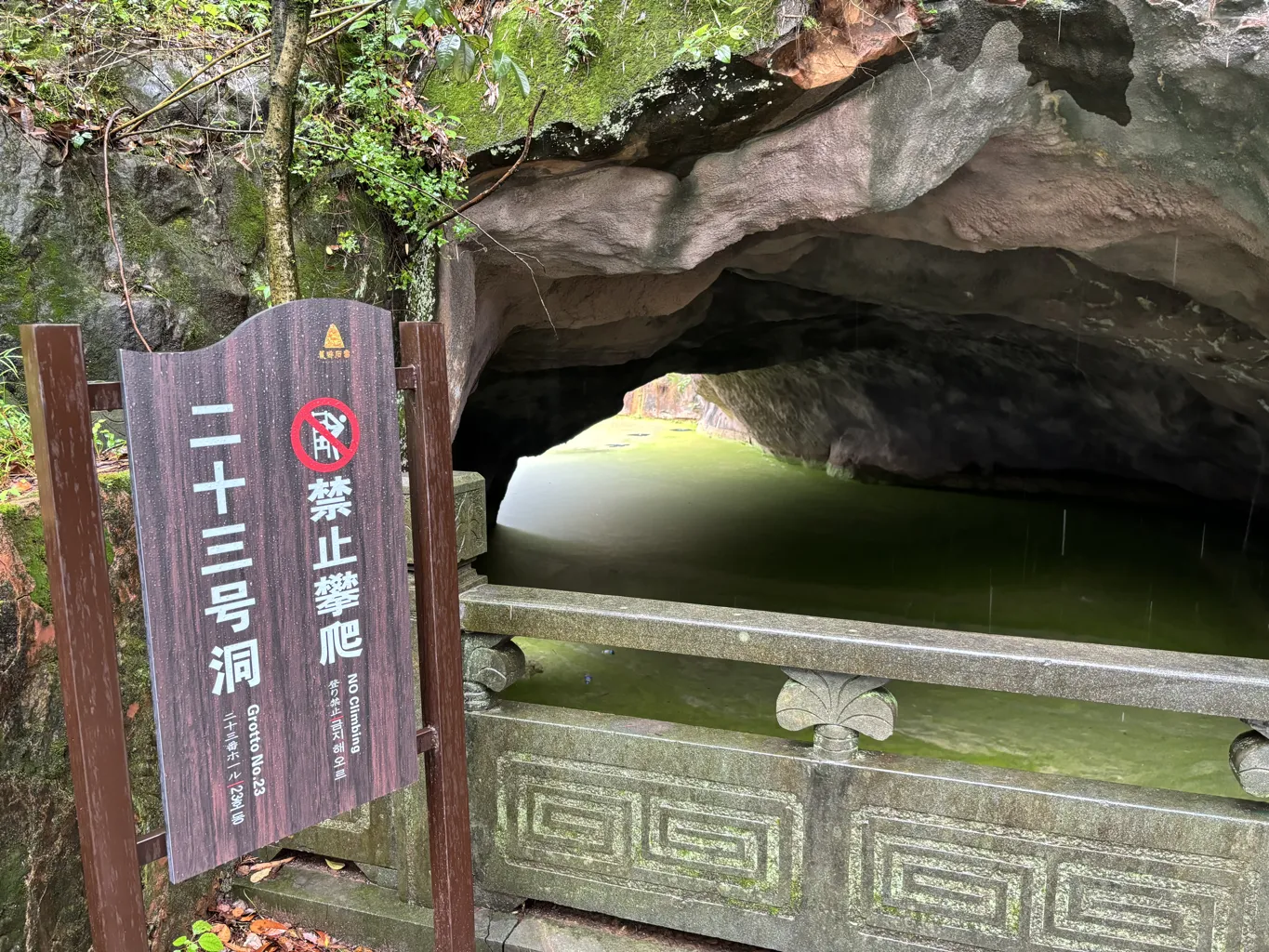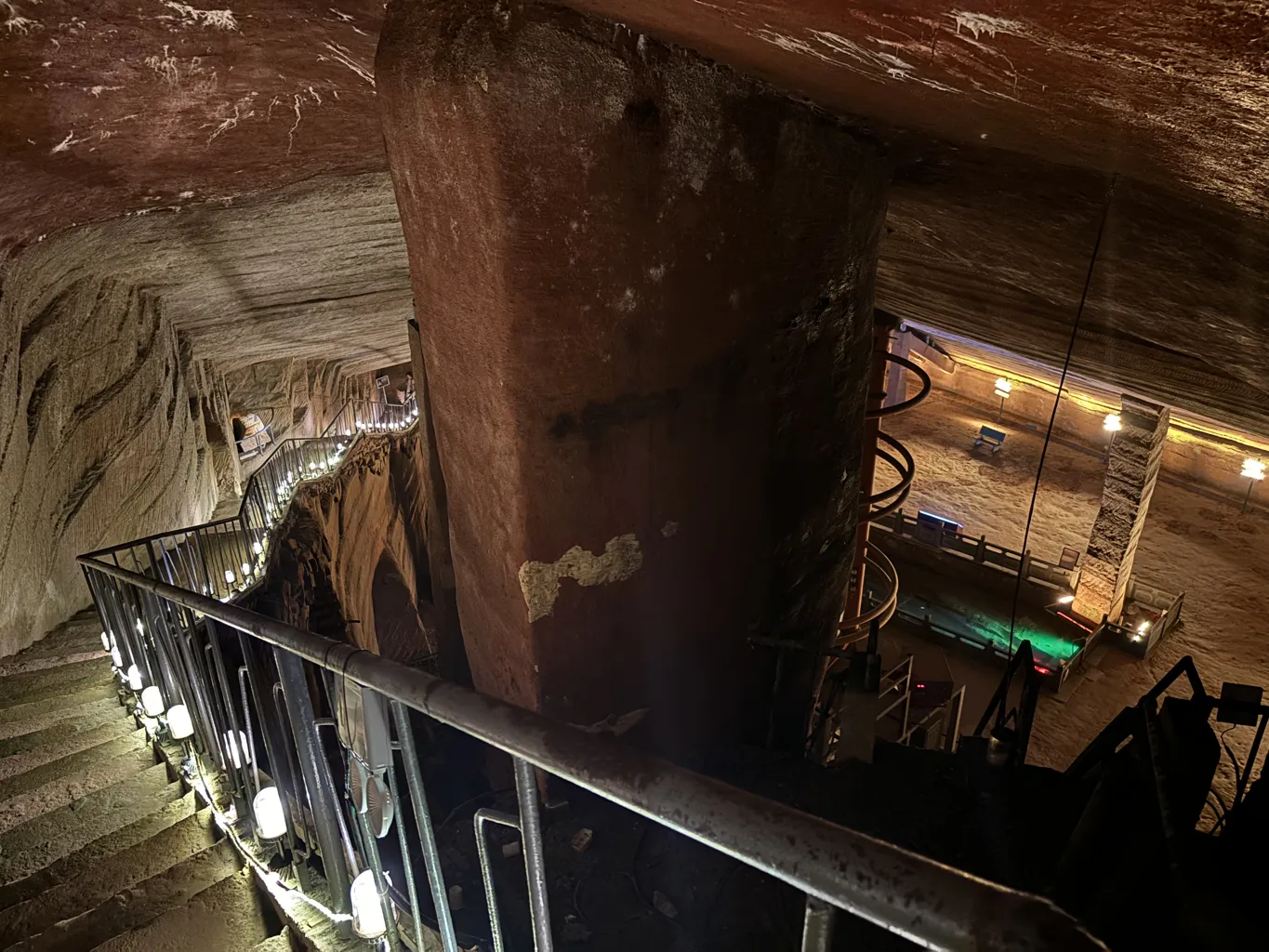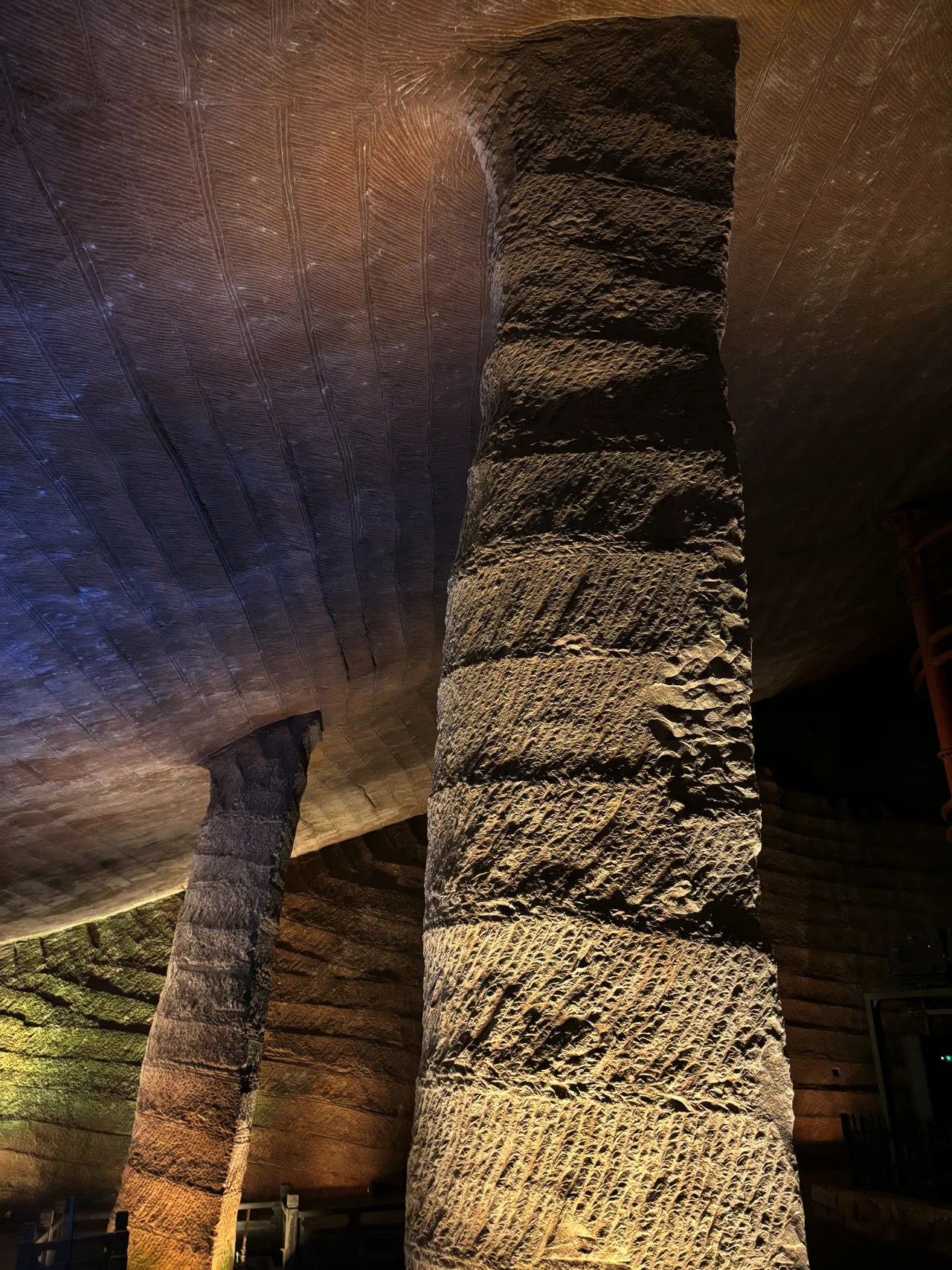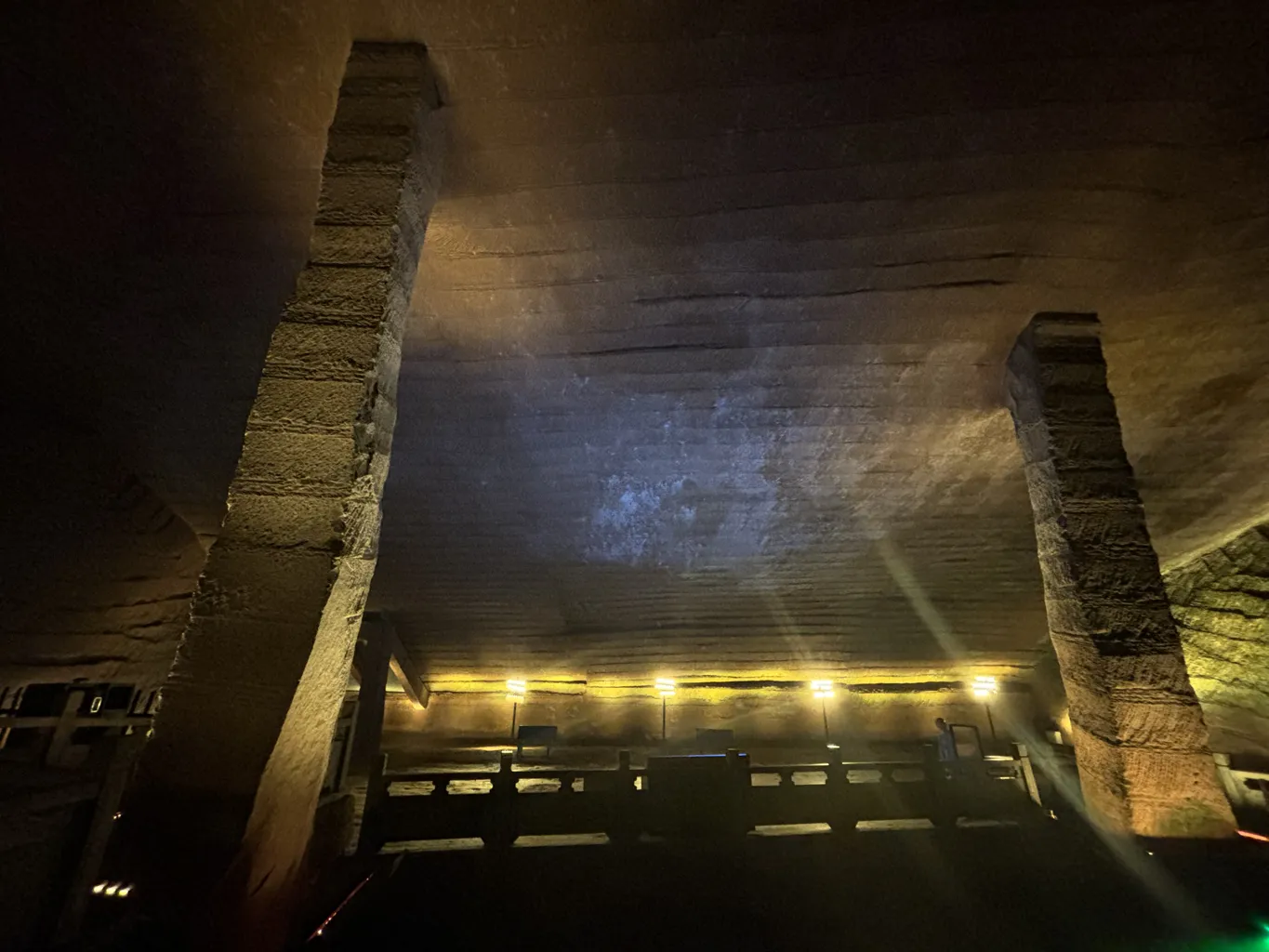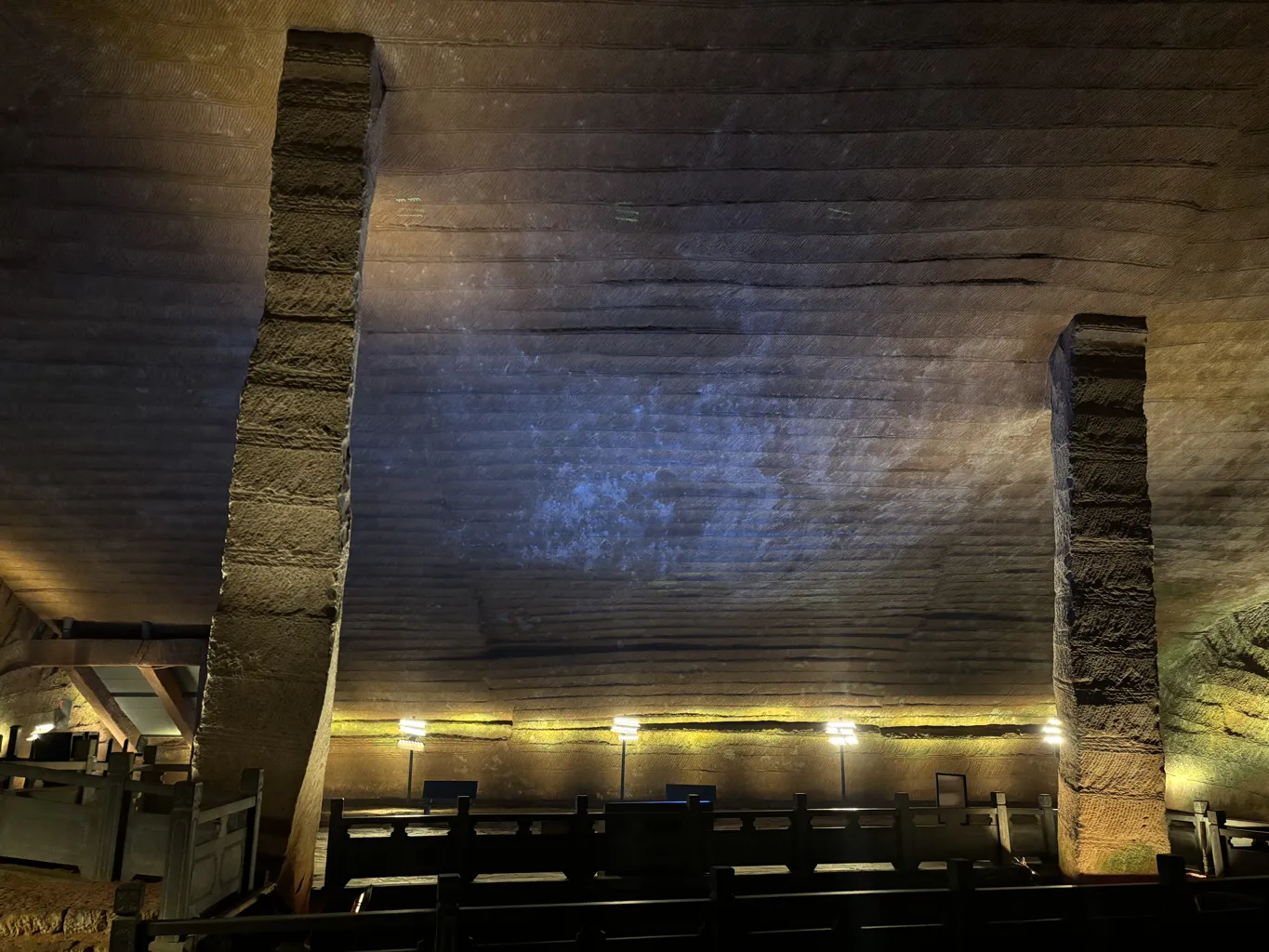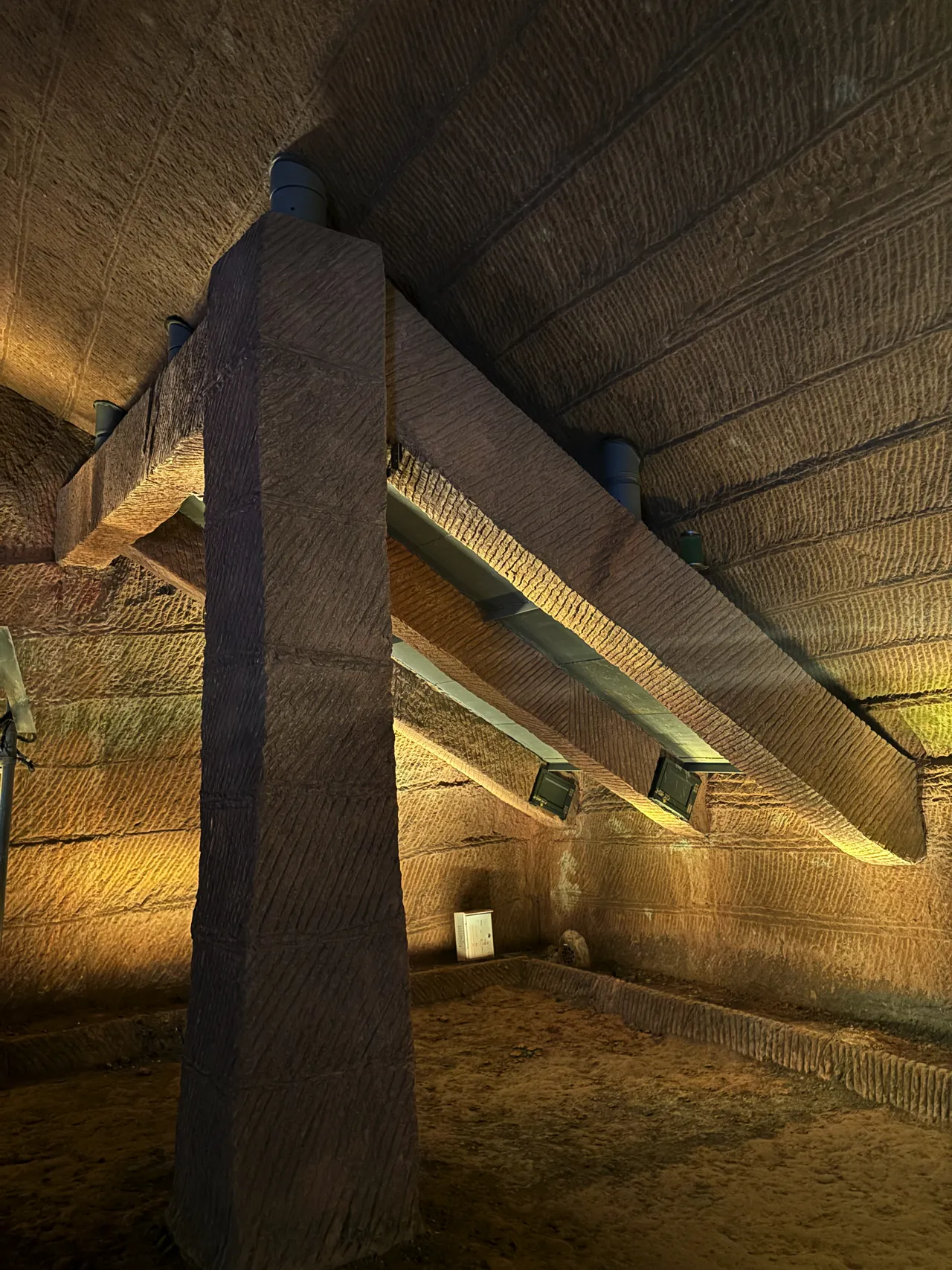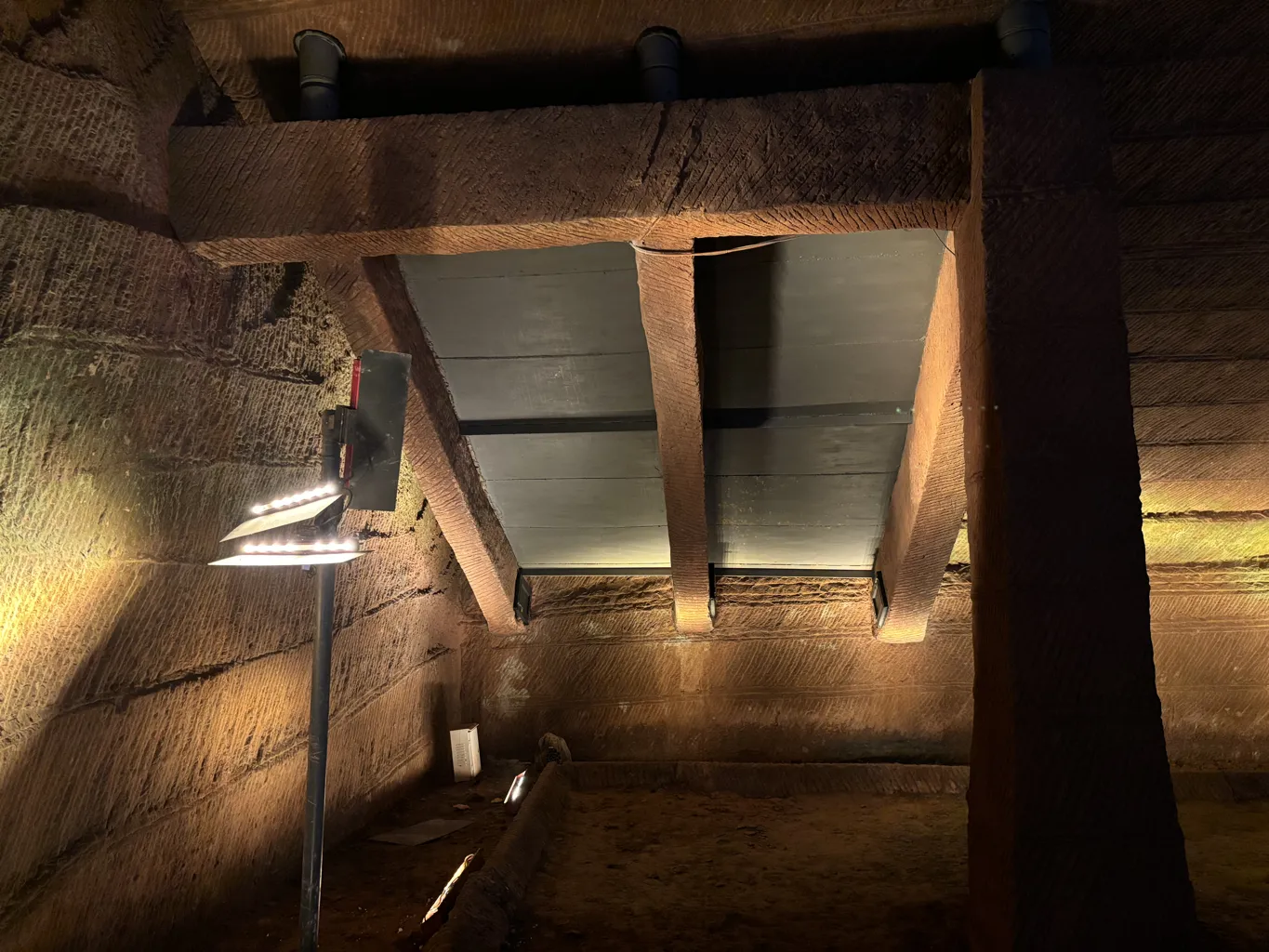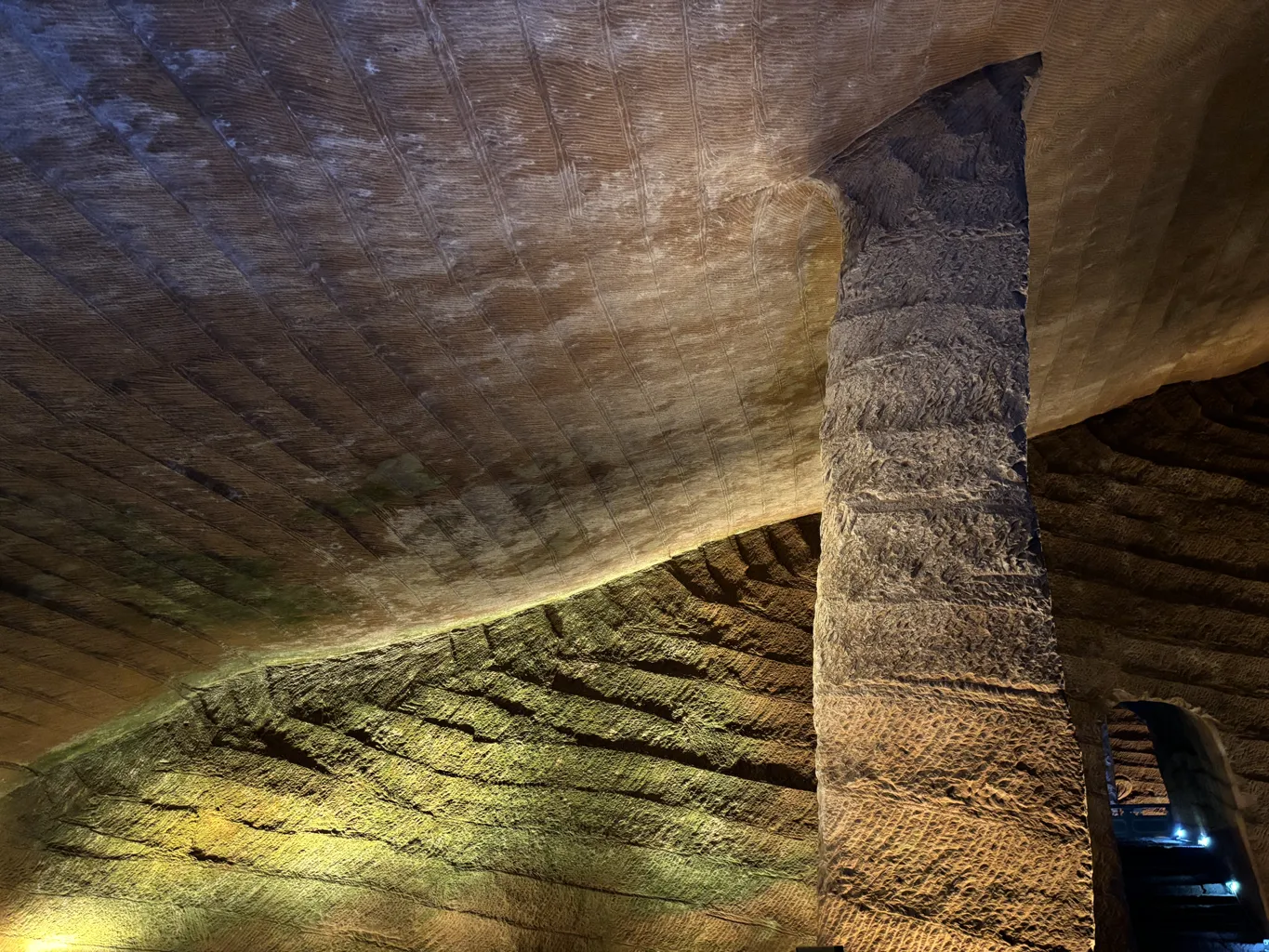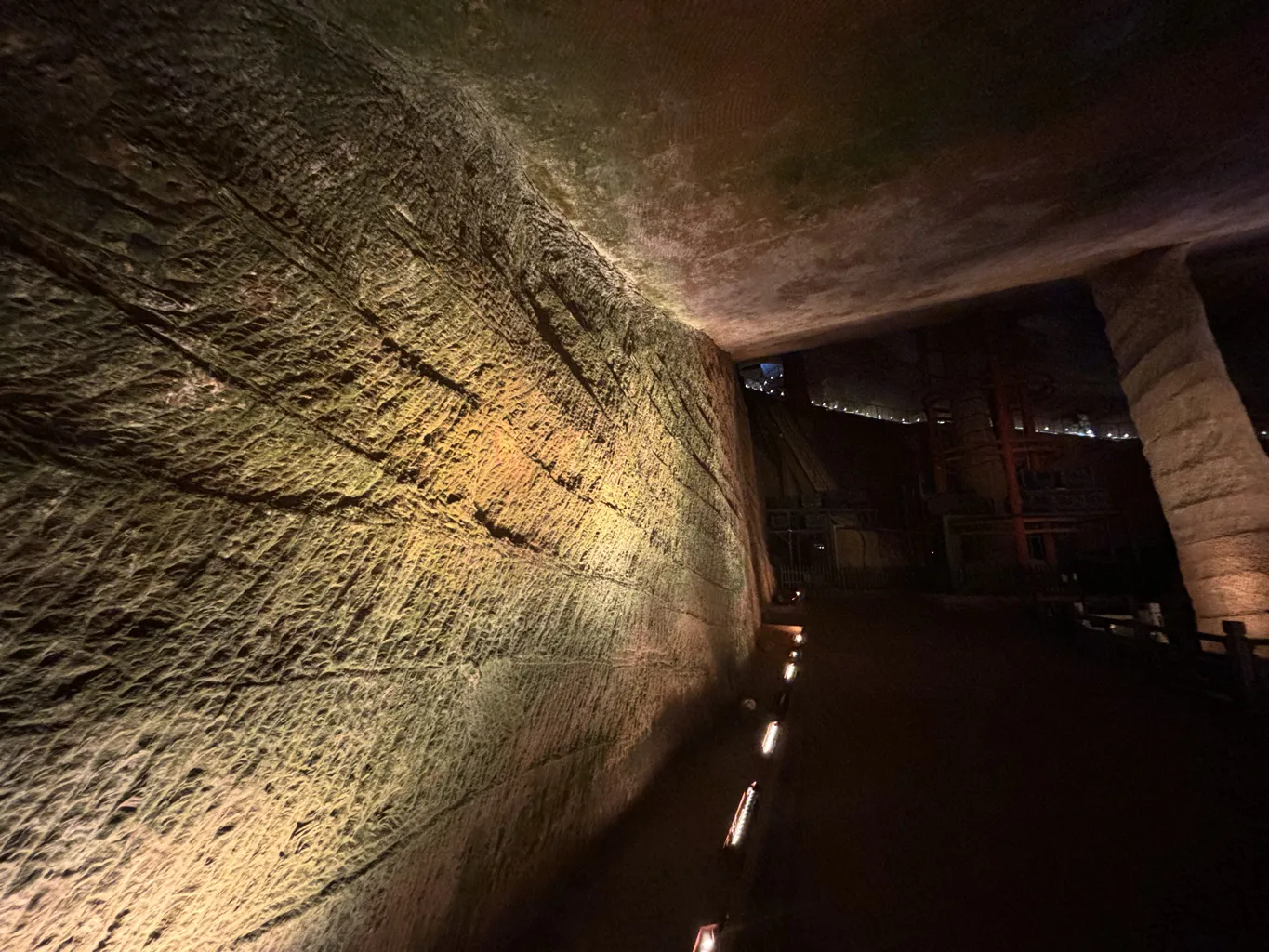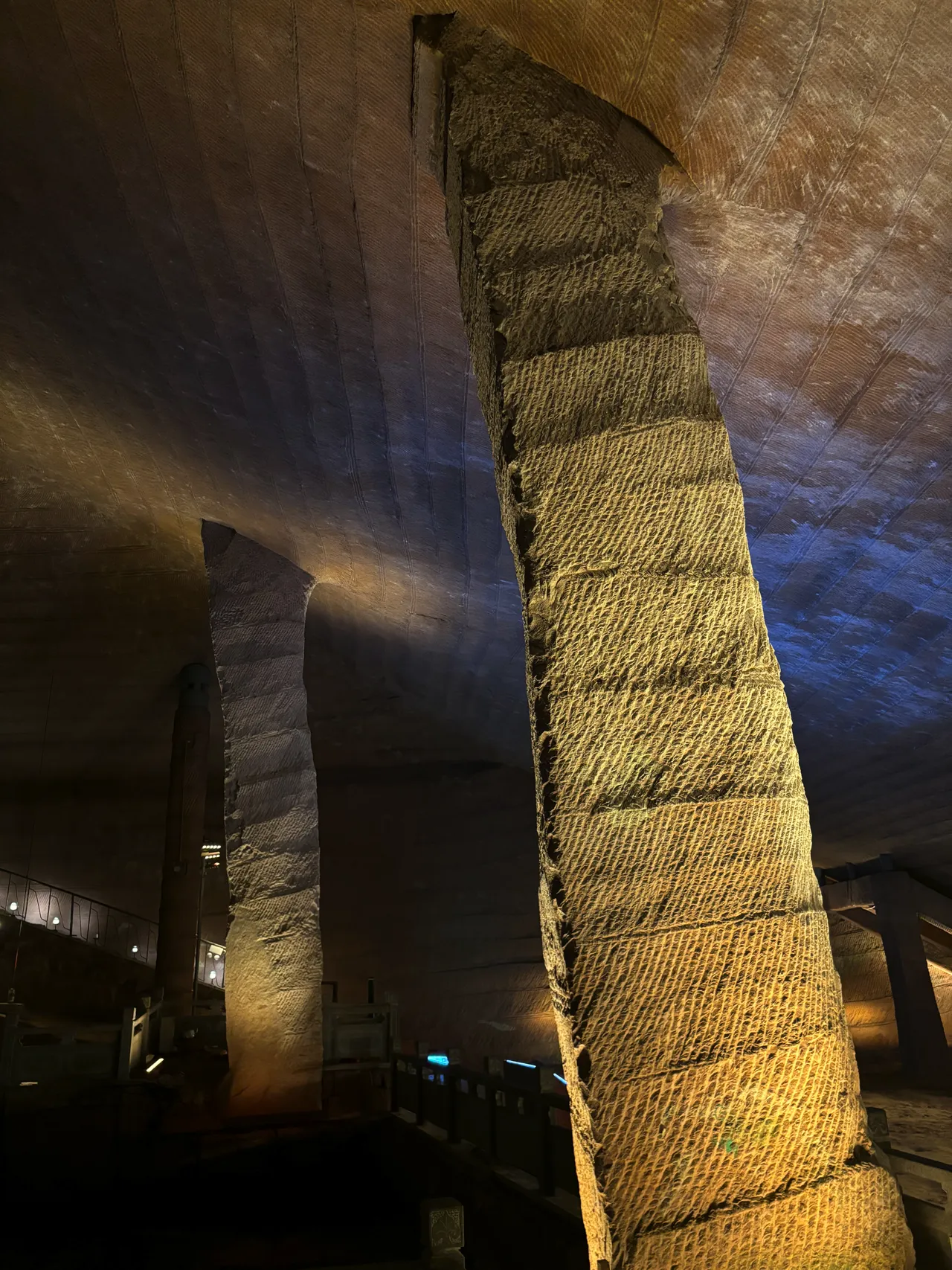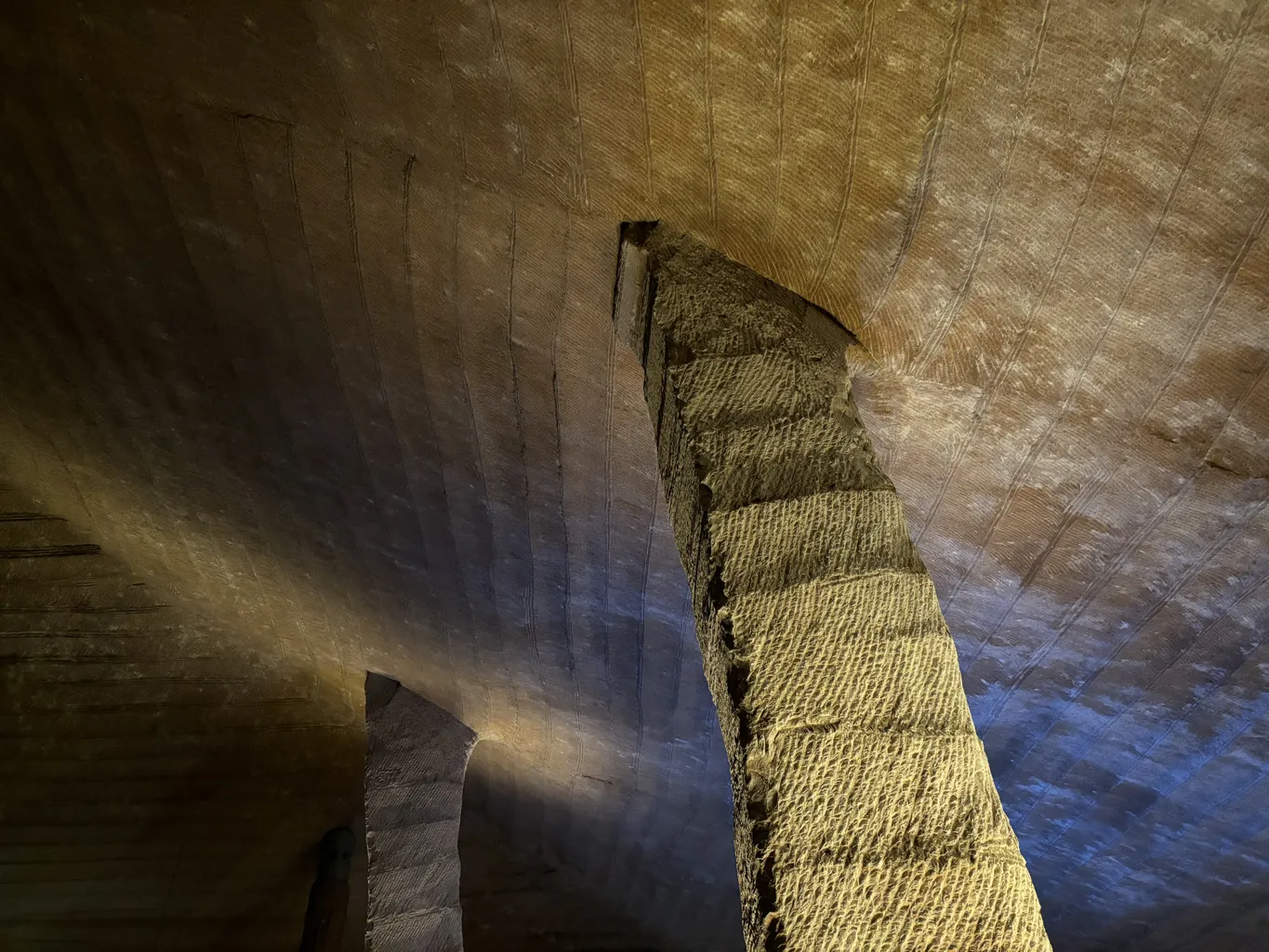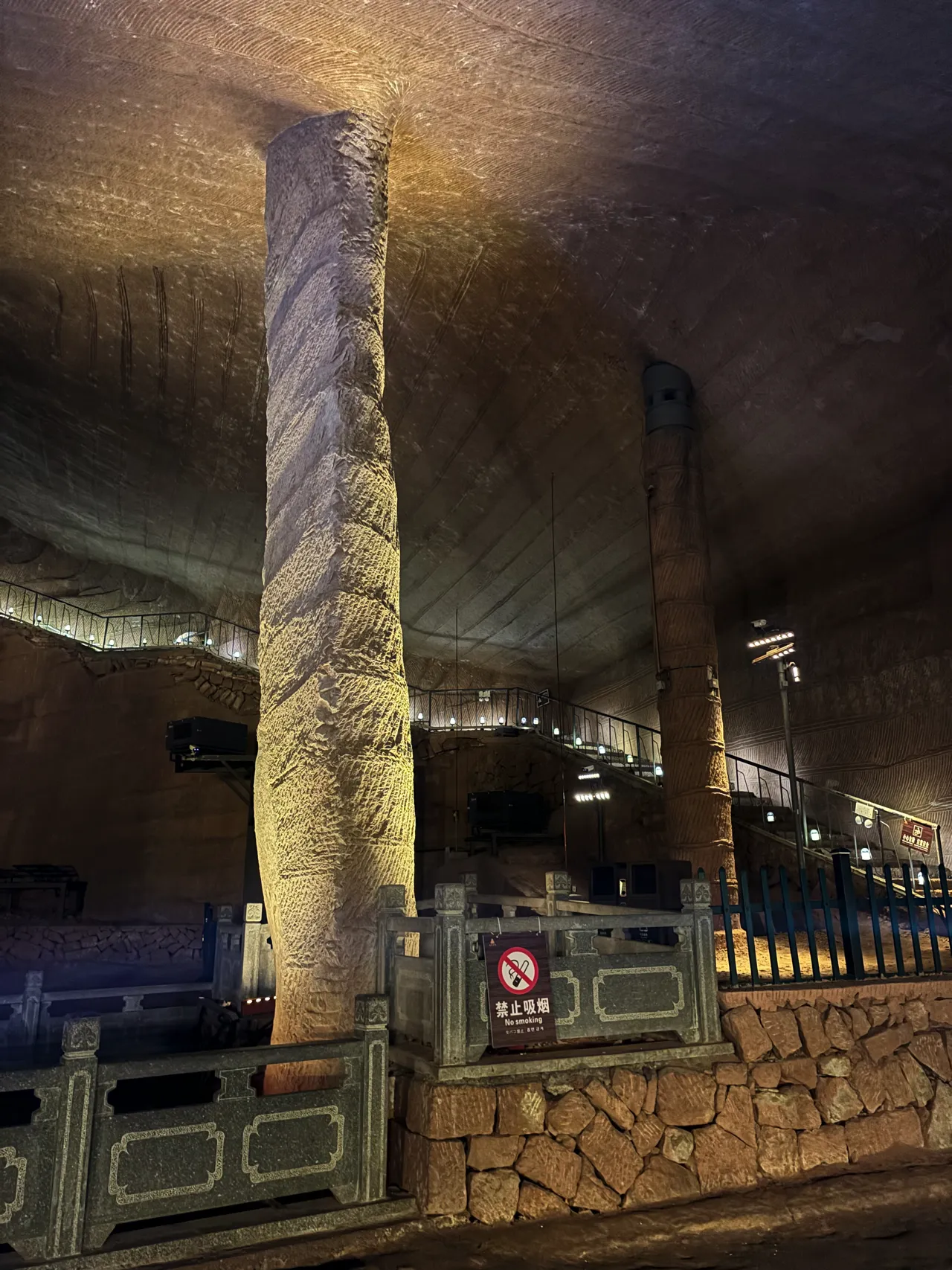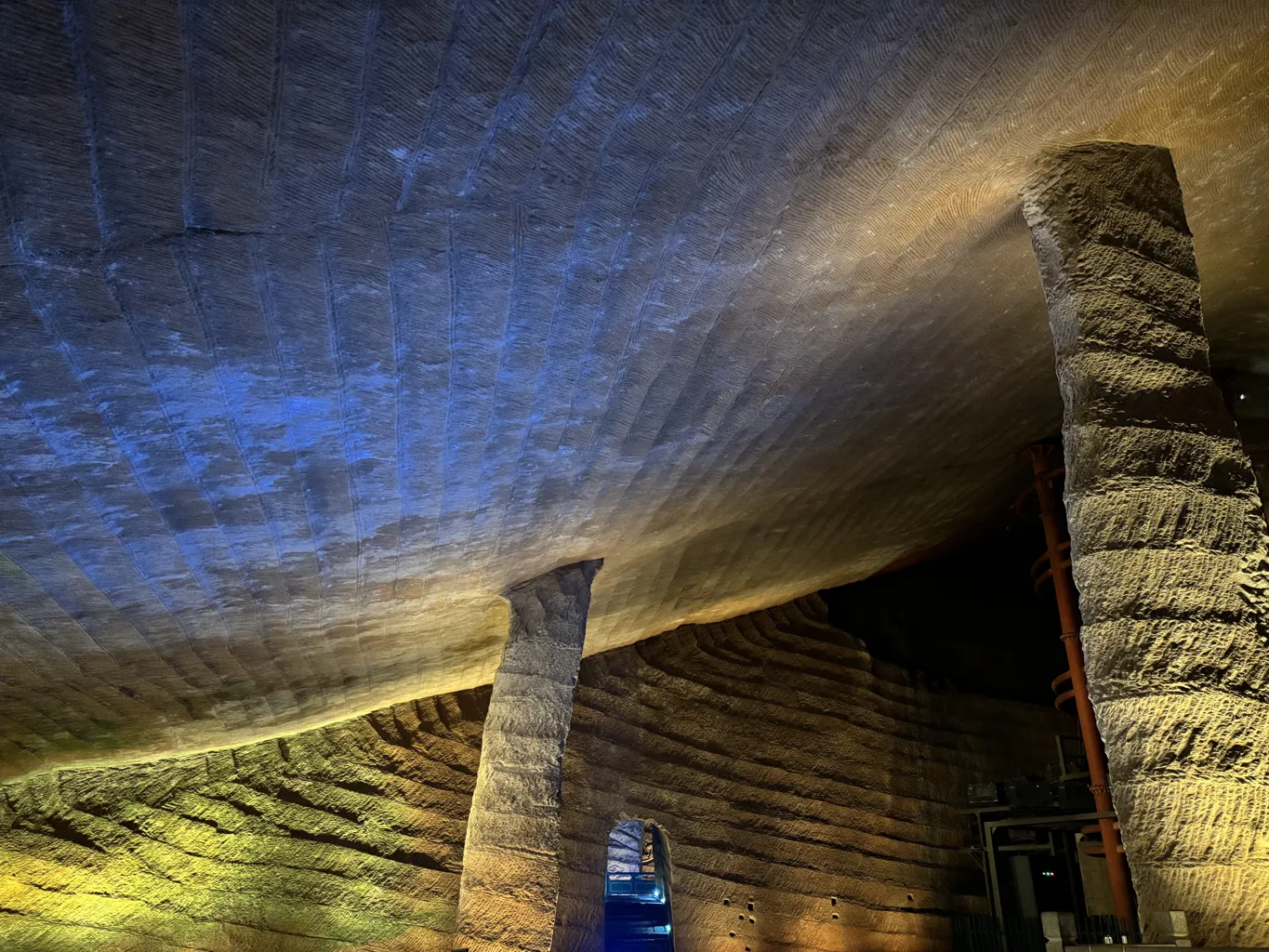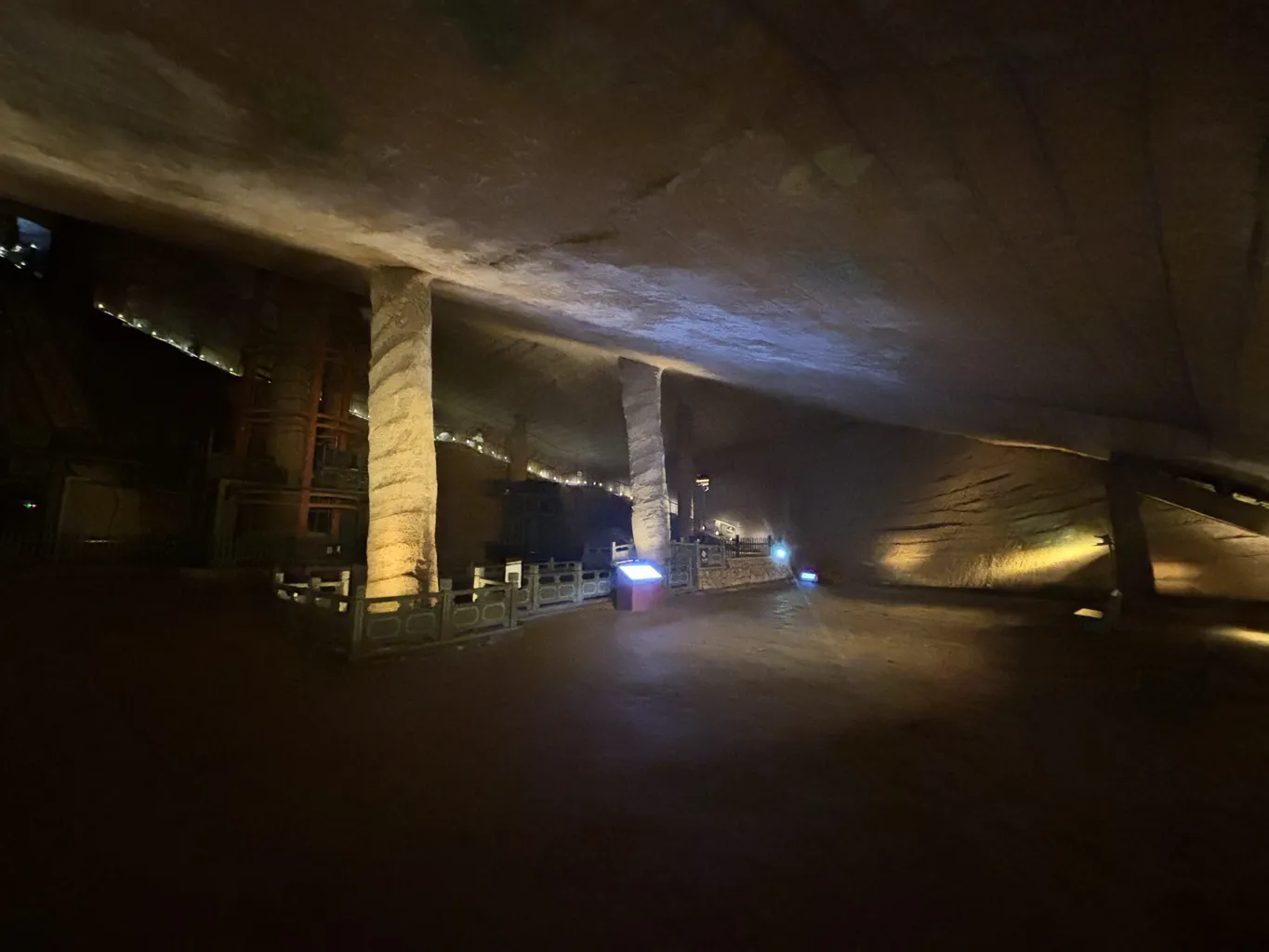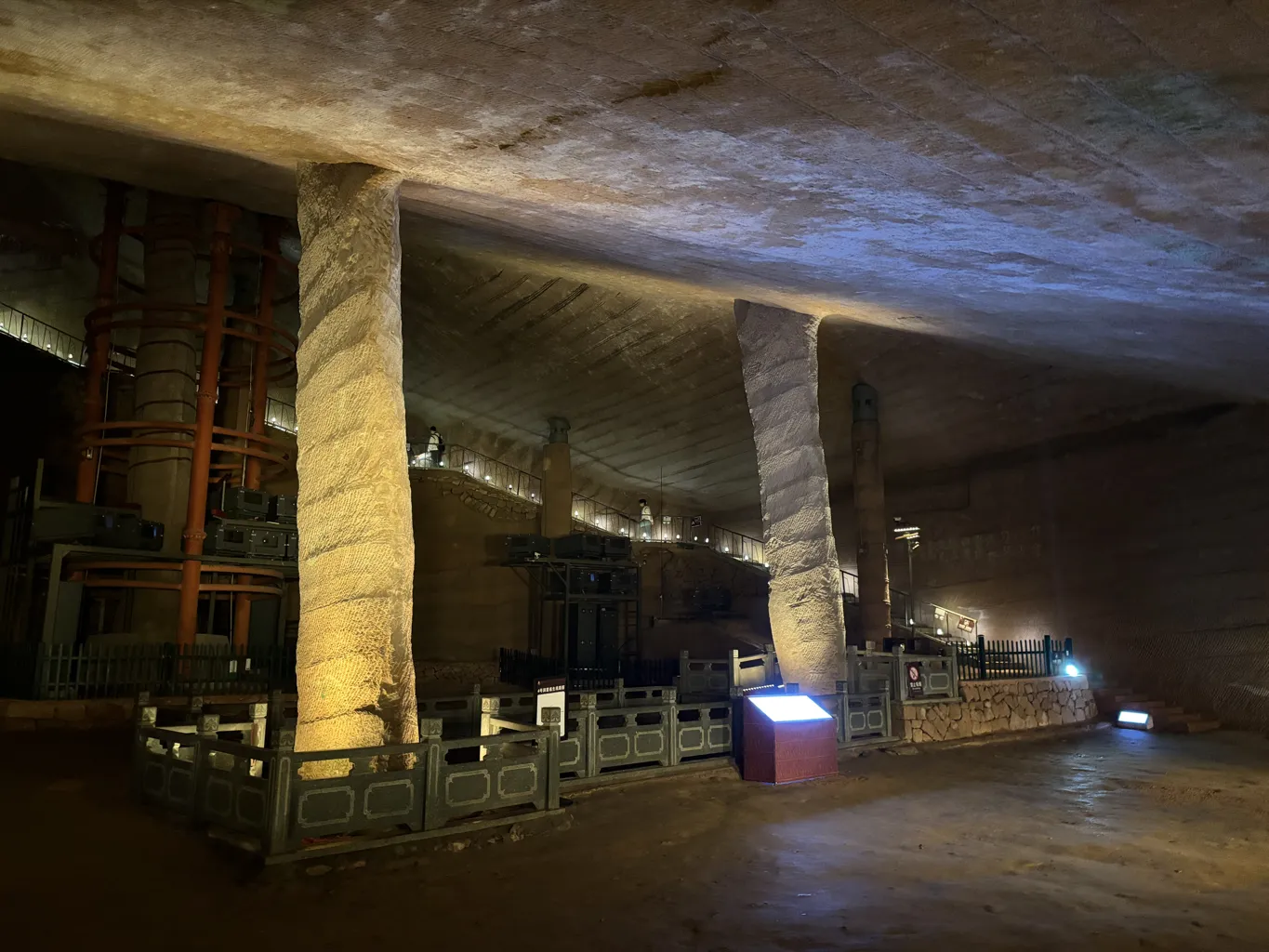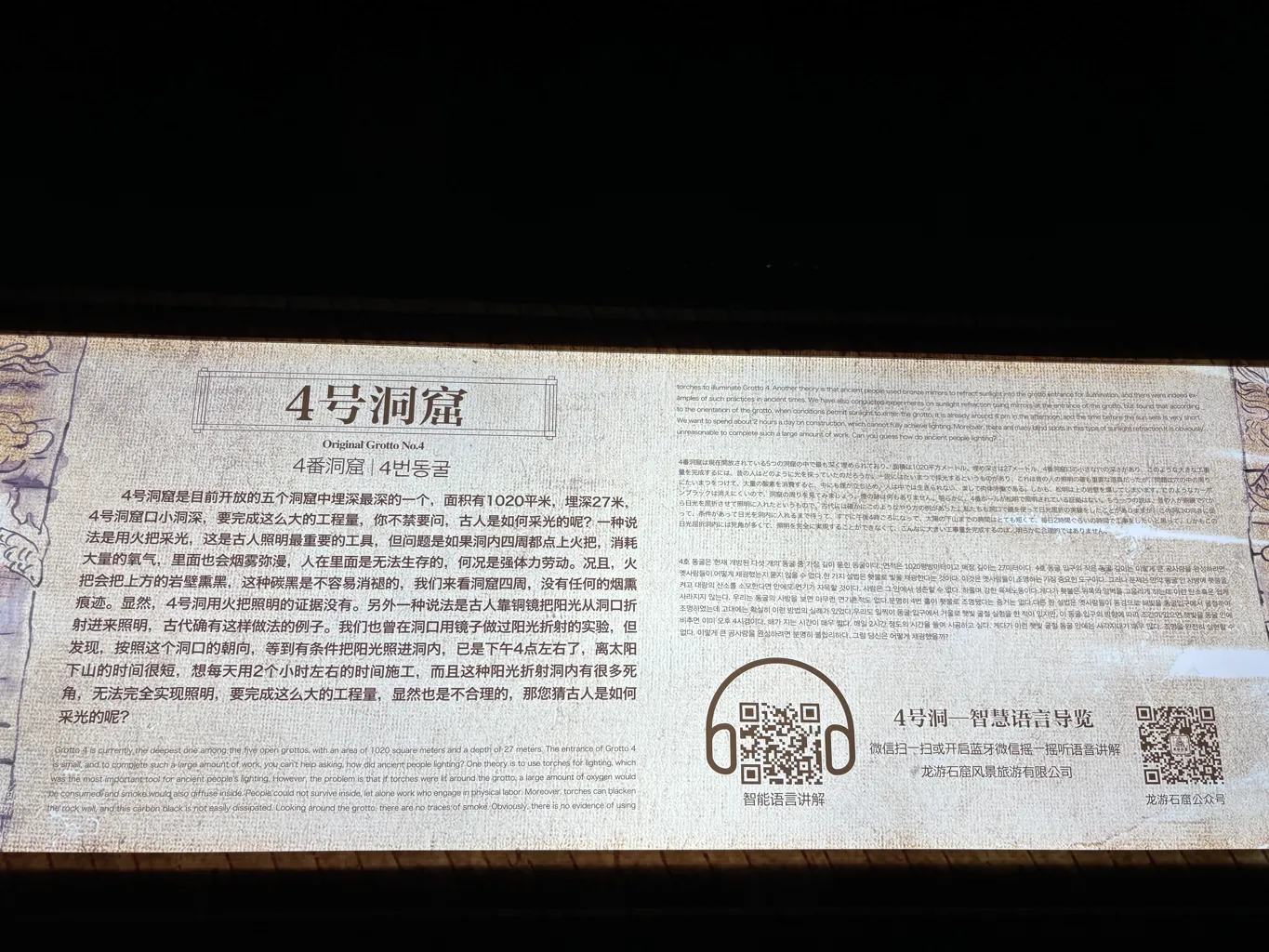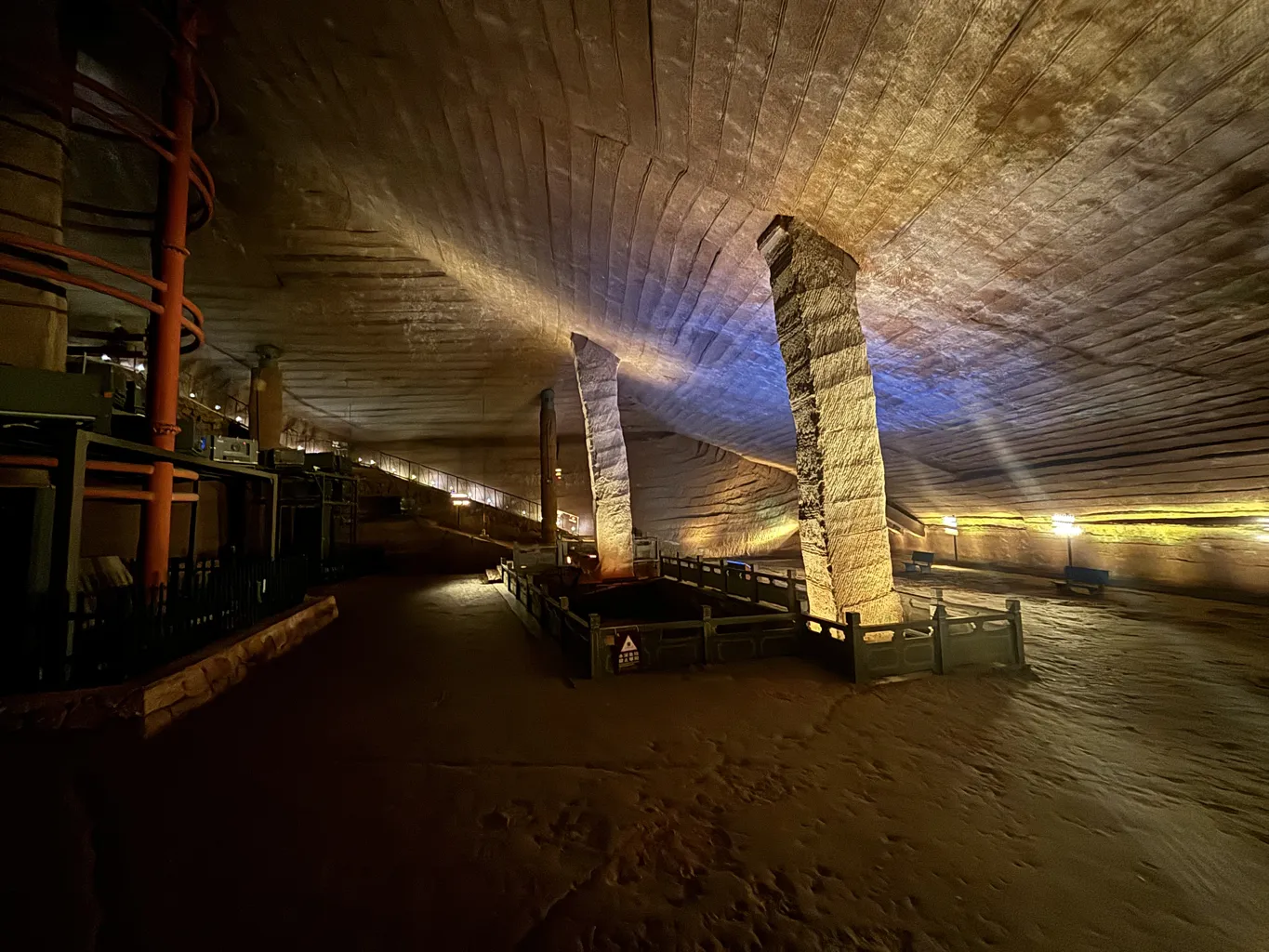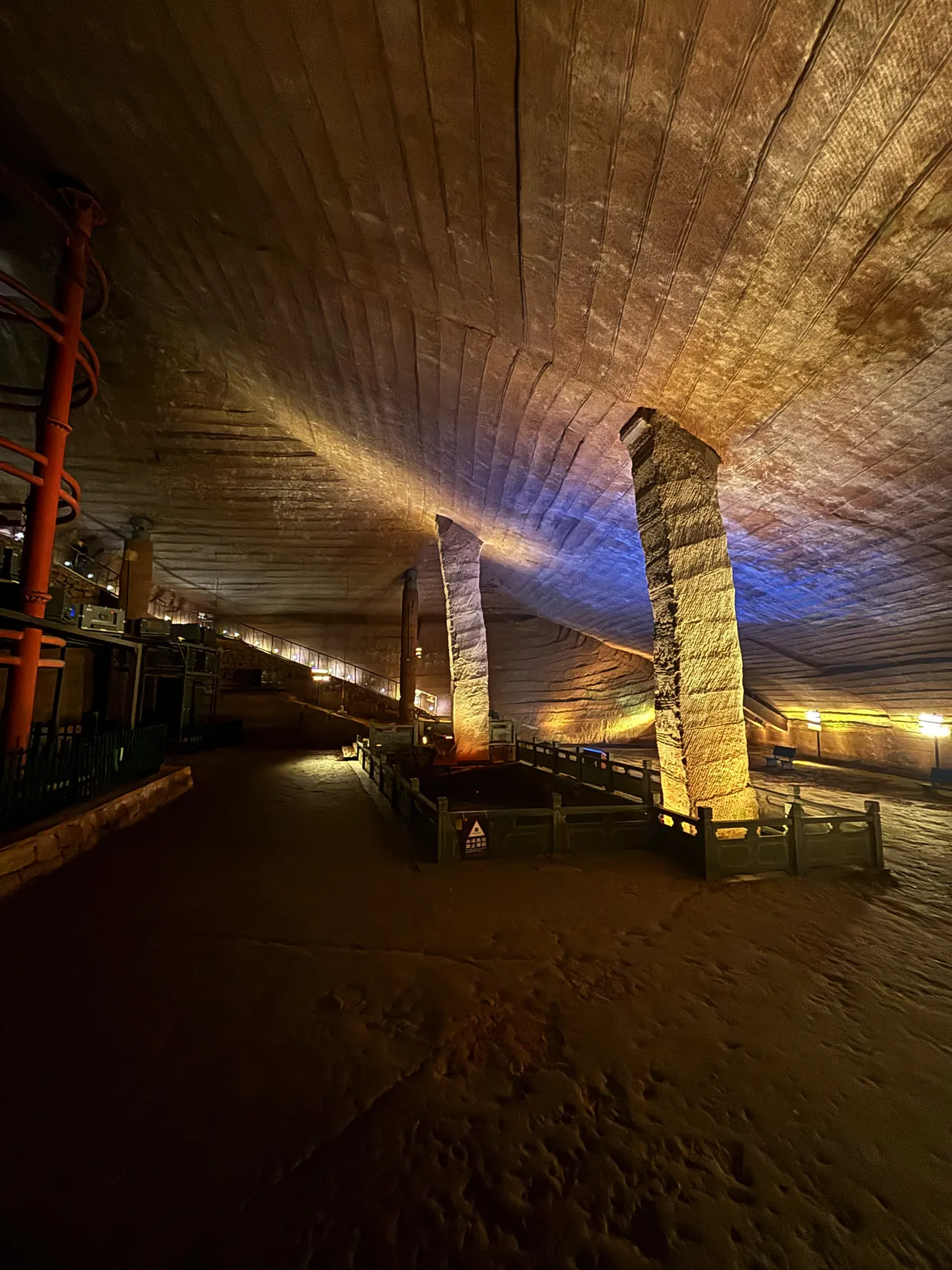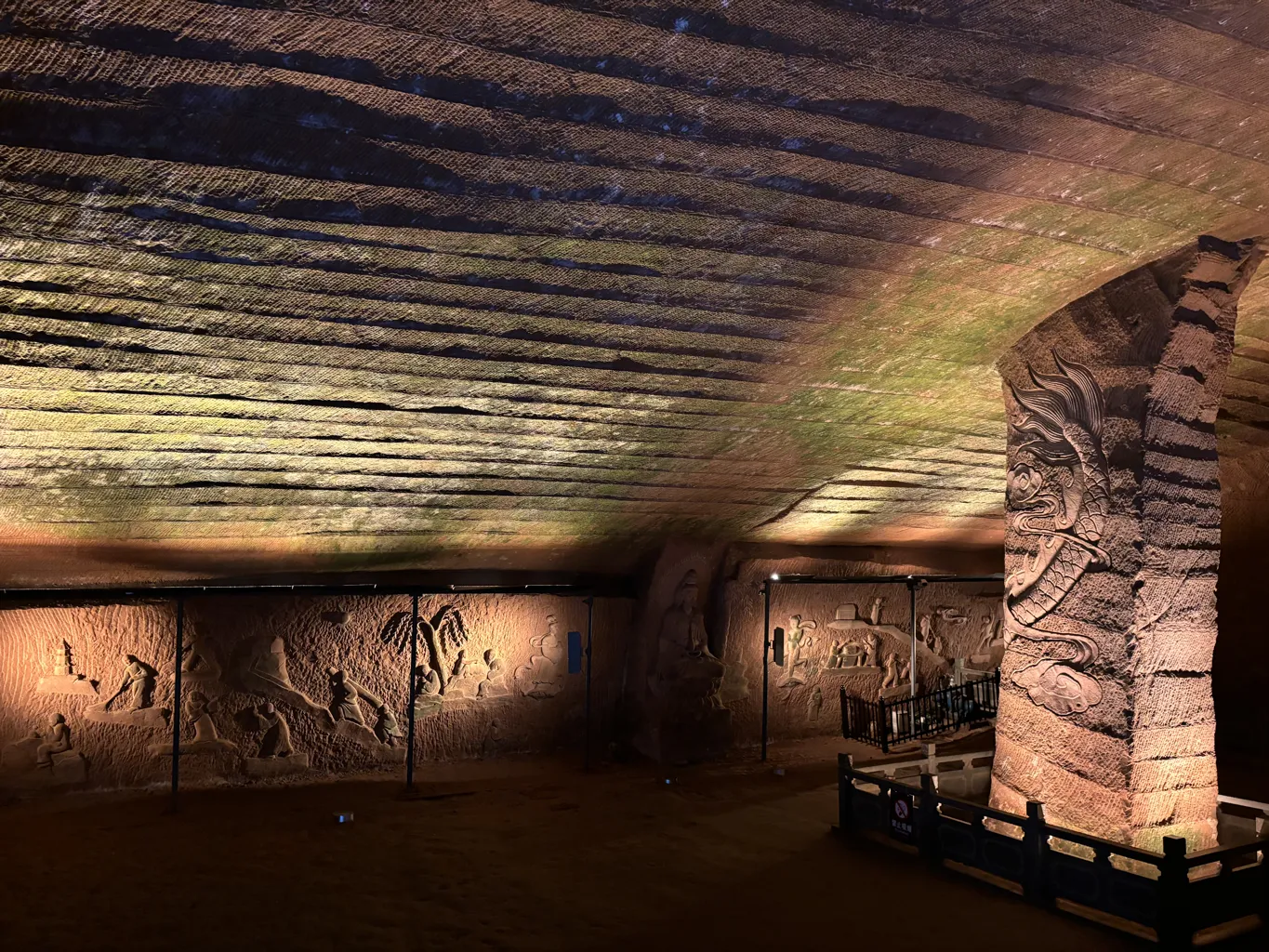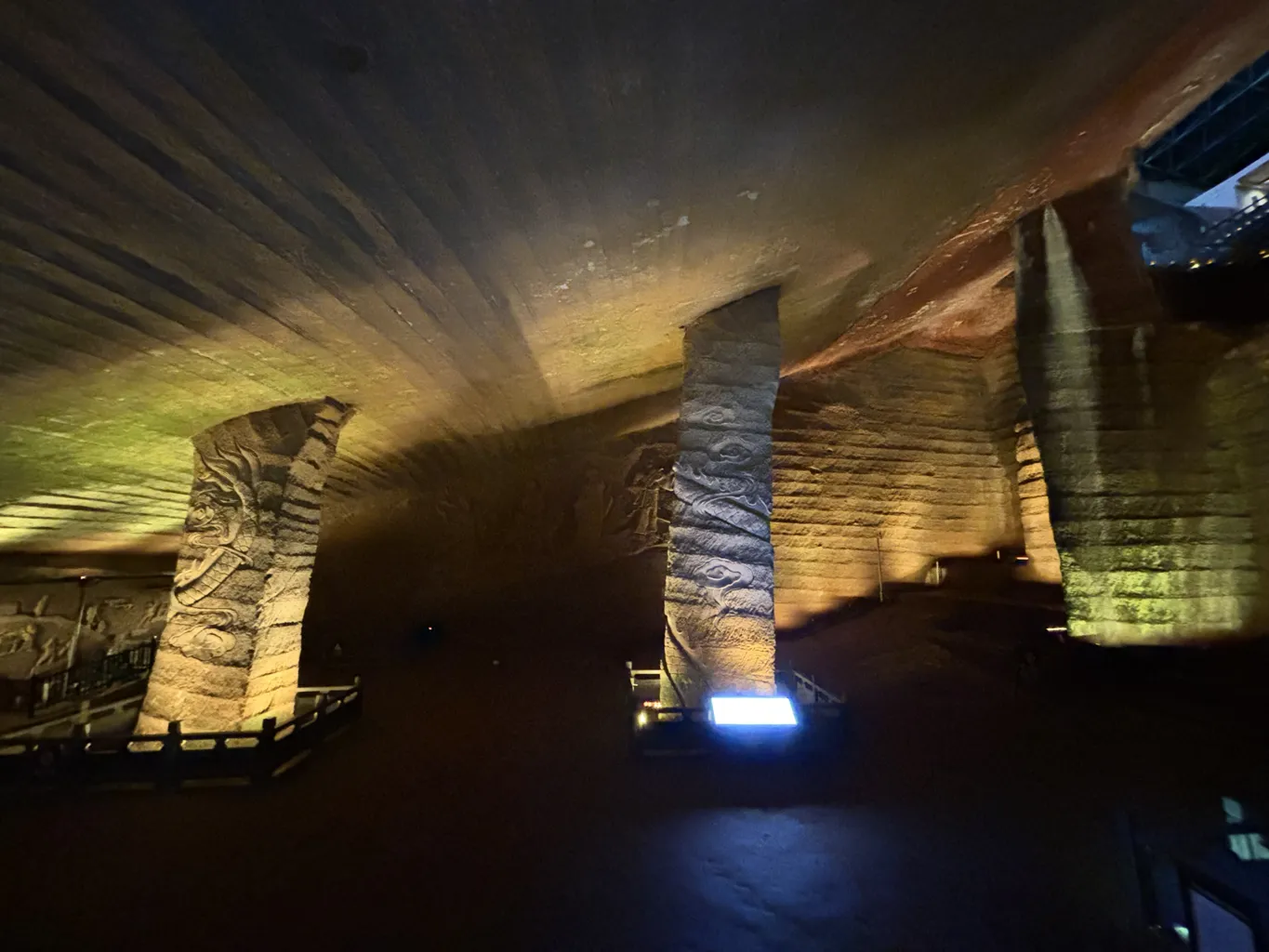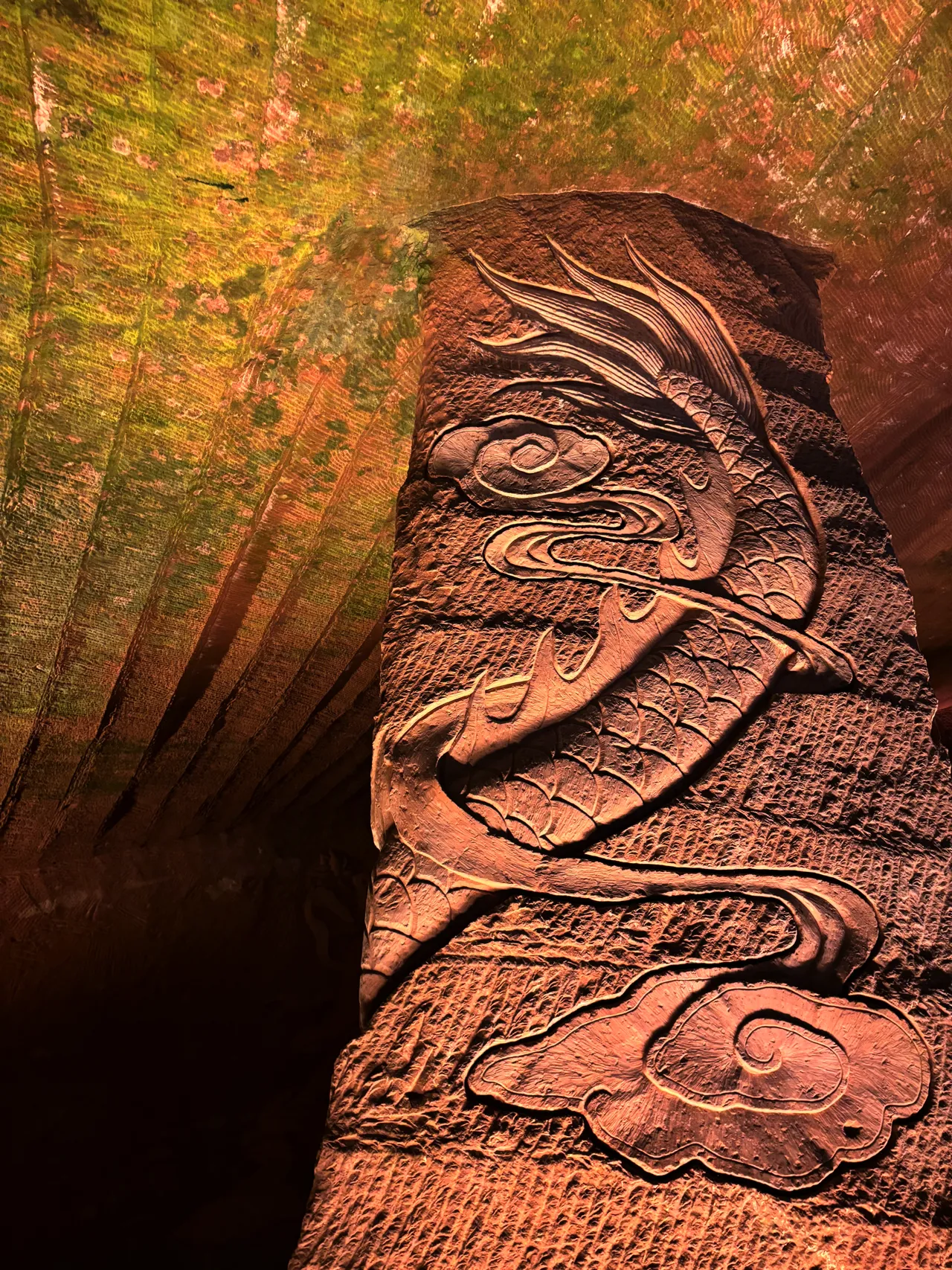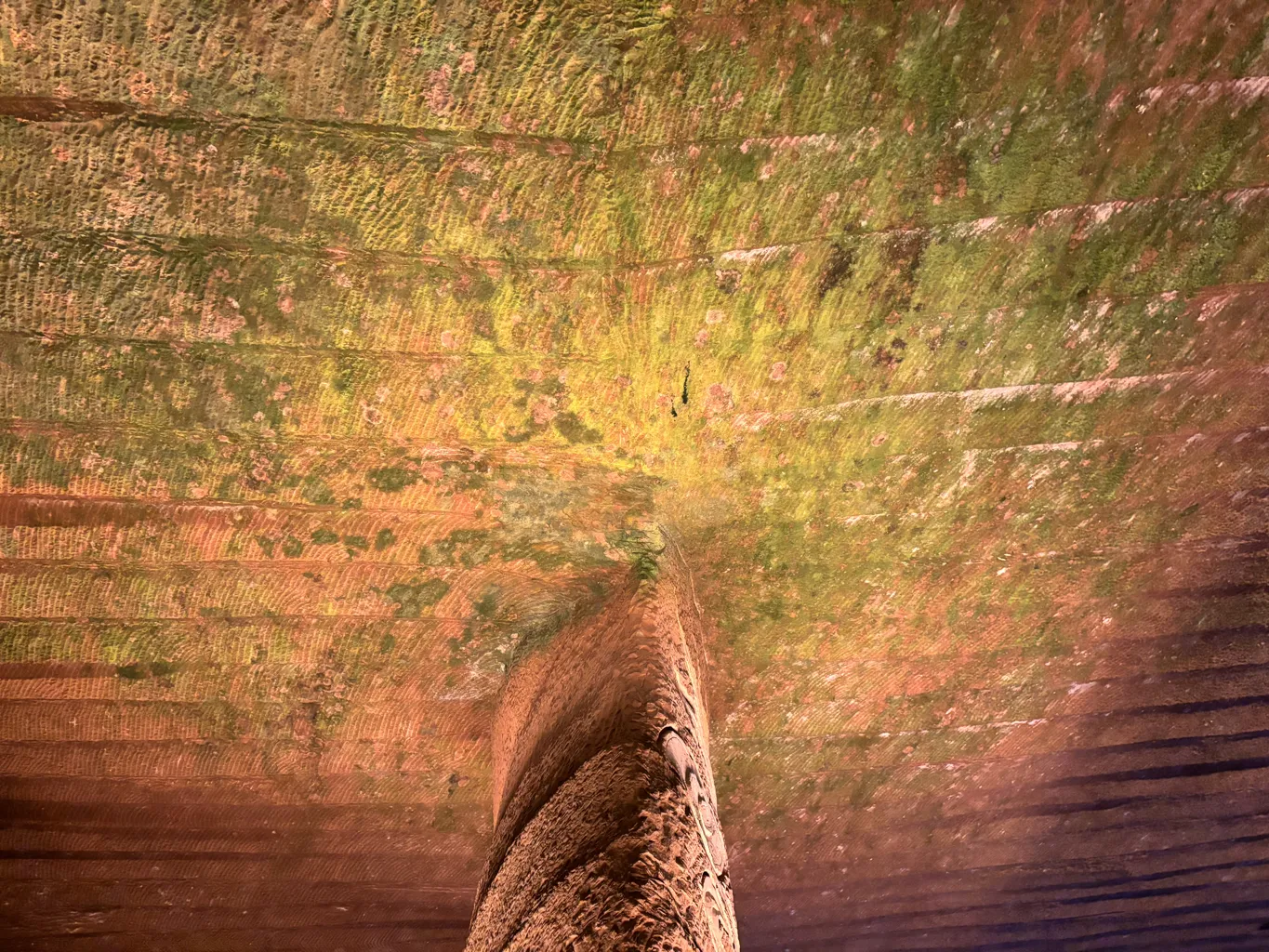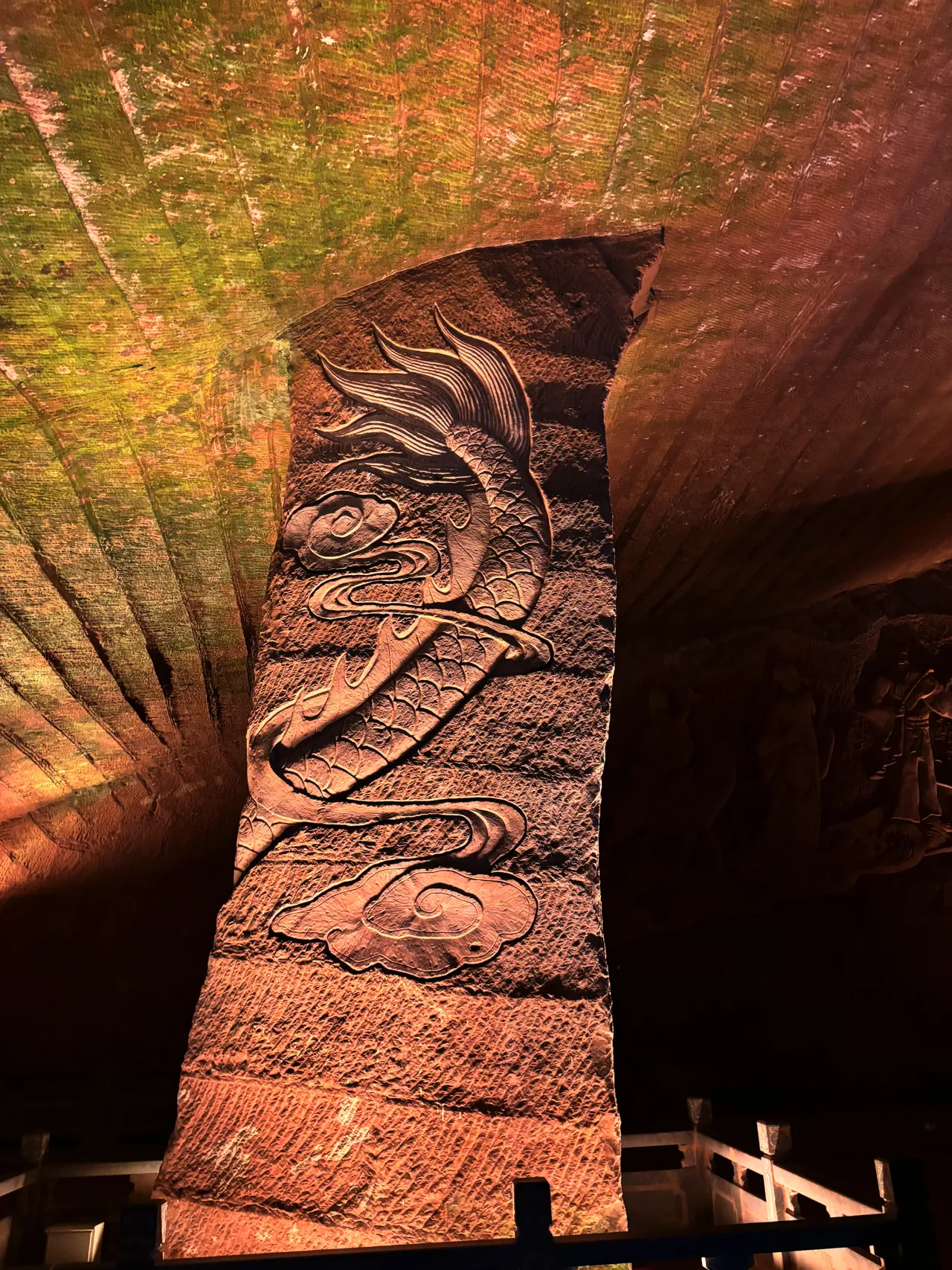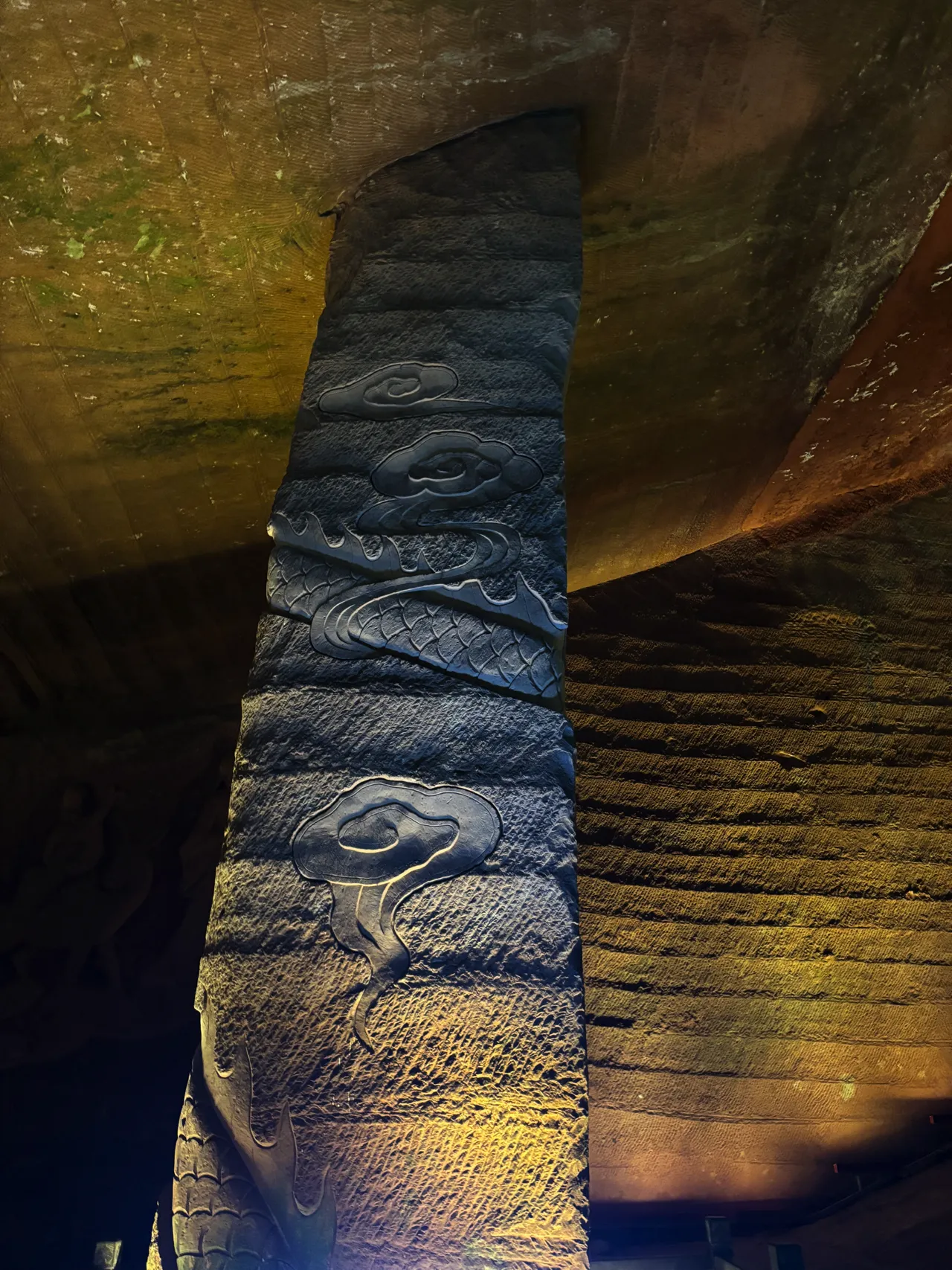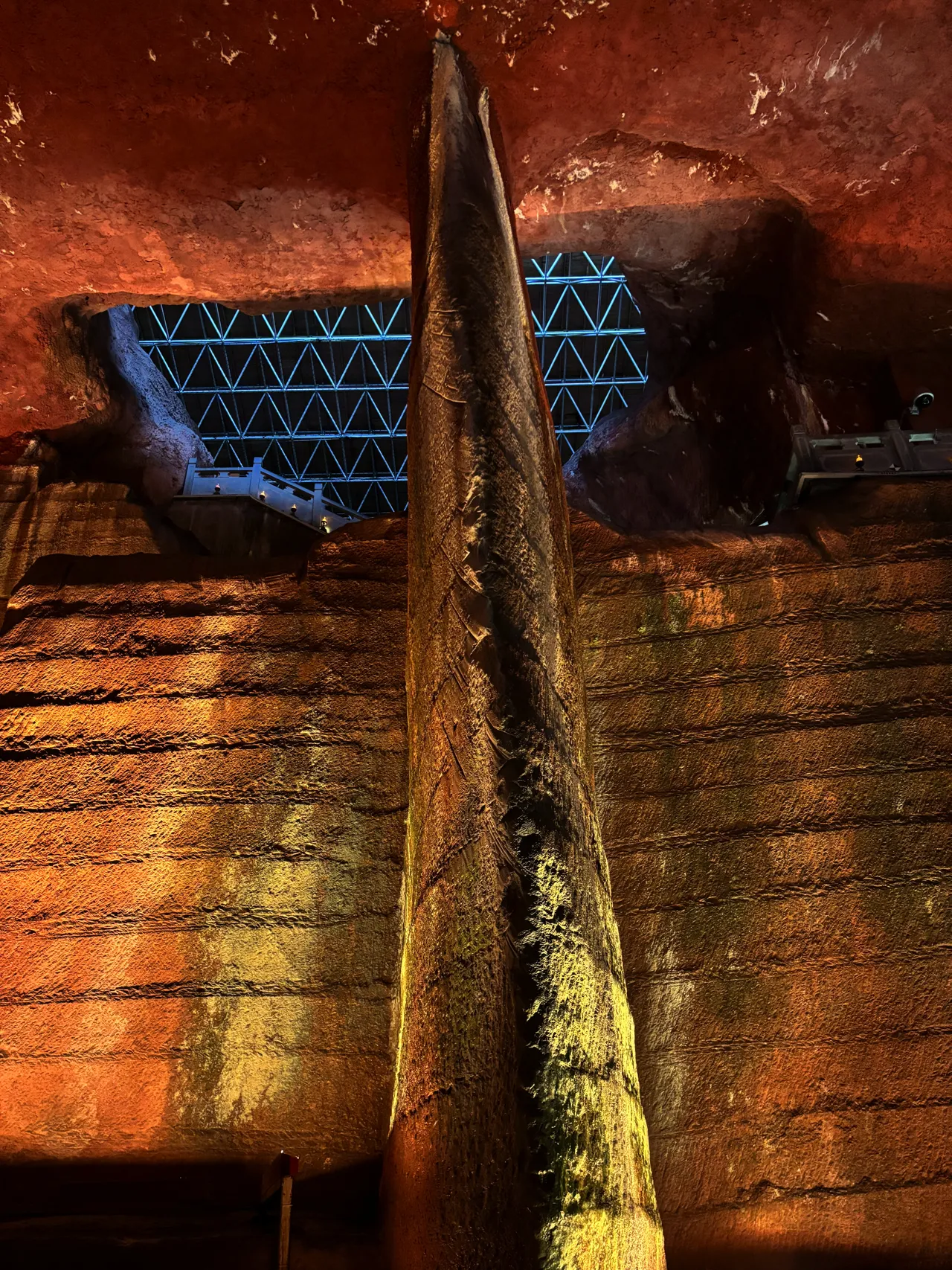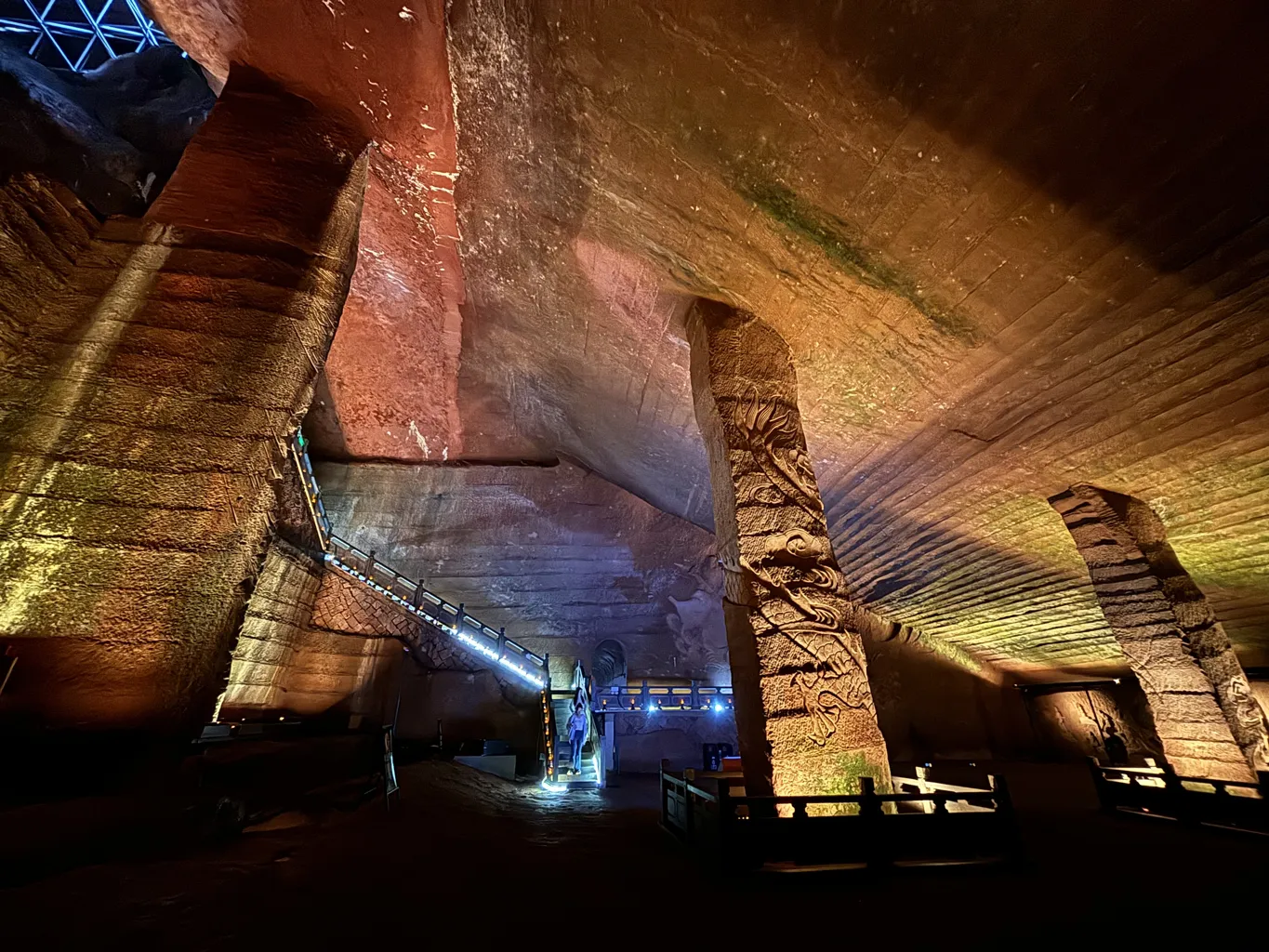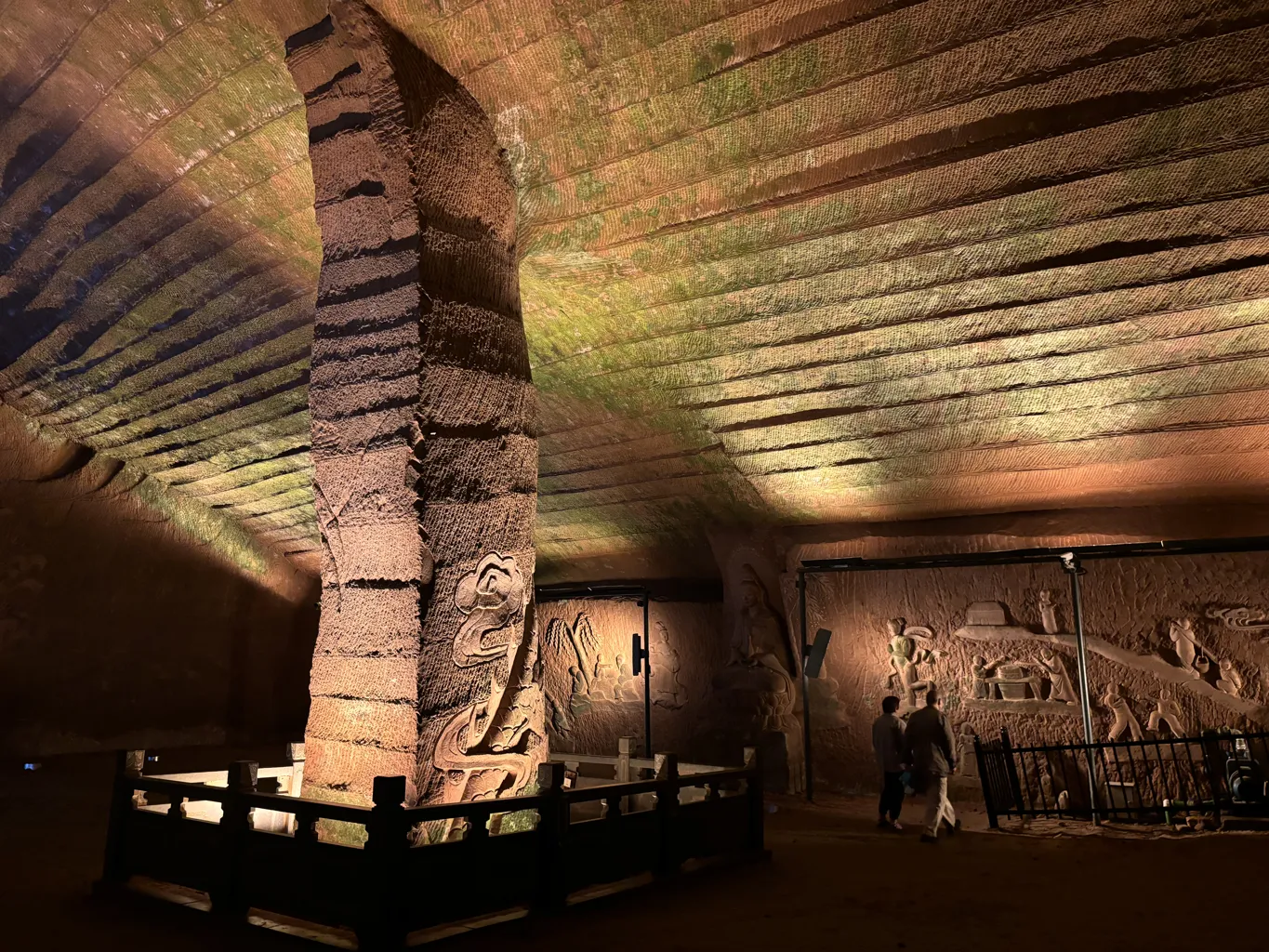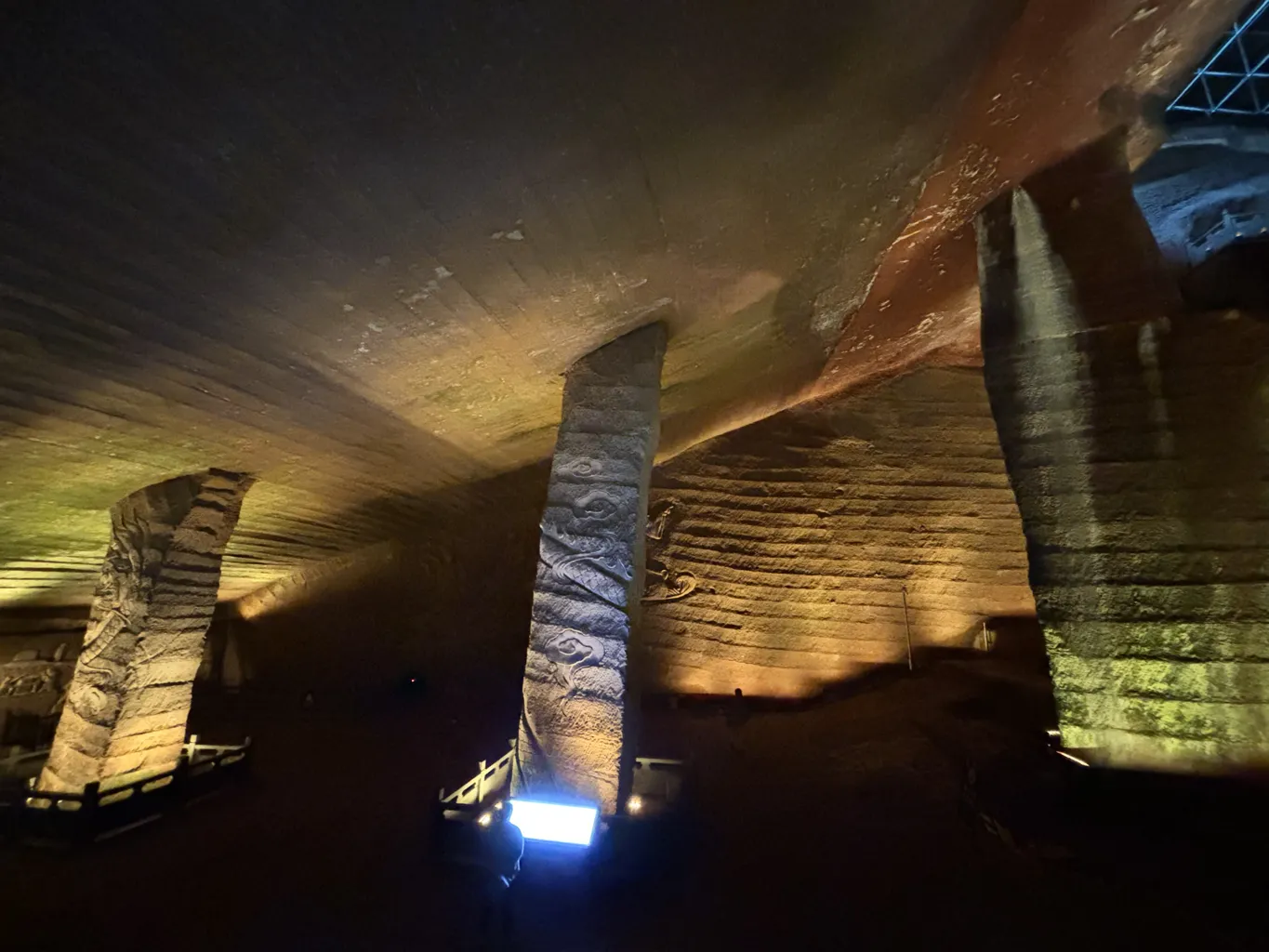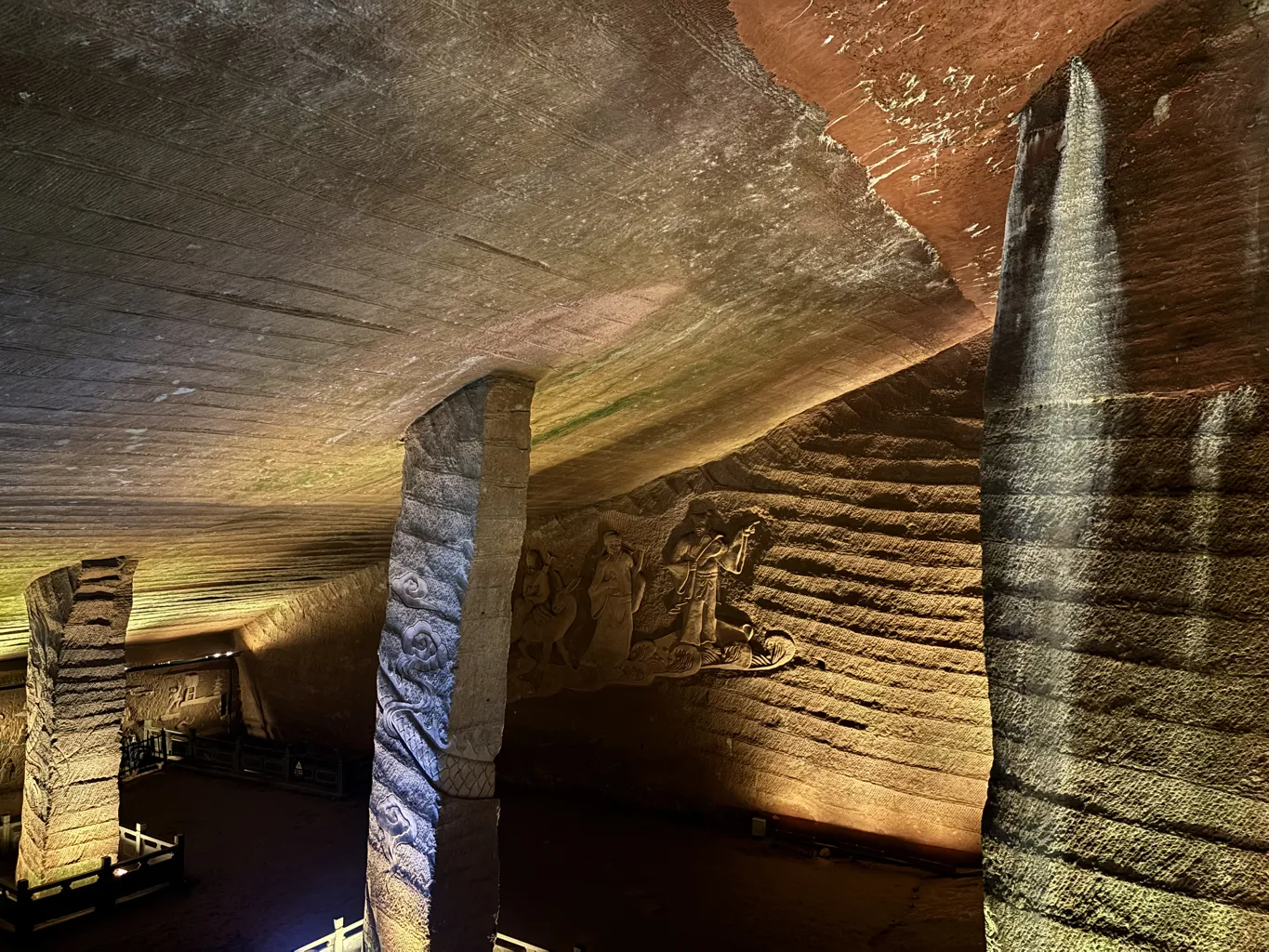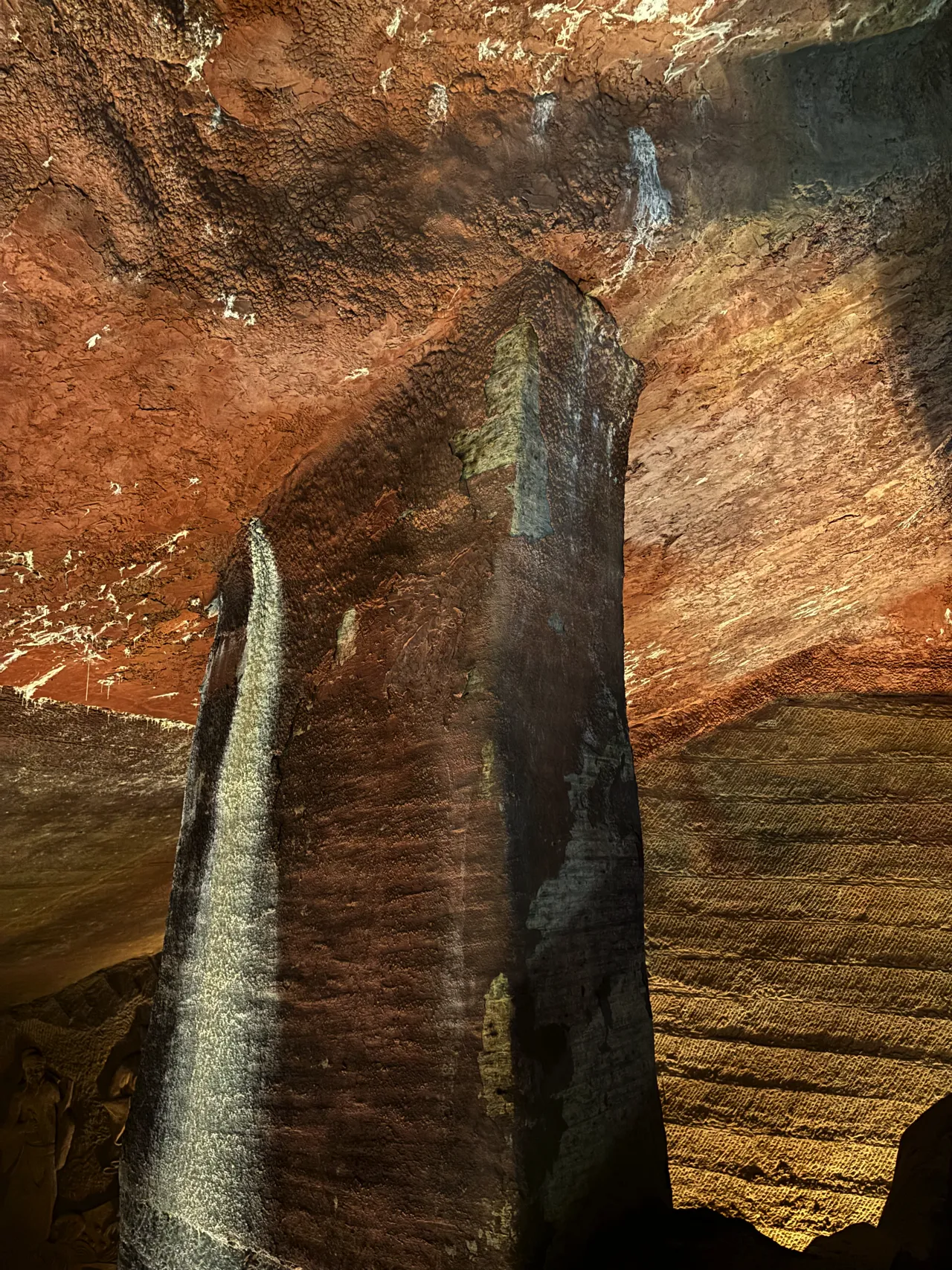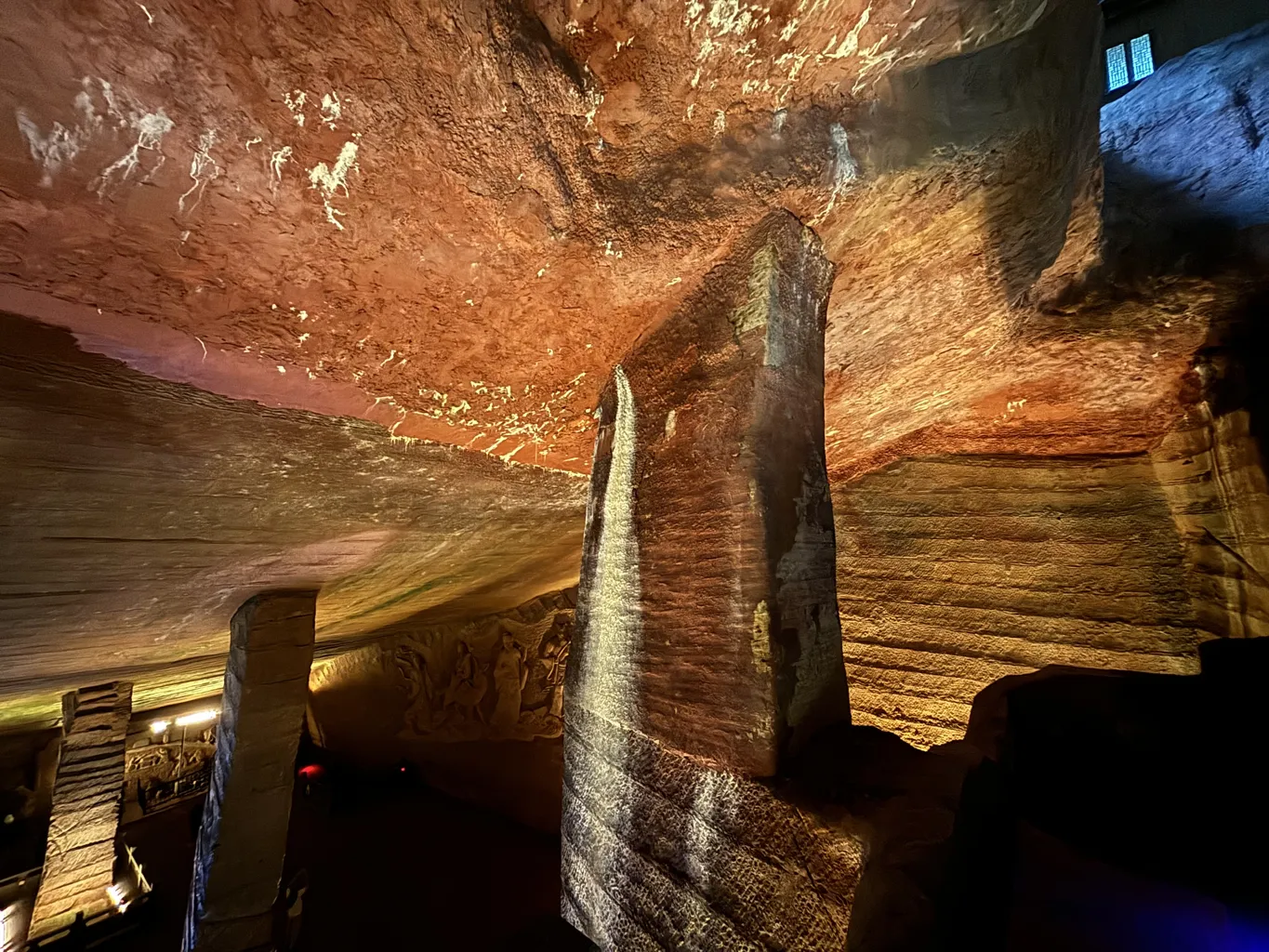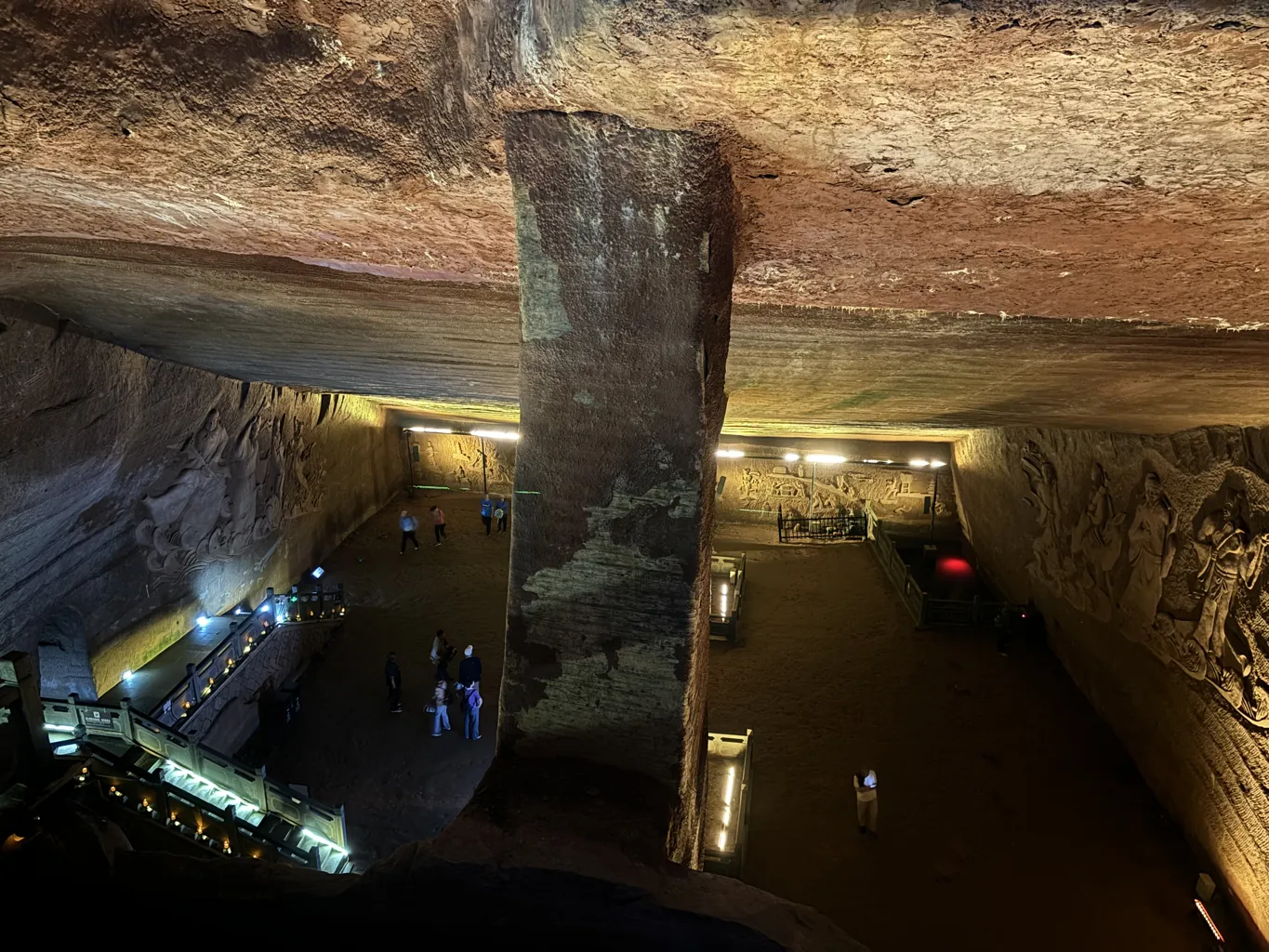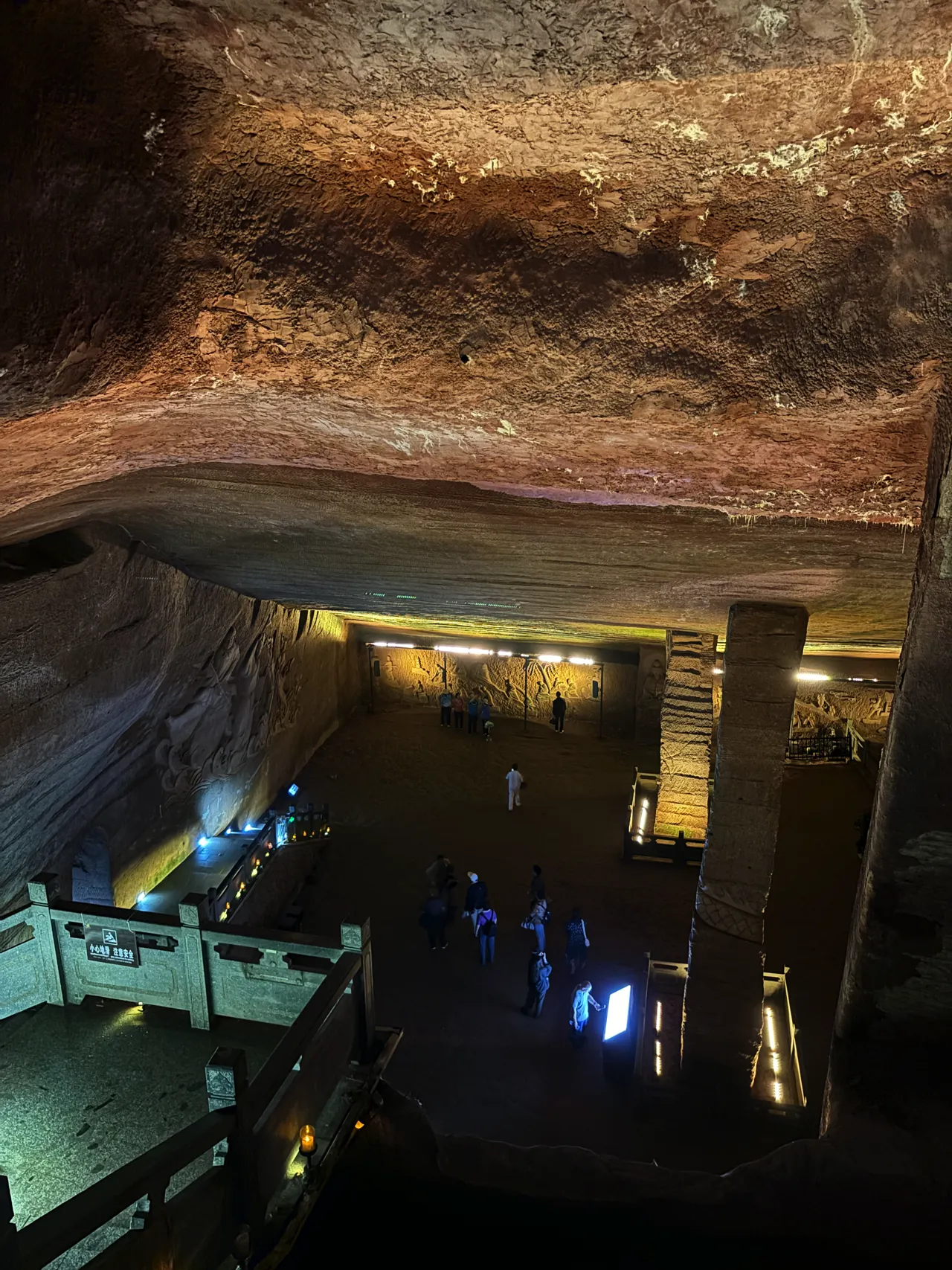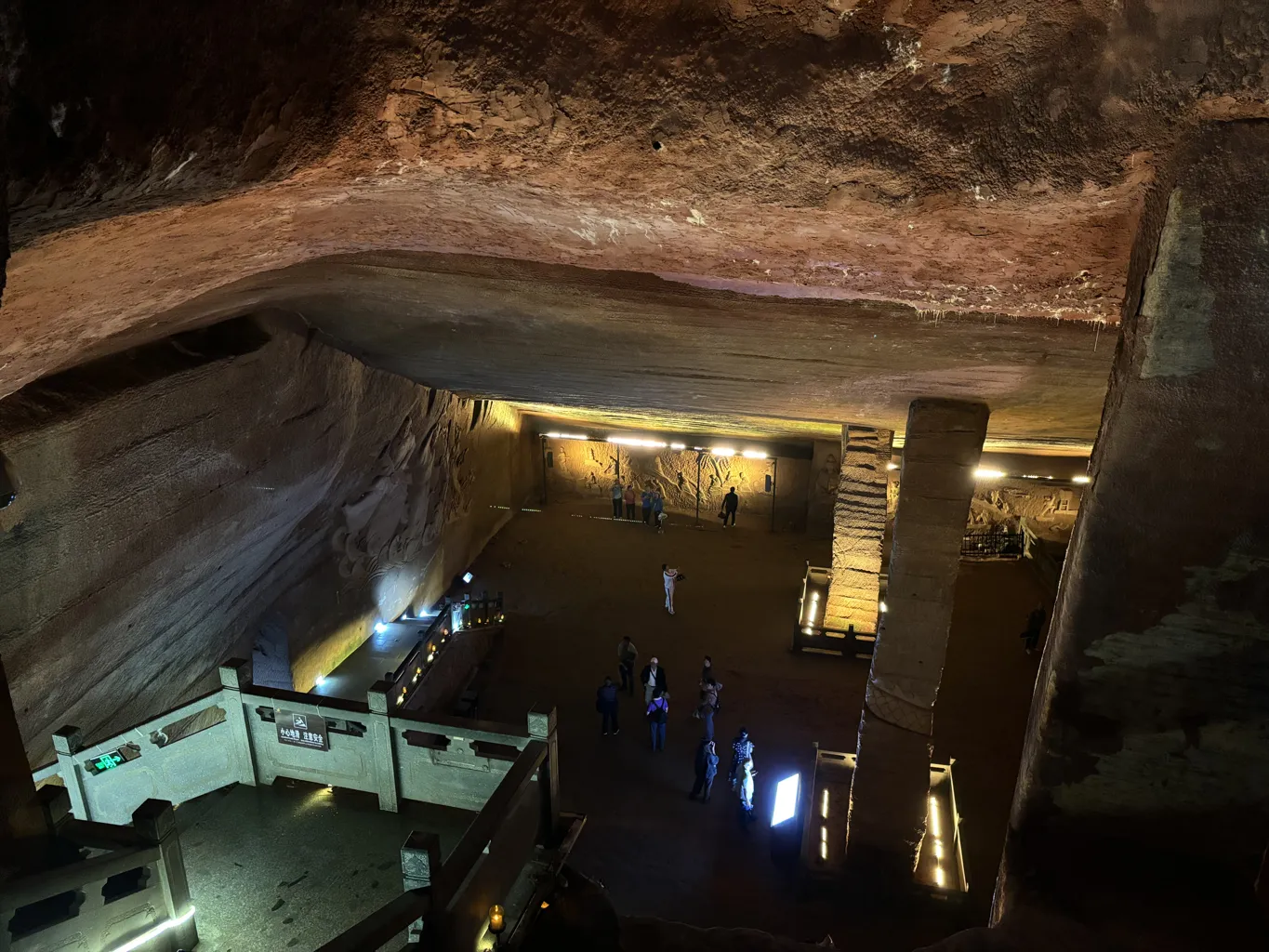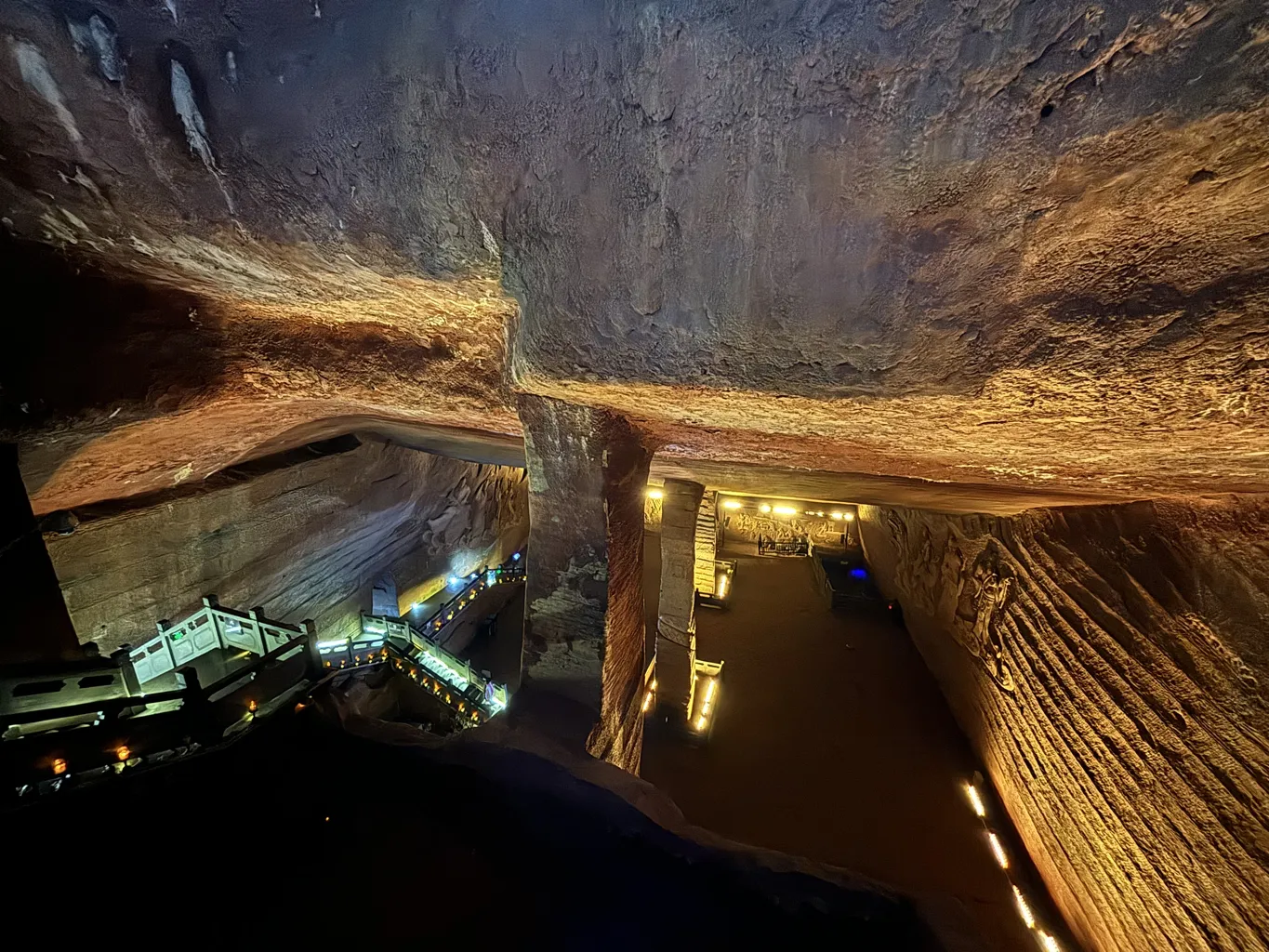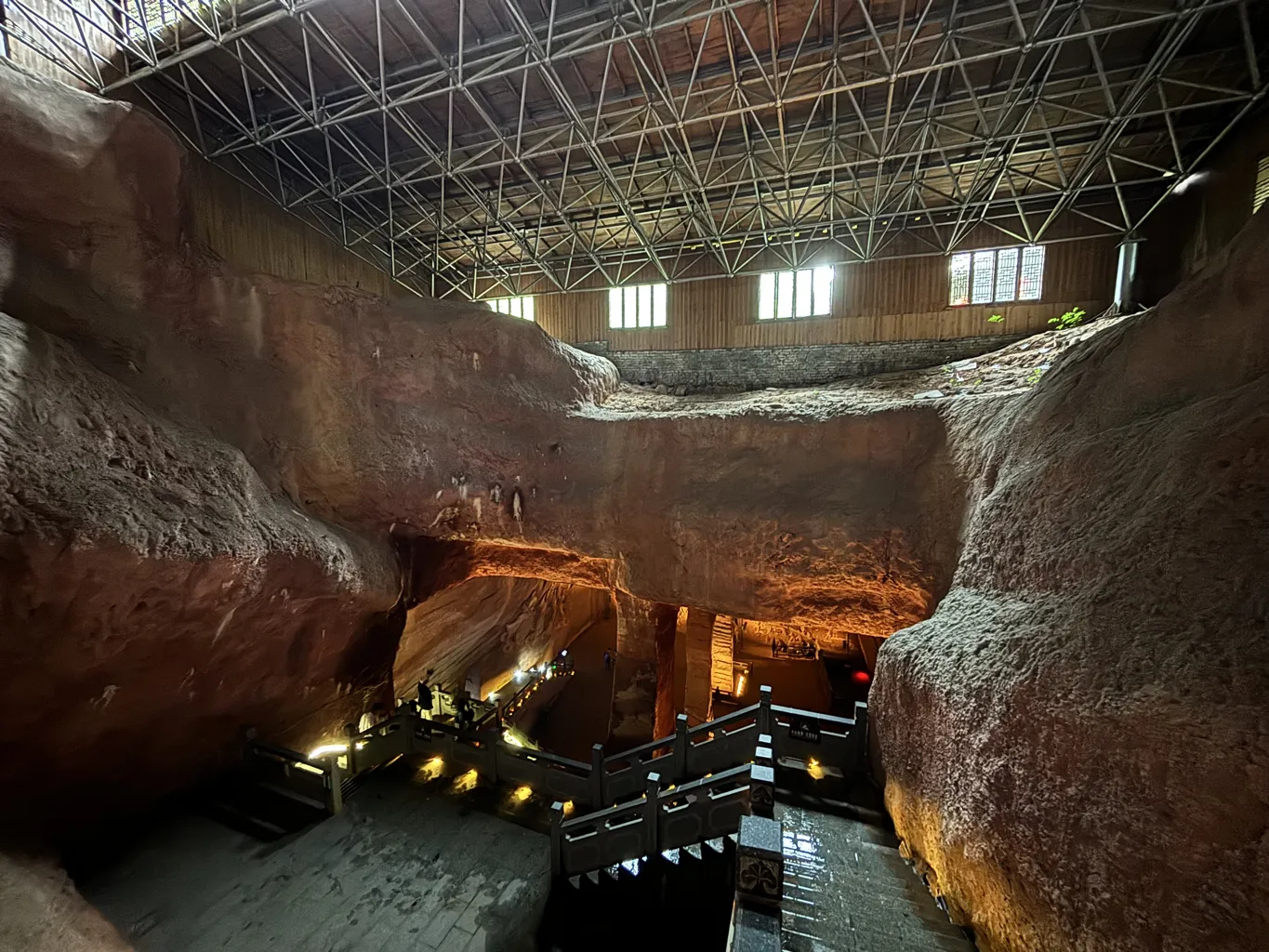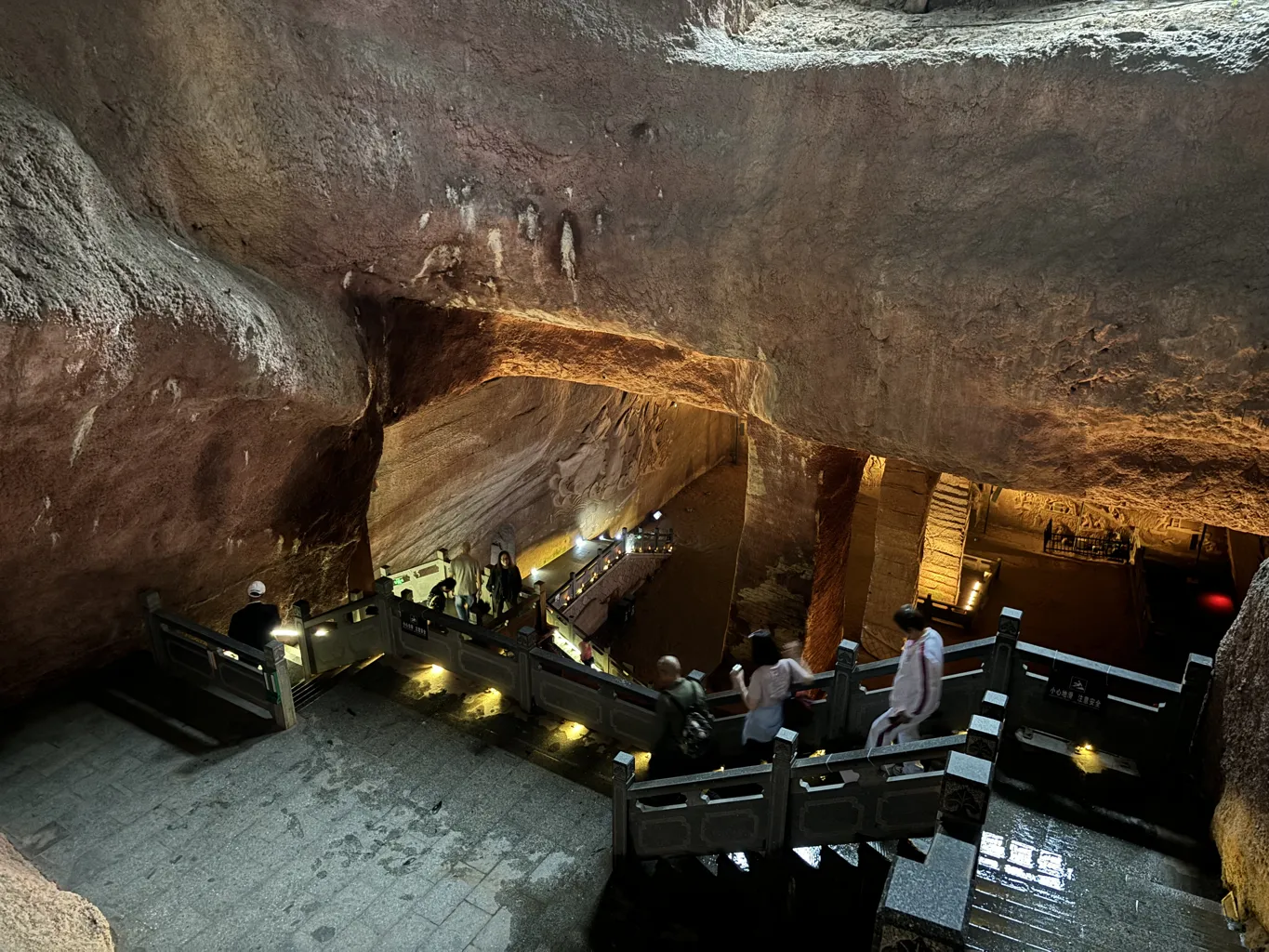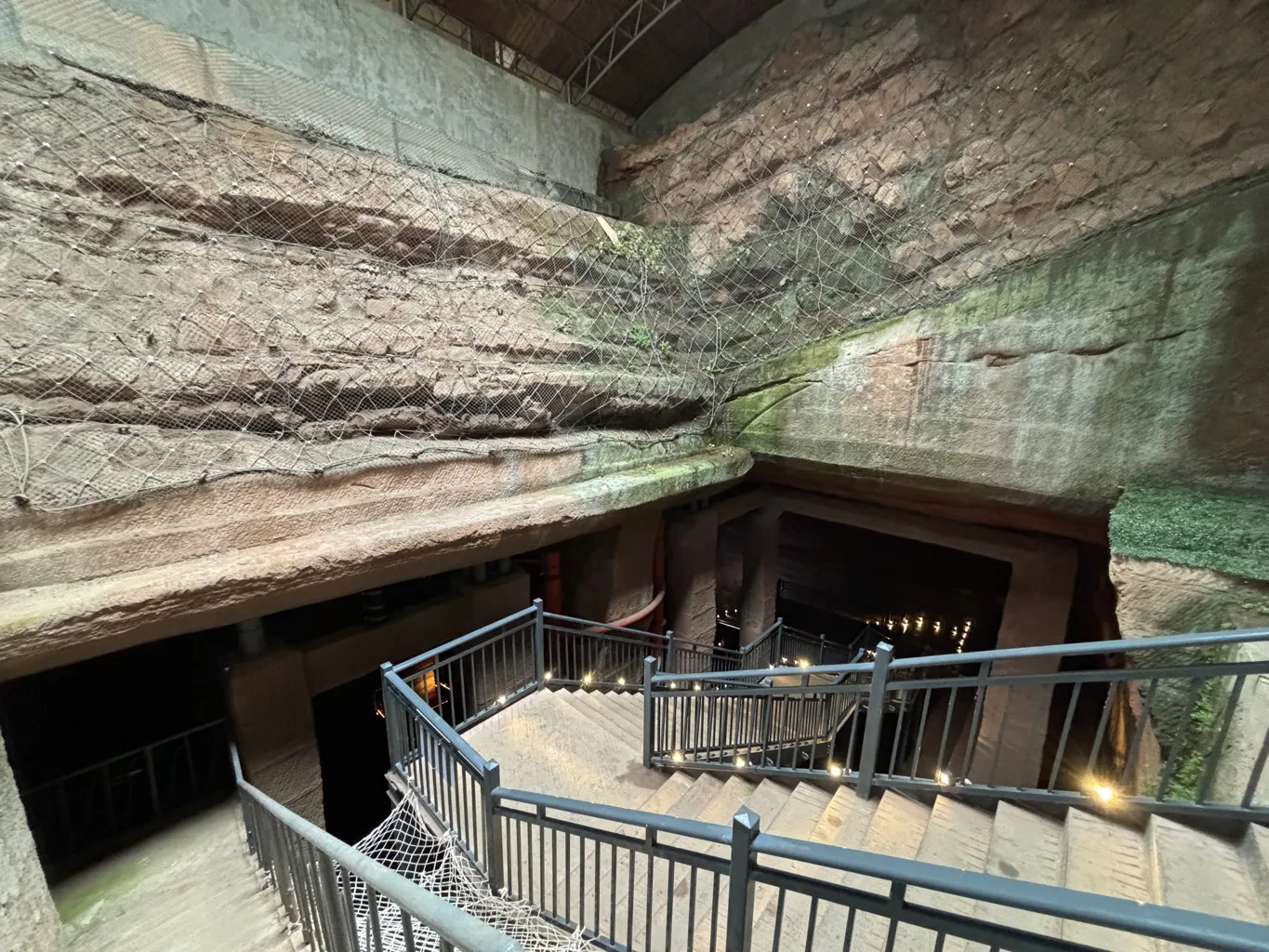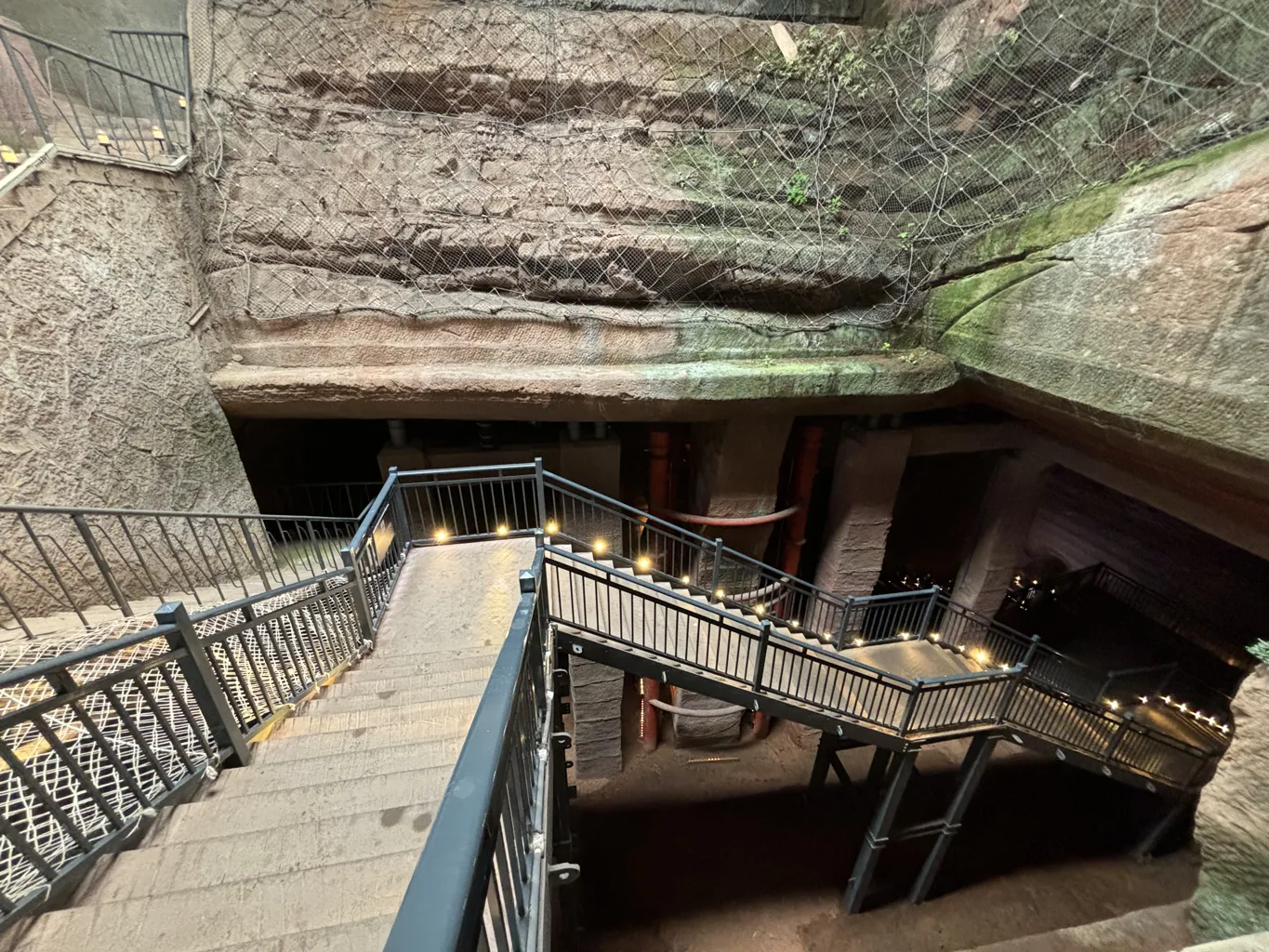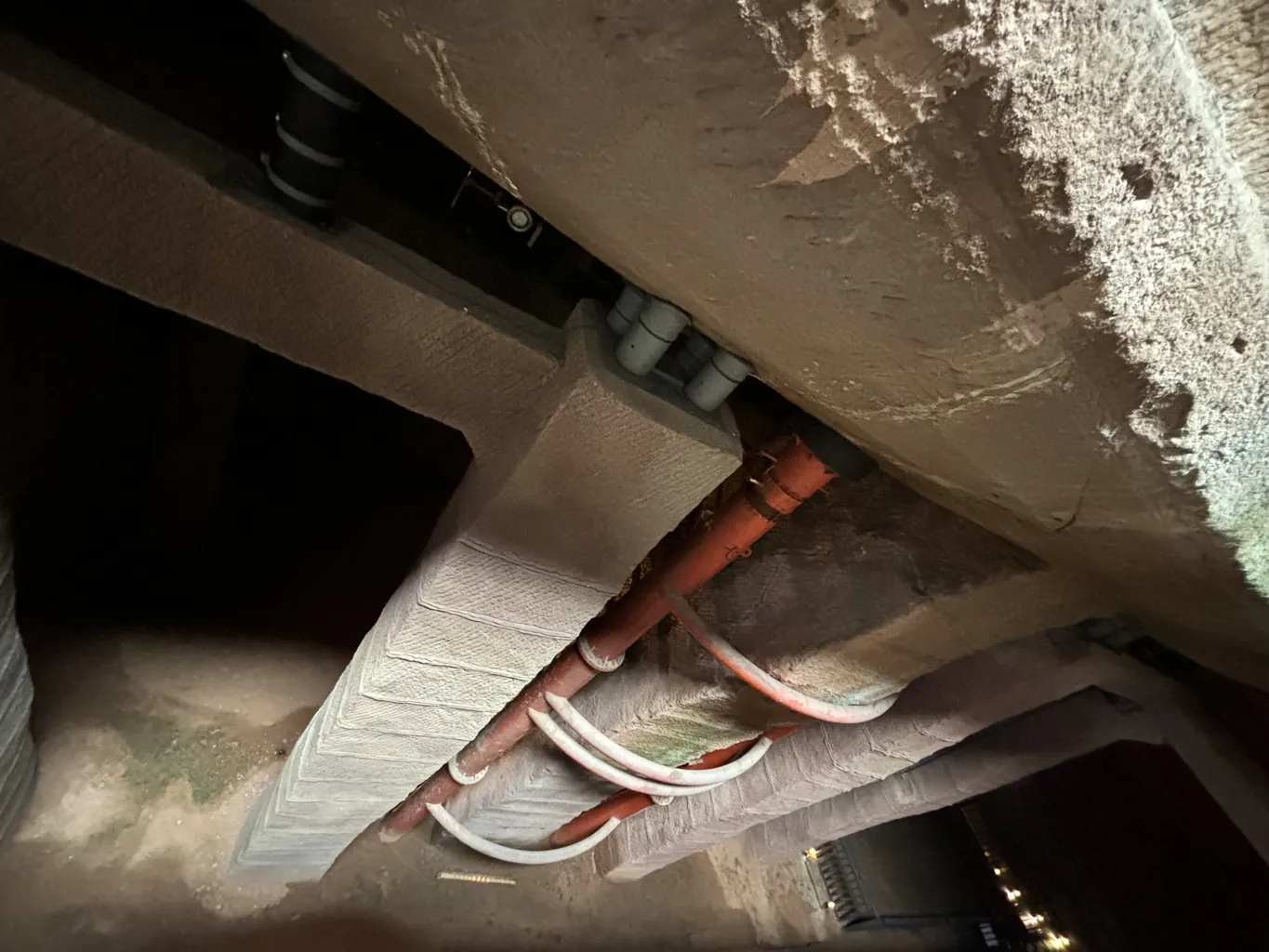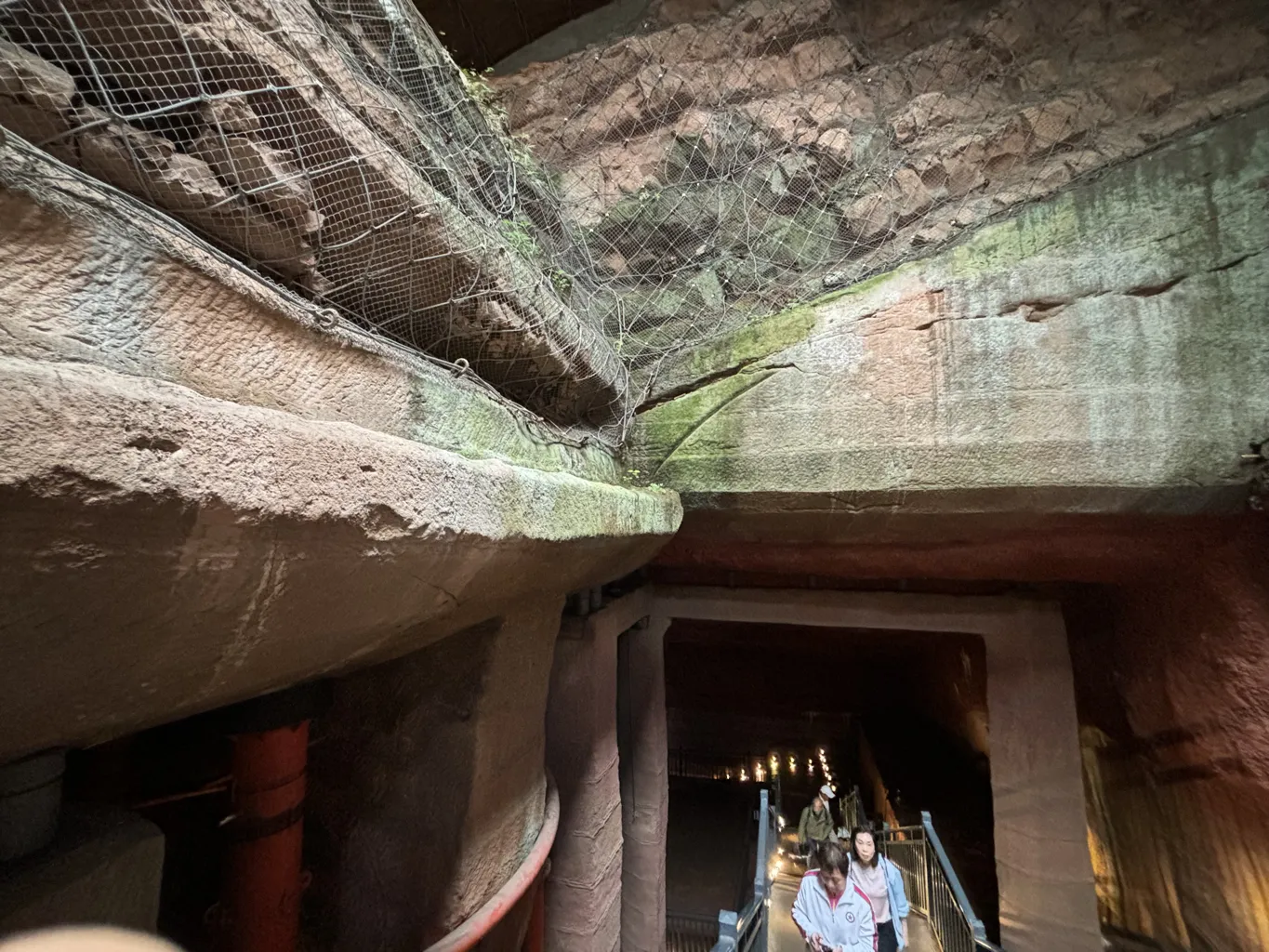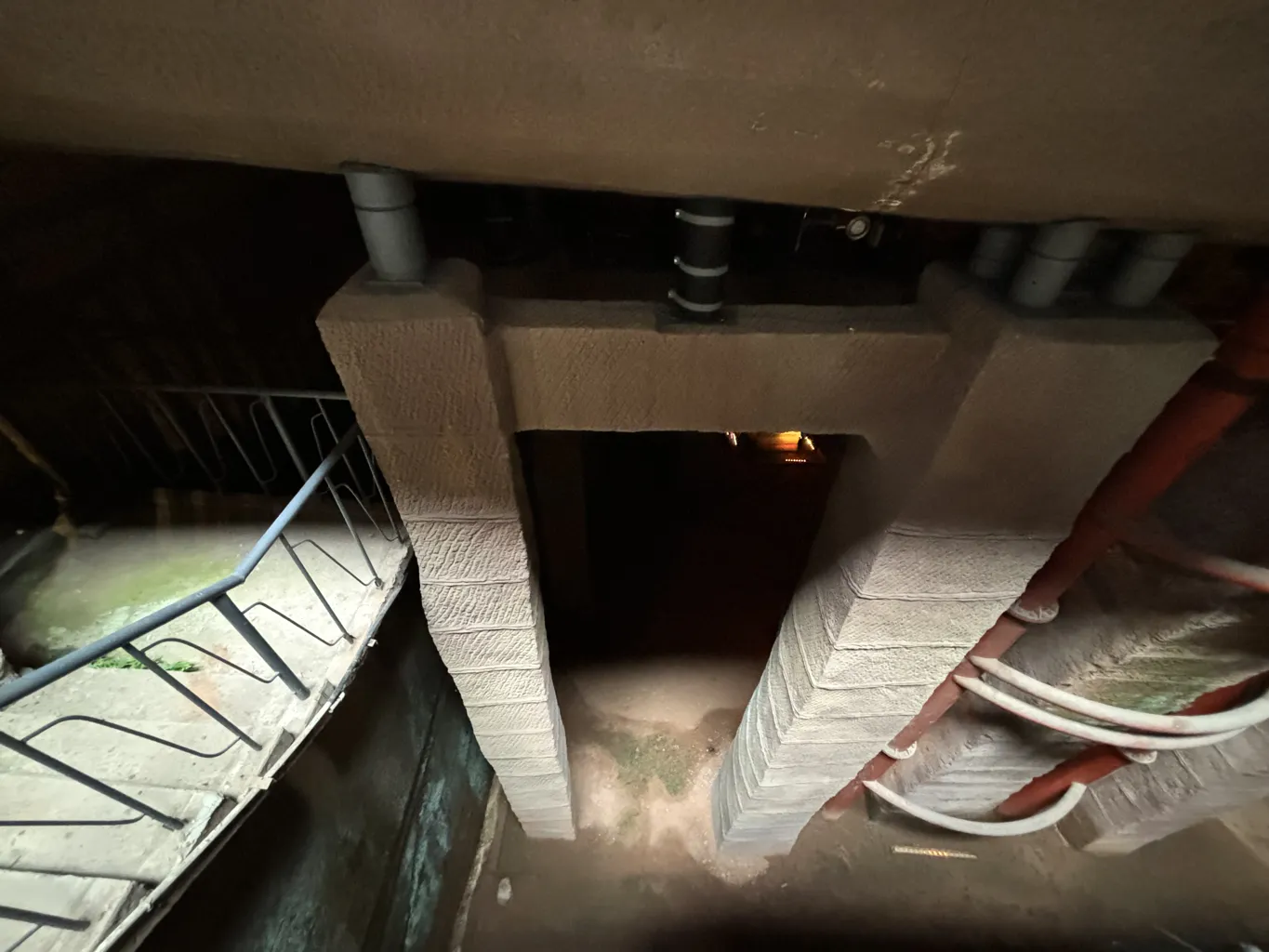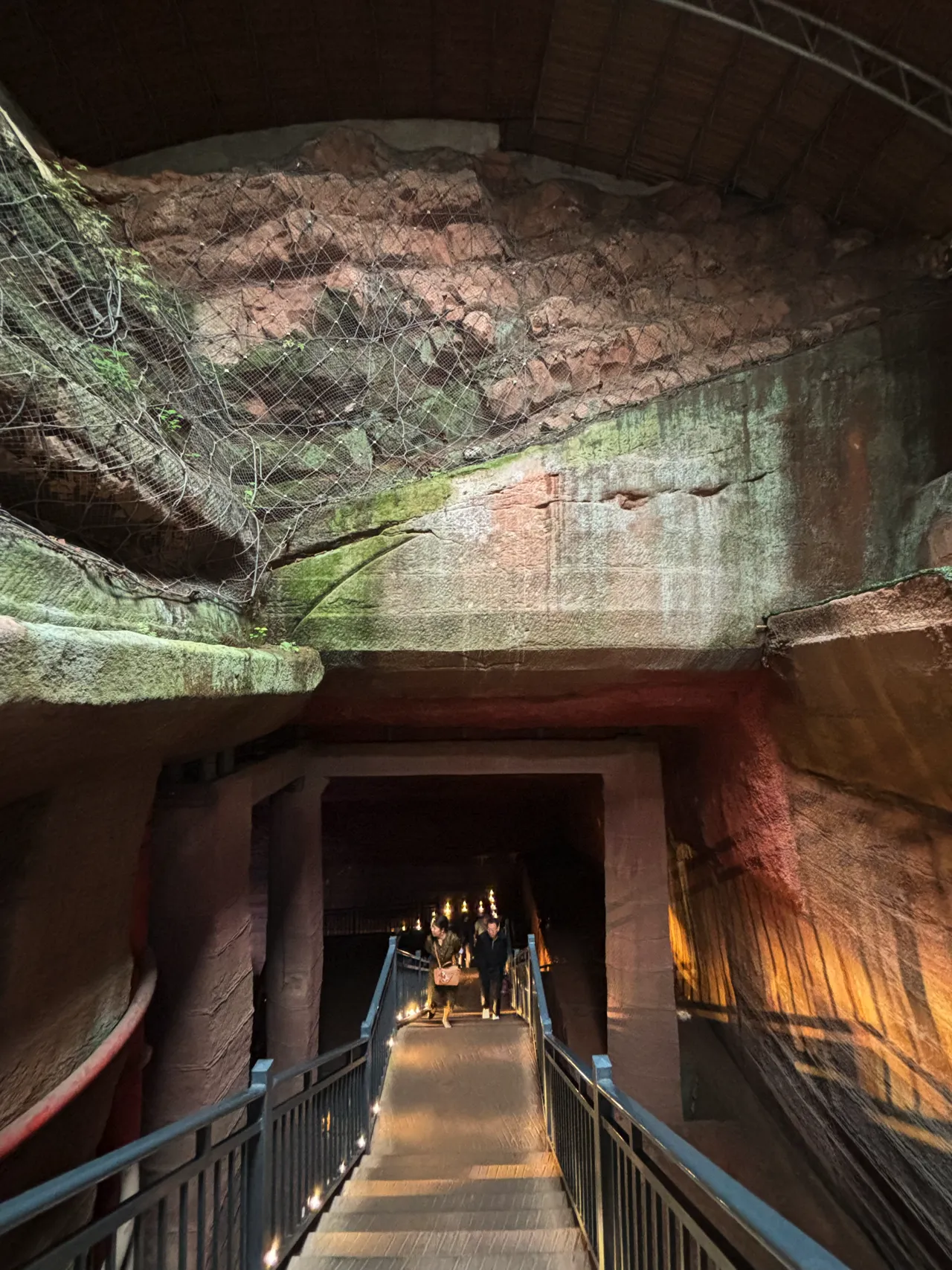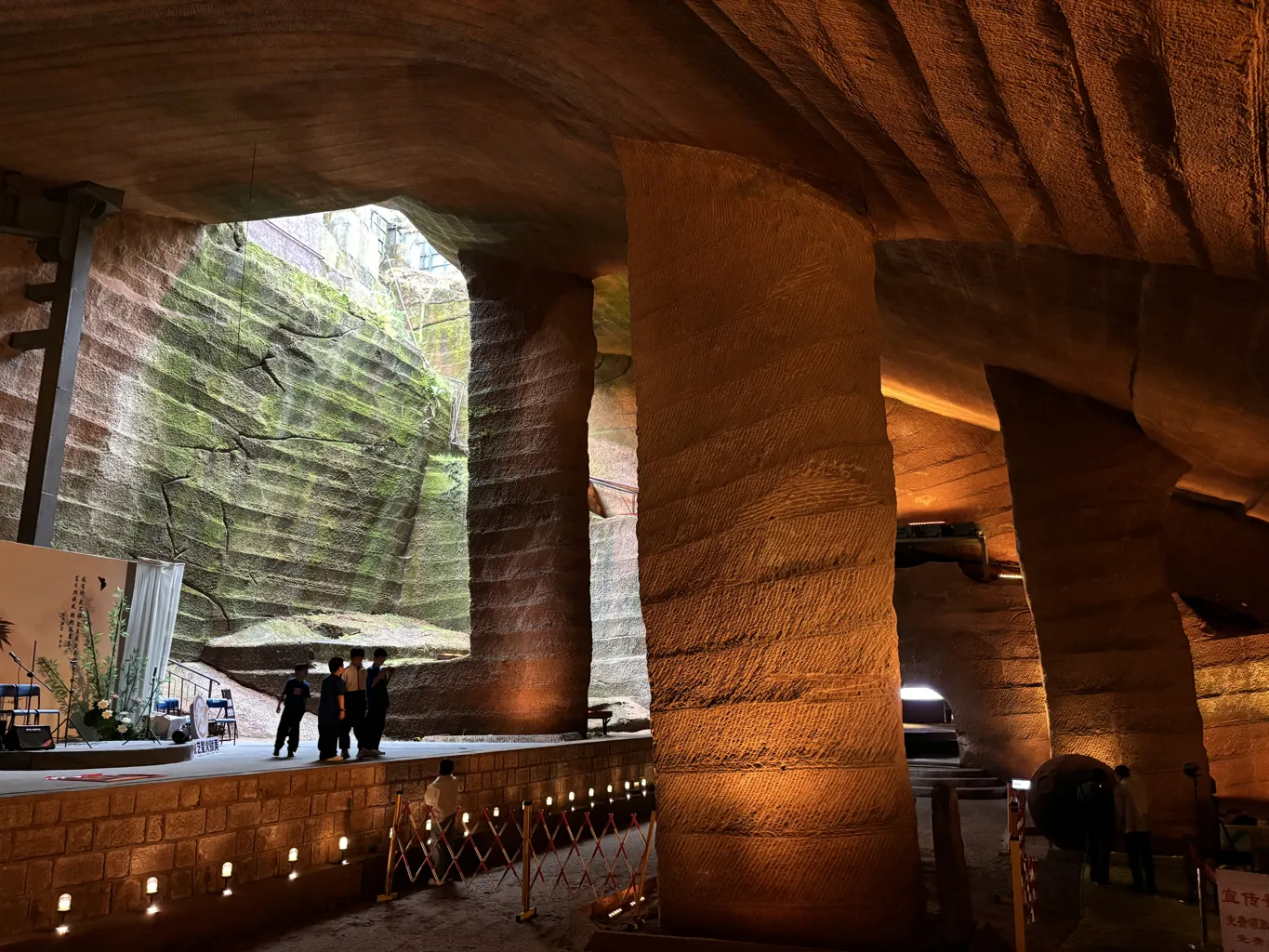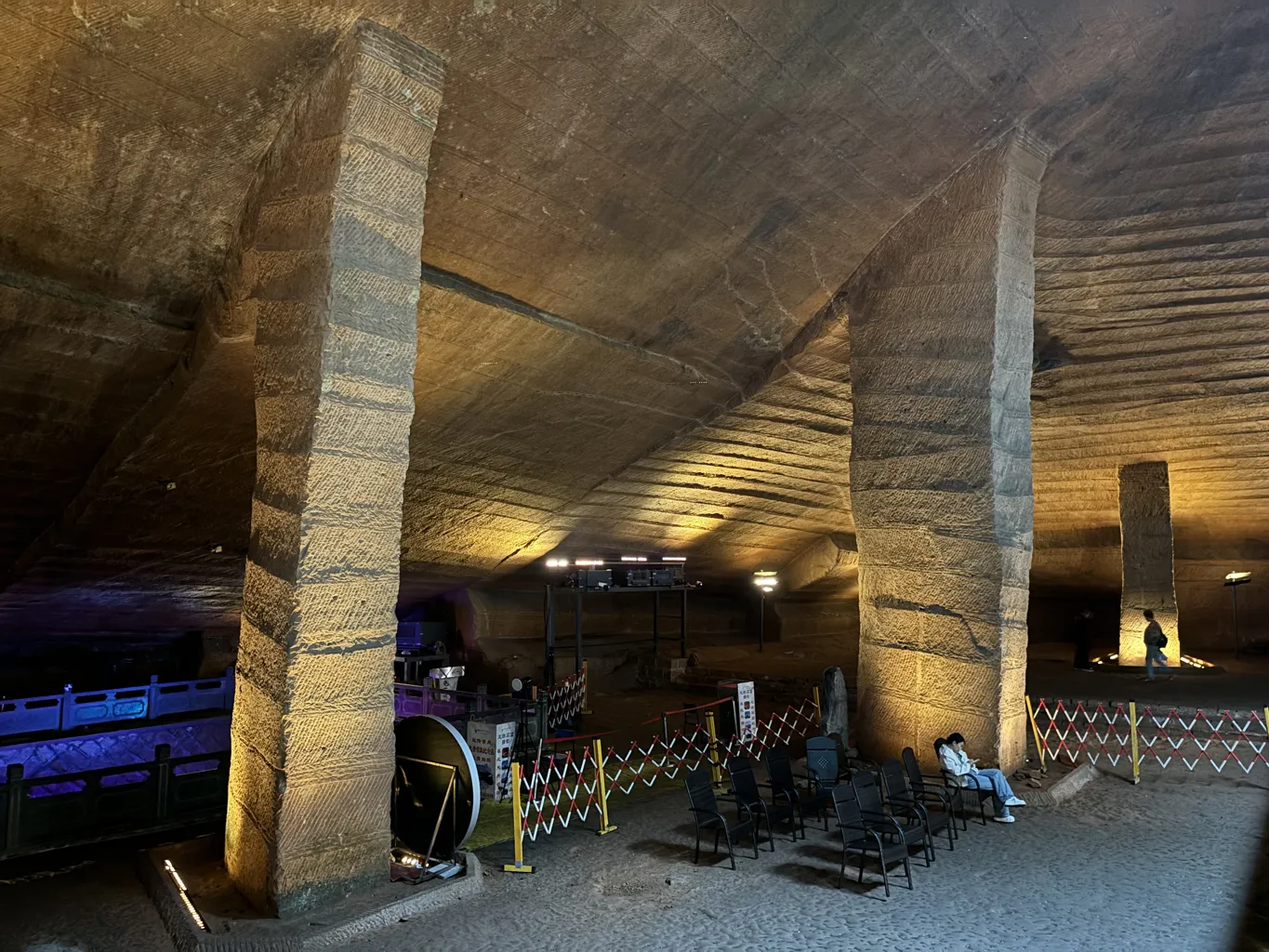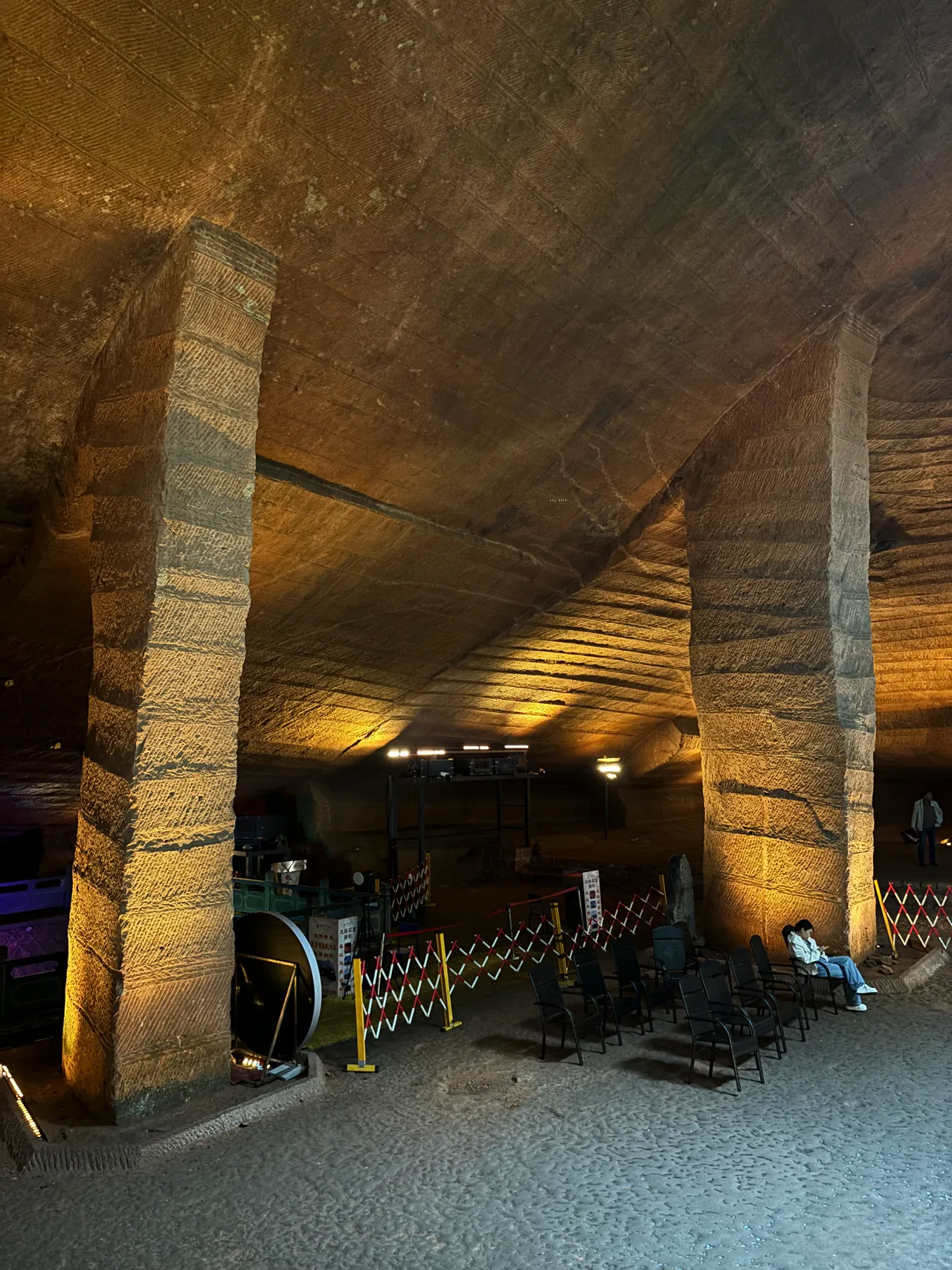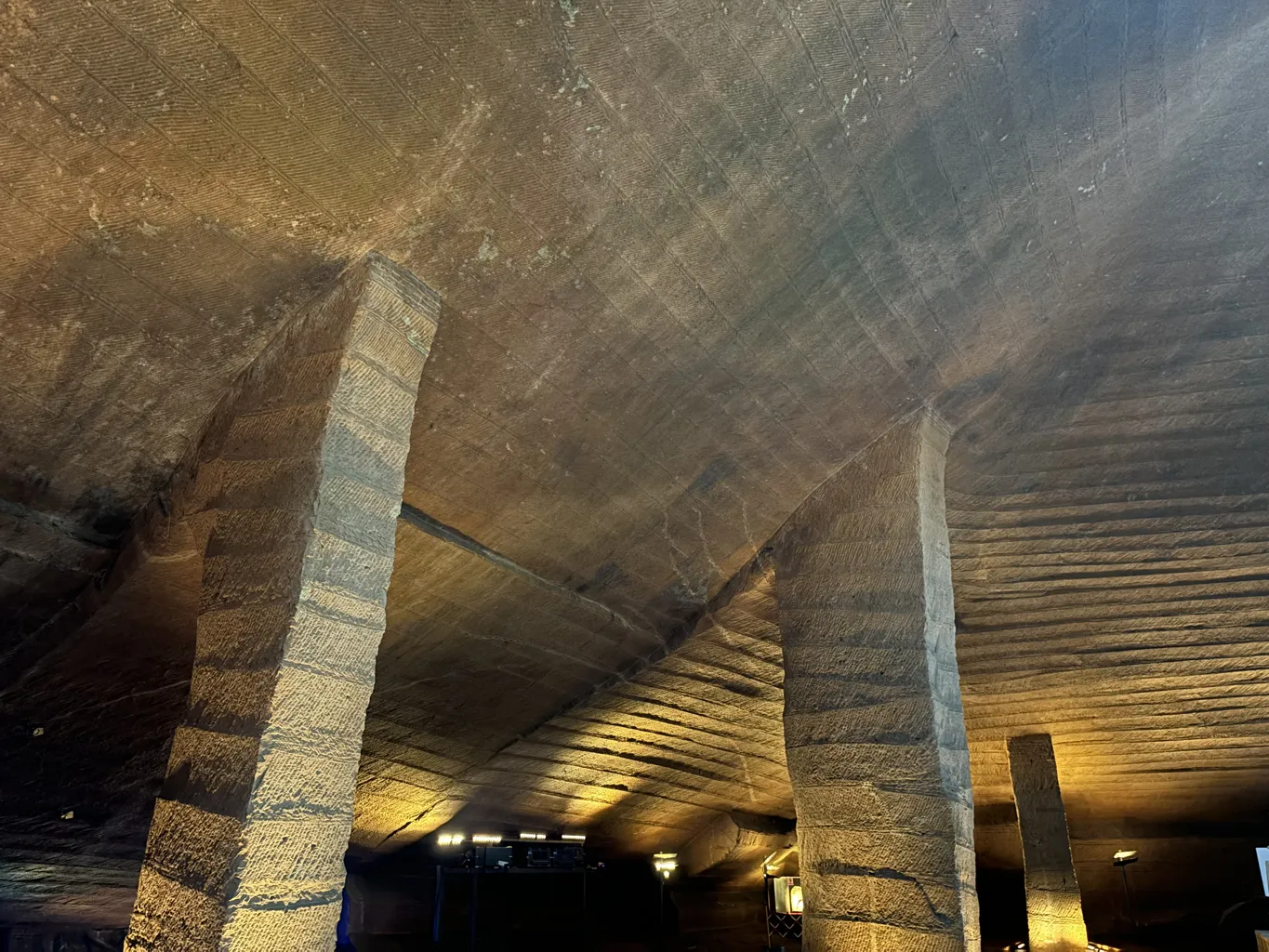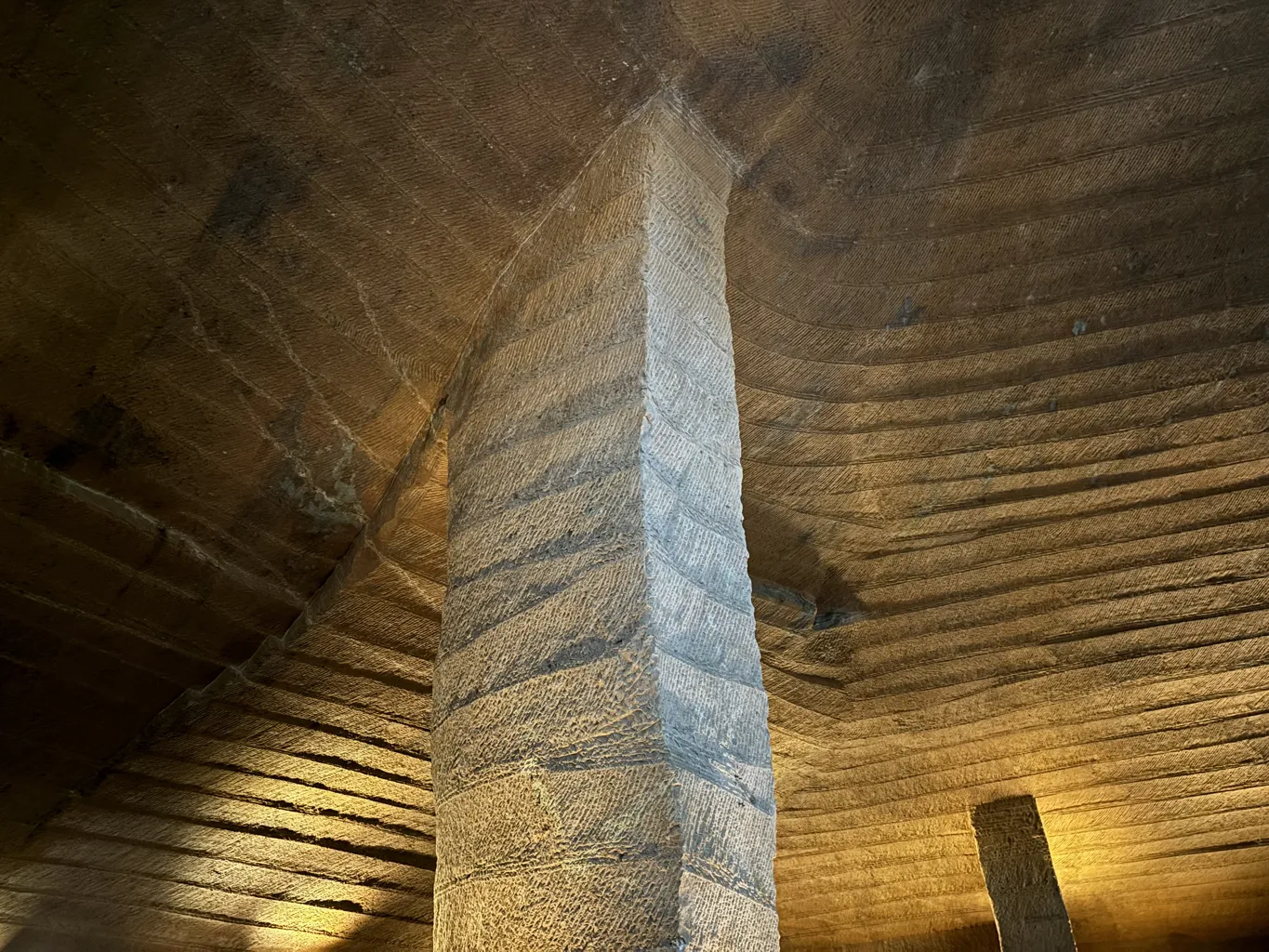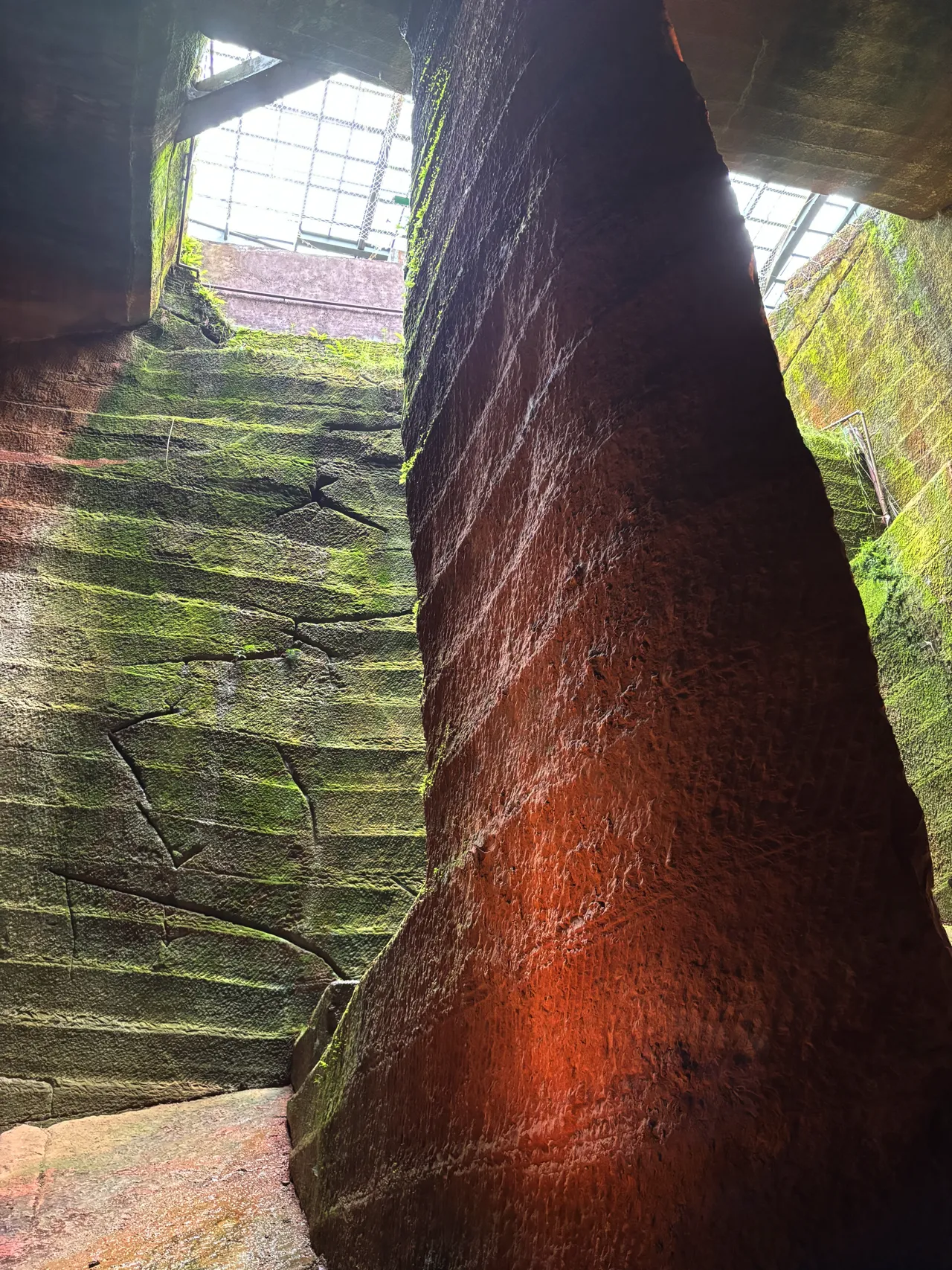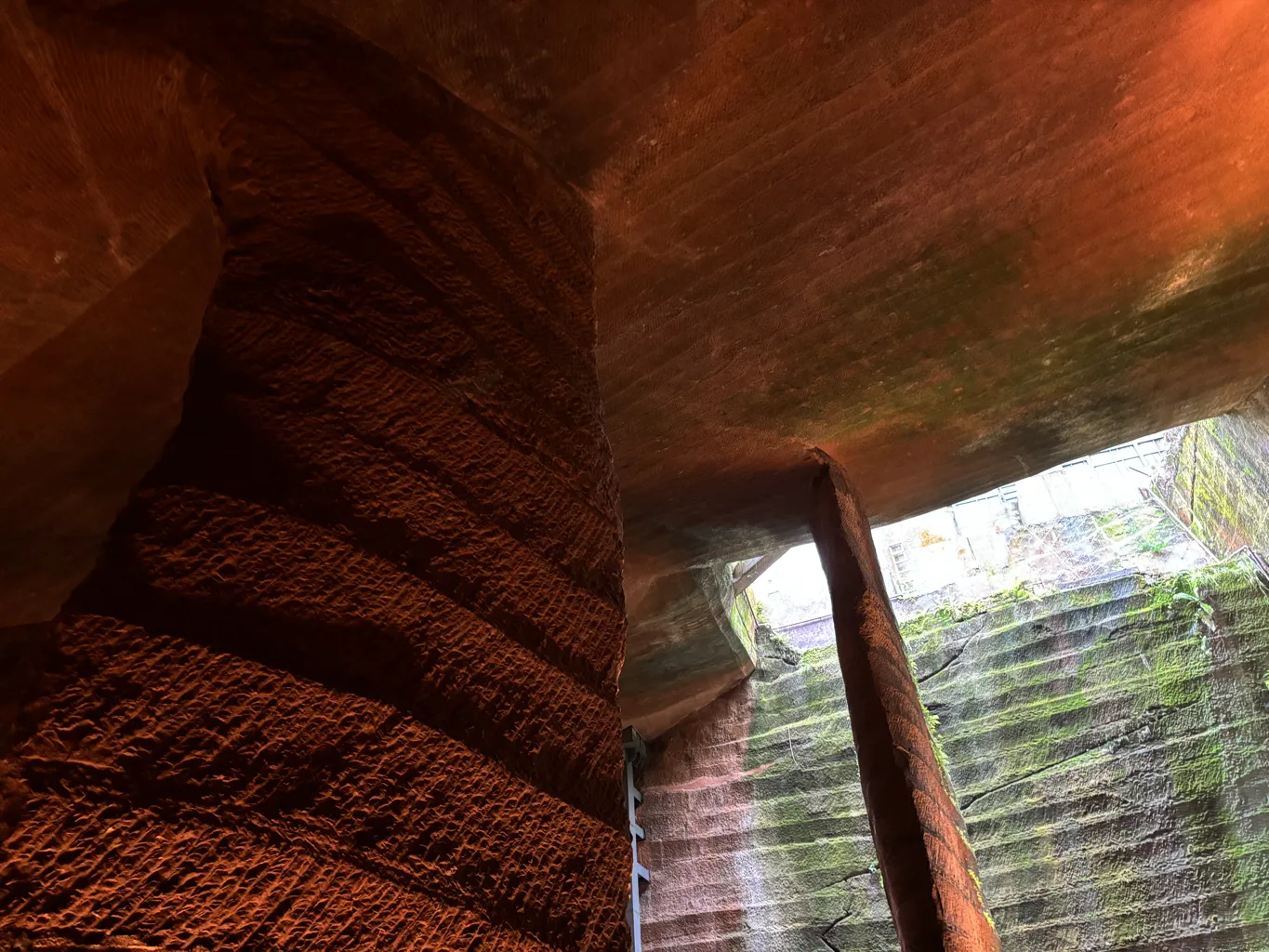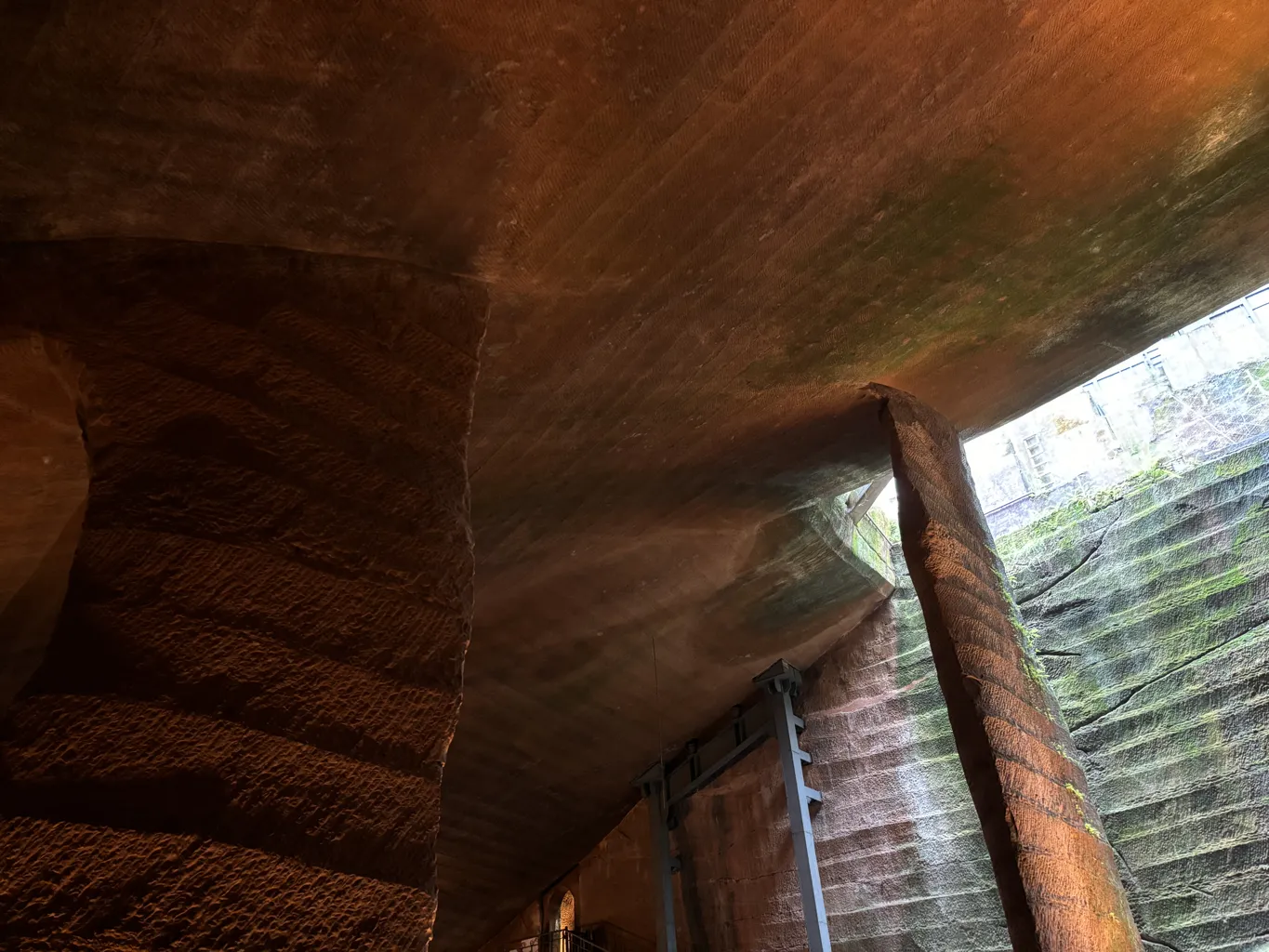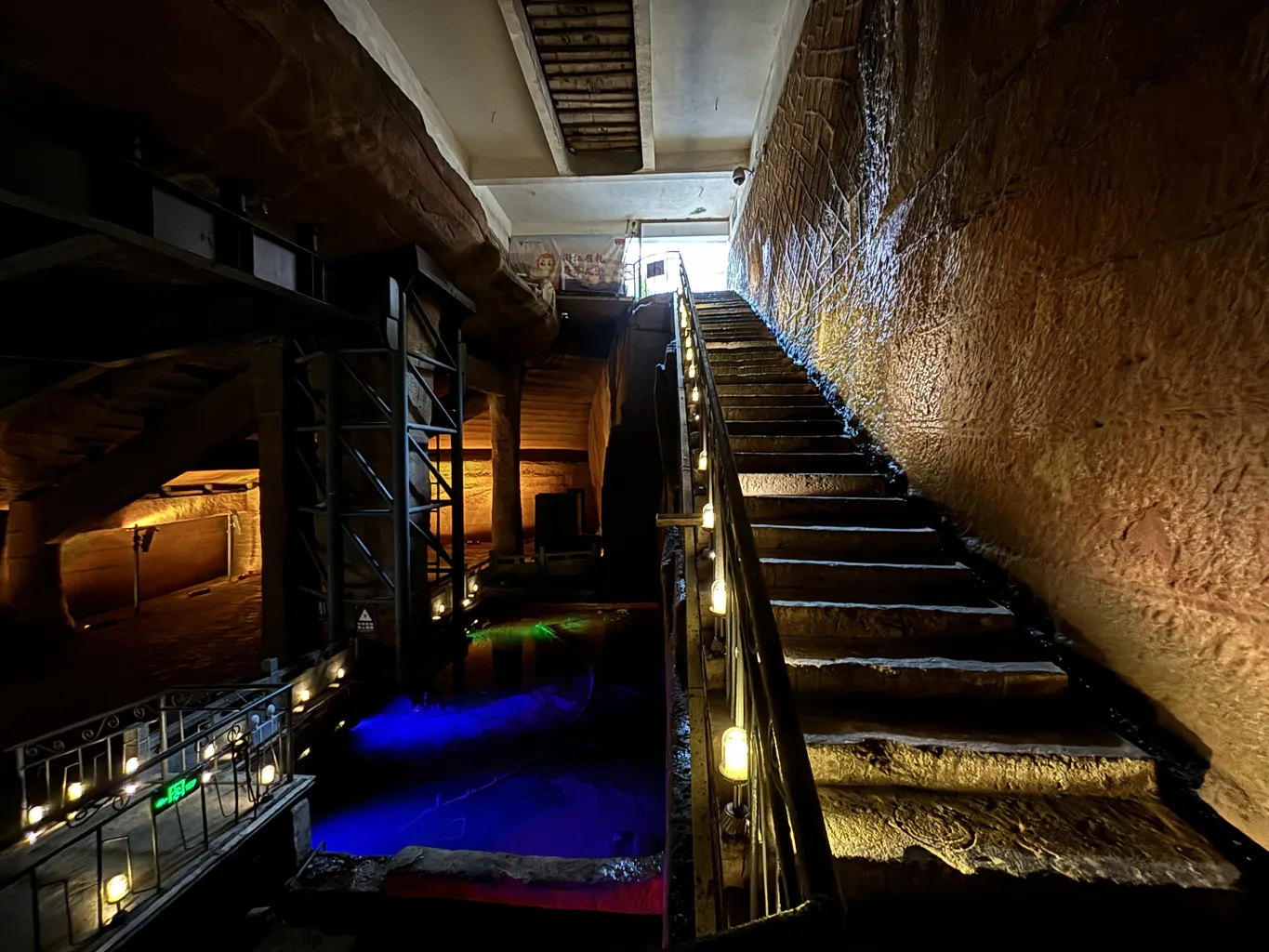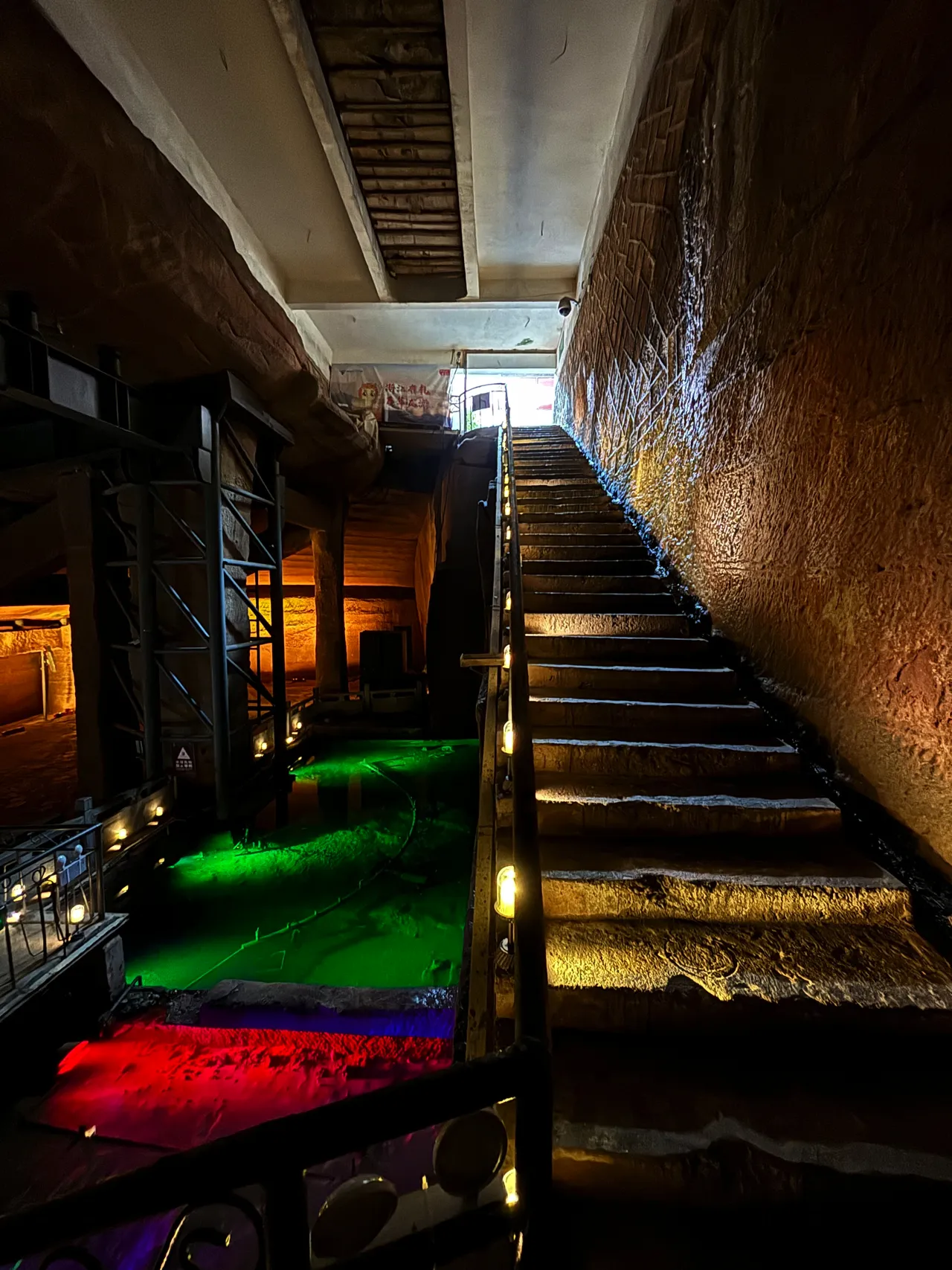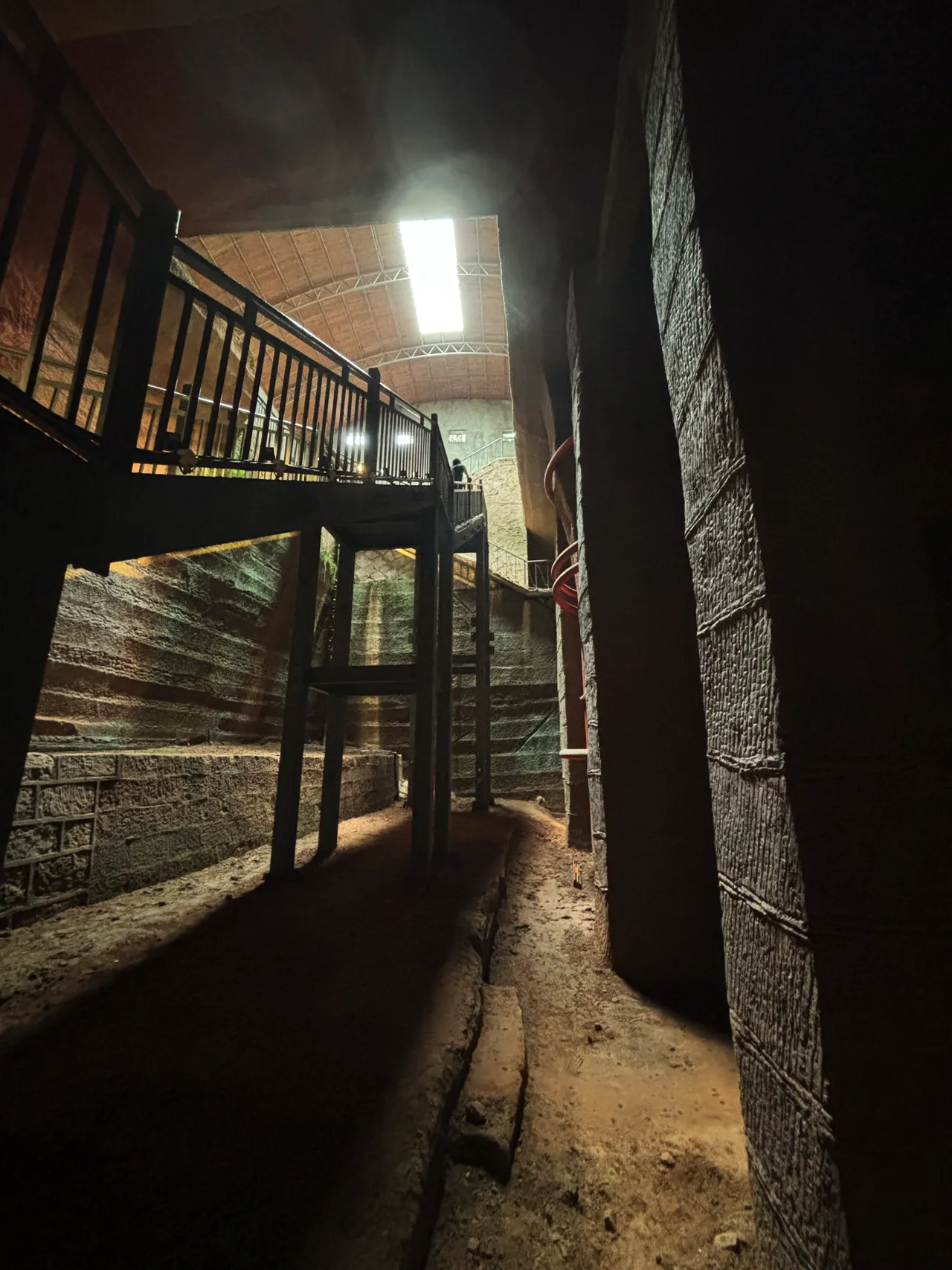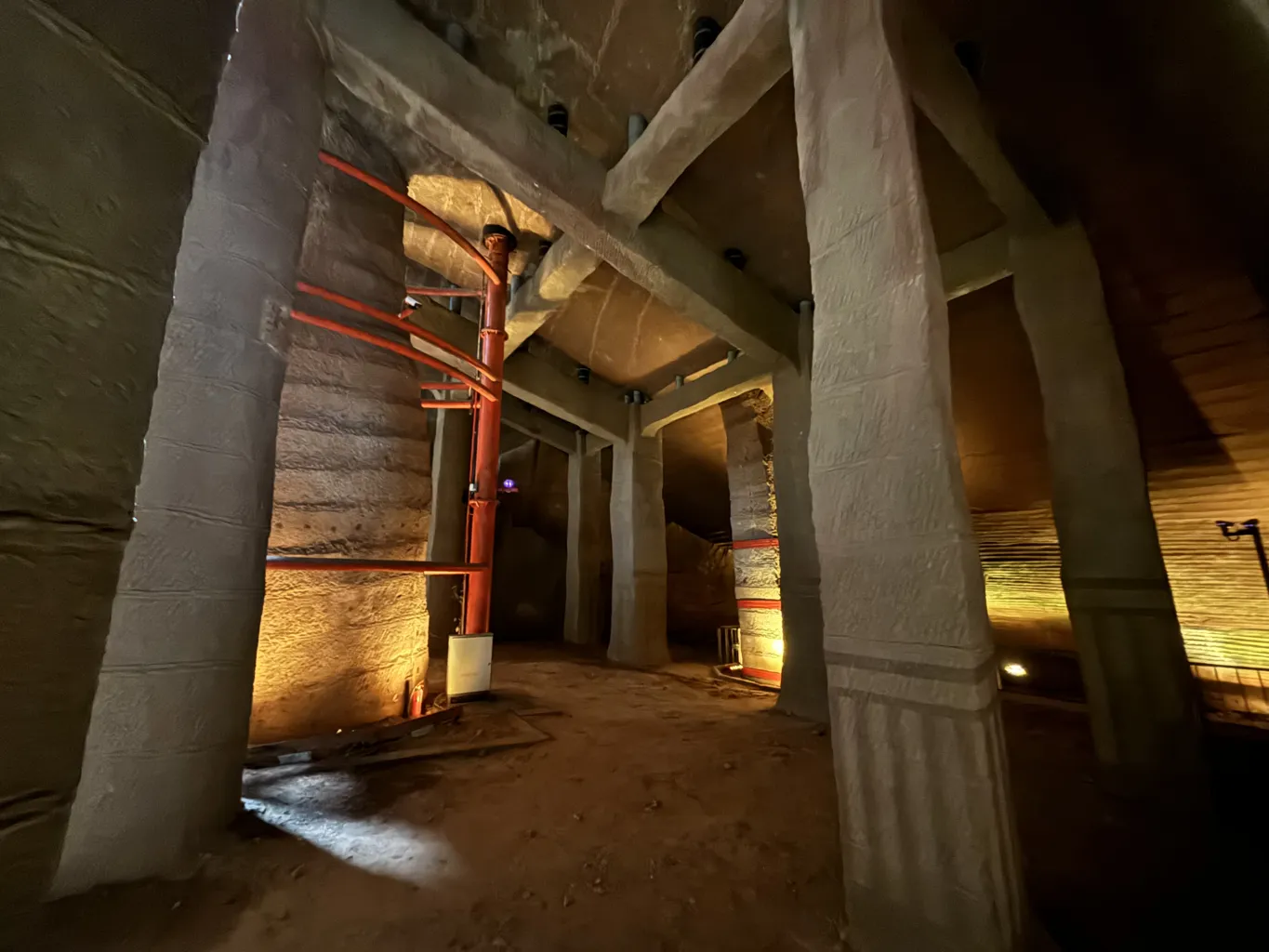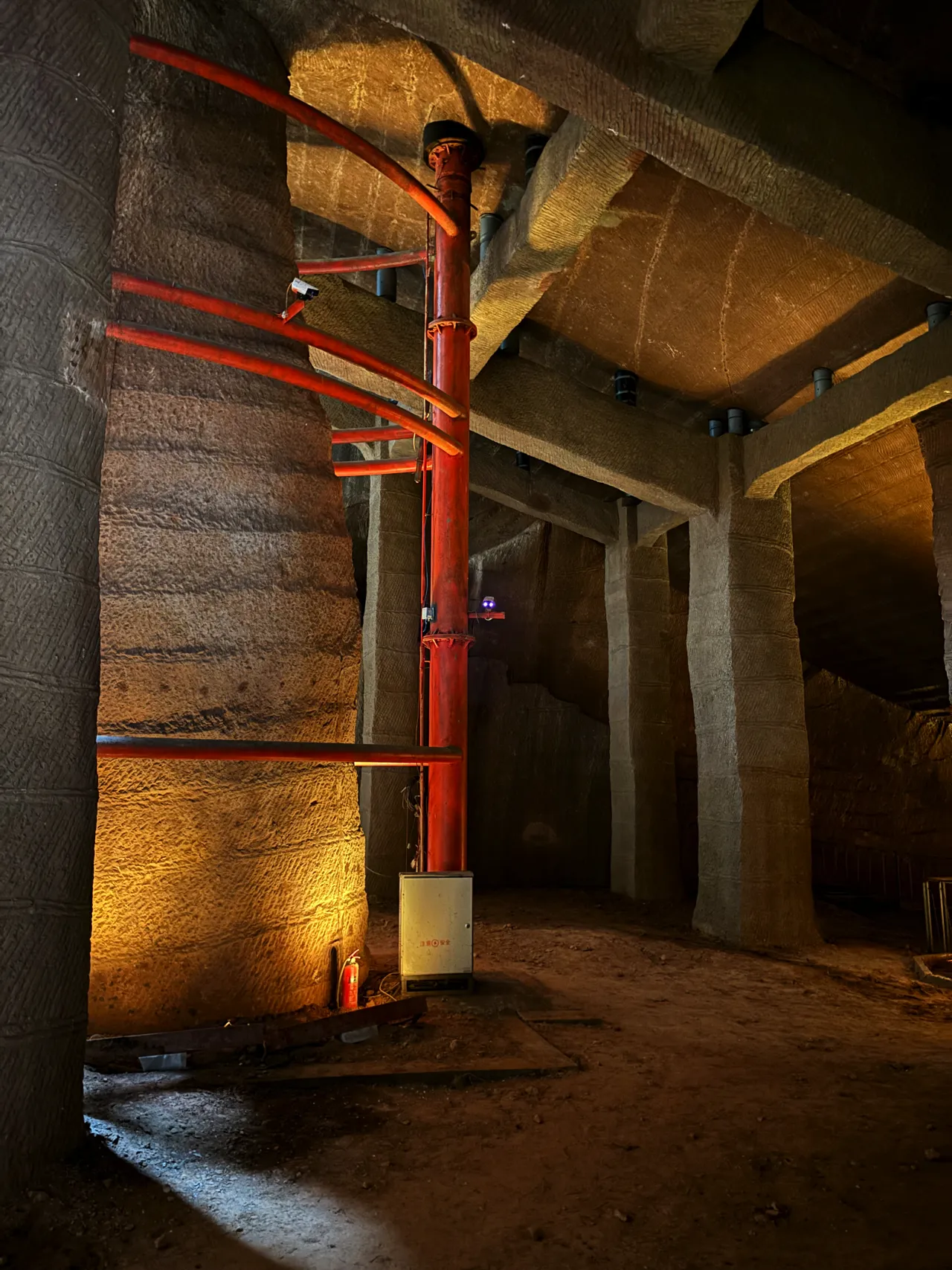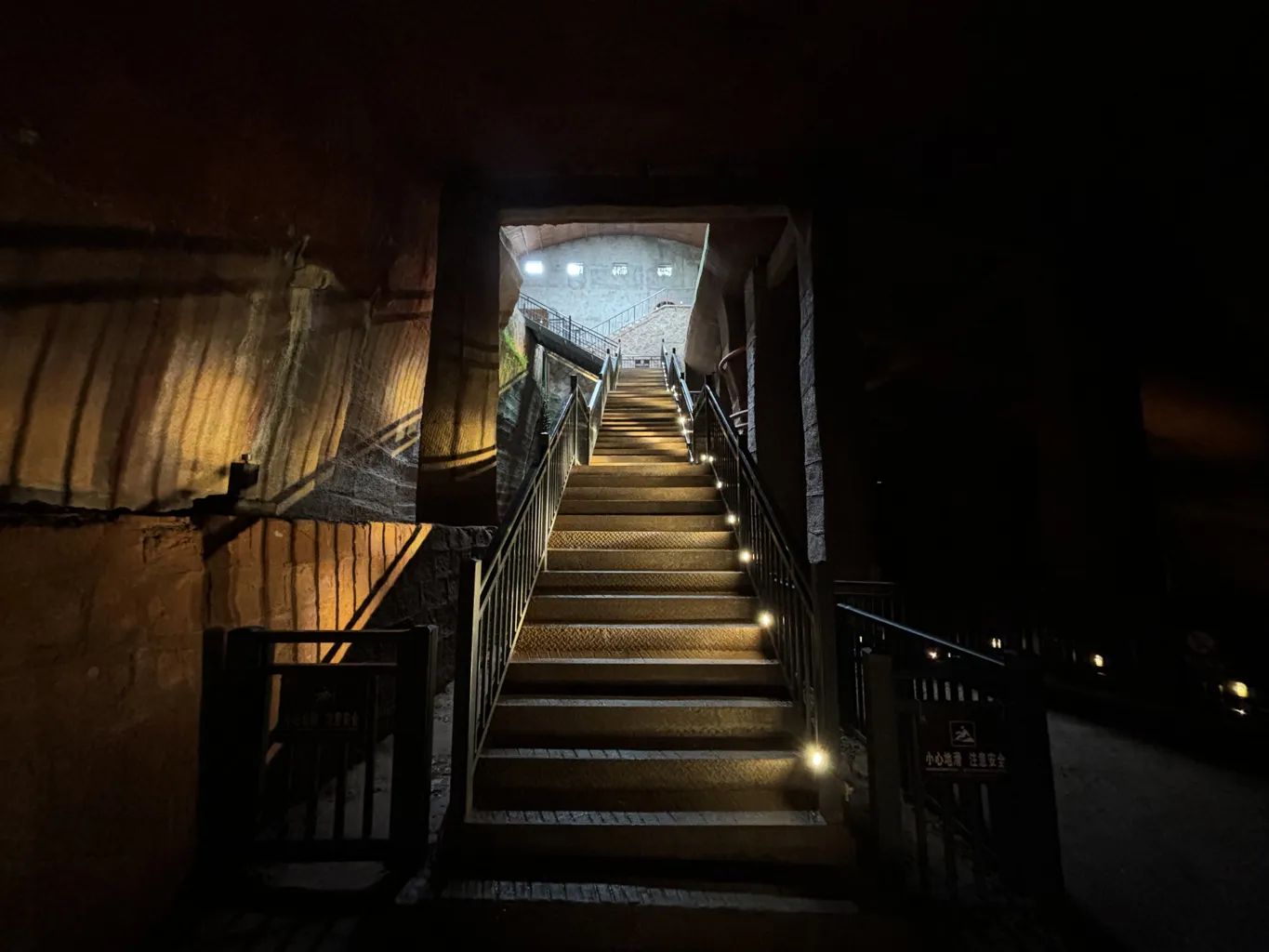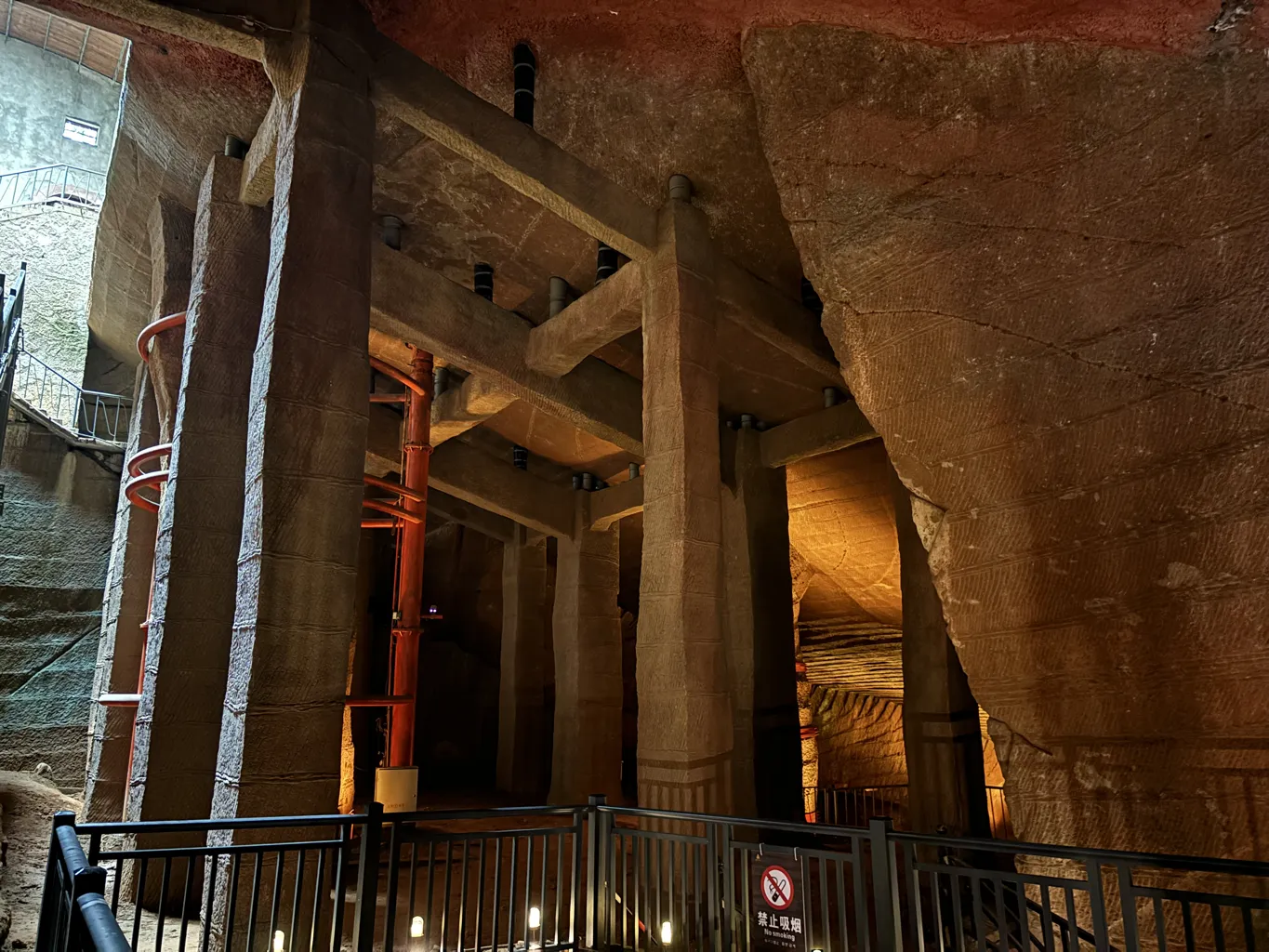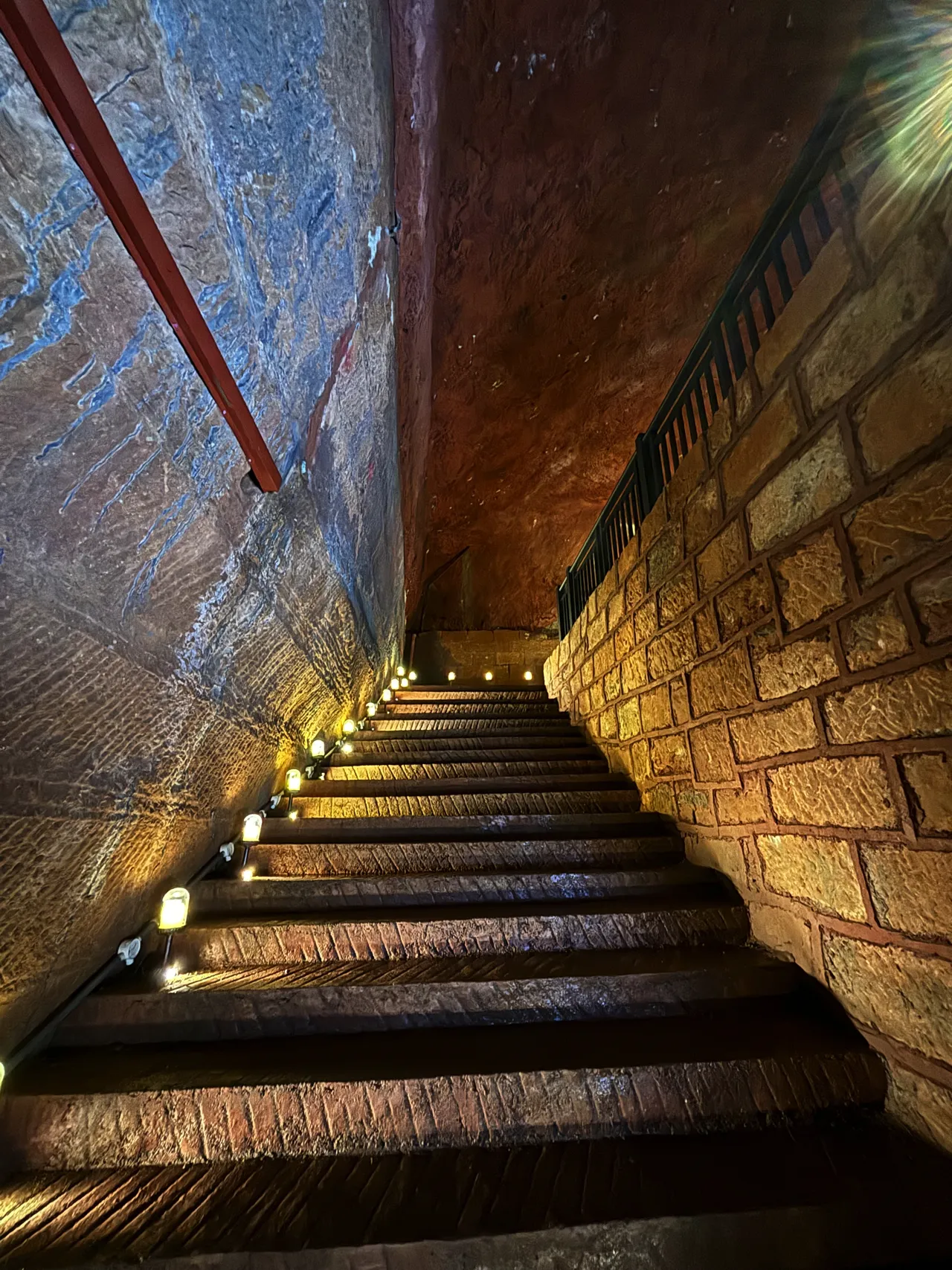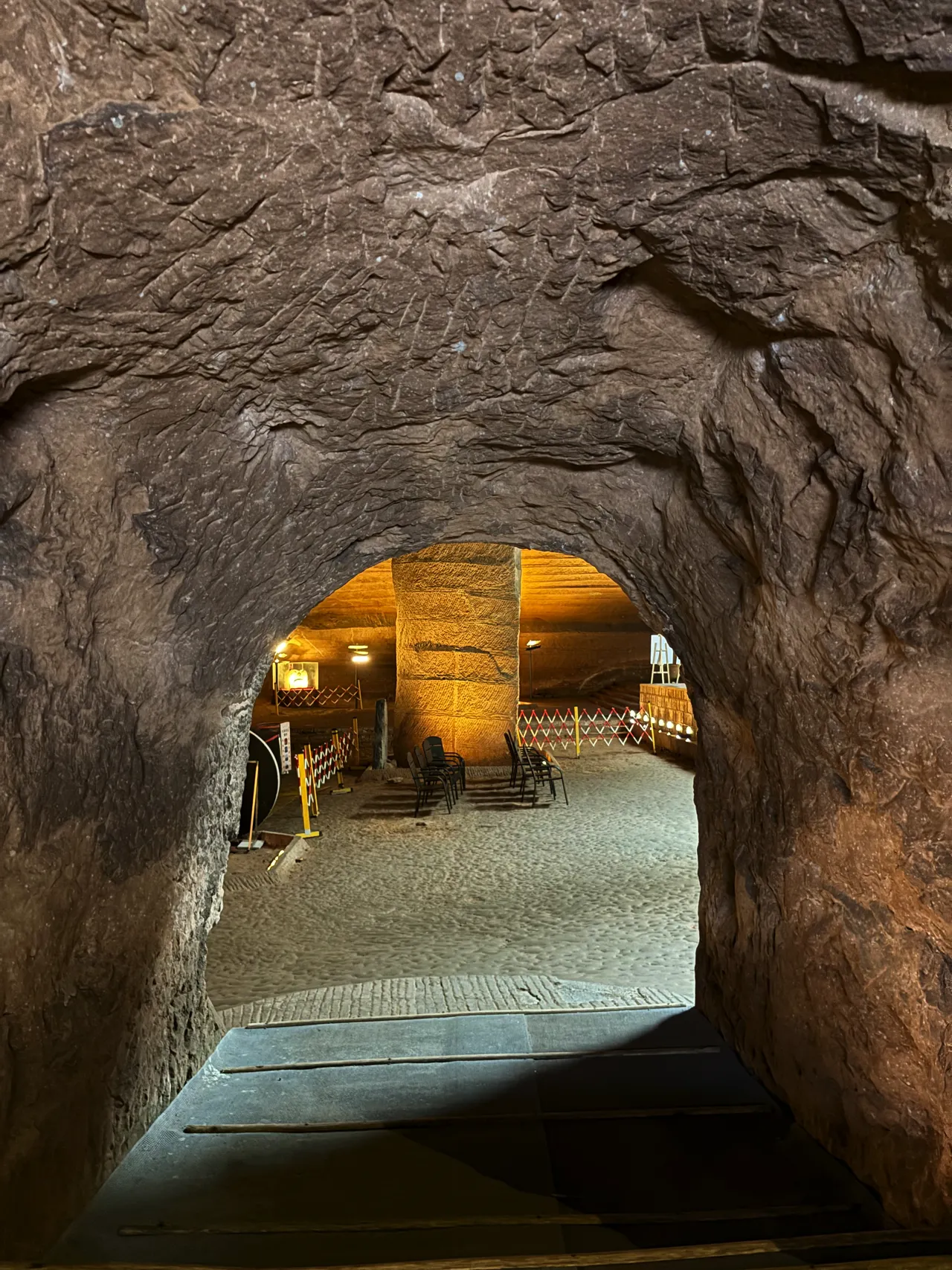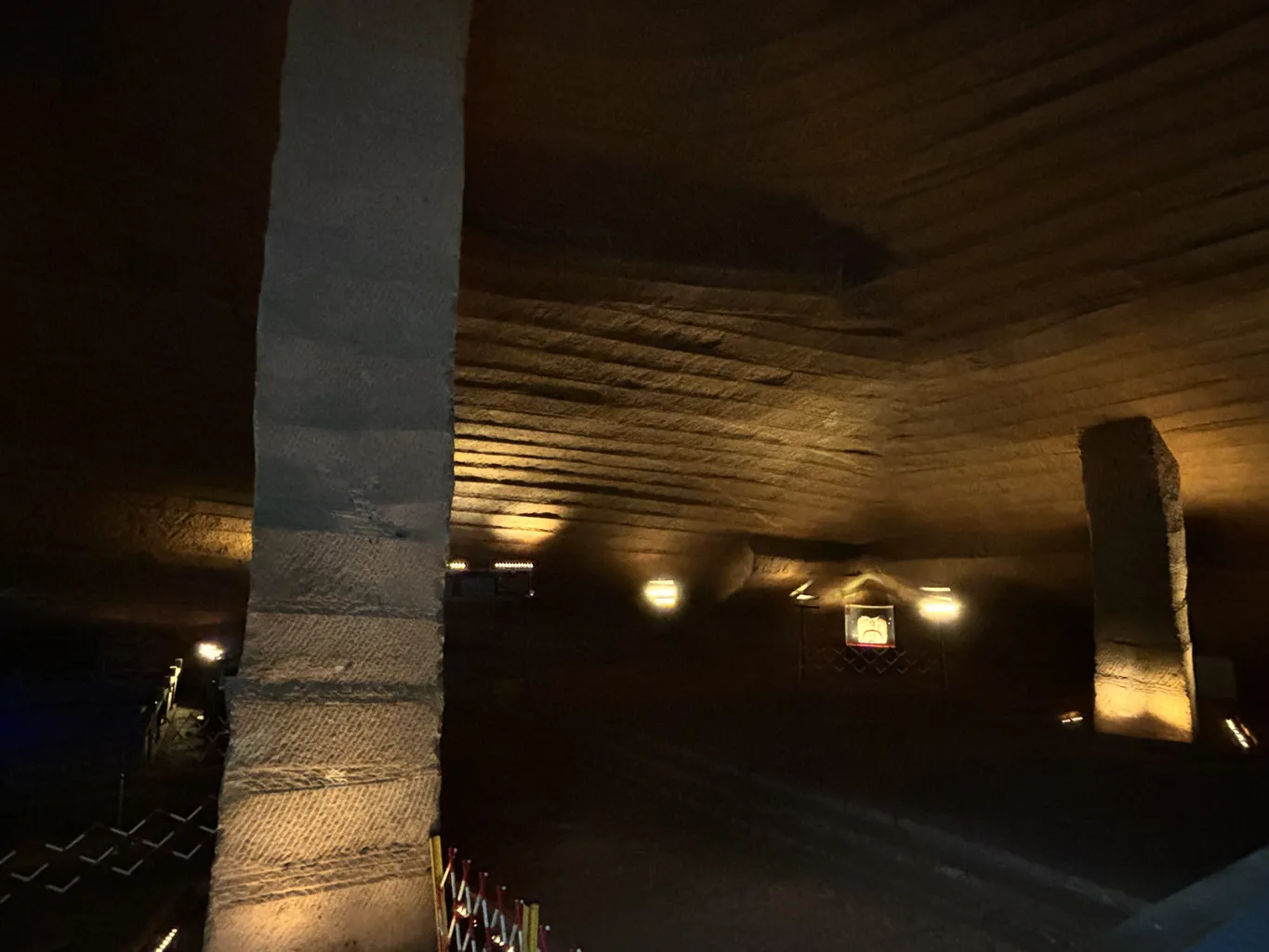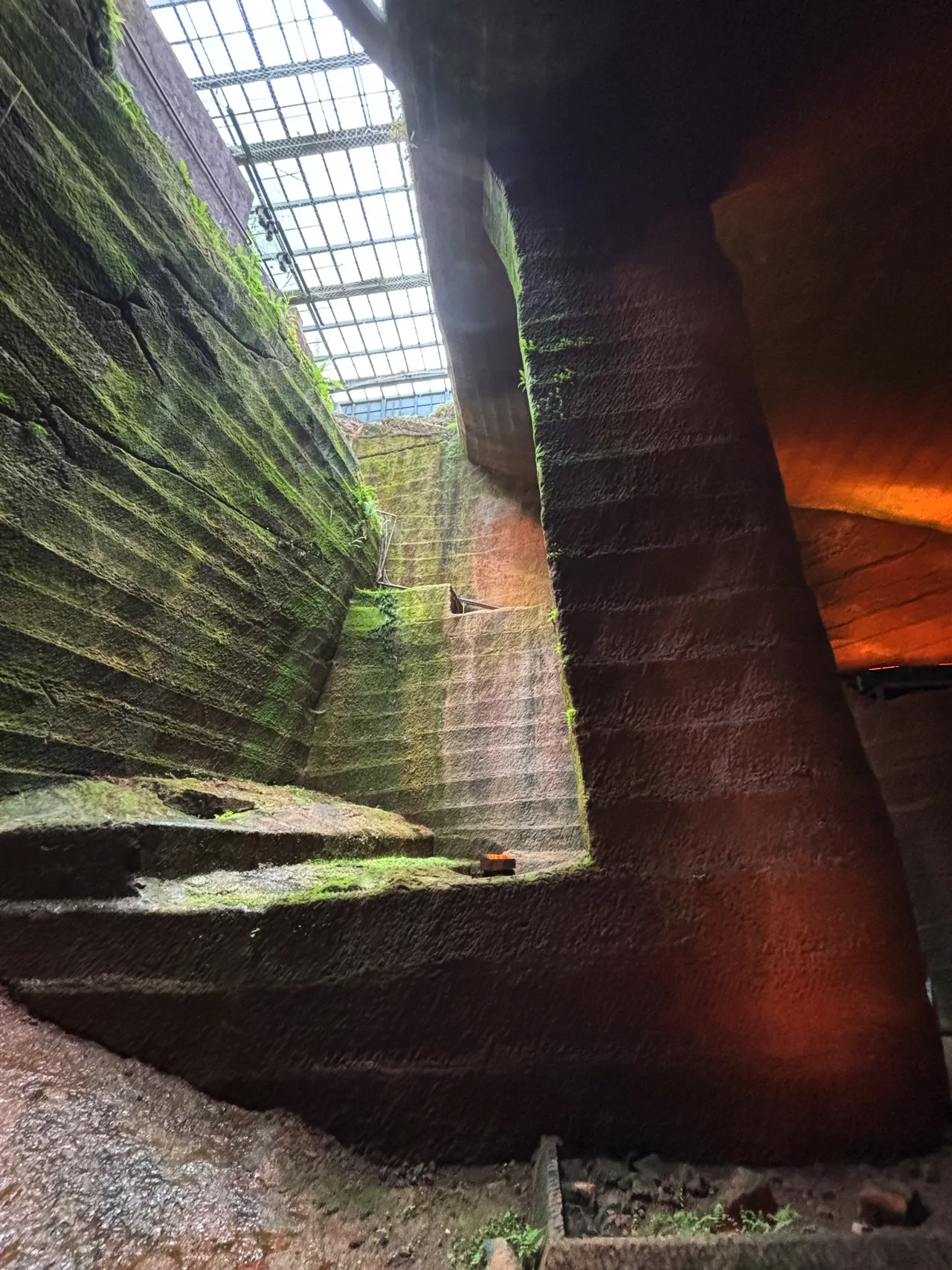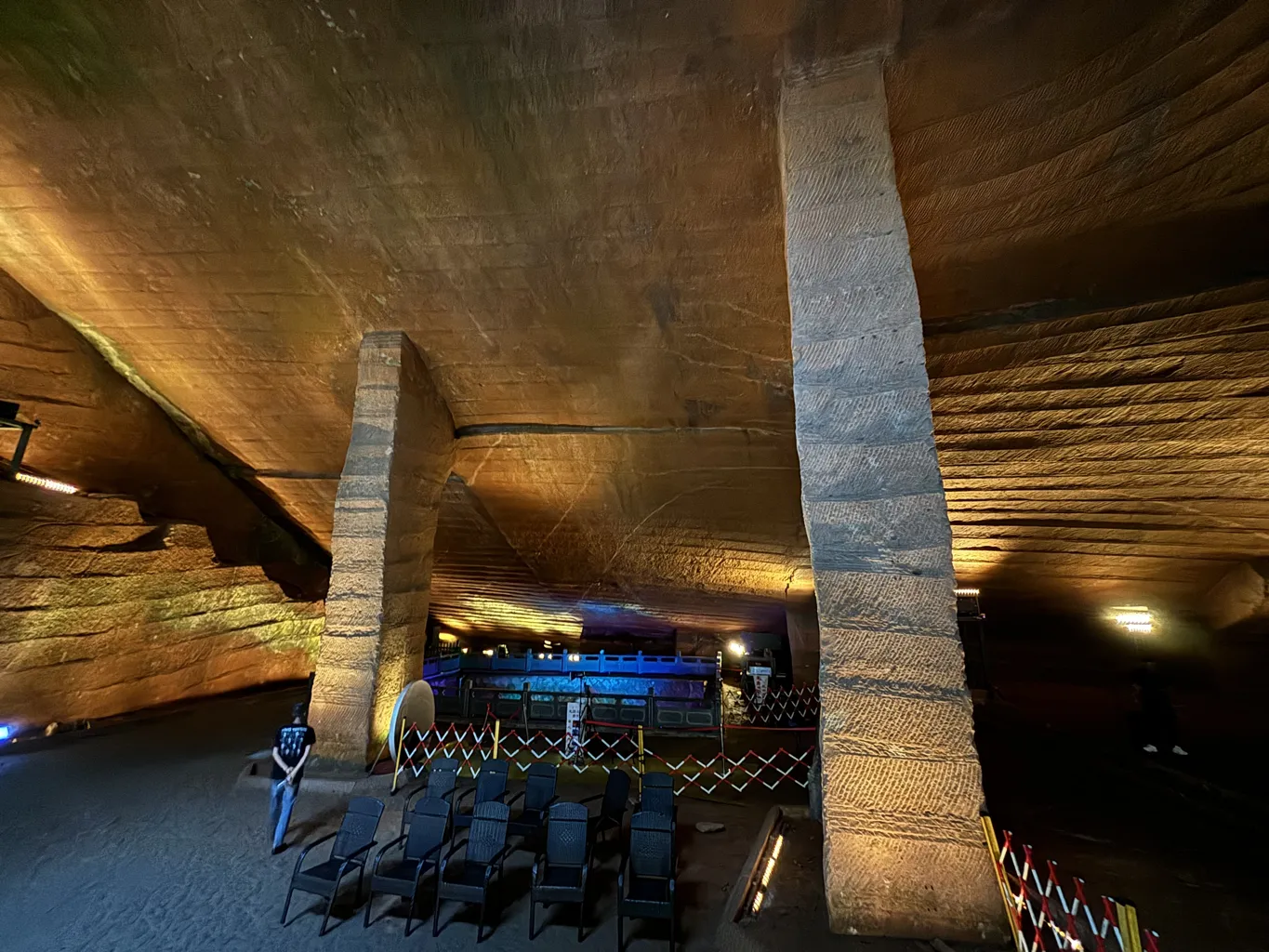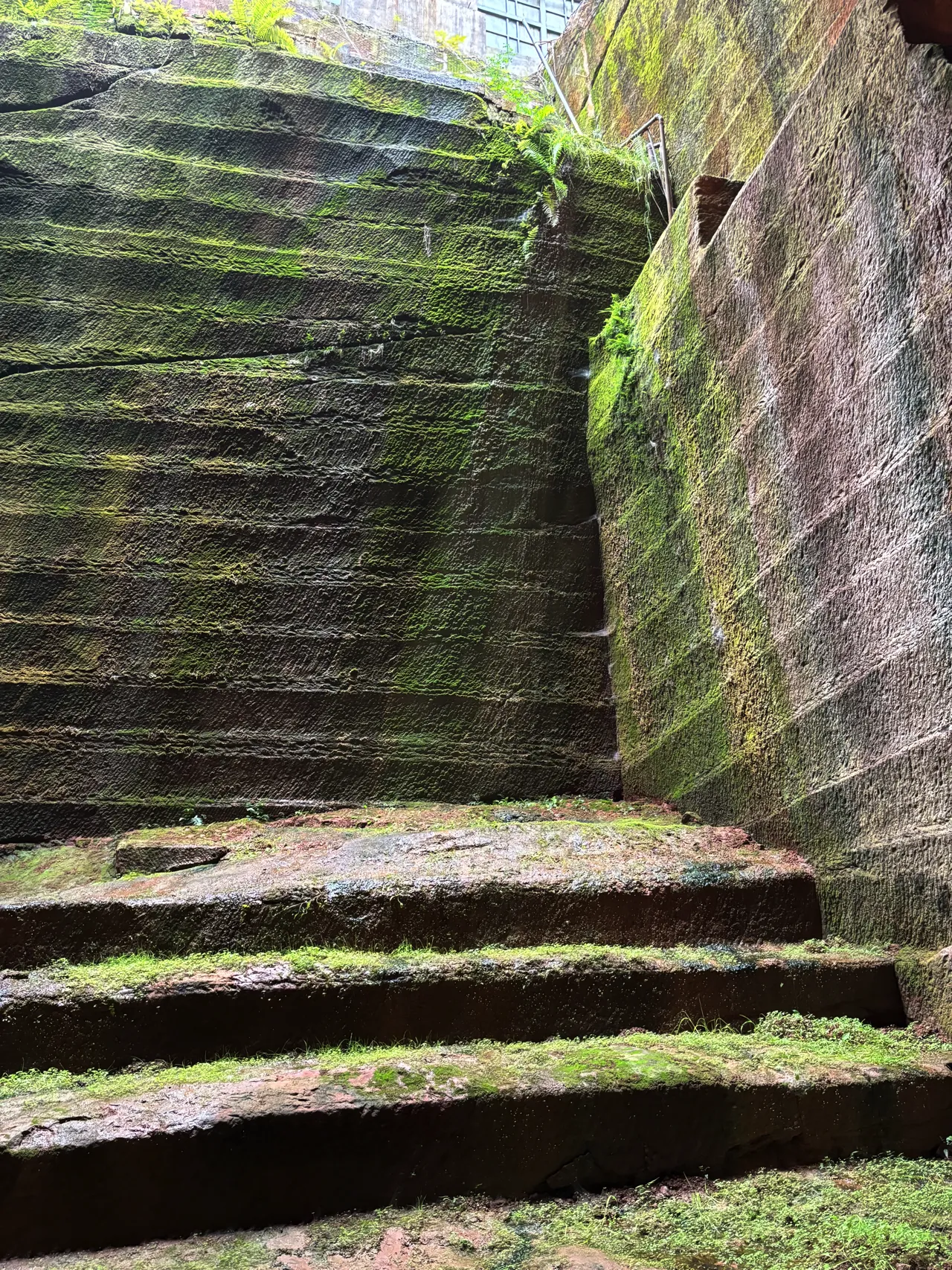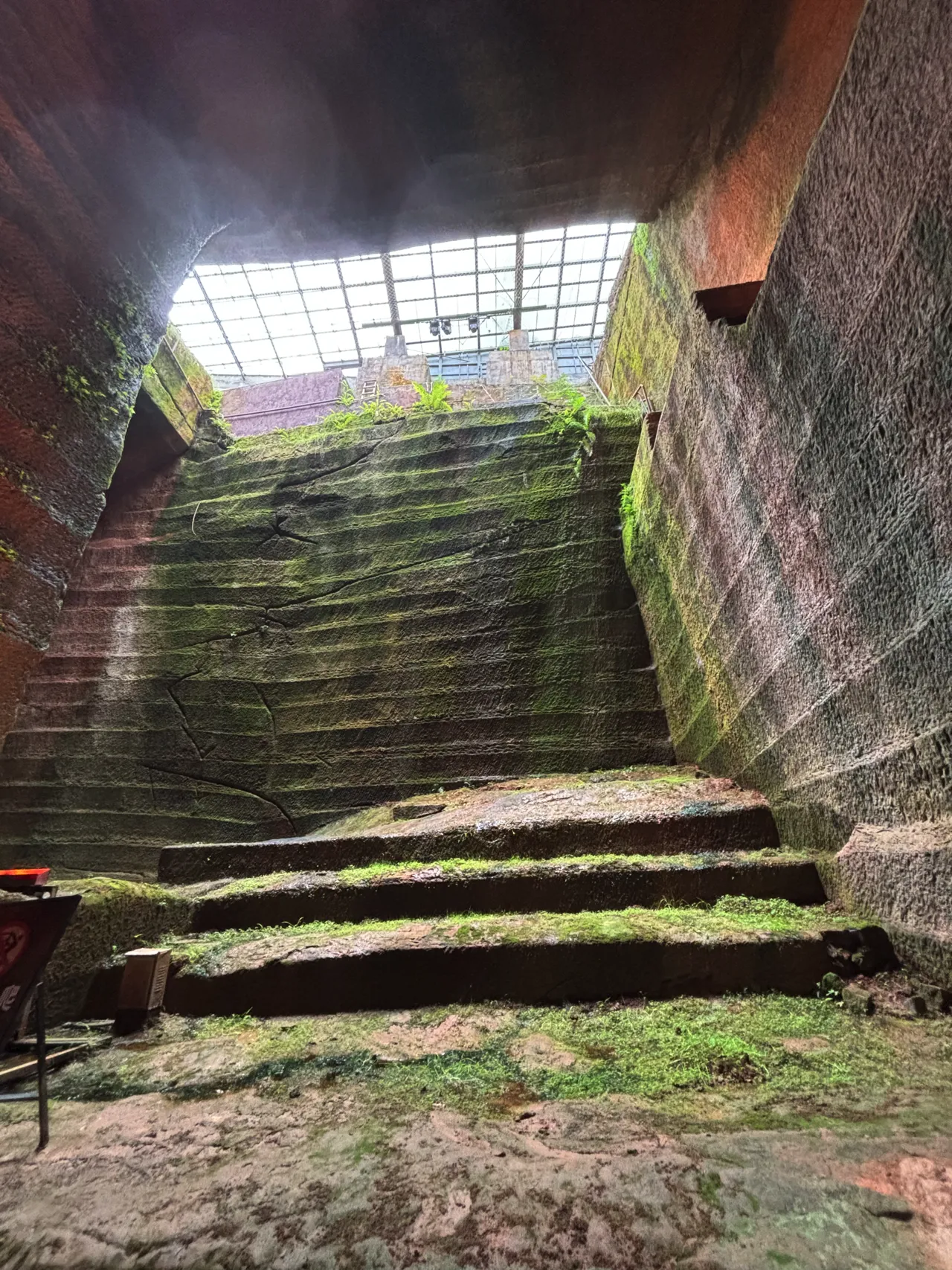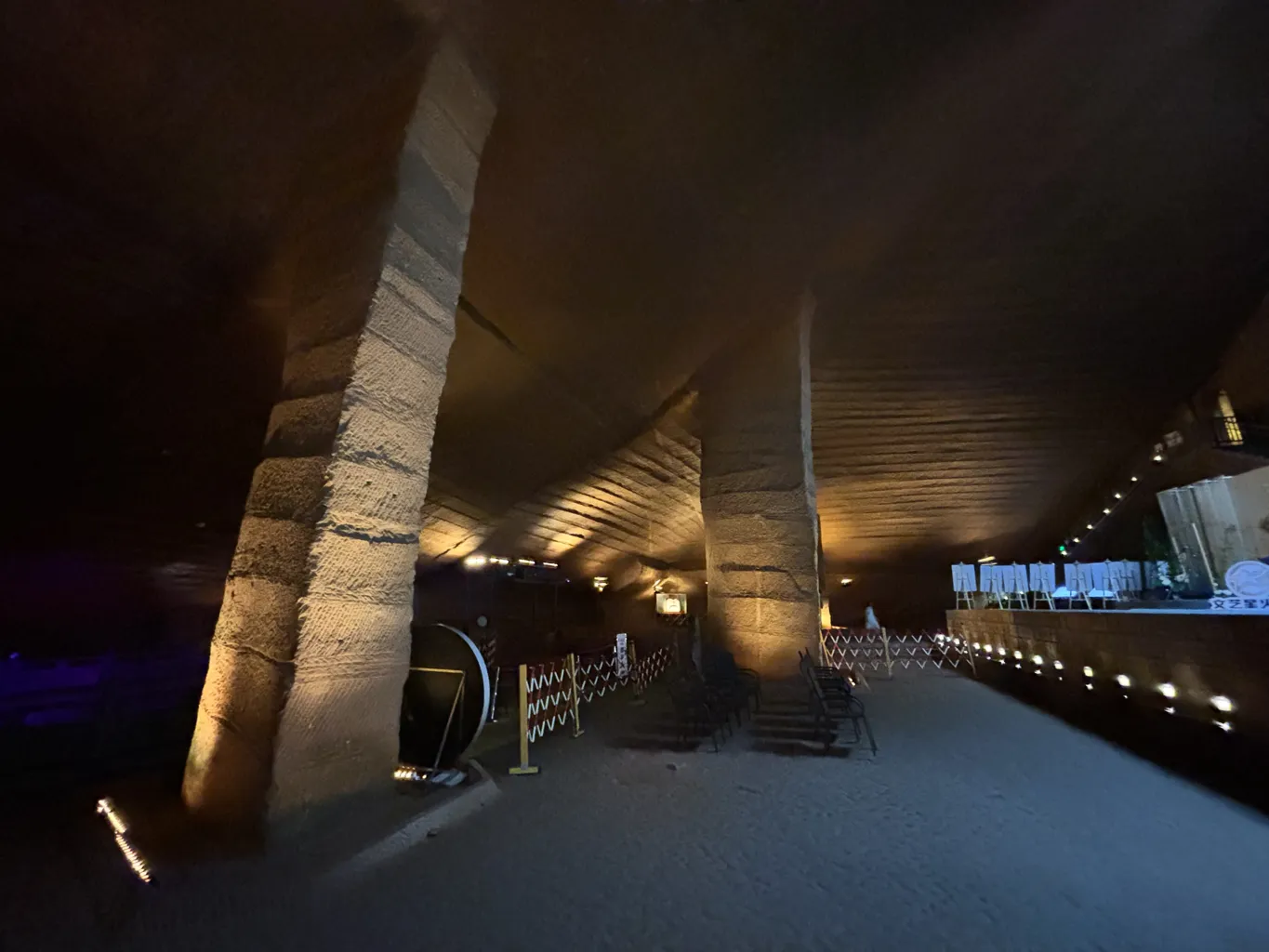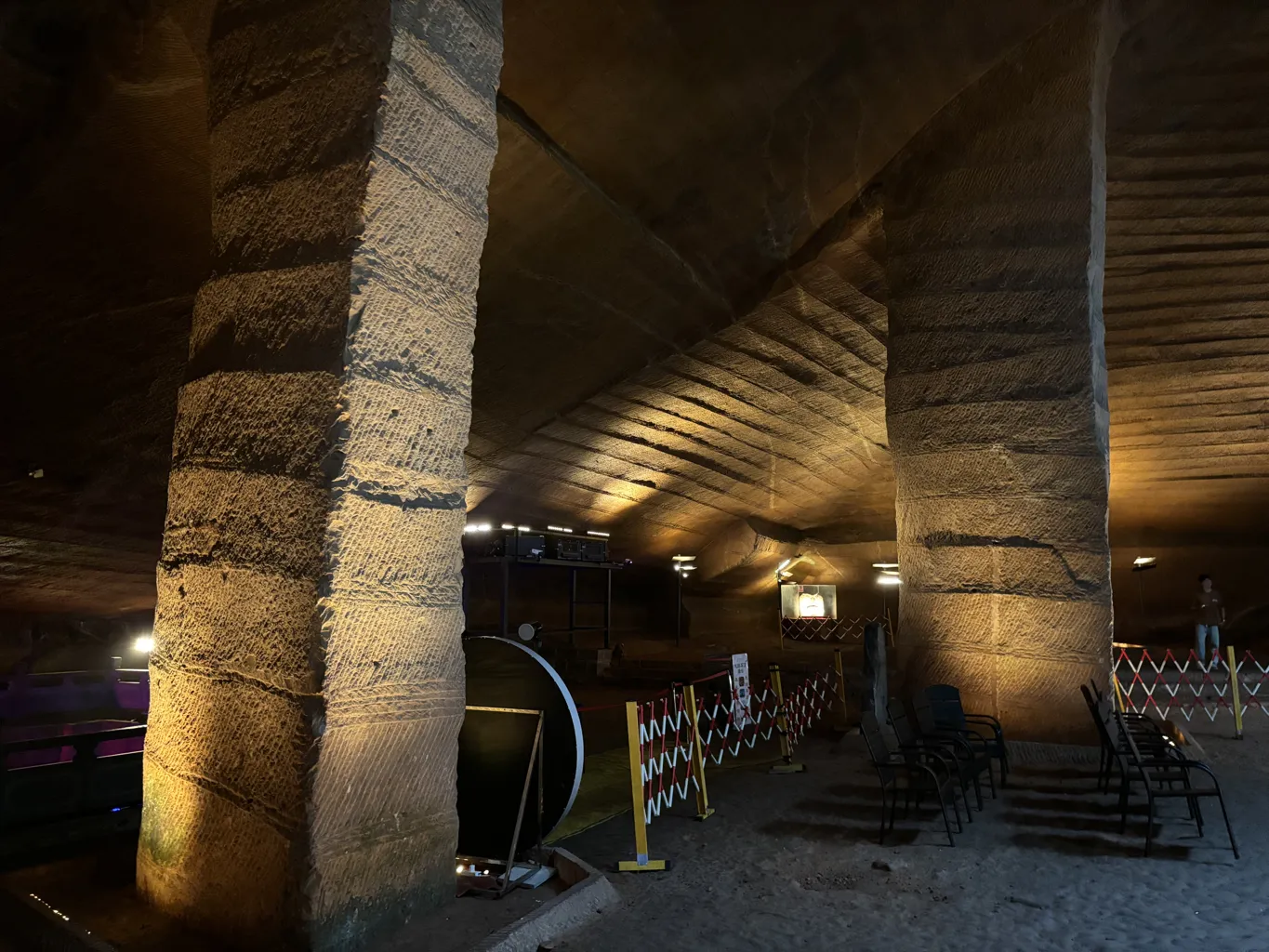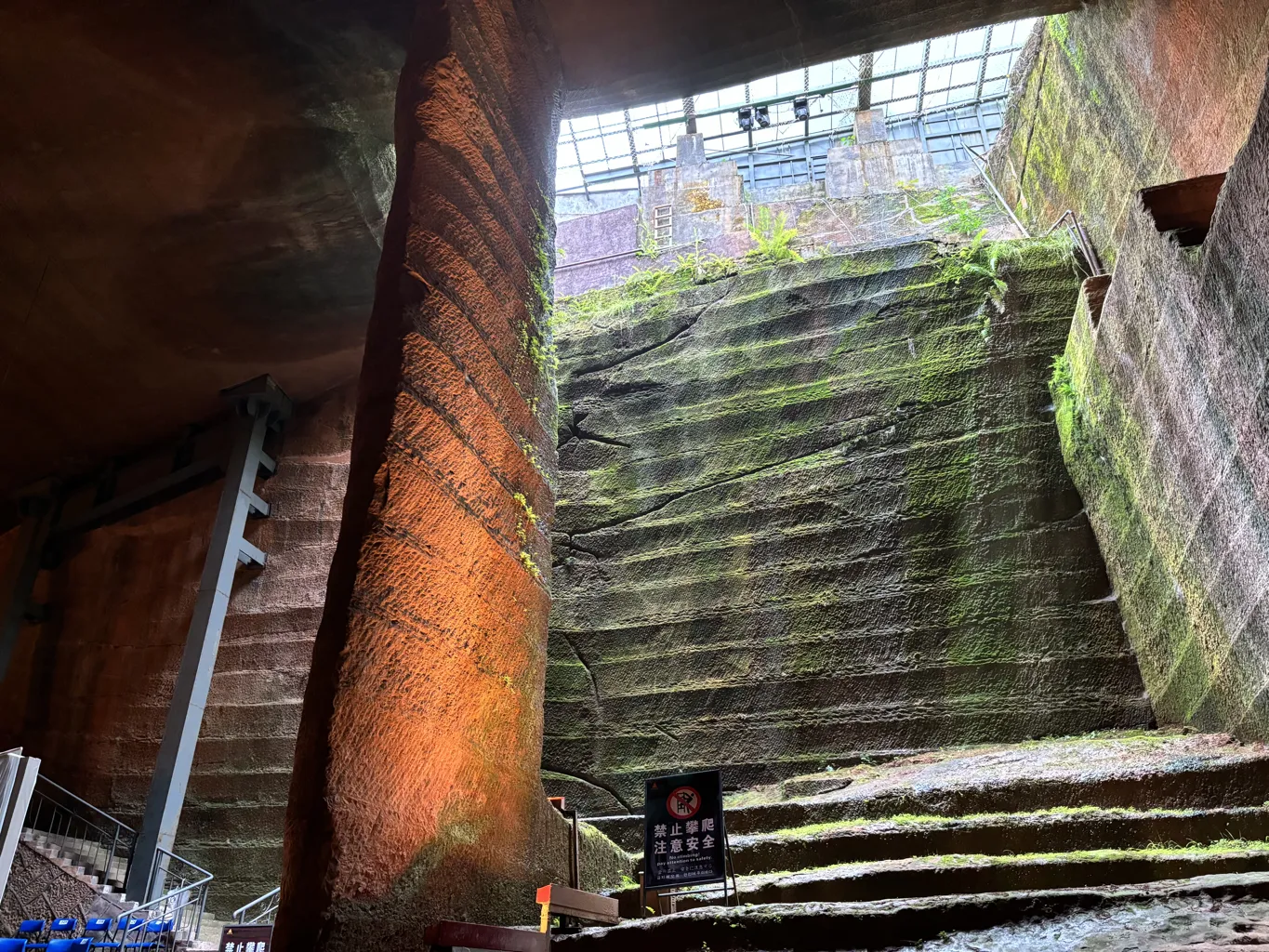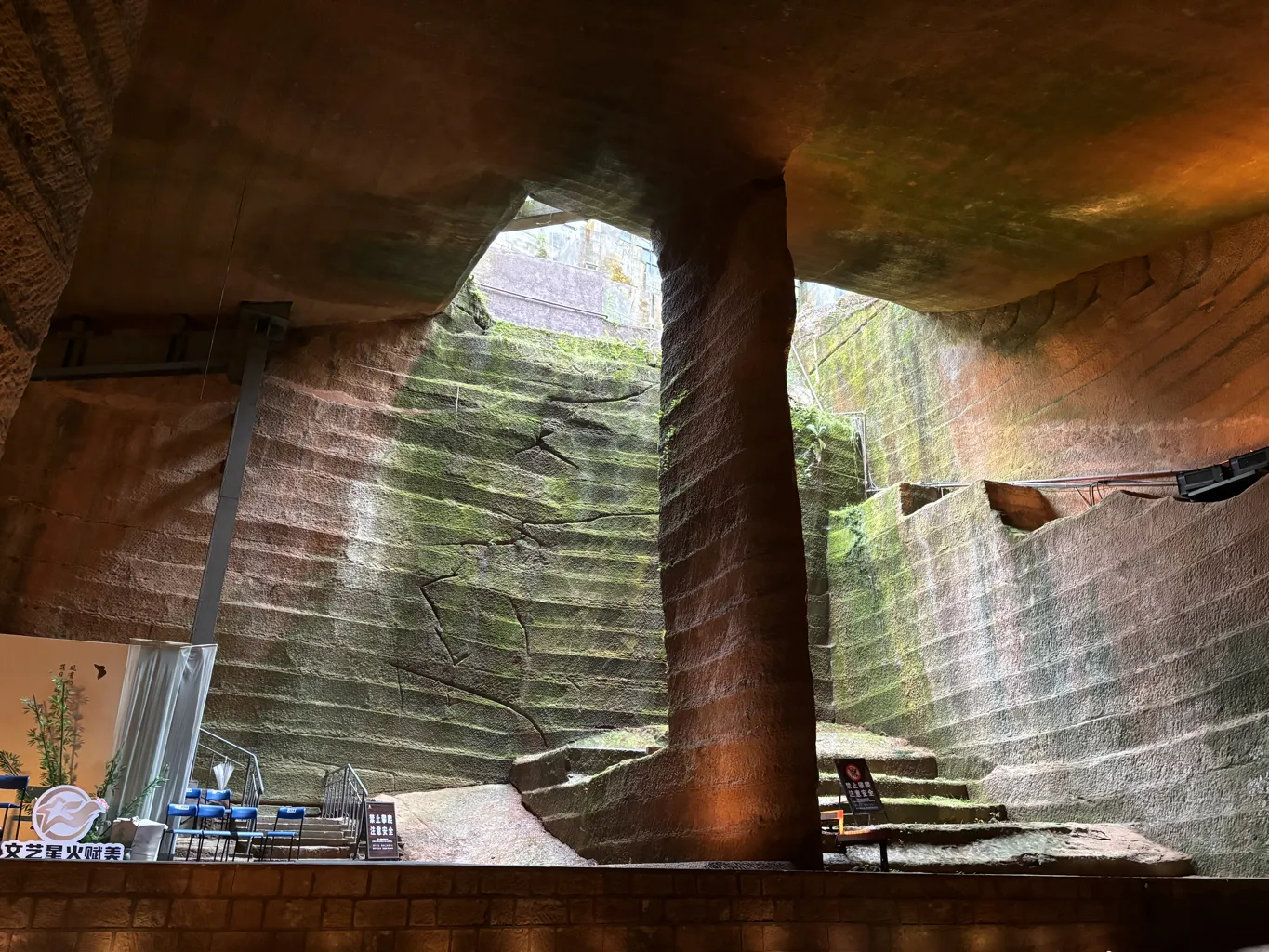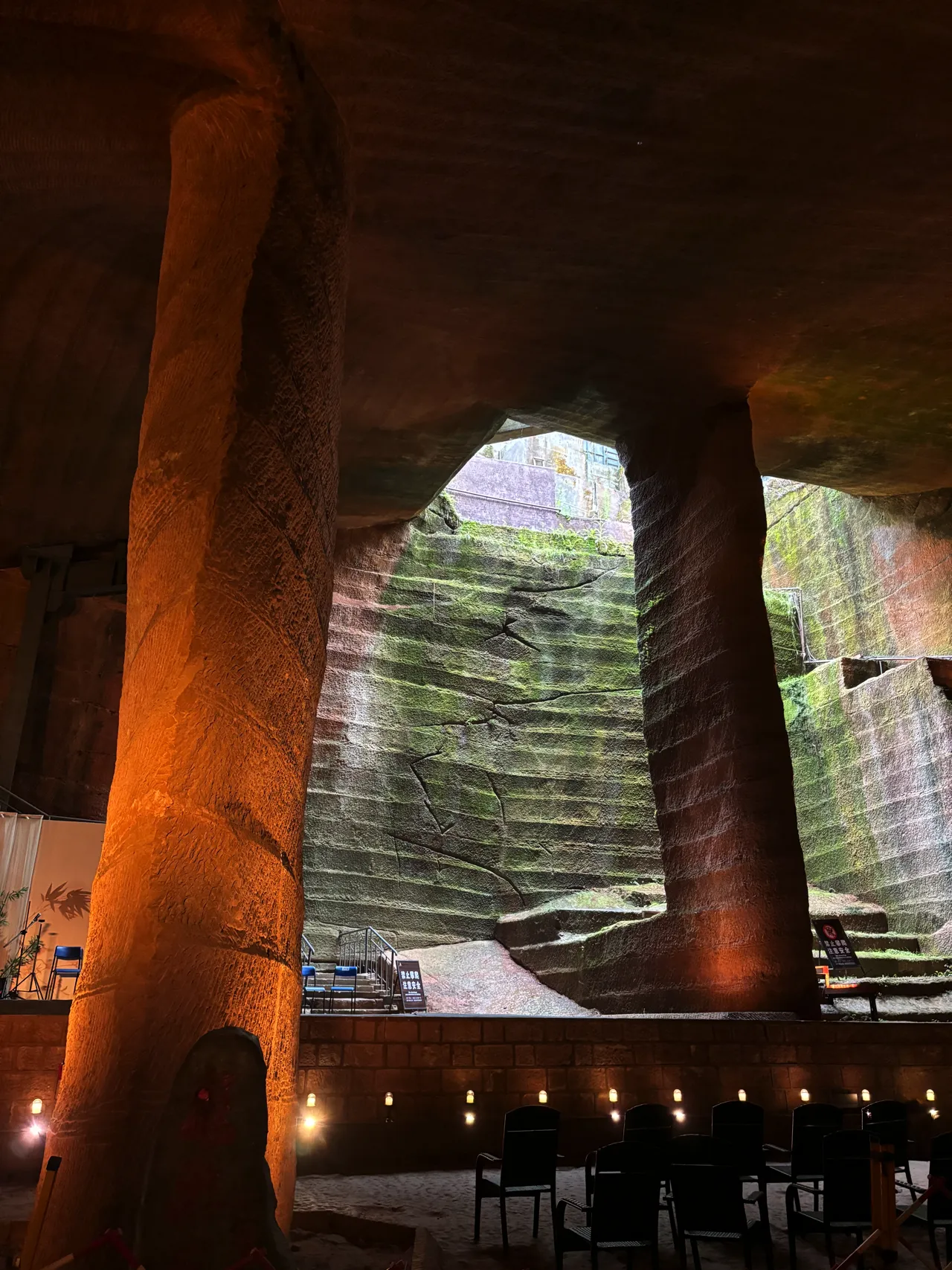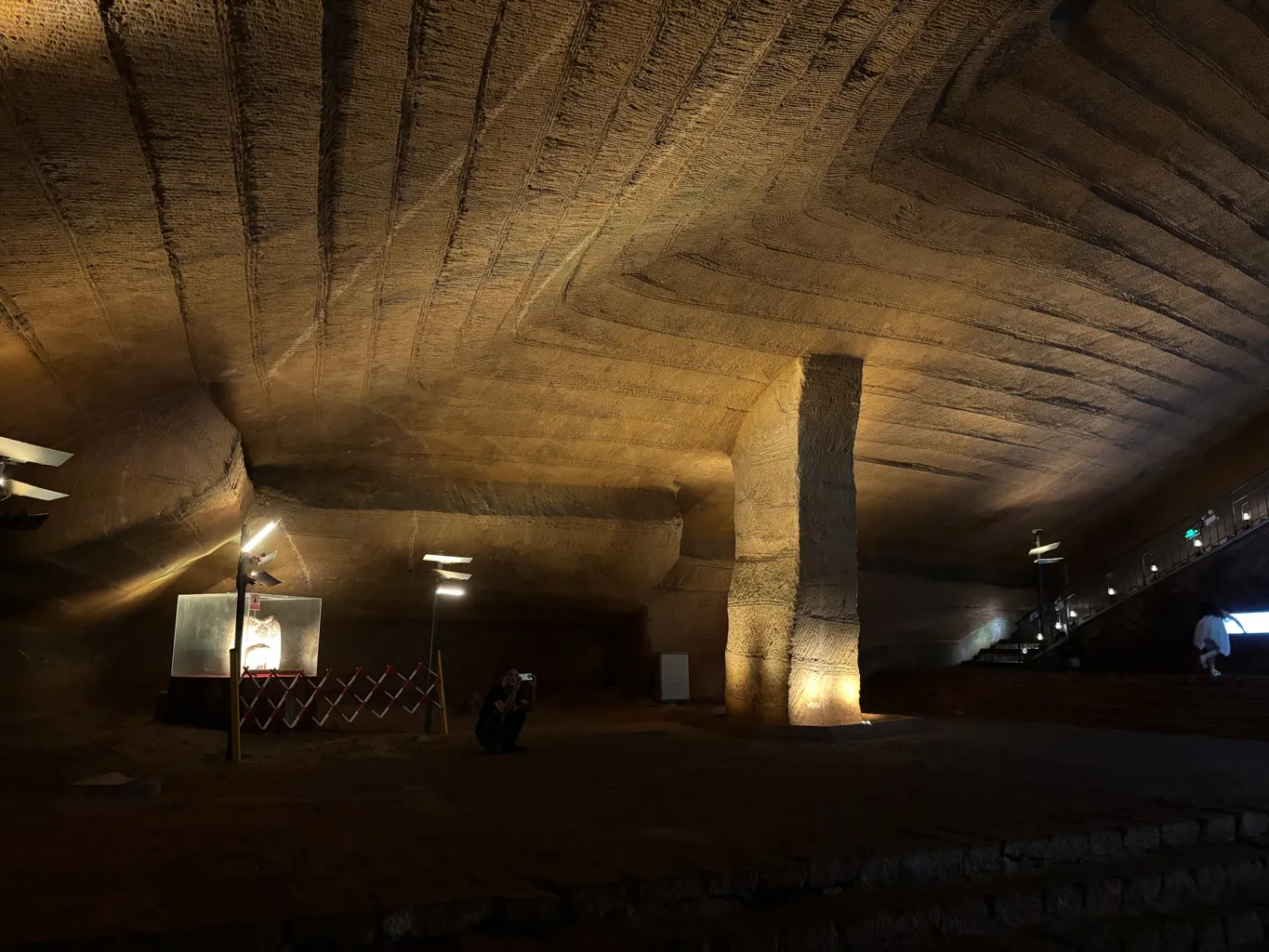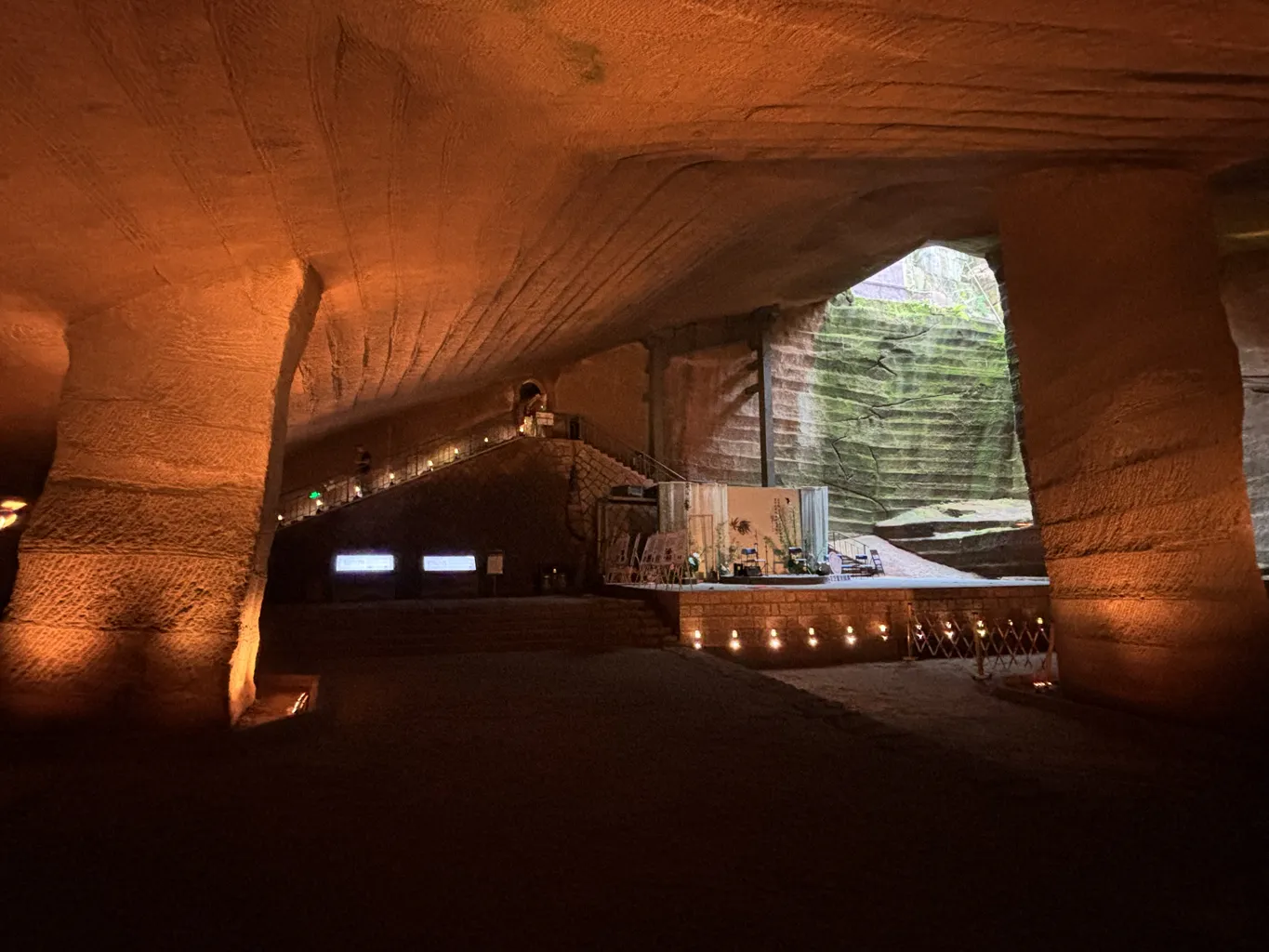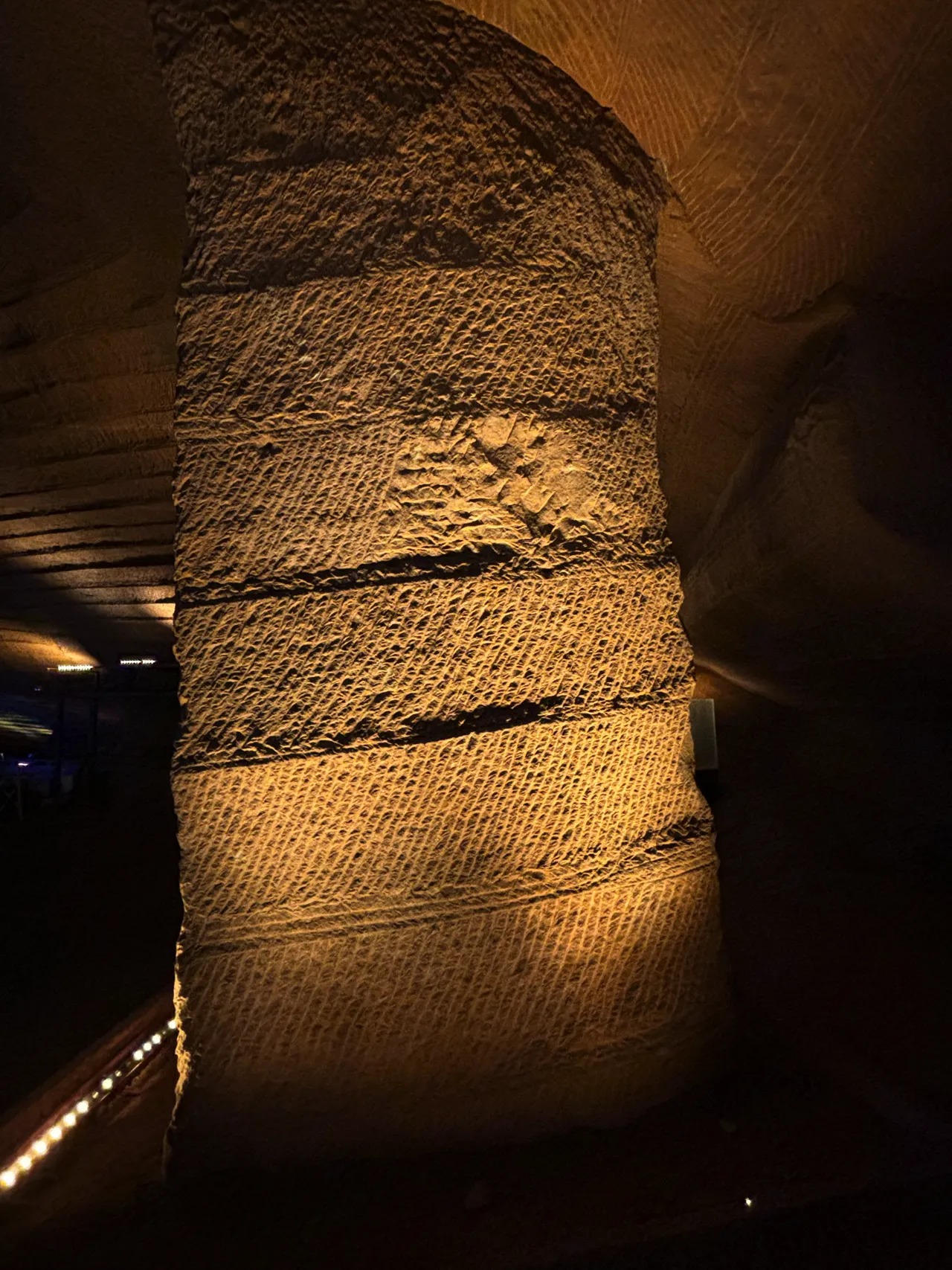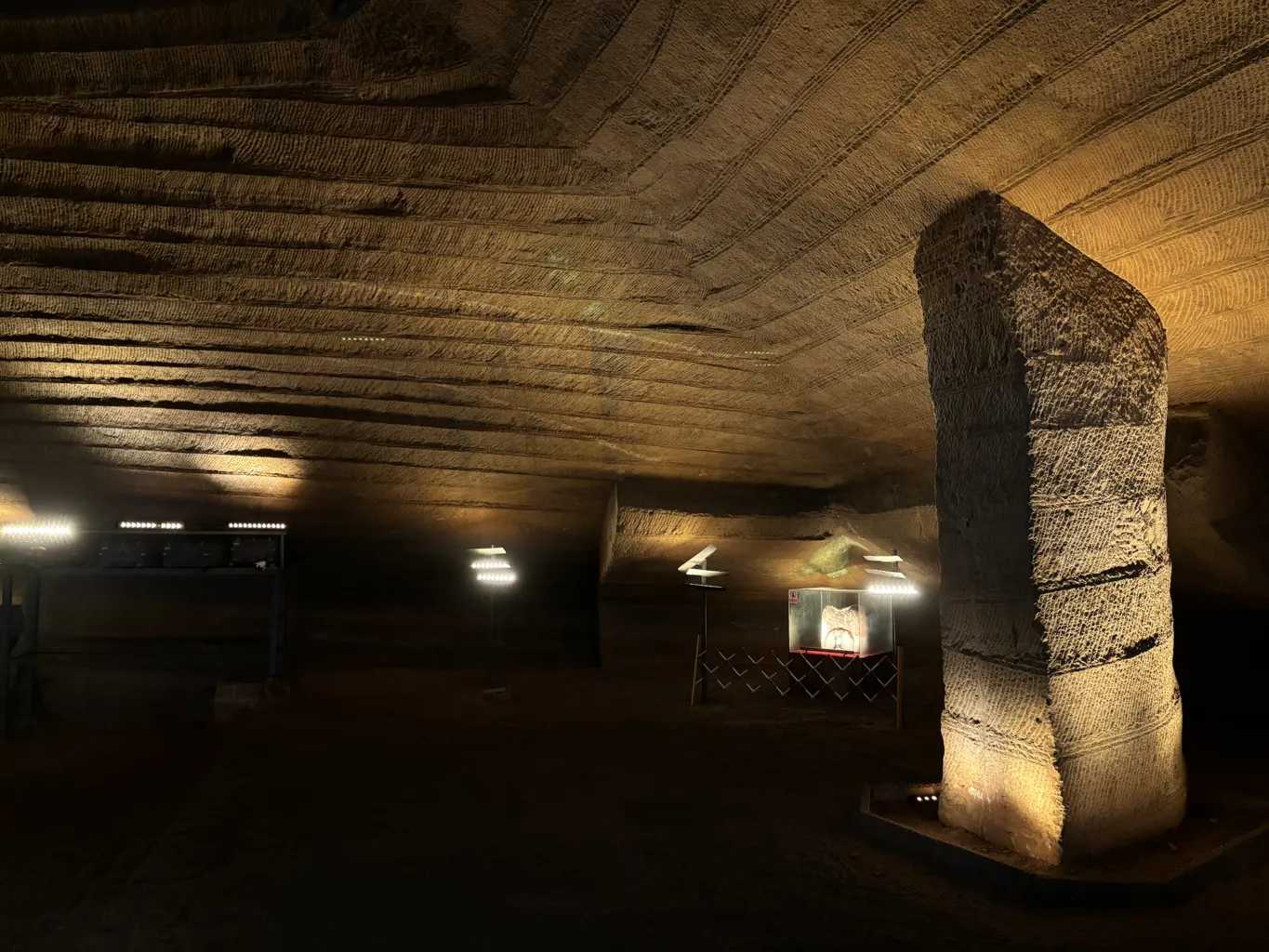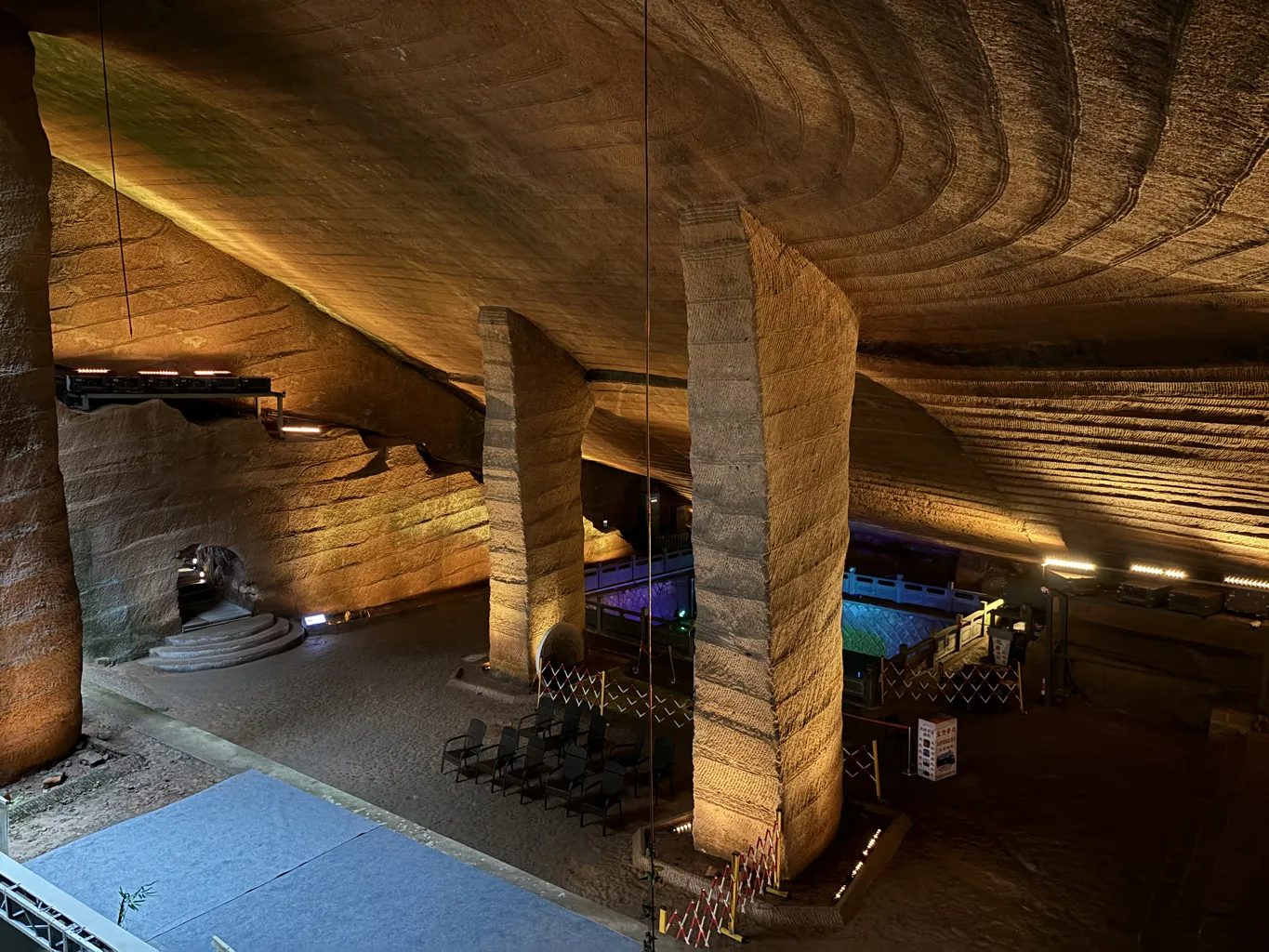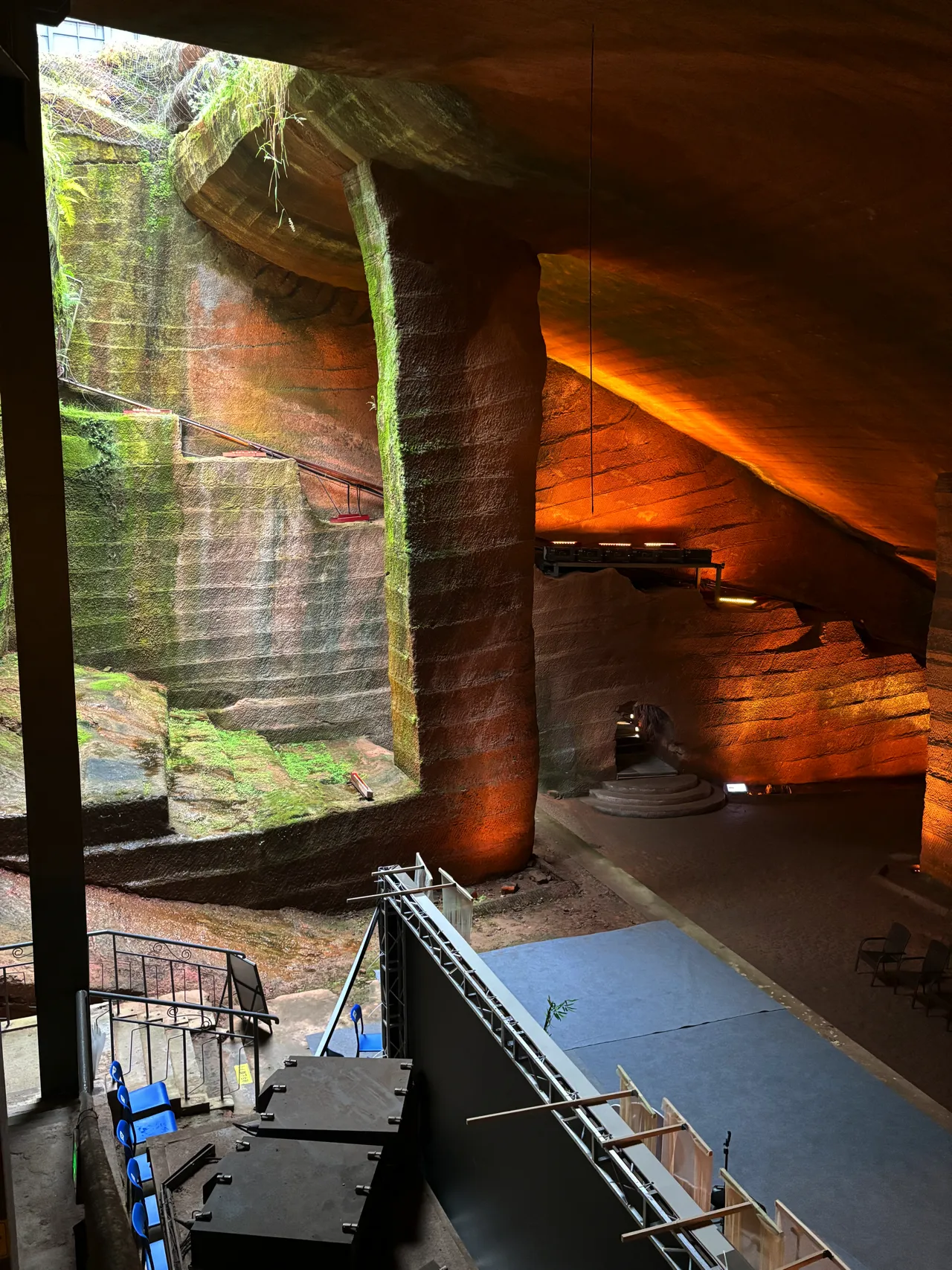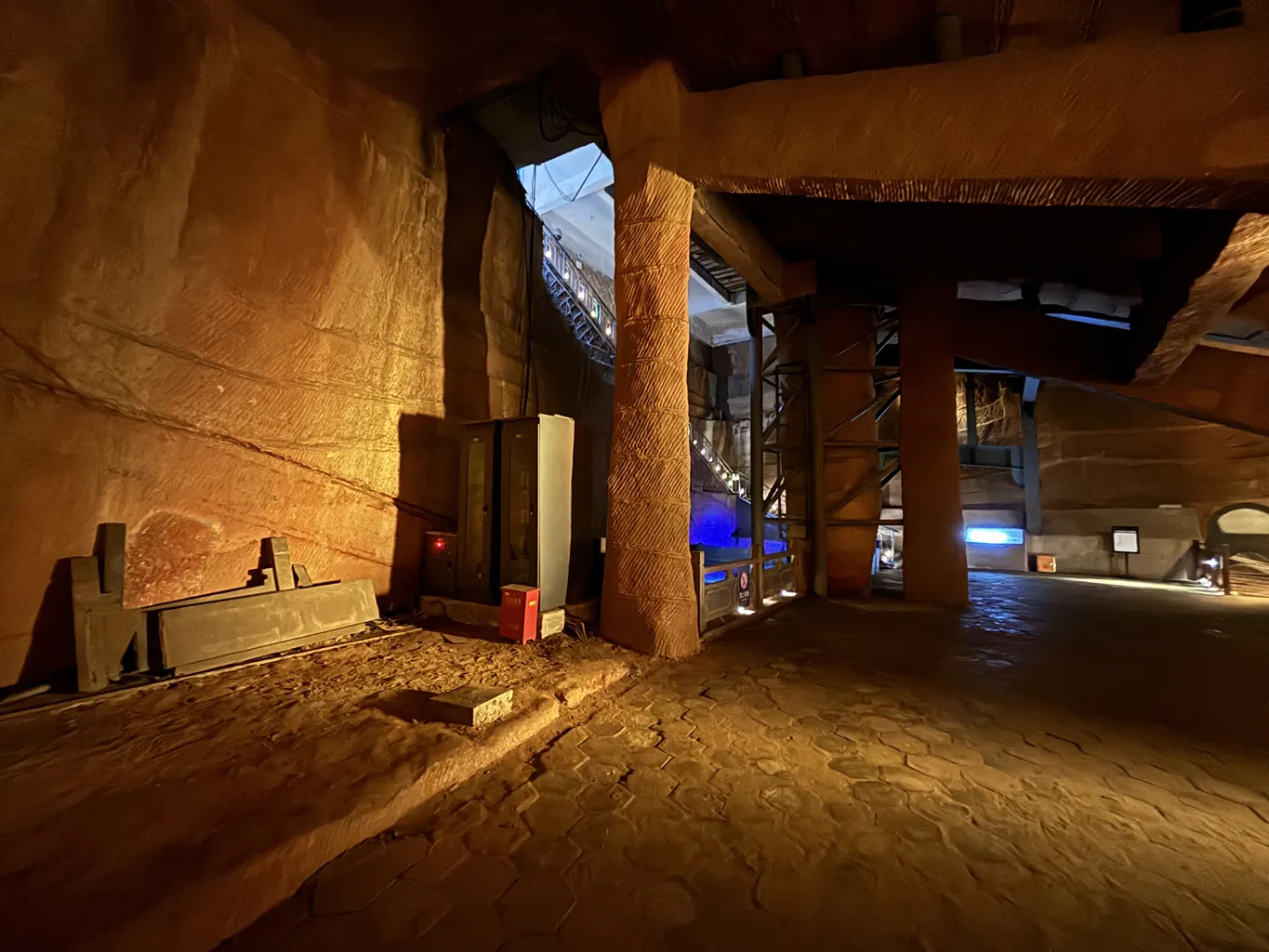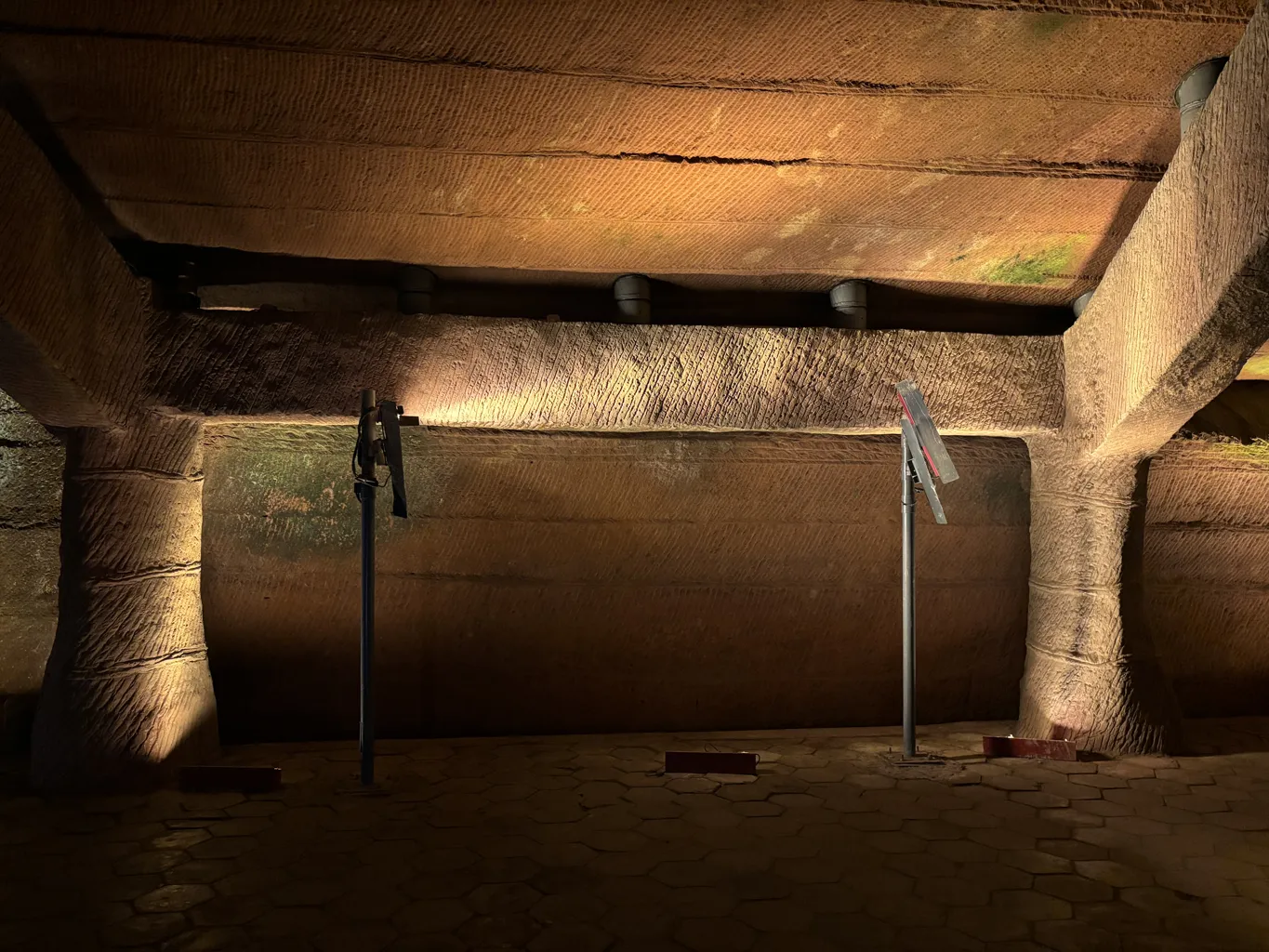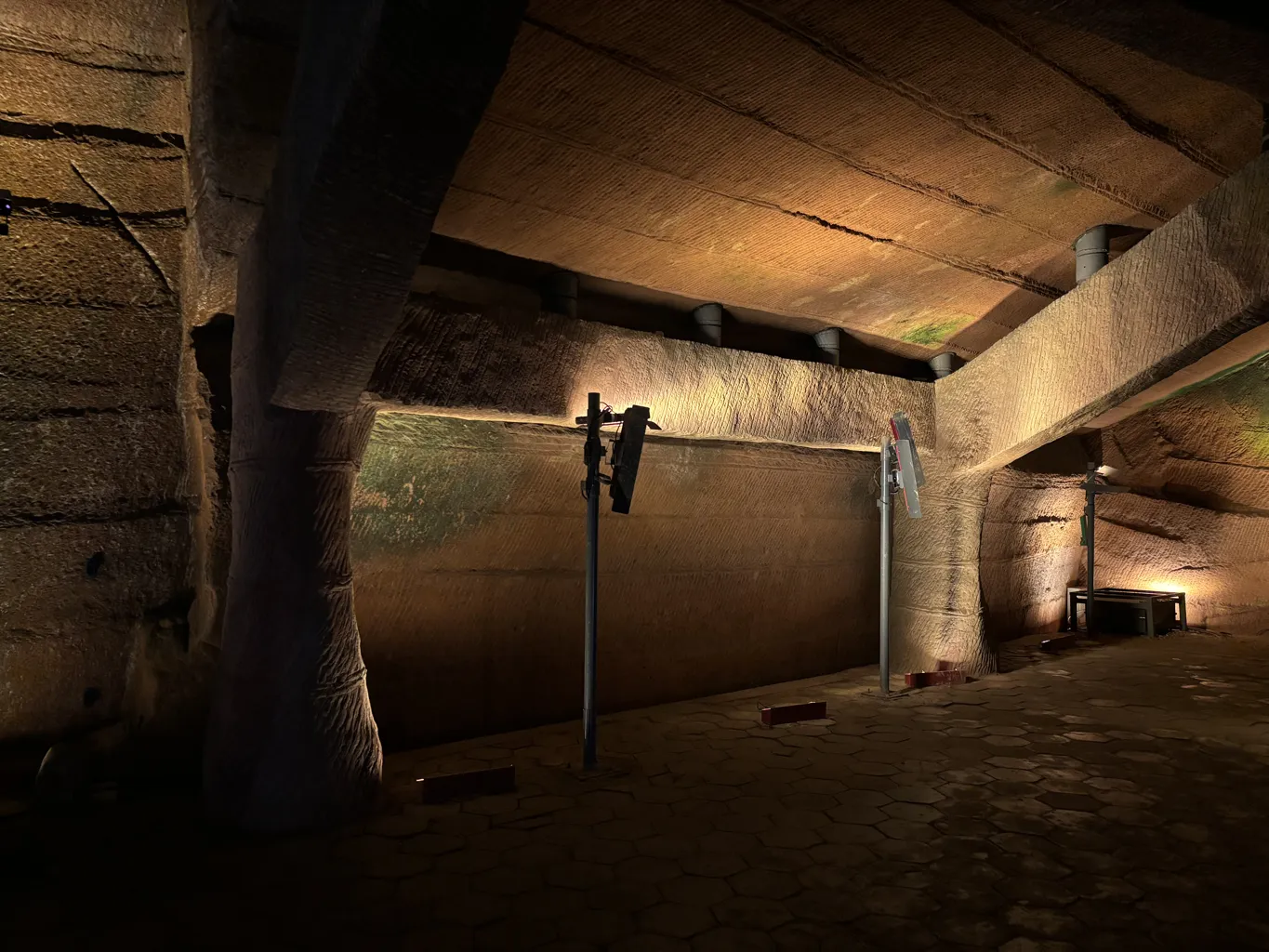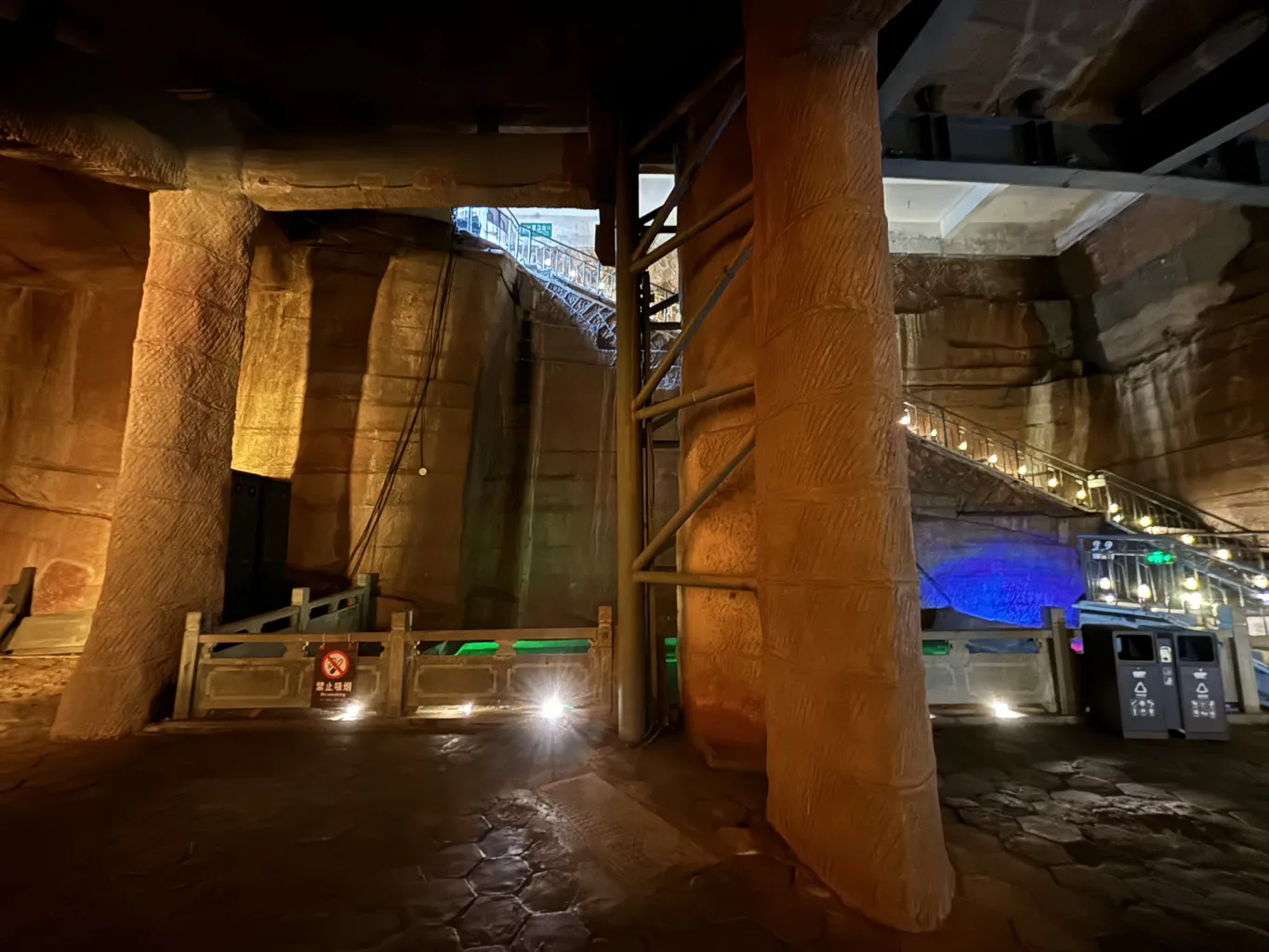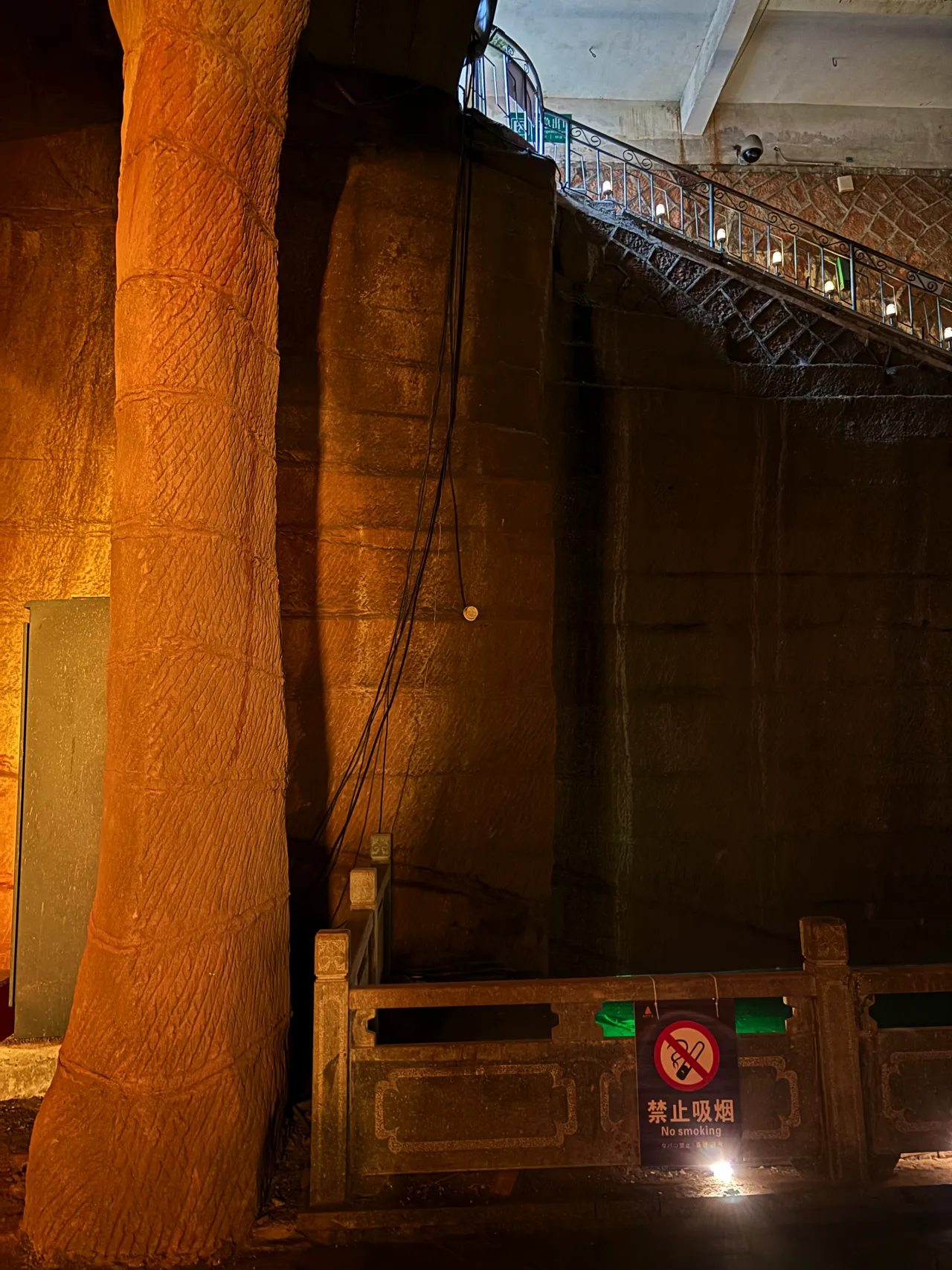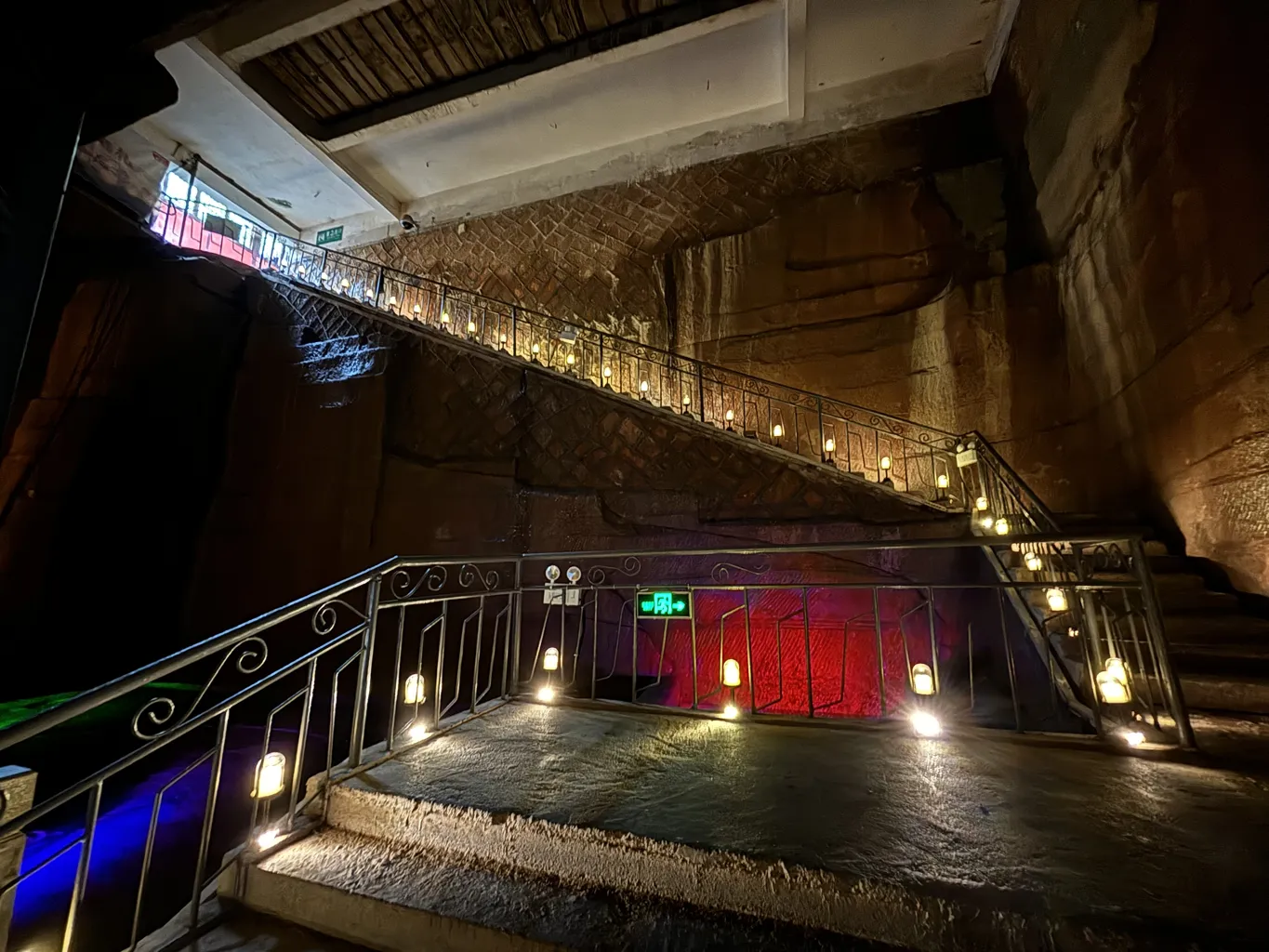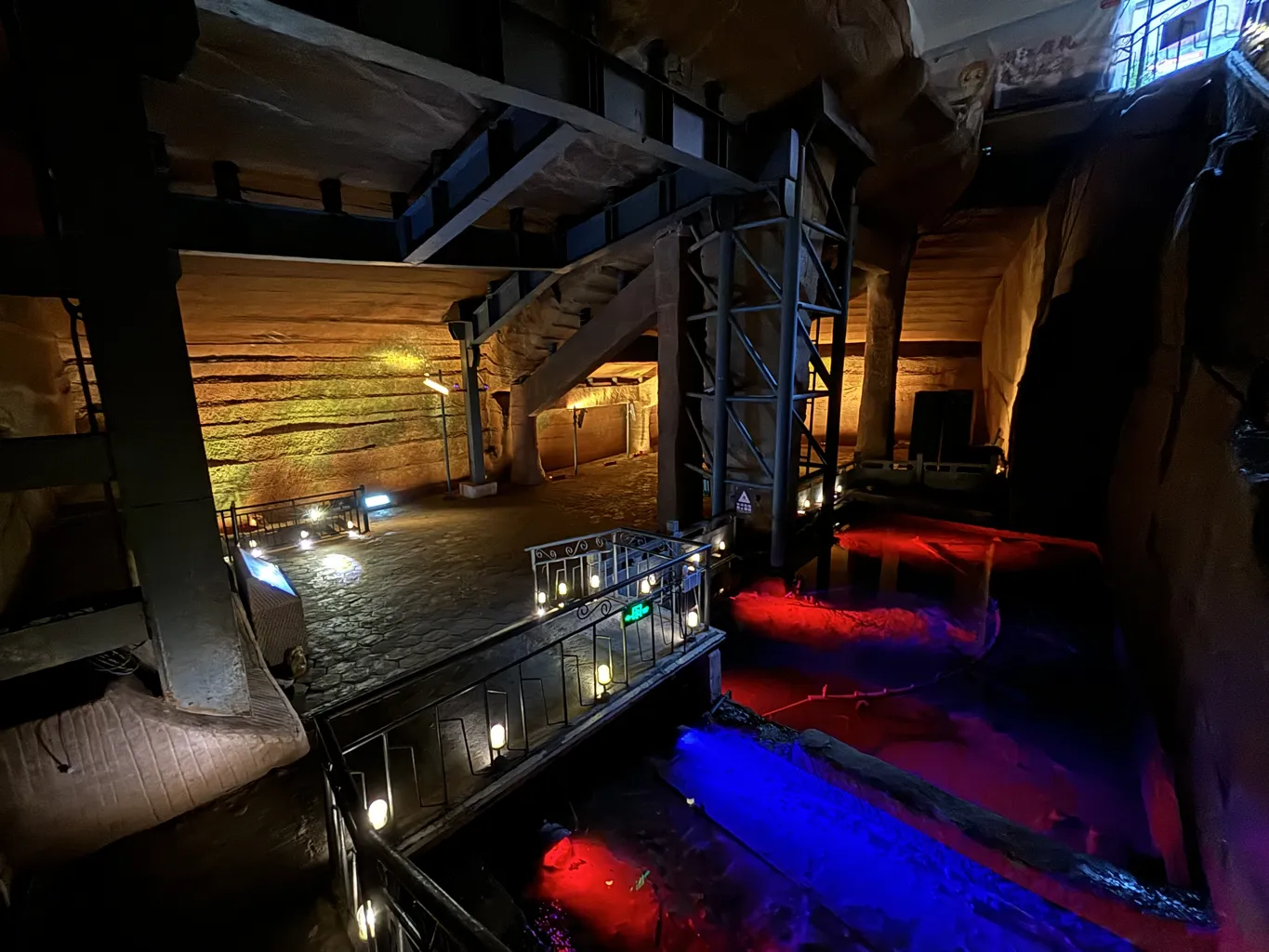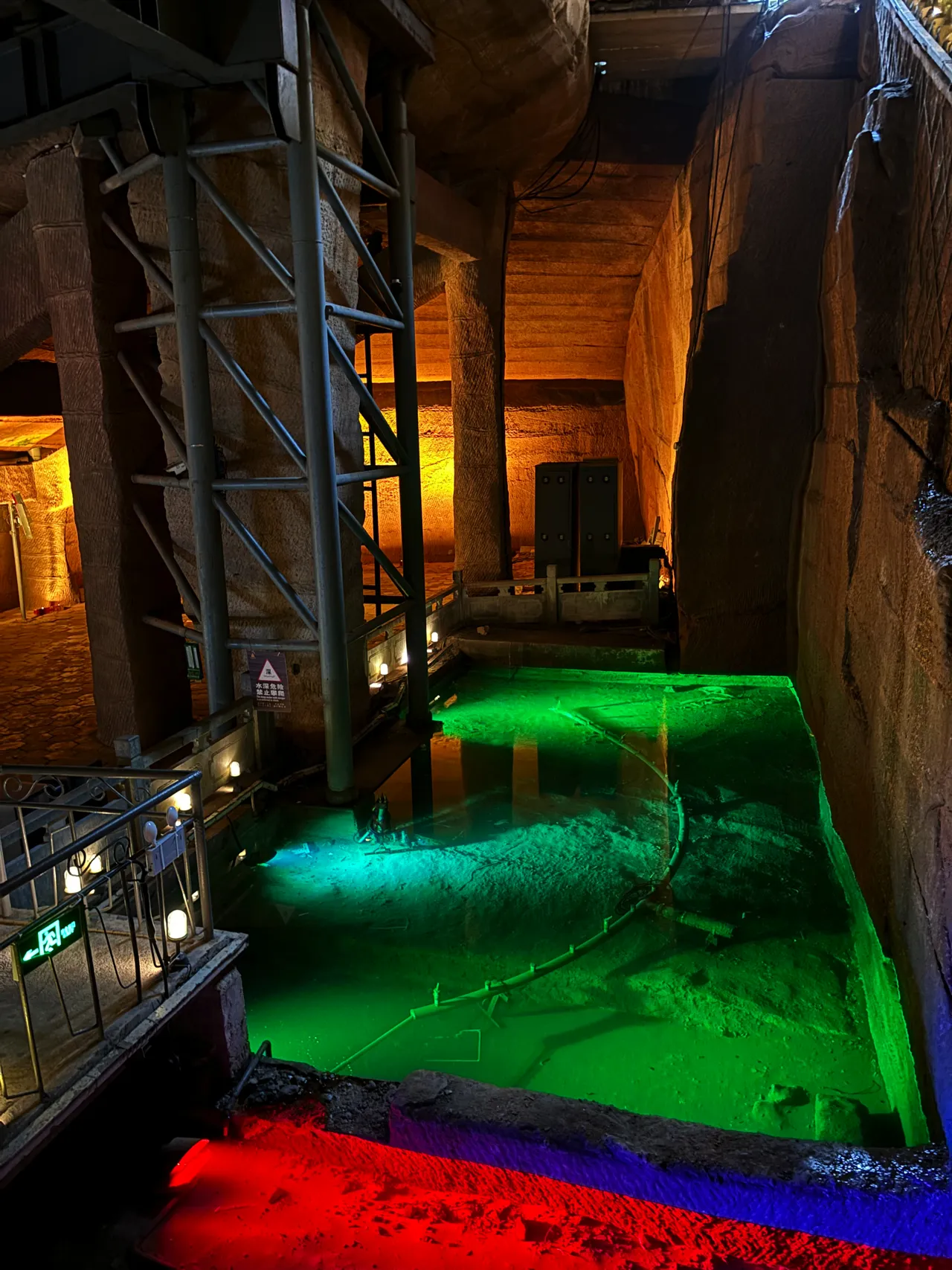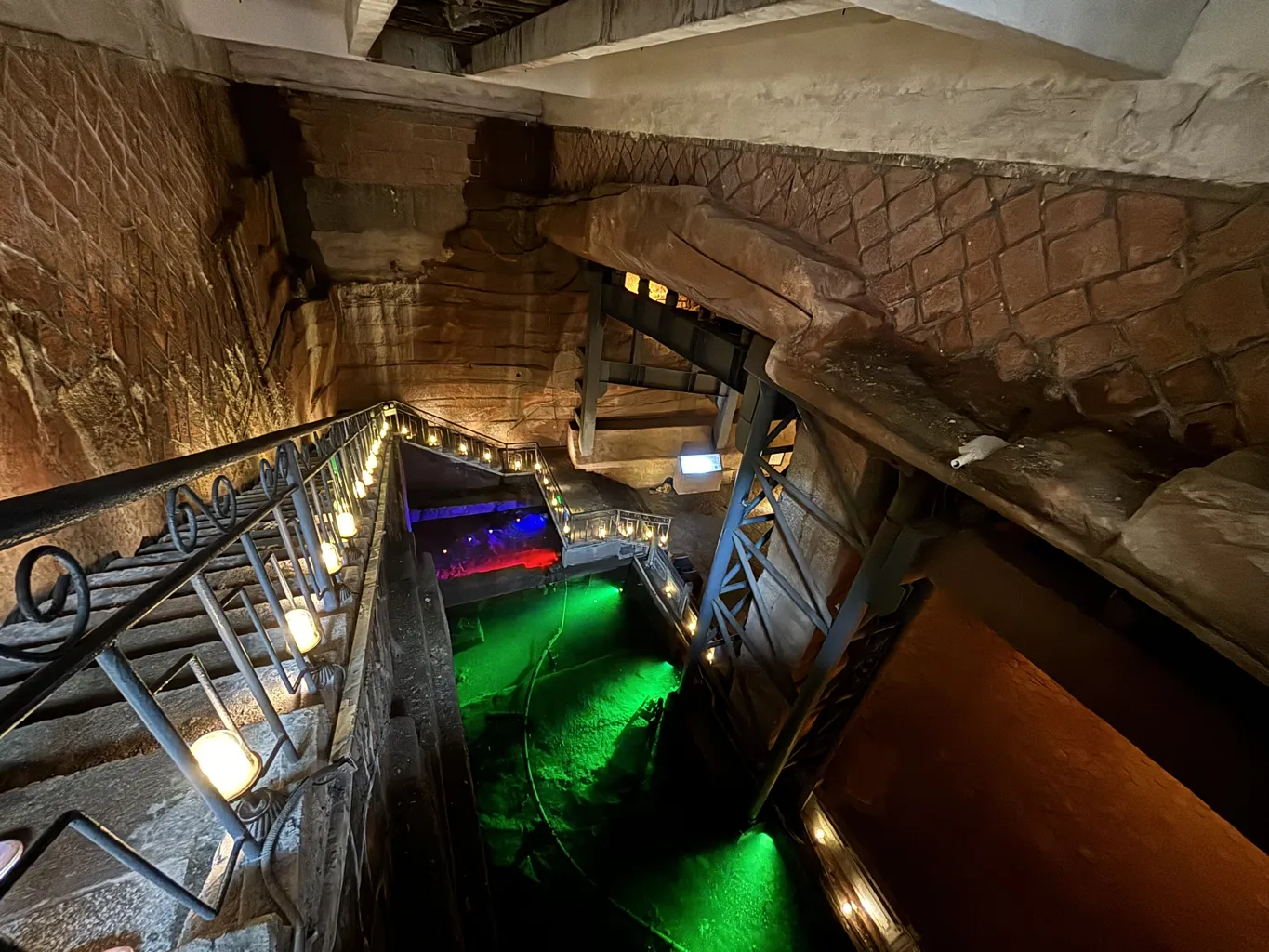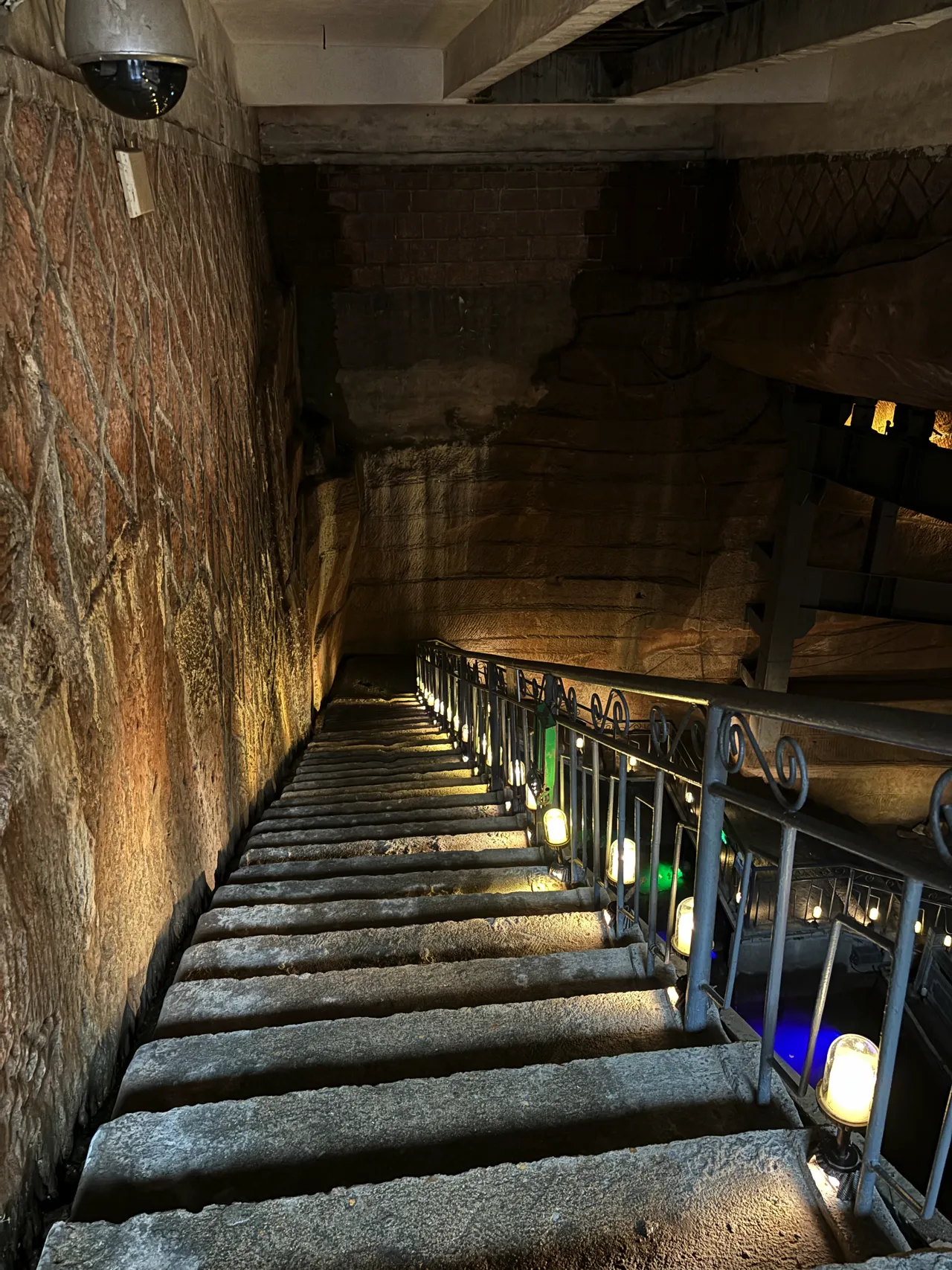Introduction
The Longyou Caves are an ancient and enigmatic series of large man-made caverns located in Longyou County, Zhejiang Province, China. Discovered in 1992 by a local villager, these caves represent a remarkable feat of engineering. Despite their grandeur and the effort that must have gone into their construction, the origin, purpose, and history of the Longyou Caves still remain a mystery. There are no historical records on the Longyou Cave, however, there have now been some recent studies, which has at least started to shed light on these ancient marvels.
Get your dose of History via Email

The discovery of the Longyou Caves
In 1992, in the quaint village of Shiyan Beicun in Zhejiang Province, China, an extraordinary discovery was made. A farmer named Wu Anai, while draining a pond, stumbled upon a vast underground network of ancient caves that would soon captivate historians and archaeologists worldwide. These came to be known as the Longyou Caves.
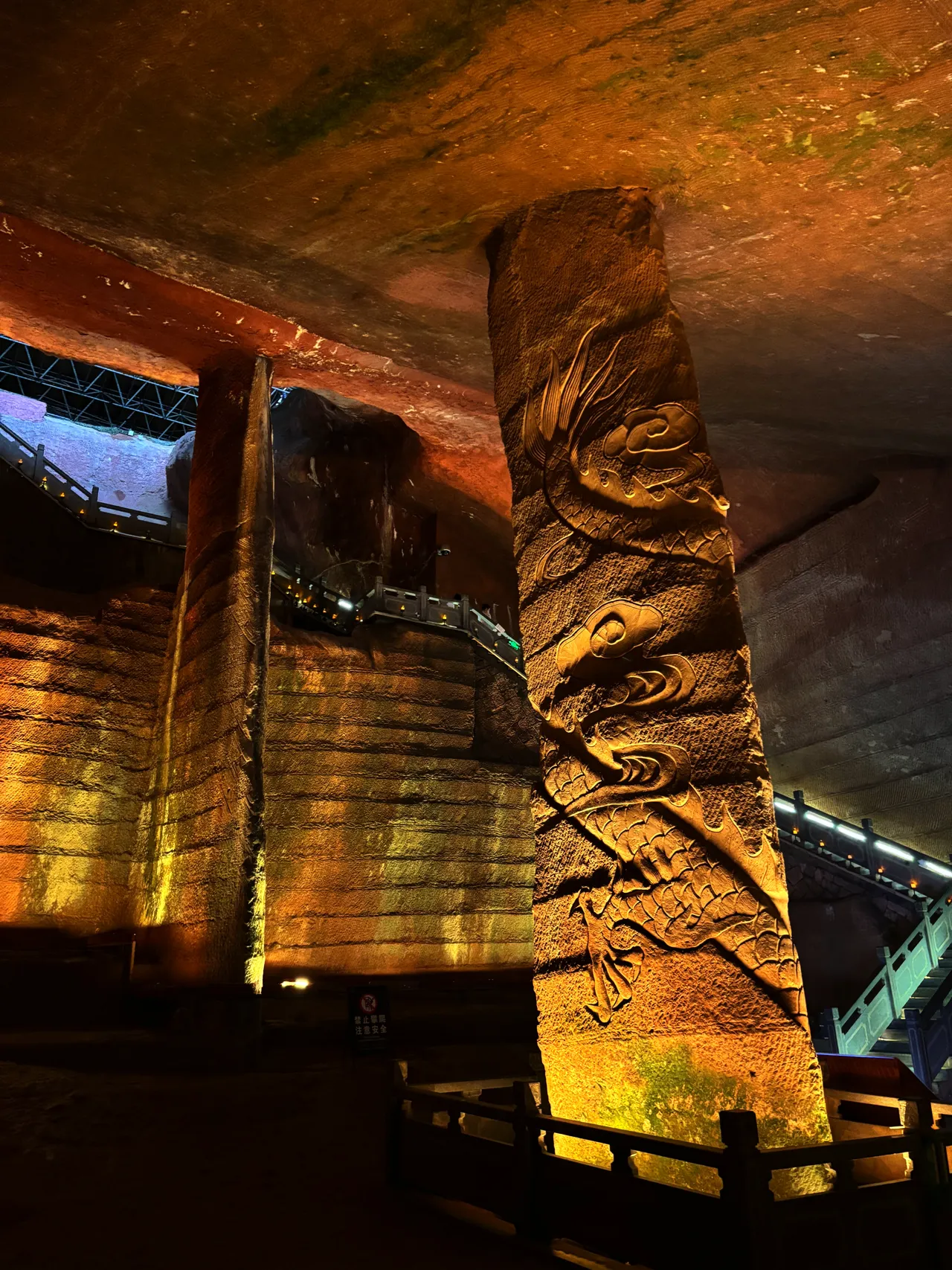
Unveiling Hidden Treasures
Guided by his curiosity, Wu Anai’s efforts led to the revelation of 24 hand-carved sandstone grottoes, hidden for over 2,000 years. As news spread, archaeologists, historians and experts from around the world flocked to the site, eager to uncover the secrets of these enigmatic grottoes and who built them.

Challenges in Understanding
However, the scale and complexity of the Longyou Caves presented significant challenges. The intricate carvings, massive stone pillars, and mysterious artifacts found within posed numerous questions. Experts were baffled by the engineering prowess of the ancient builders. Over time the caves have had numerous supporting structures added to ensure they are safe for those studying it and tourists.
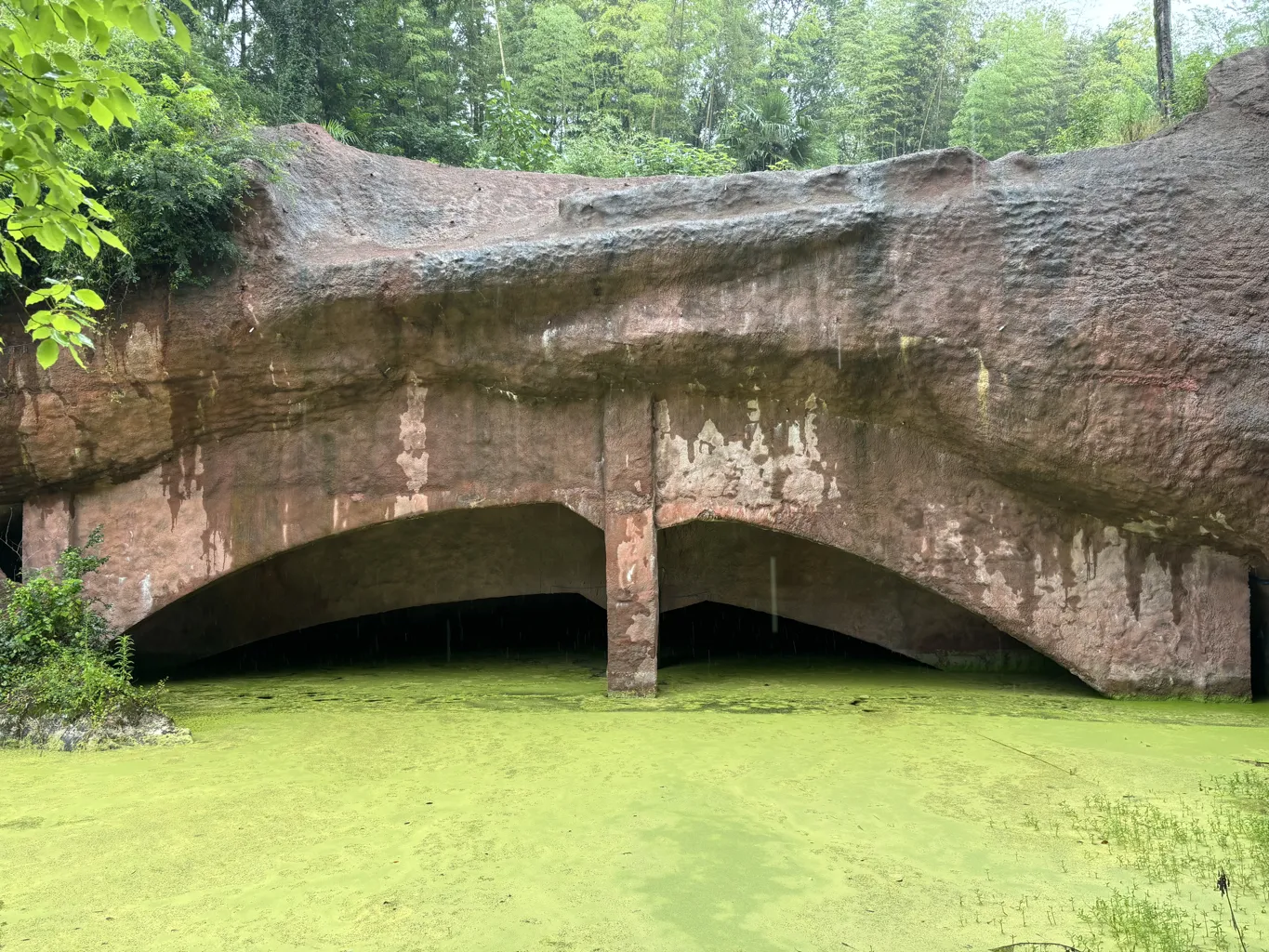
Massive Undertaking
The size and scale of this construction are breathtaking. The civilization responsible for constructing it needed to remove a massive amount of sandstone, estimated to be nearly a million cubic meters in total.

Mysteries of Excavation
Intriguingly, there is no clear evidence or records of where this excavated material was deposited or how it was excavated, to begin with. This begs the question: How did a ancient civilization thousands of years ago, have the knowledge and technology to achieve such a huge undertaking?
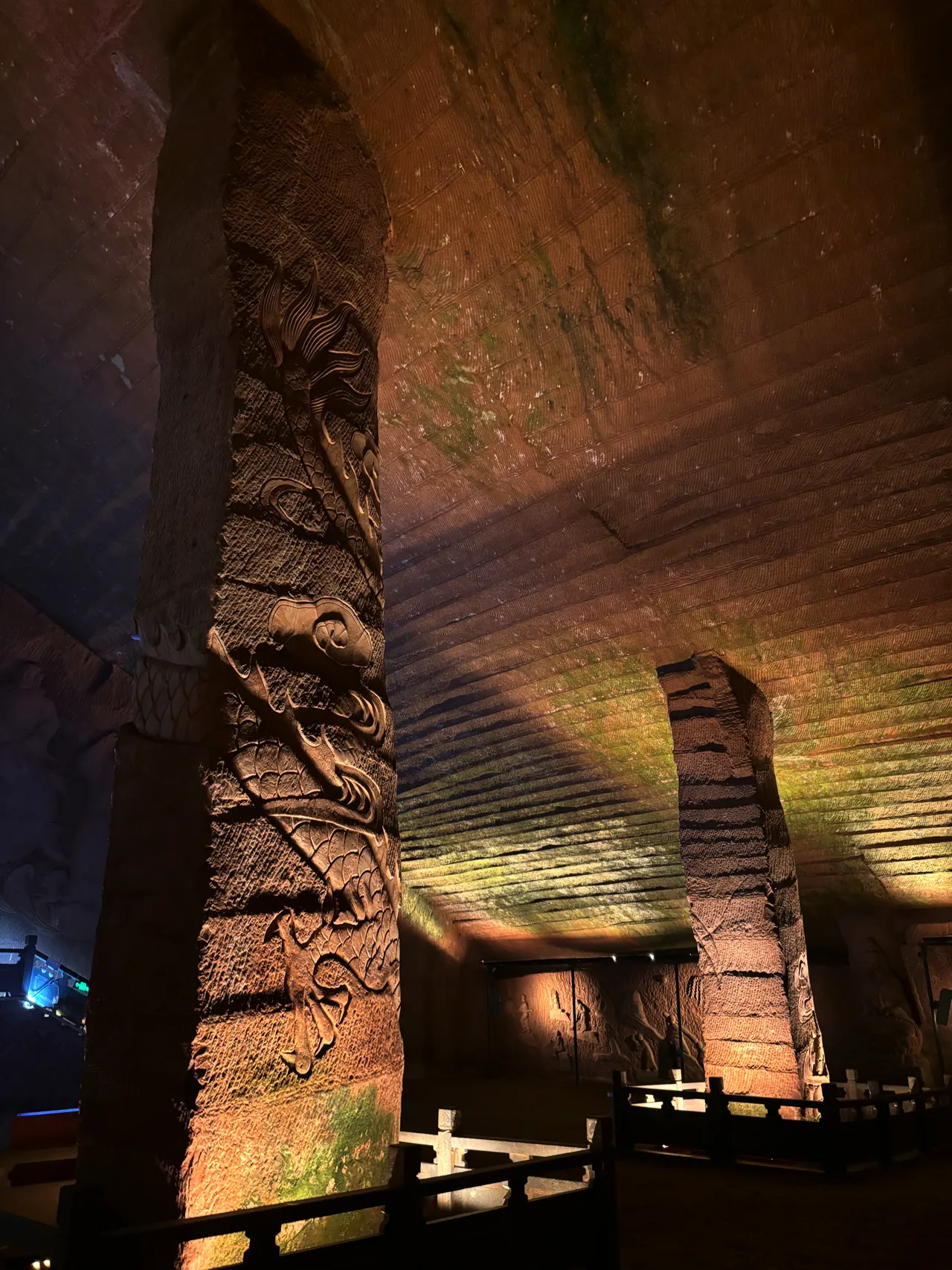
Inside the Longyou Caves
There are many more mysteries about the Longyou Caves. But for now, let’s take a look at each cave at the complex and see what they behold.
Cave No. 1: The ‘Horse, Bird, and Fish Picture’
In Cave No. 1, the smallest of the grottoes at 365 square meters, the discovery of a detailed stone carving added to the intrigue of this mysterious ancient place. This artwork, known “creatively” as the ‘Horse, Bird, and Fish Picture,’ depicted creatures in a seemingly boundless landscape. The precise origin and purpose of this carving remain shrouded in mystery, but it is understood that this is a original carving dating back to the construction of the grottoes.
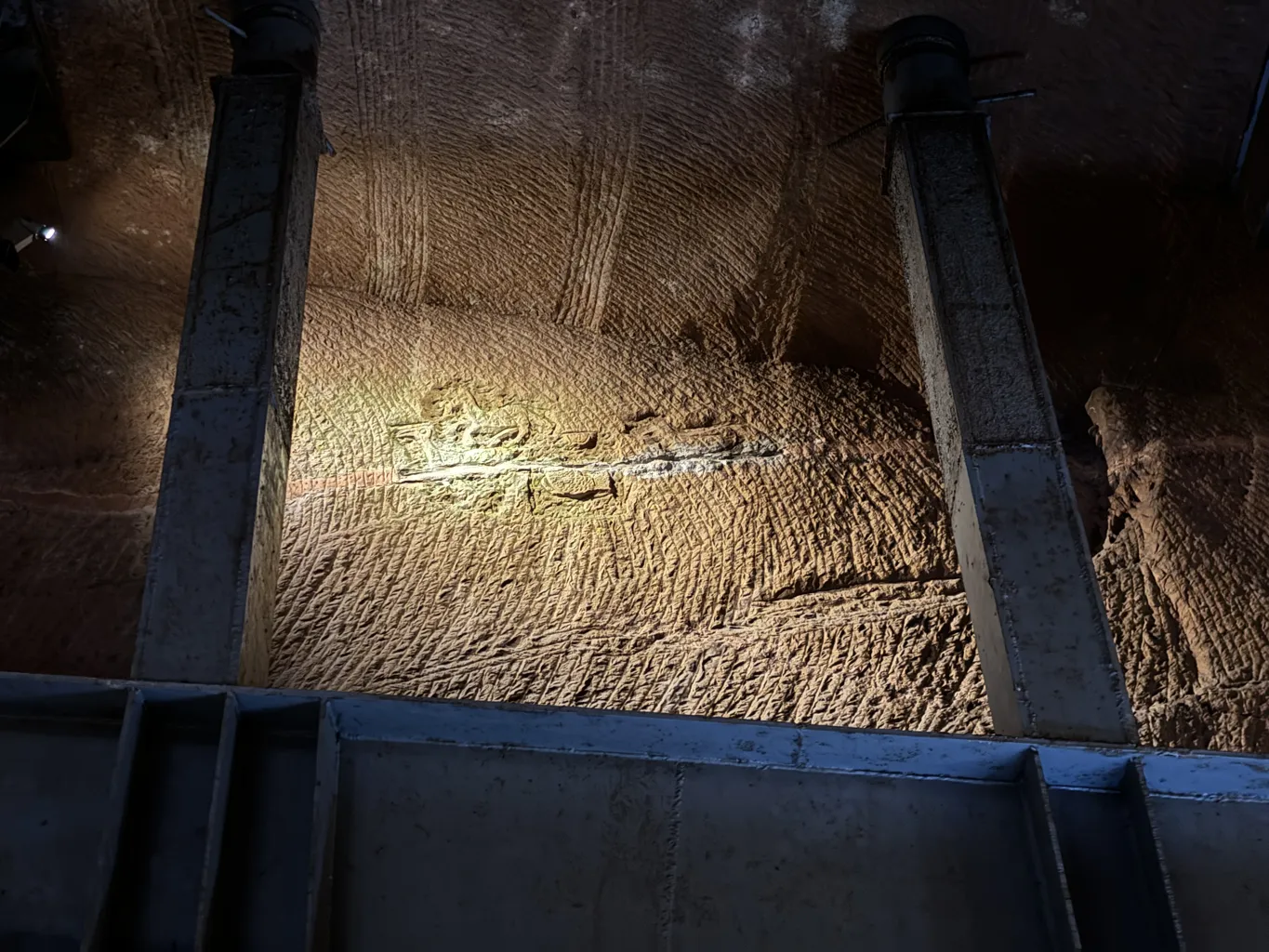
Theories and Speculations
Some experts theorize that the carving represents a primitive tribal totem, while others believe it to be an artistic expression of the ancient people. Despite these theories, the exact meaning of the ‘Horse, Bird, and Fish Picture’ continues to elude scholars, adding to the allure of the cave and the complexity of figuring out who is responsible for this underground structure.
Cave No. 2: Engineering Marvels
In Cave No. 2, the impressive engineering of 34 massive stone columns left experts in awe. These columns, uniquely shaped like fishtails or iron posts, seamlessly integrate with the cave roof, enhancing the grotto’s stability.
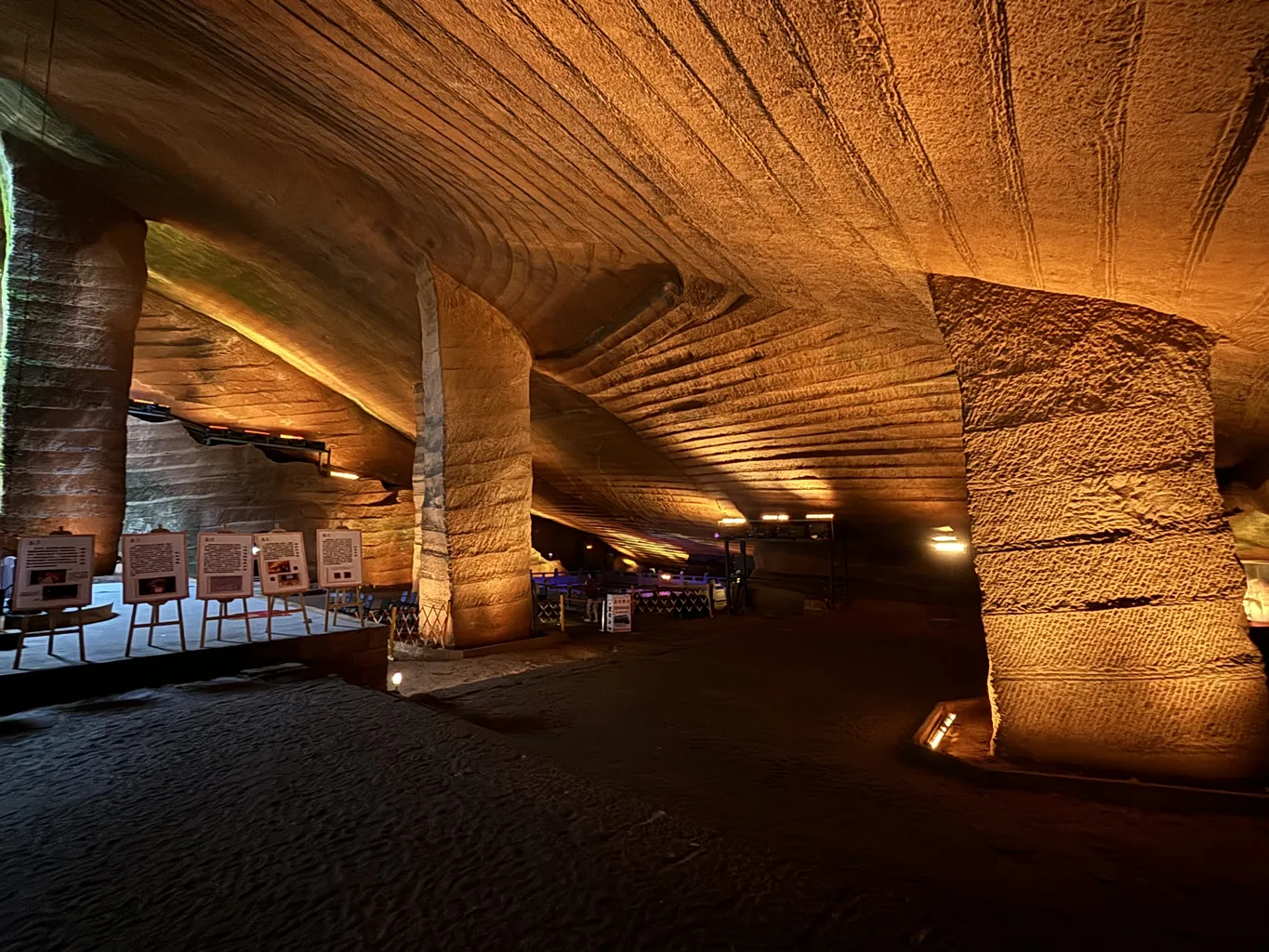
Advanced Engineering Skills
Analysis by the Chinese Academy of Sciences revealed that these columns could bear loads exceeding 3,000 tons. This is a testament to the advanced engineering skills and knowledge of the ancient builders. The uniform chisel marks covering the walls and ceilings of Cave No. 2 further add to the mystery.
Purpose of Intricate Patterns inside the Caves
These arc-shaped gouge decoration patterns, meticulously carved from right to left with precision, suggest a unified standard of workmanship. Yet, the purpose behind these intricate patterns, whether decorative or functional, remains a subject of debate among archaeologists.
Interestingly, a mysterious headless statue was discovered here at the Longyou caves and is on display within cave number 2. The material it is made from is completely different from the stone found in the caves. So far, no one knows who put made it or why it is without a head.
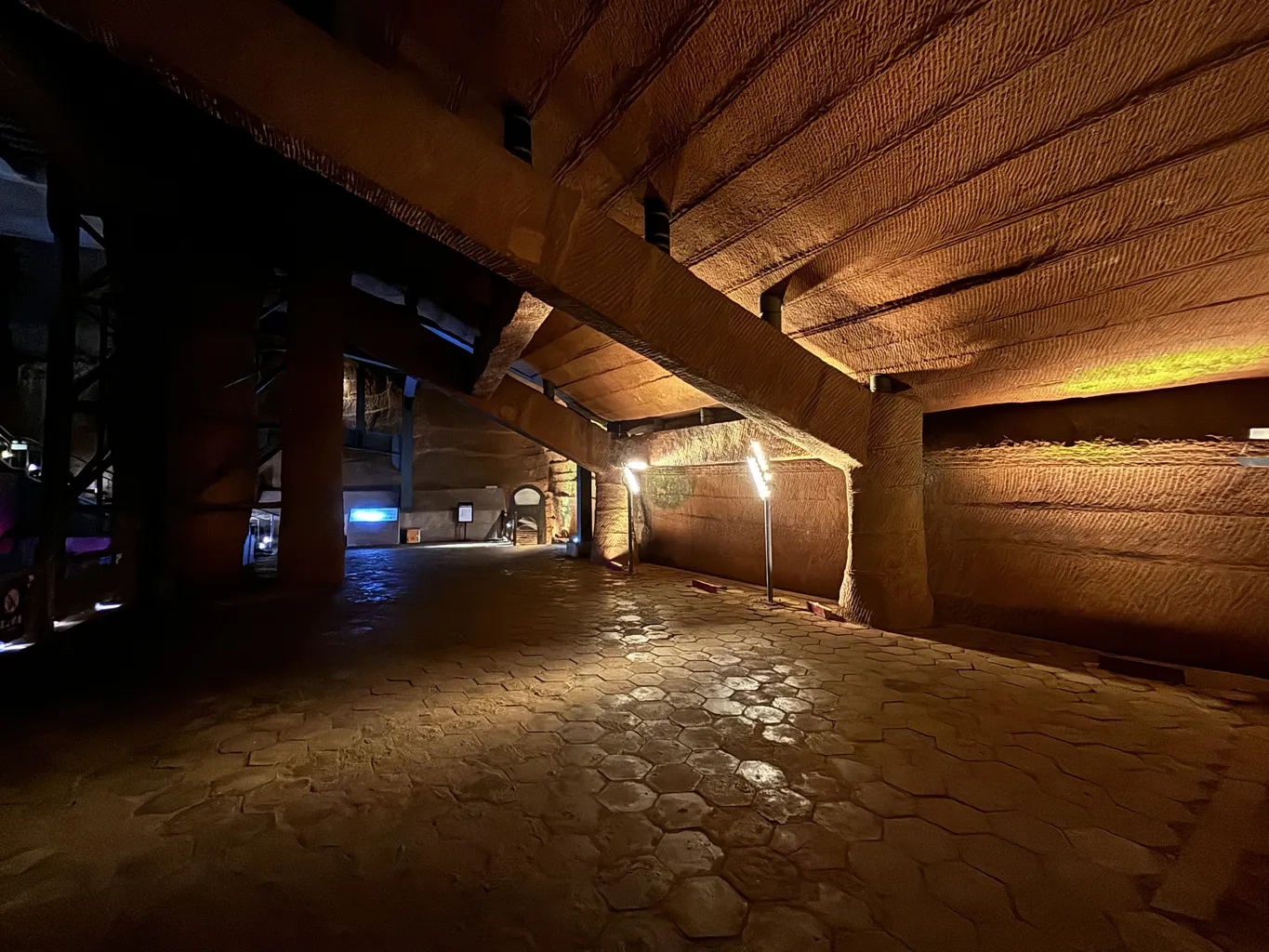
Cave No. 3: Structural Mastery
Cave No. 3 spans a massive 852 square meters. The magnitude of this grotto, showcases the ancient builders’ remarkable and advanced understanding of geology and structural engineering. The excavation aligns perfectly with the rock’s natural layers, ensuring the grotto’s stability and helping it to stay in tact for thousands of years. Despite this, since the caves have been drained of water, some structural supports have been installed for safety and studies have suggested that some of the pillars have started to deteriorate.
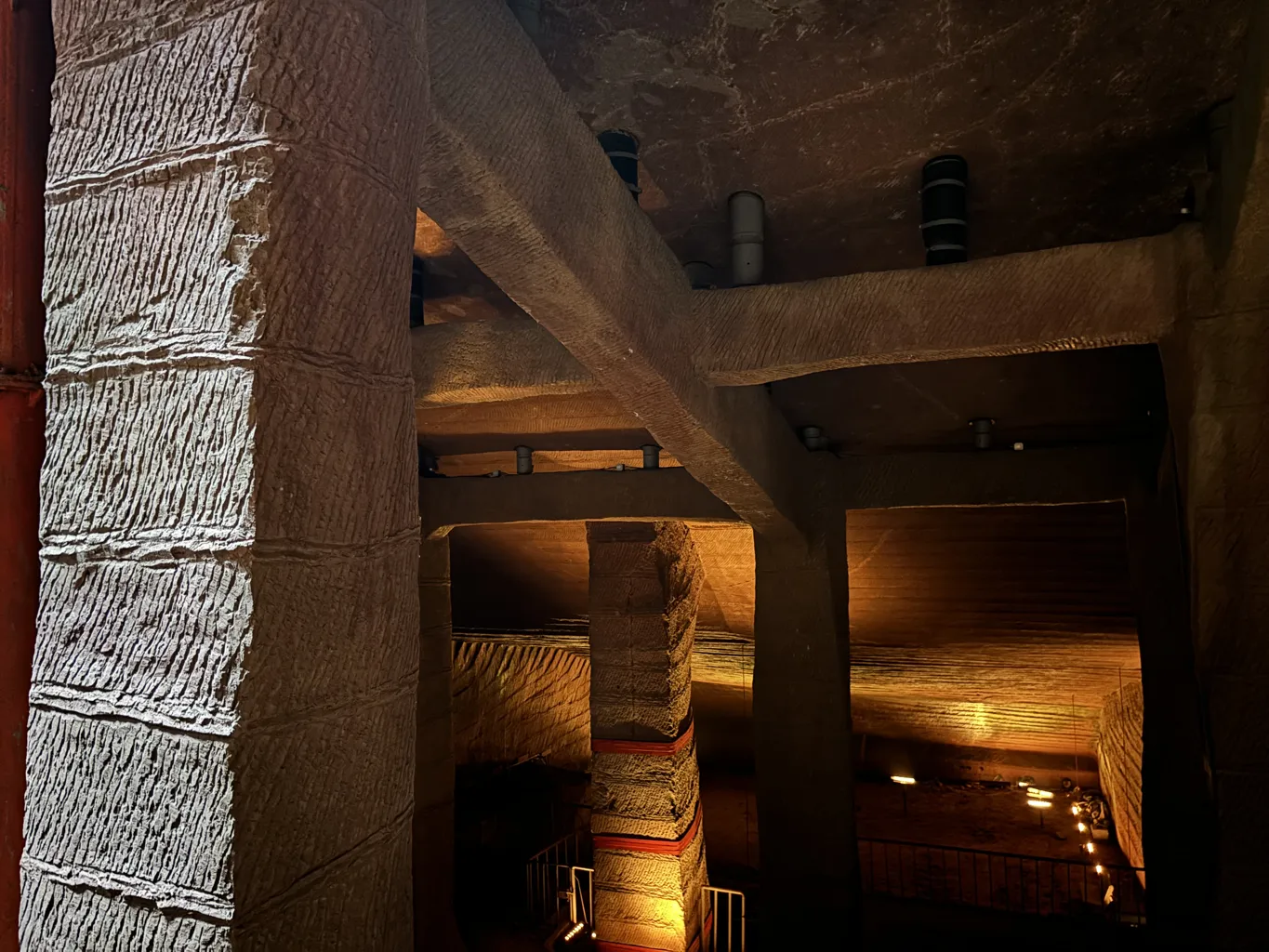
Architectural Ingenuity
The layout of cave 3, featuring three strategically placed pillars along the grotto’s geometric central axis, demonstrates an advanced understanding of architectural principles. This meticulous planning preserved the integrity of the structure and once again highlights the ingenuity of the unknown ancient engineers.
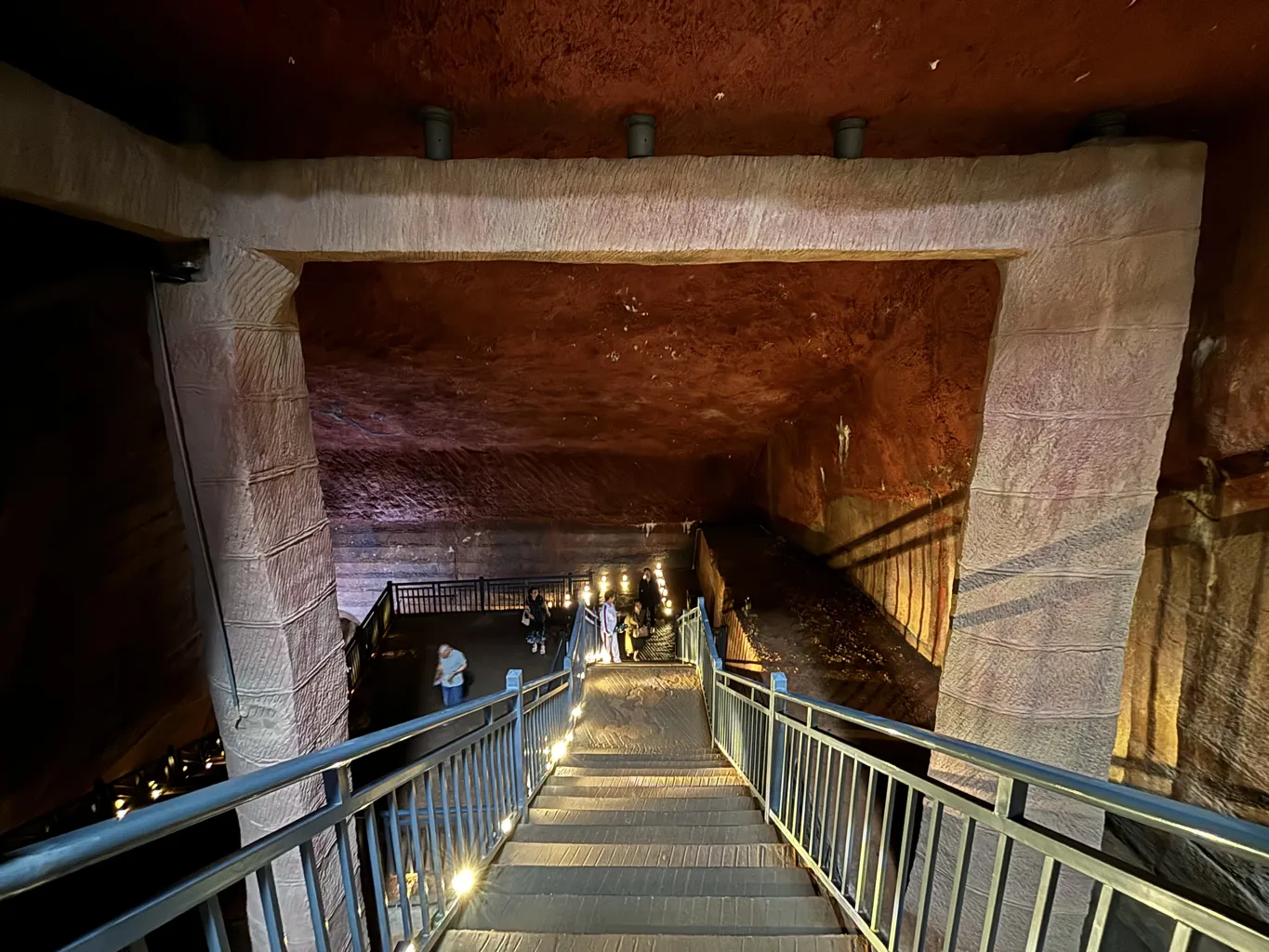
Cave No. 4: Lighting Mysteries
Cave No. 4 is the deepest at the Longyou Grottoes, measuring a depth of 27 meters. The size is also staggering, covering an impressive 1,020 square meters in total. This cave has posed a perplexing question about the ancient lighting methods used. With such a small entrance and a vast interior, illuminating the grotto would have been a formidable challenge for these ancient builders. So how did they do it?
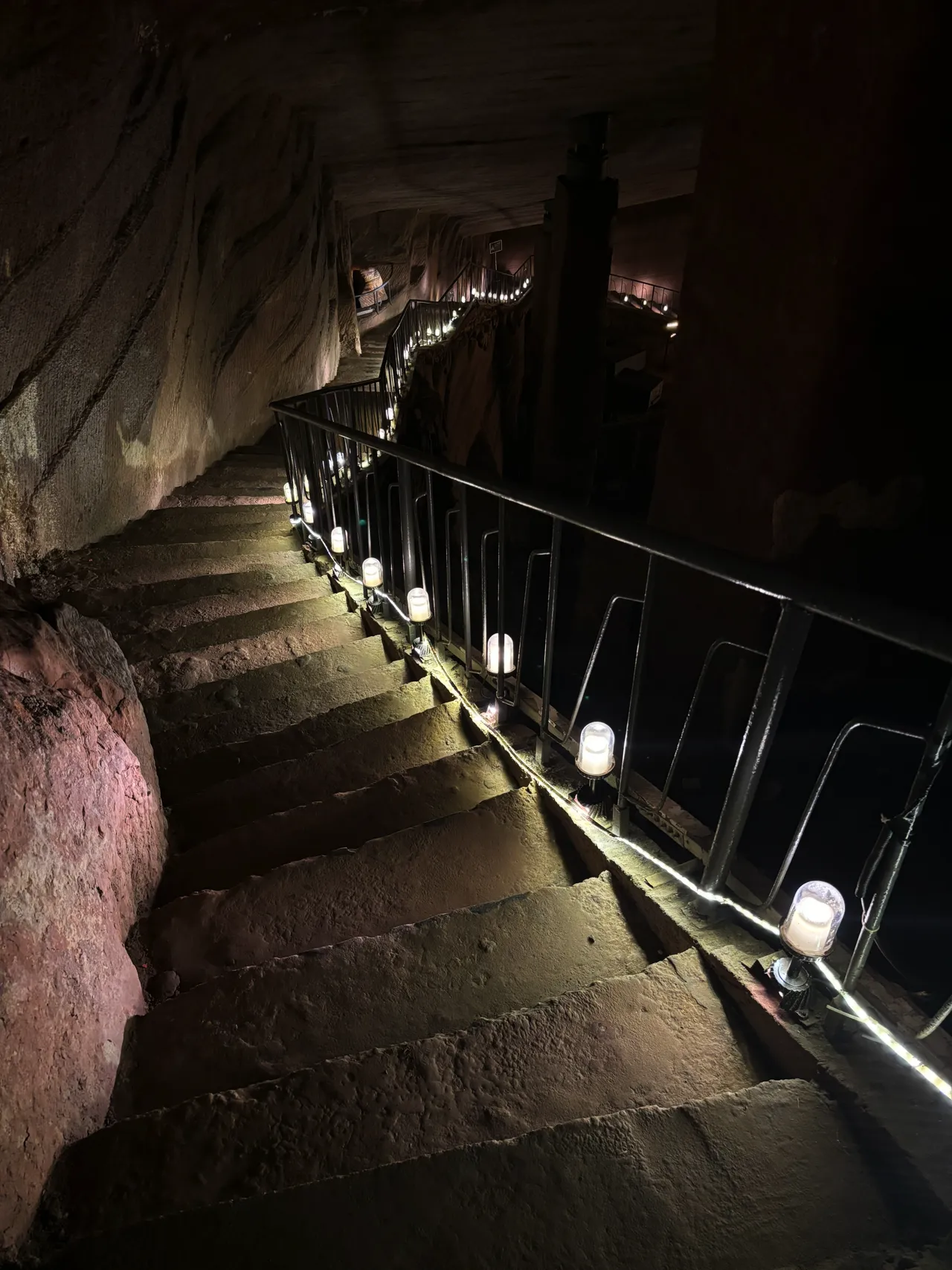
Theories on Ancient Lighting
Theories about the use of torches were quickly dismissed due to the lack of smoke traces and the impracticality of burning torches in such an oxygen-deprived environment. Another theory suggested the use of bronze mirrors to reflect sunlight into the cave, but experiments showed limited effectiveness due to numerous blind spots. This adds yet another mystery to these ancient structures, because so far nobody has been able to explain just how this was done.

Cave No. 5: Pillars and Carvings
In Cave No. 5, perhaps the most impressive at the grottoes, there are three fishtail-shaped pillars supporting the roof. These uniquely shaped and decorative pillars, combined with an inclined support structure at the top, provides enhanced stability and stress distribution.

Modern Analysis
Modern experts have used computer simulations, confirming that the design choices by the ancient builders created additional benefits. This leads experts to believe these choices were intentional rather than merely a decorative accident. Intriguingly, Cave No. 5 features intricate depictions of dragons, animals, and humans. These carvings also include characters that appear to resemble the Eight Immortals of Taoist mythology crossing the sea.
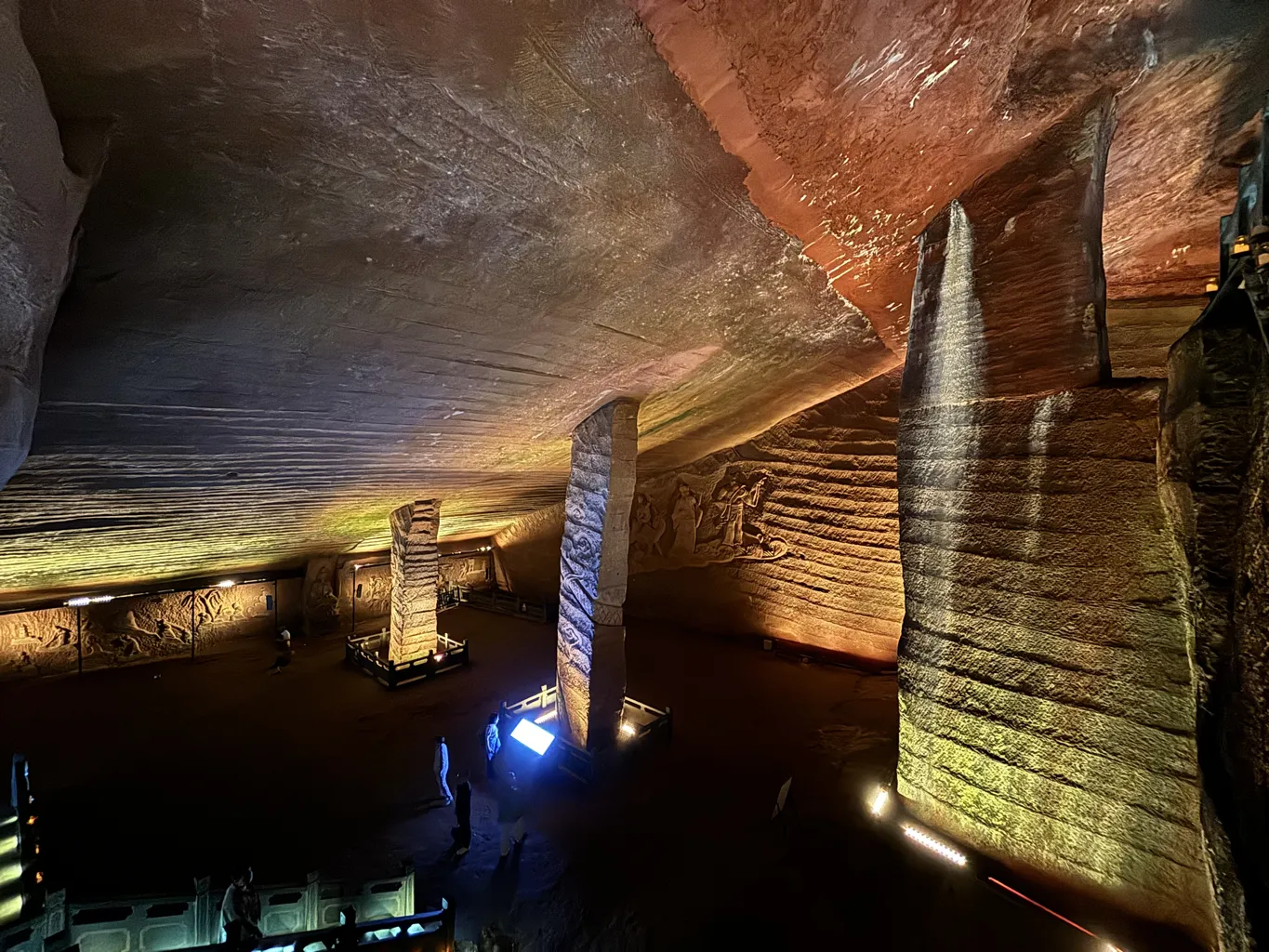
The Mystery Continues
The Eight Immortals as we know them today were likely formed between the 10th and 14th centuries AD. This suggests that these carvings were added after the construction of the caves. When they were added, however, remains the subject of debate and for now remains a mystery.
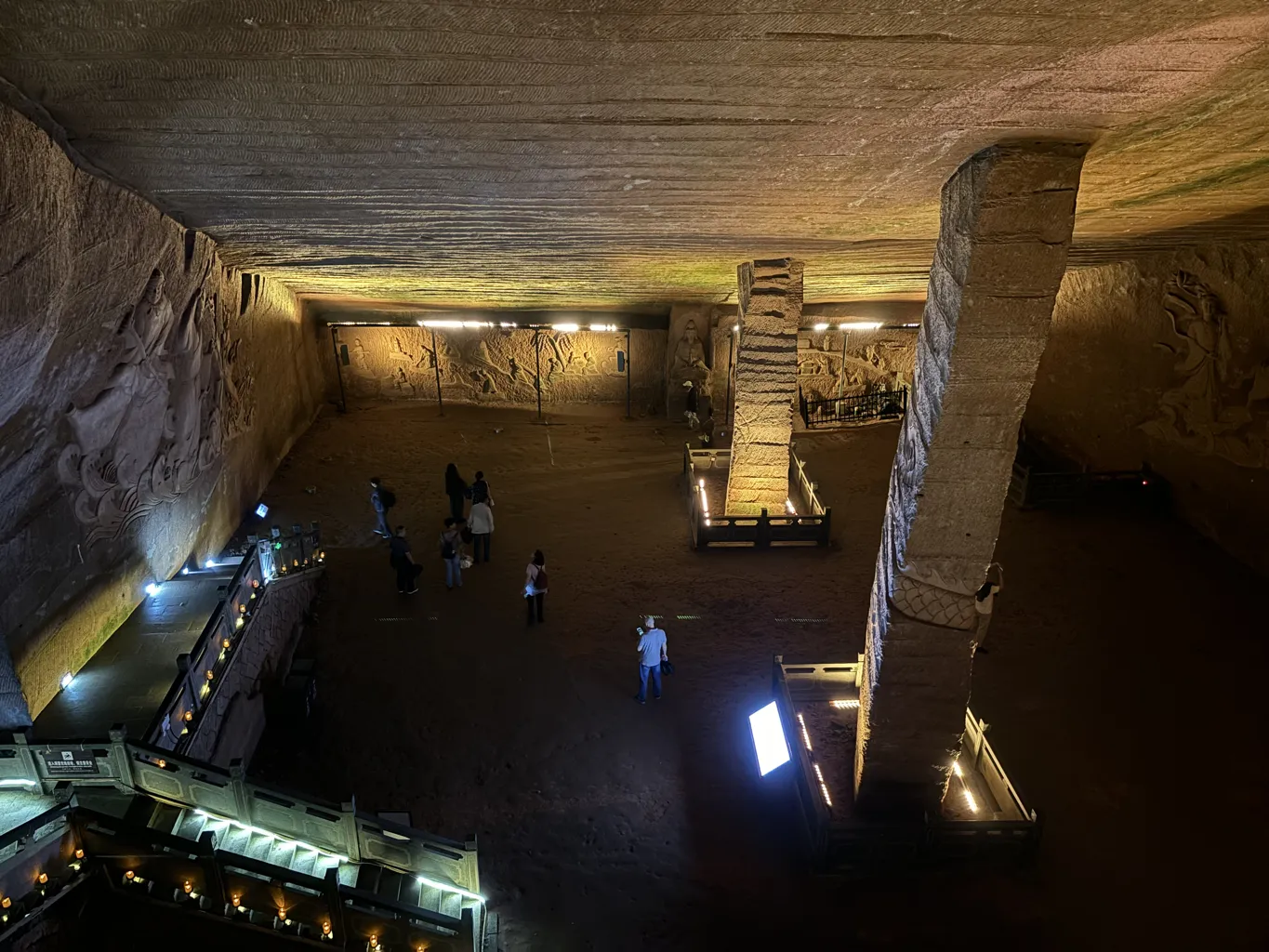
How old are the Longyou caves?
Since no historical records exist of the Longyou Caves, several indirect methods have been employed to give some indication as to when the caves were constructed.
One significant method involves the analysis of artifacts found within the caves. Glazed clay pots recovered from the silt floors have been dated to the Western Han Dynasty (206 BC to AD 23). This discovery suggests that the caves were constructed around 2000 years ago or earlier, providing a tangible link to a specific historical period.
The geological context of the surrounding sandstone formations and the techniques of construction also played a role in this hypothesis.
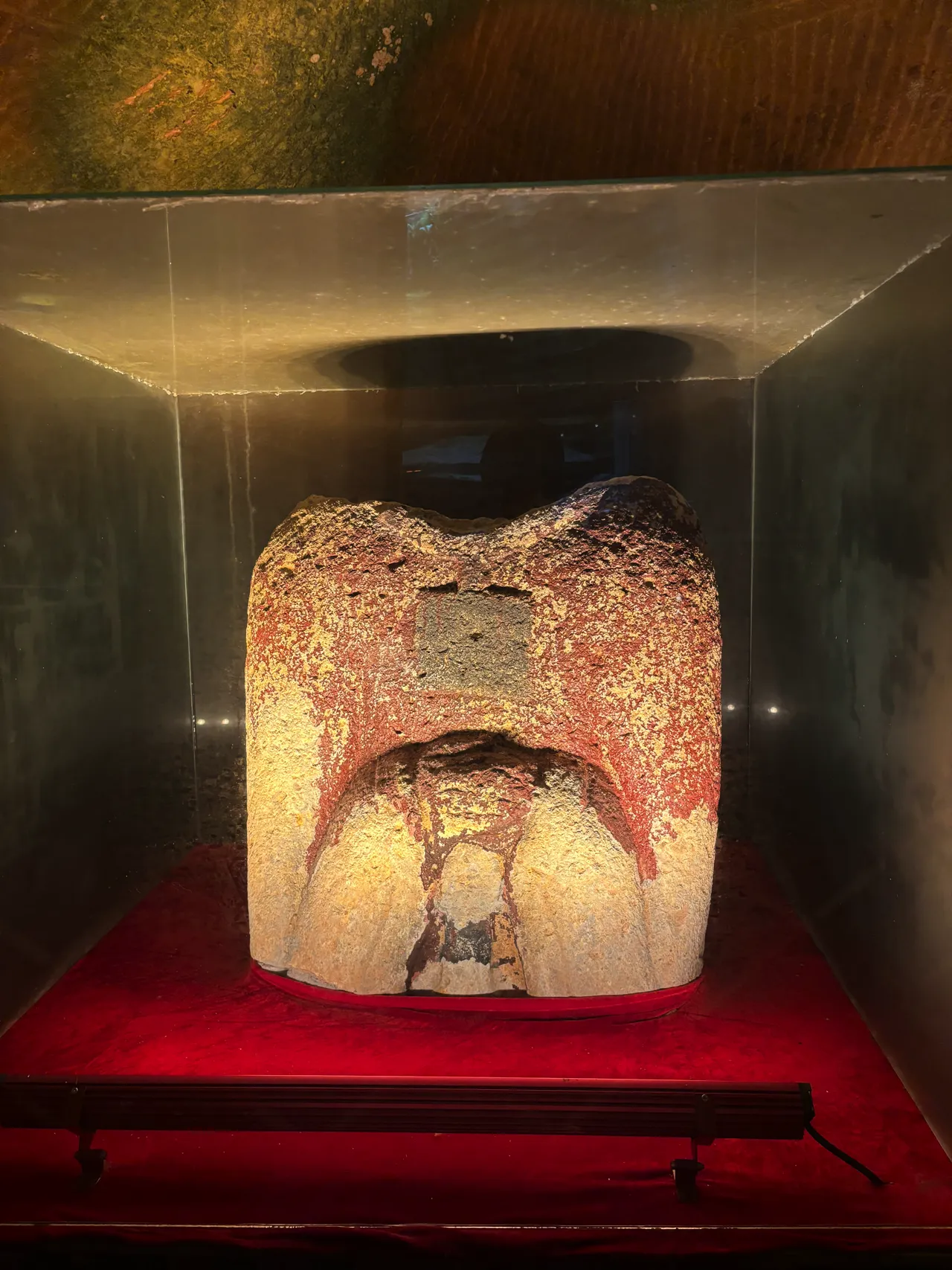
A Testament to Ingenuity
Today, the Longyou Caves stand as a testament to the ingenuity and craftsmanship of a yet unknown ancient civilization. Each cave, with its unique features and unexplained mysteries, invites further questions and the need for further study.
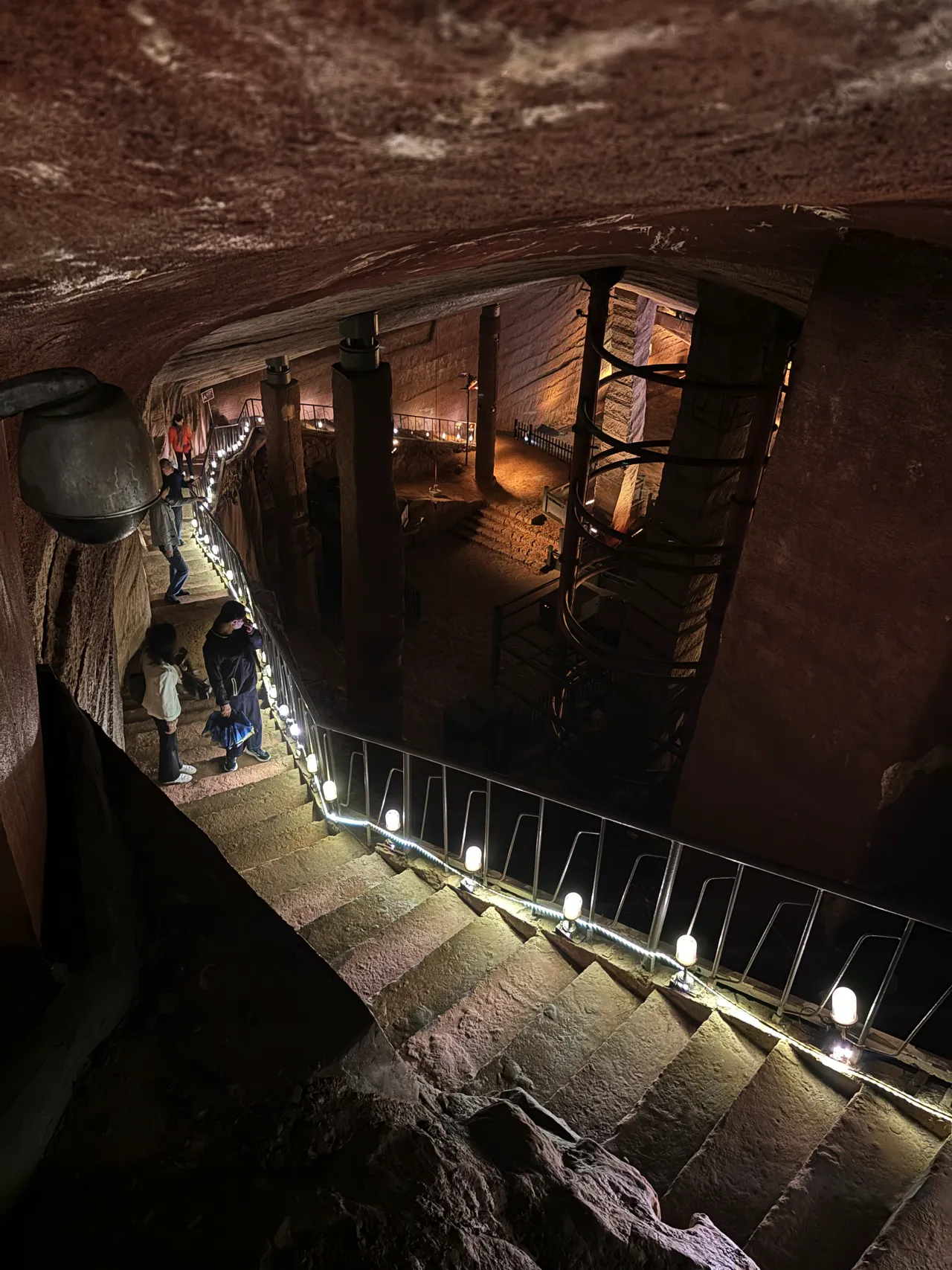
Continued Fascination
Archaeologists, historians, and engineers continue to be drawn to the site, hoping to unlock the secrets of these magnificent ancient caves. The intricate carvings, advanced engineering, and mysterious artifacts found within the caves offer a glimpse into a sophisticated ancient culture that we know nothing about.
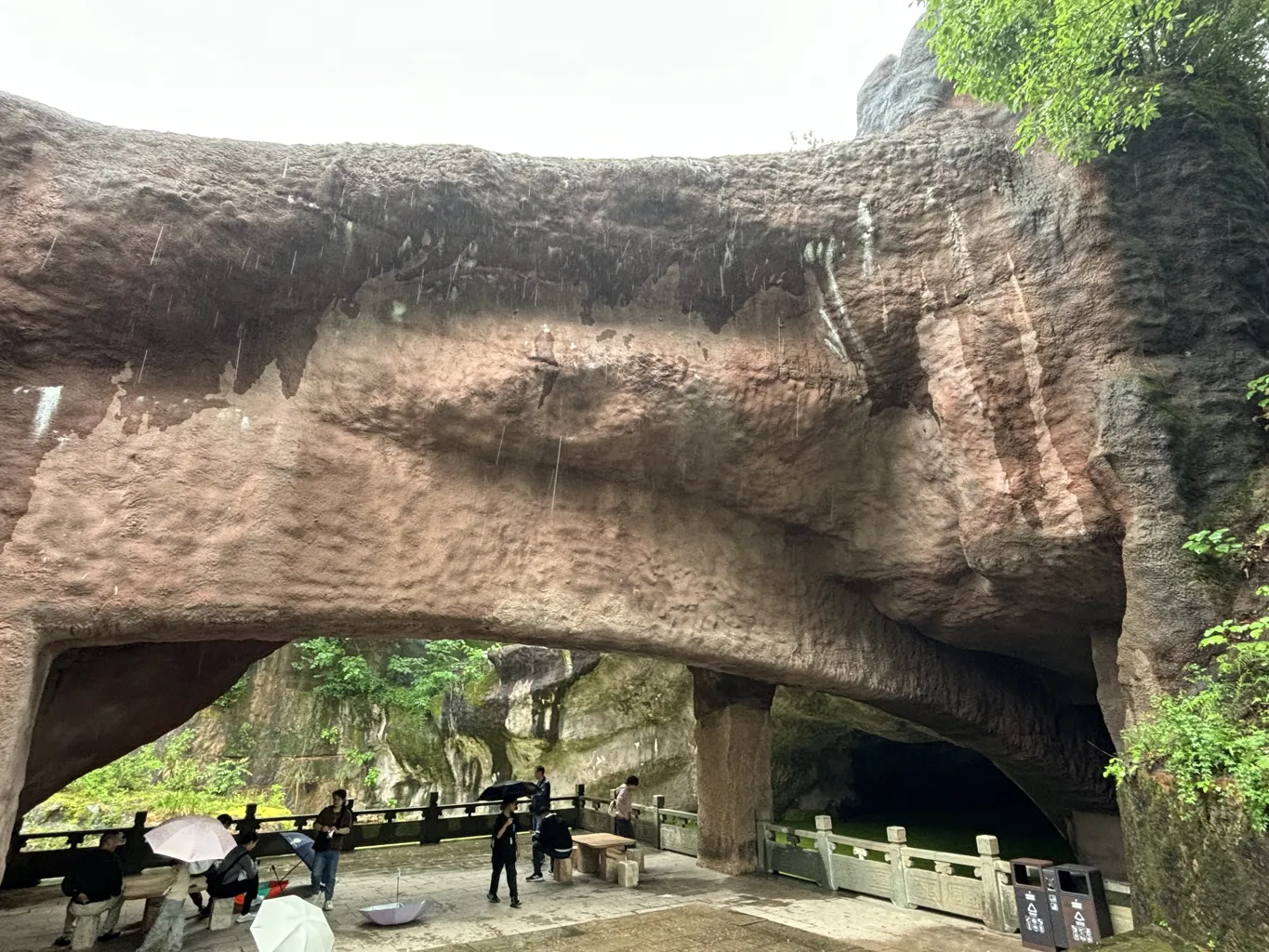
Unanswered Questions
Despite significant advancements in technology and understanding, many questions about the Longyou Caves in China remain unanswered. The exact methods used to carve the caves, the purpose of the intricate decorations, and the techniques employed to ensure stability all continue to baffle experts to this day.
At a glance
- Country: China
- Civilization: Unknown
- Age: Approximately 2,000 years
Sources
- Wikipedia: https://en.wikipedia.org/wiki/Longyou_Caves
- The site itself
Longyou Caves FAQ
Who built the Longyou Caves?
The Longyou Caves, an extensive underground complex in Zhejiang Province, China, are believed to have been constructed during the late Qin Dynasty or early Han Dynasty, approximately 2,000 years ago. Despite various theories, the exact builders remain unidentified, and their construction methods and purpose are still subjects of mystery and debate among historians and archaeologists.
How were Longyou Caves discovered?
The Longyou Caves were discovered in 1992 by a local farmer in Zhejiang Province, China. The discovery occurred when the farmer, curious about the lack of water in a seemingly bottomless pond, organized a group of villagers to pump out the water. After 17 days of continuous pumping, the water level dropped, revealing the entrance to a massive man-made cavern. Subsequent investigations uncovered a total of 24 interconnected caves, all meticulously carved from sandstone.

The Longyou Caves Photos
All the photos below are creative commons. Simply credit https://thebrainchamber.com with a clickable link. The format for the photos are webp for lighter page loading. If you require jpg, please contact me.
